Jaguar entered a new era in 2013 when it launched the F-Type and regained the sporty and innovative spirit it had lost in recent decades. The British company made another big step into the future in 2015, when the F-Pace became the first SUV to wear the "Cat" logo. In 2016, Jaguar unveiled yet another crossover, this time around in the shape of an all-electric crossover. Dubbed I-Pace, it previewed the company’s first-ever battery-powered production model. Come 2018, and the I-Pace made its debut as the brand's first production model to work on electricity alone.
Unveiled at the 2016 Los Angeles Auto Show, the I-Pace concept was loosely based on the F-Pace styling-wise but ditched Jaguar’s already familiar four-cylinder, V-6, and V-8 powerplants for a pair of electric motors and a battery pack. Less than 18 months later and the concept morphed (without too many changes) into a production car that will probably tackle the Tesla Model X on the premium market. Designed from the outset as an electric vehicle and described as a smart five-seater that’s "a performance car, a family car, and an SUV all in one," the I-Pace brings to fruition the electrification process that the company began back in 2010 with the C-X75 concept. What’s it all about? Let’s find out in the review below.
Continue reading to learn more about the Jaguar I-Pace.
2019 Jaguar I-Pace
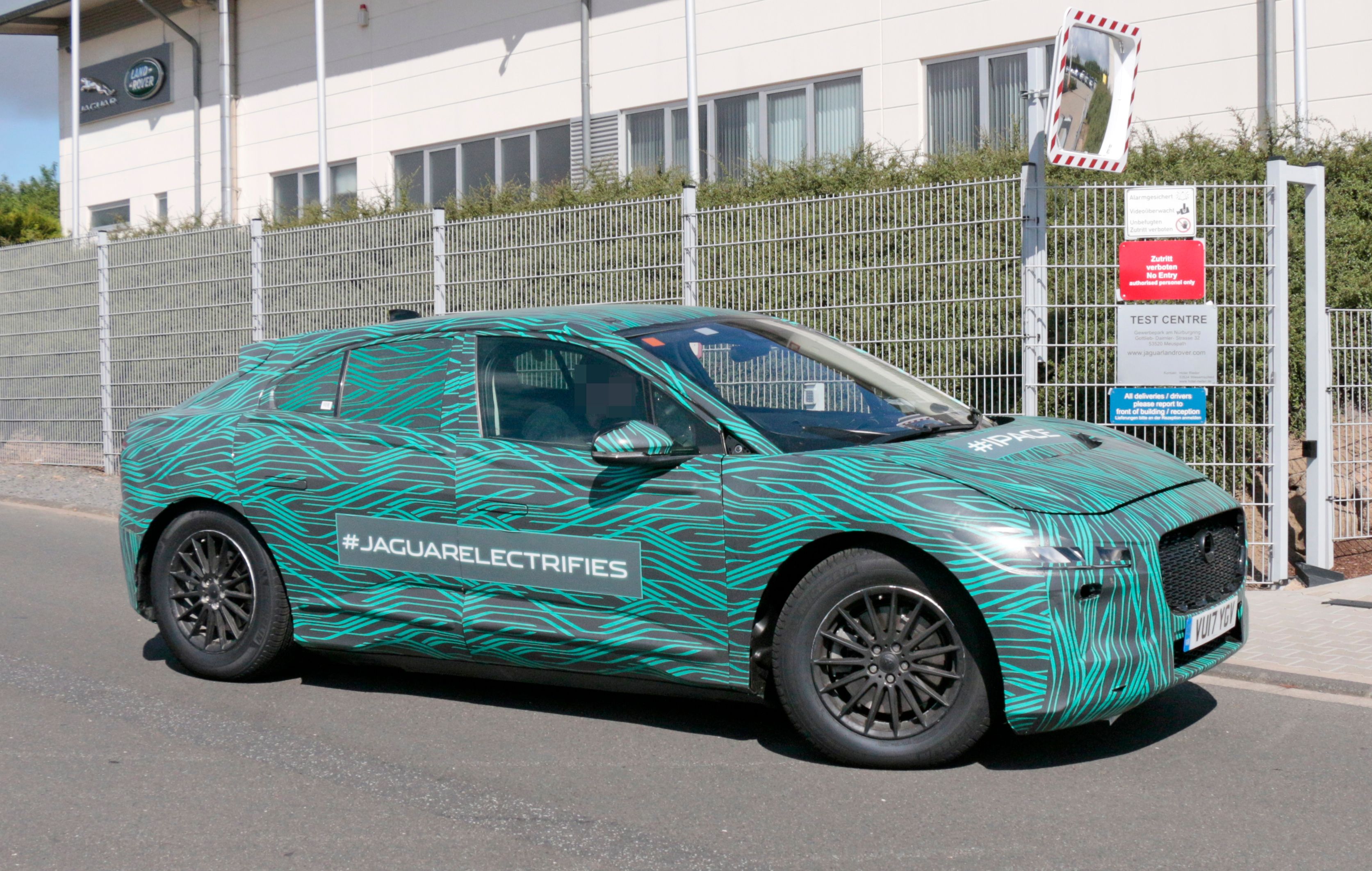

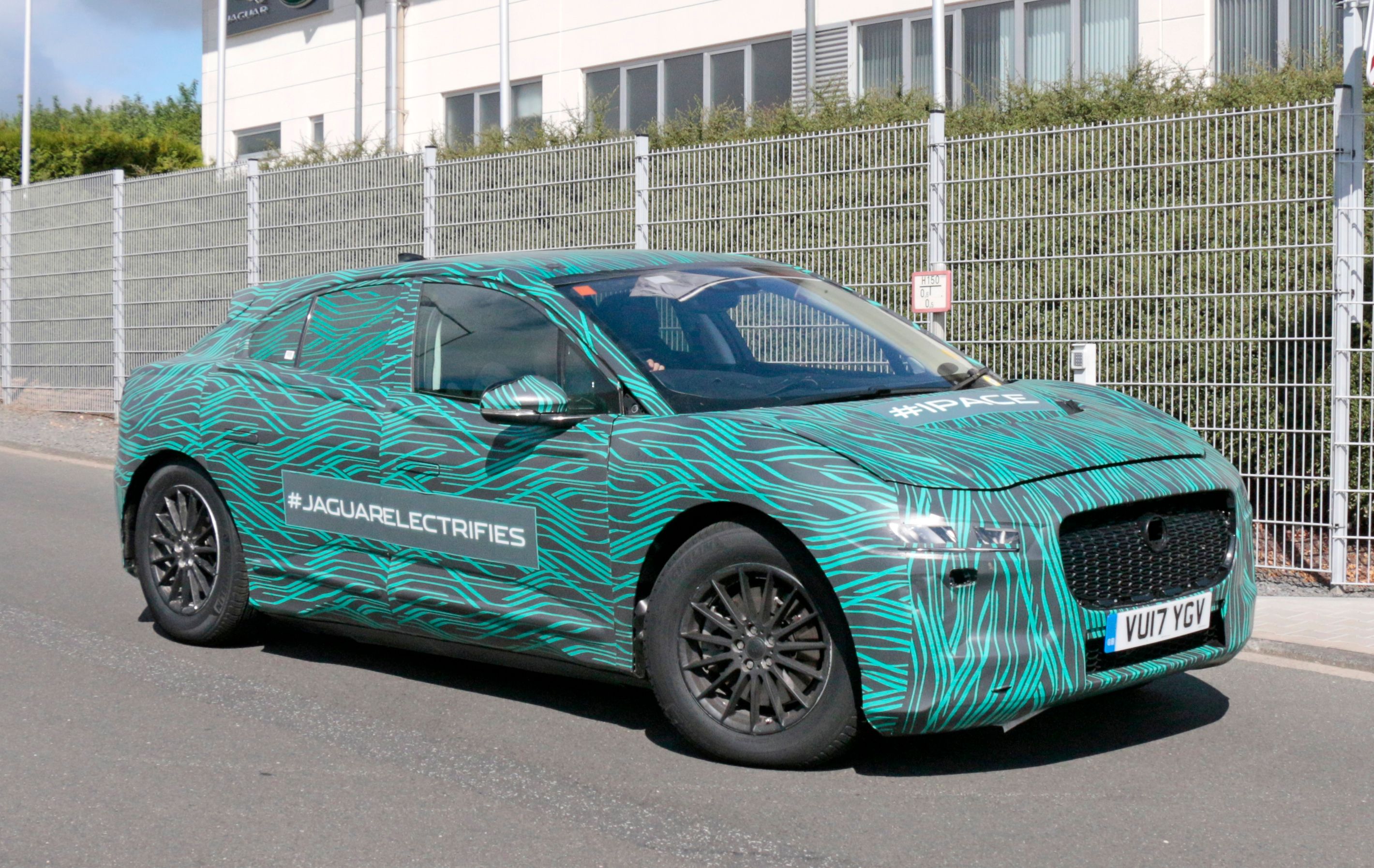
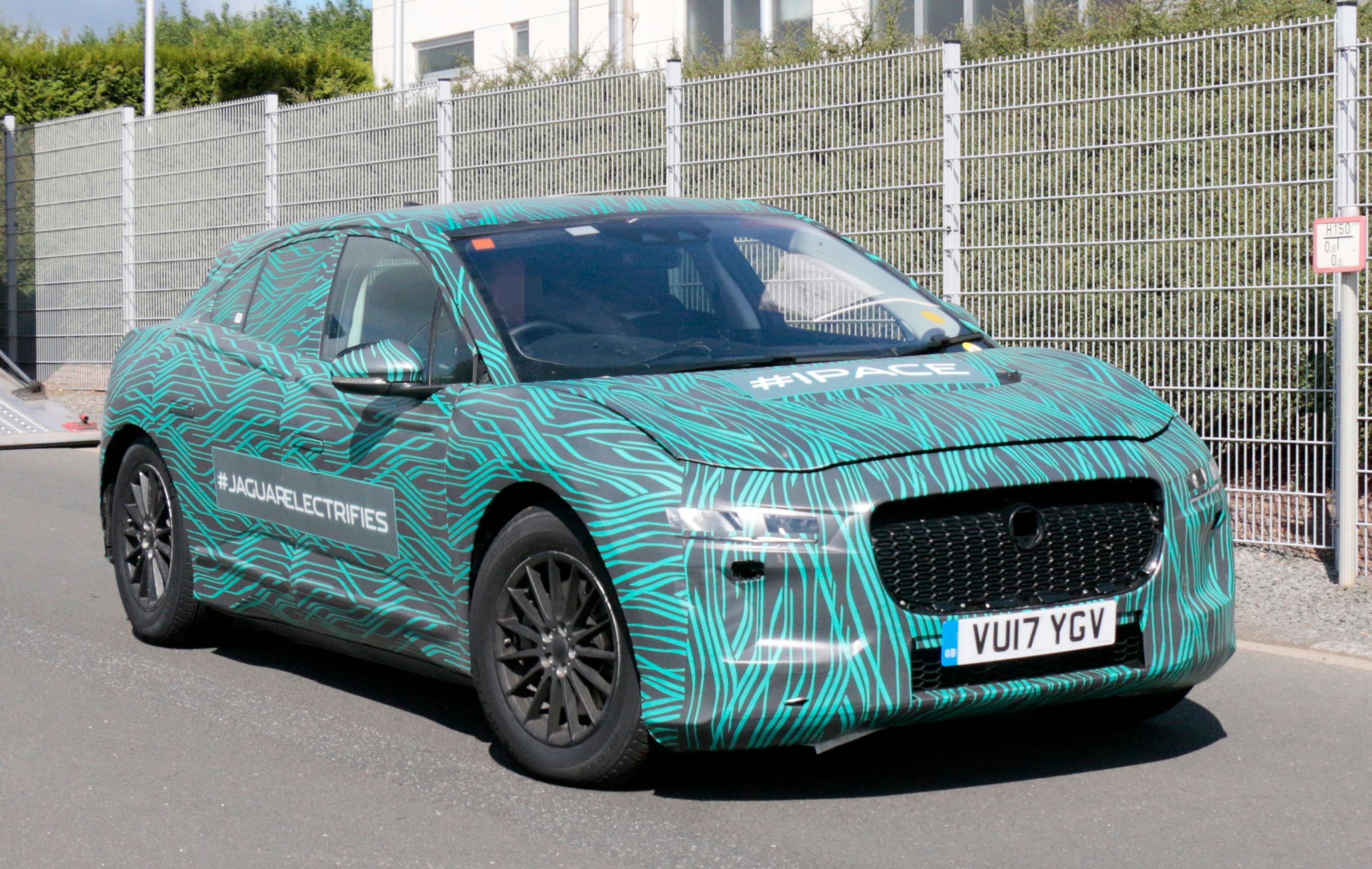
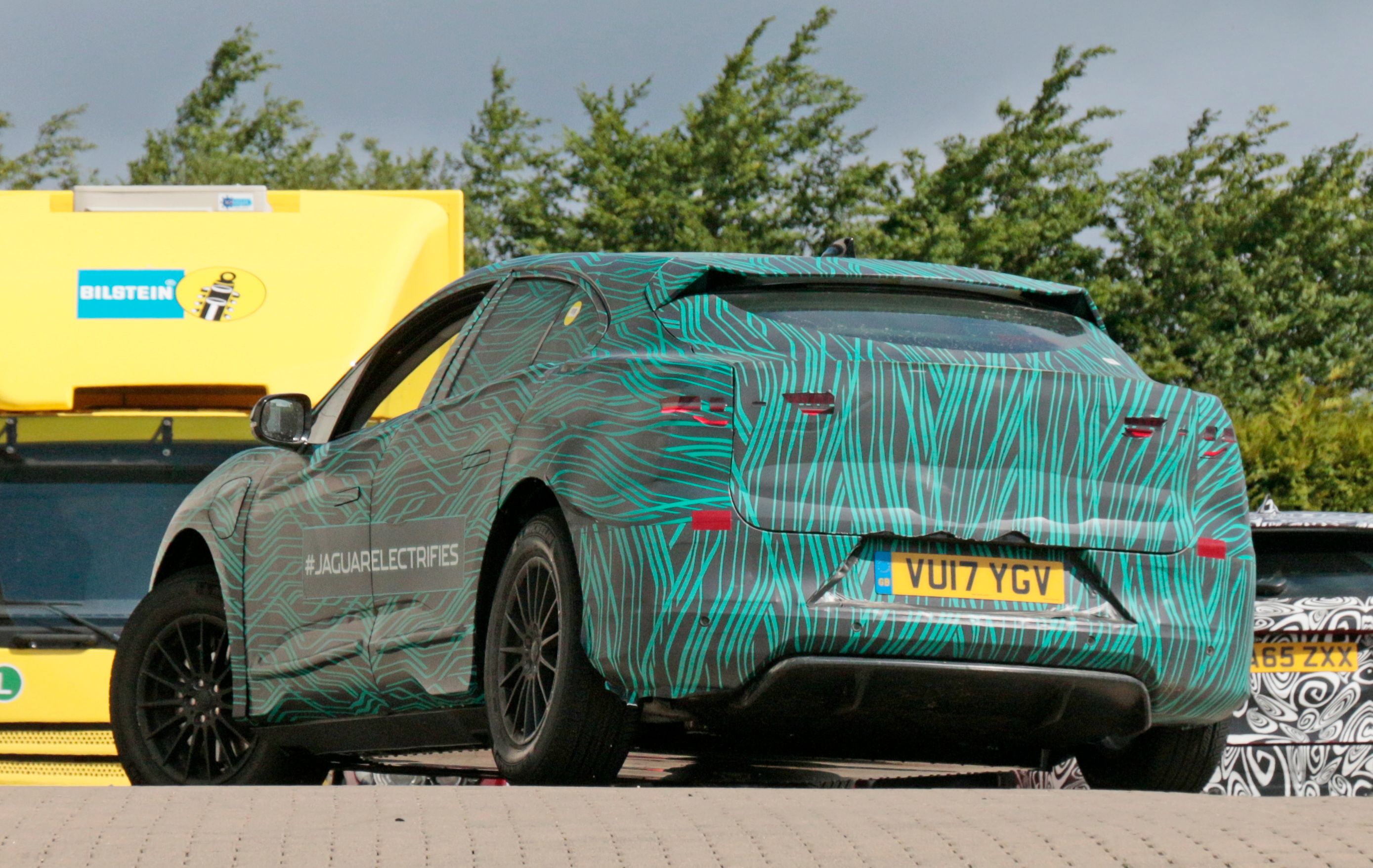
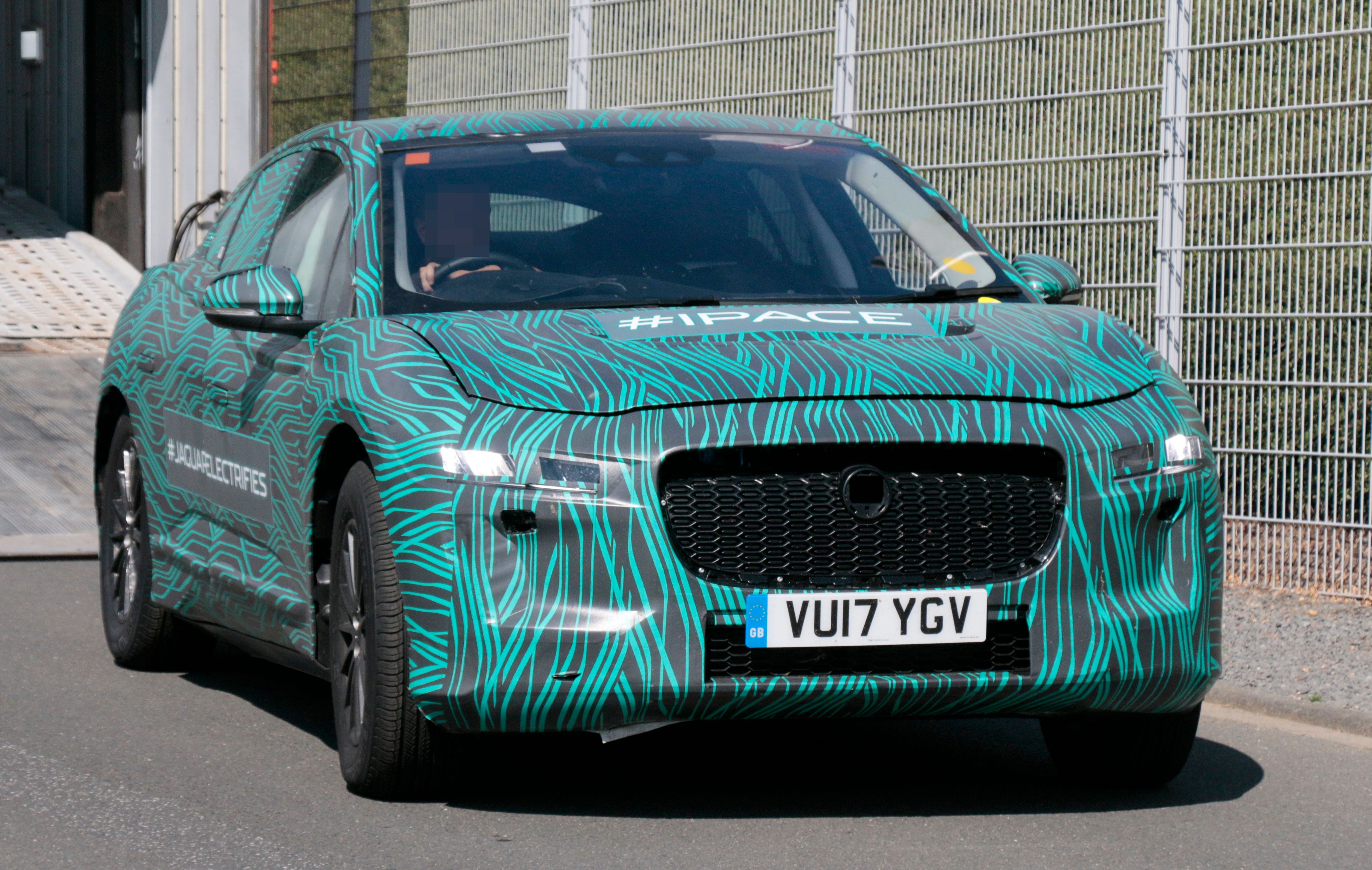
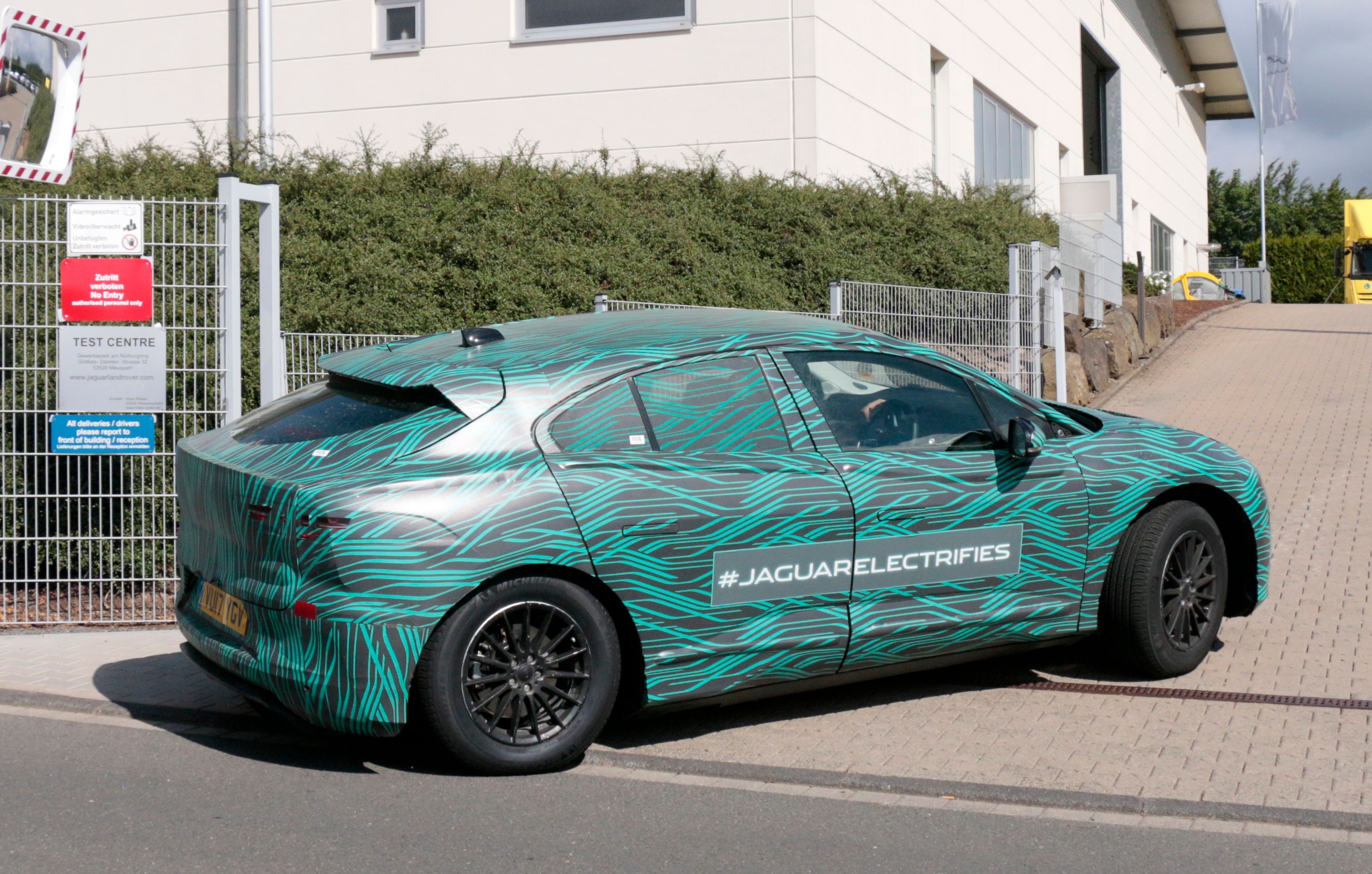
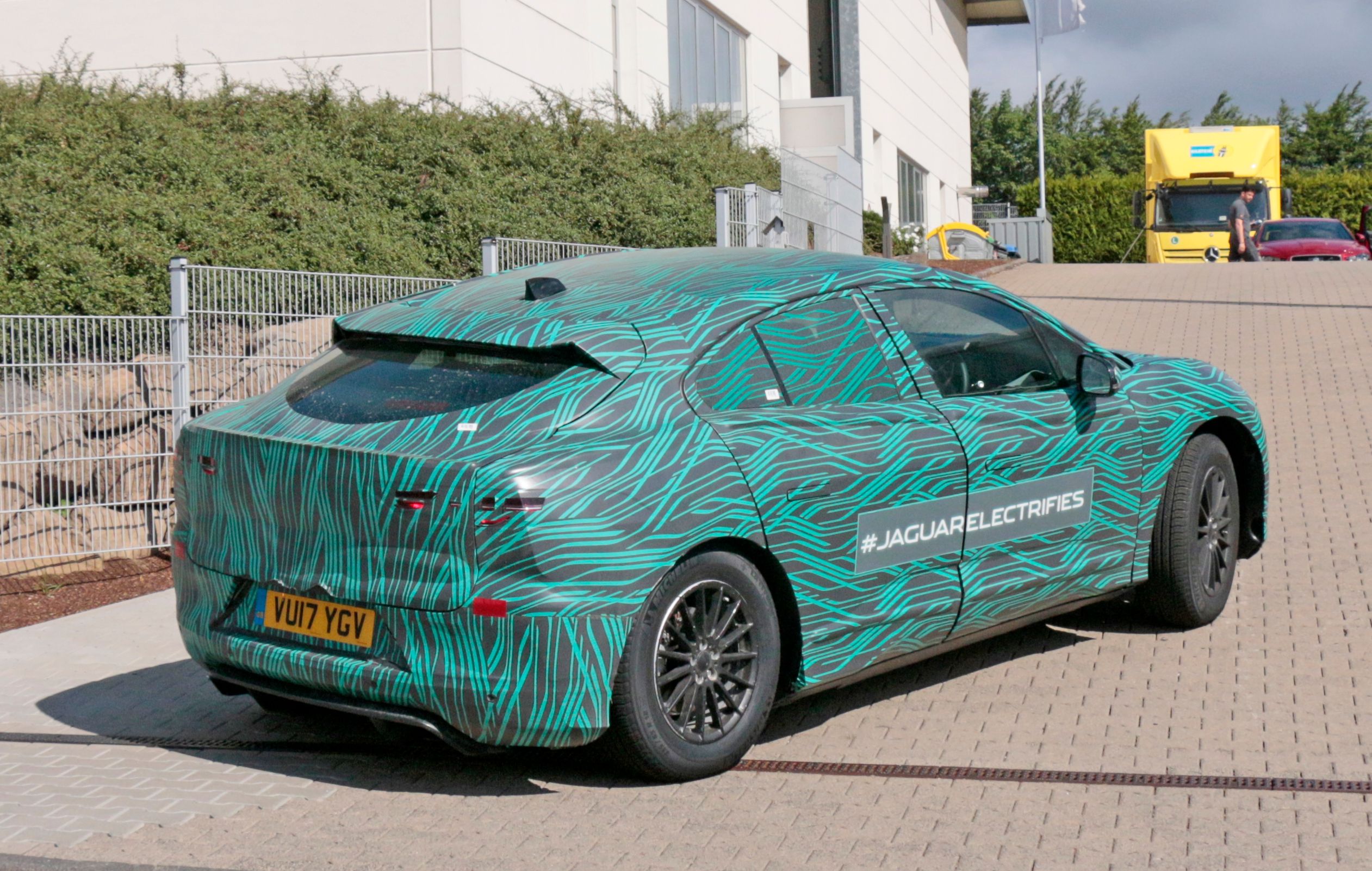
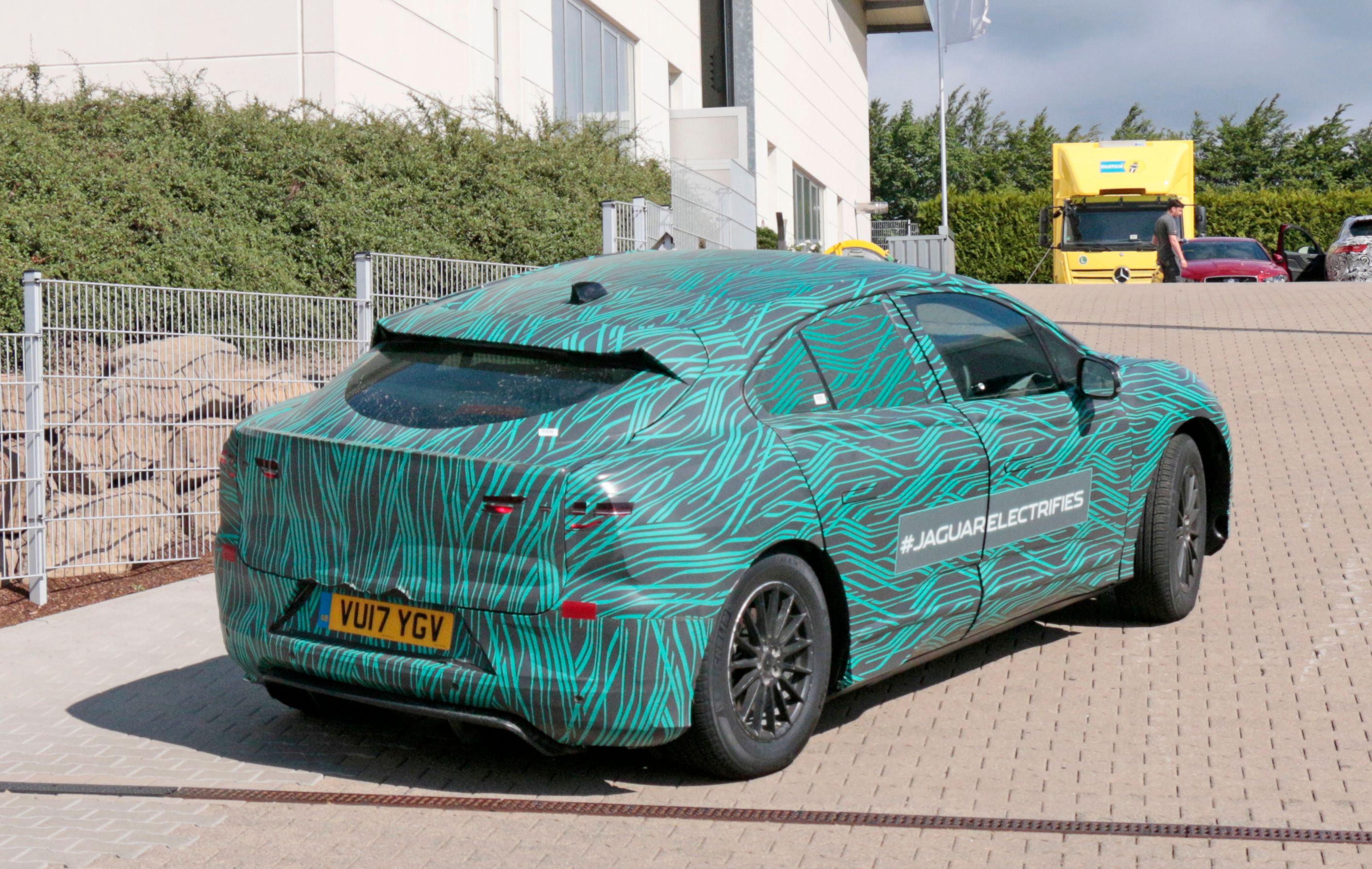
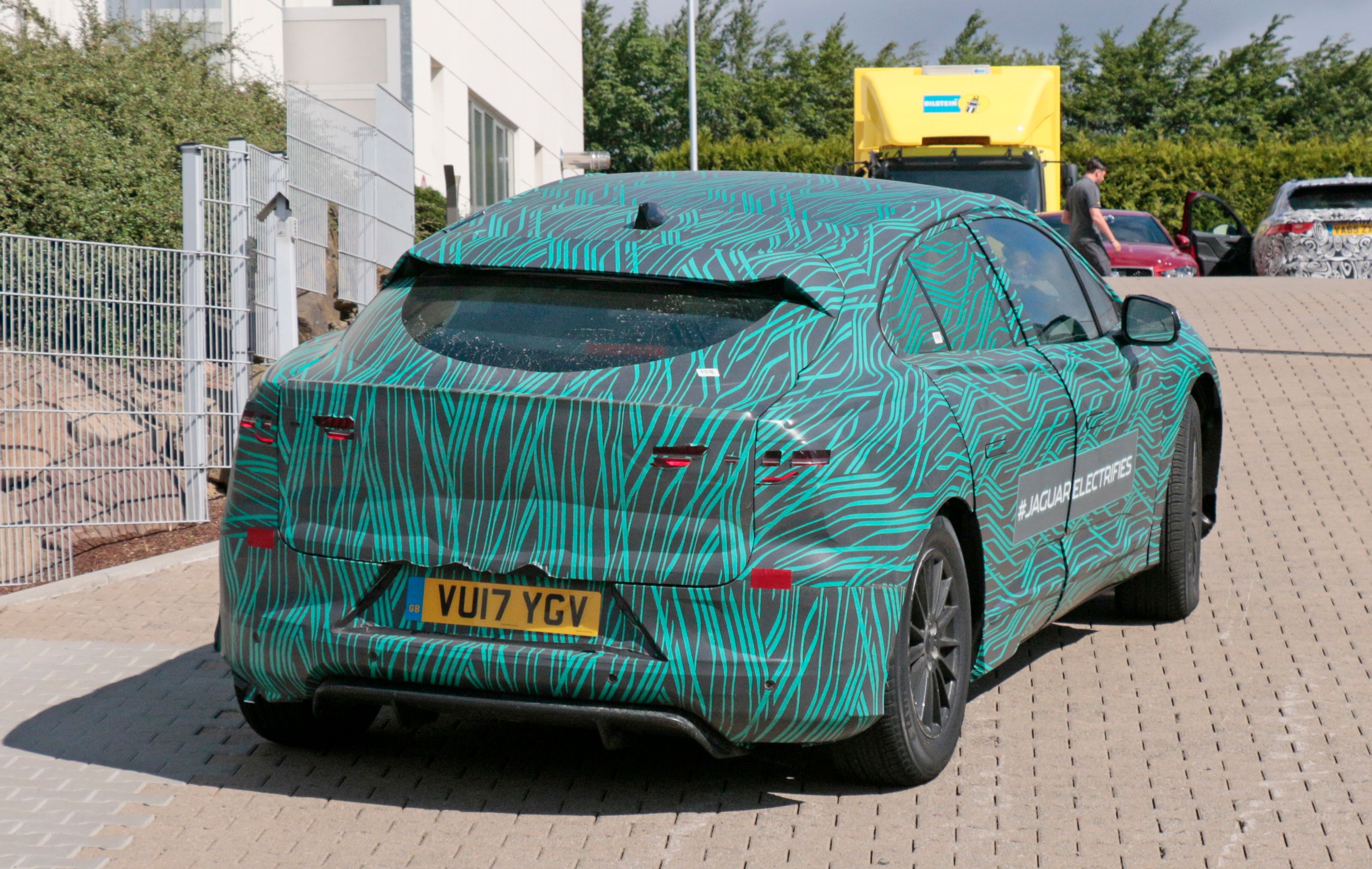
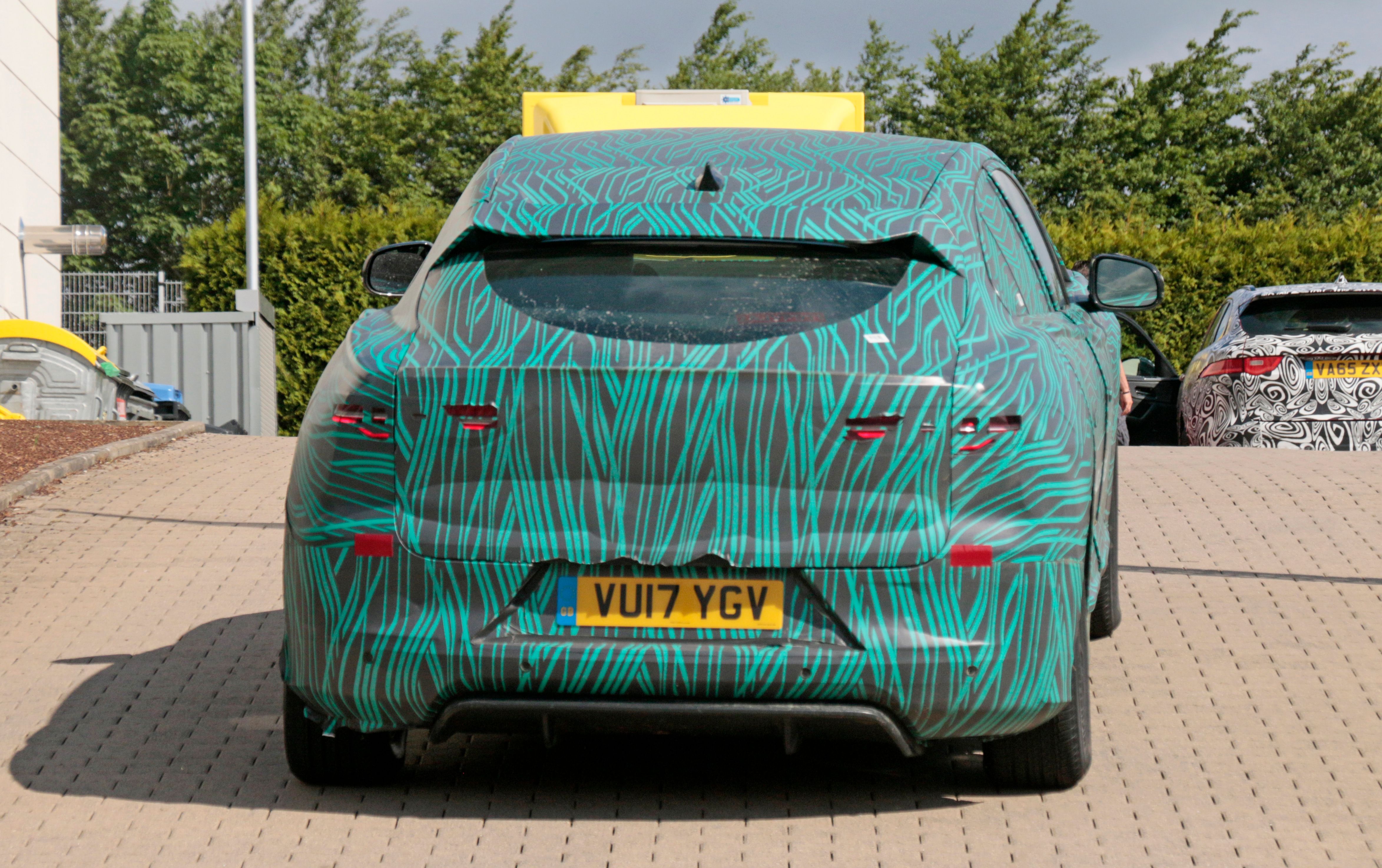




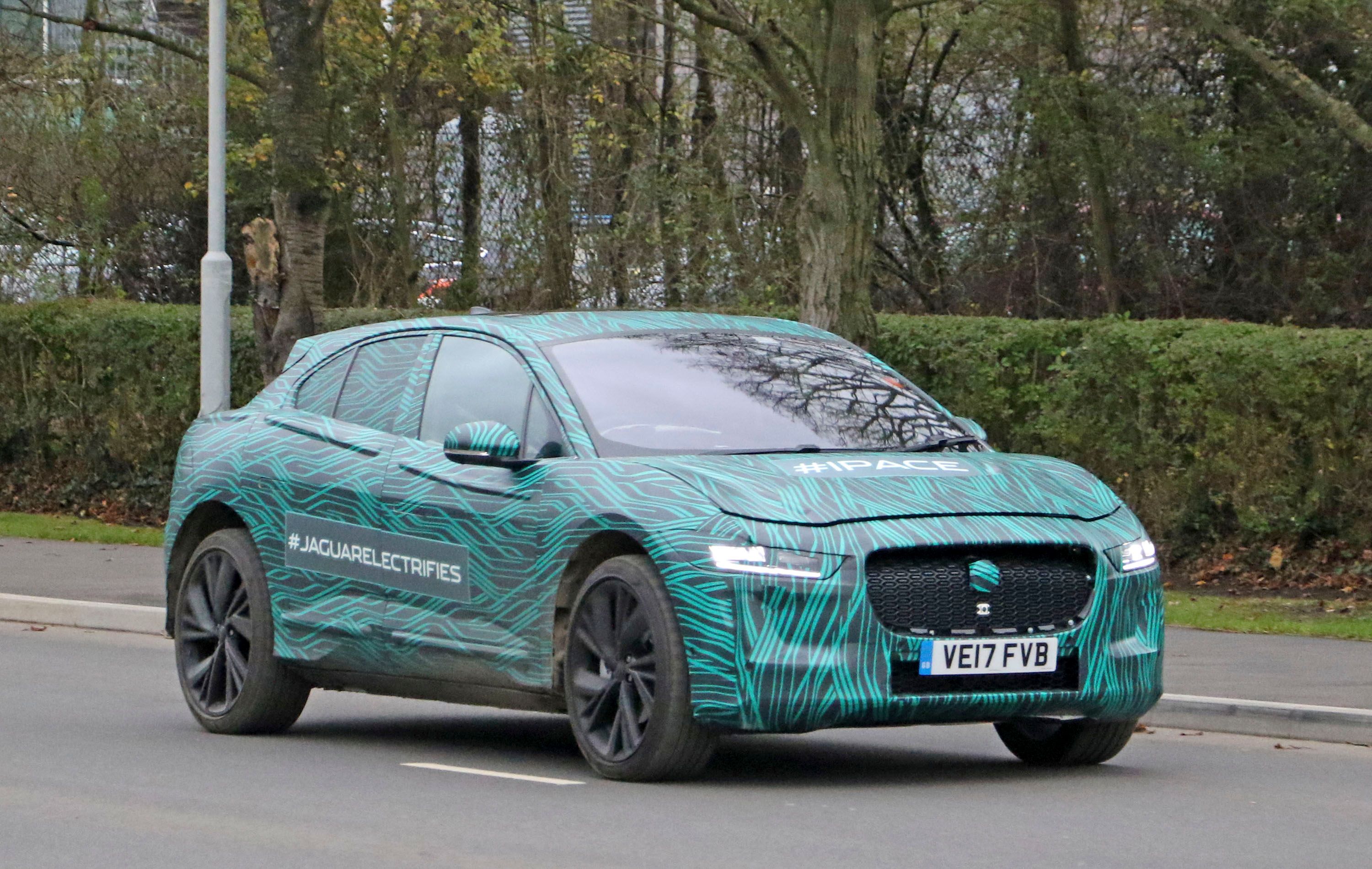
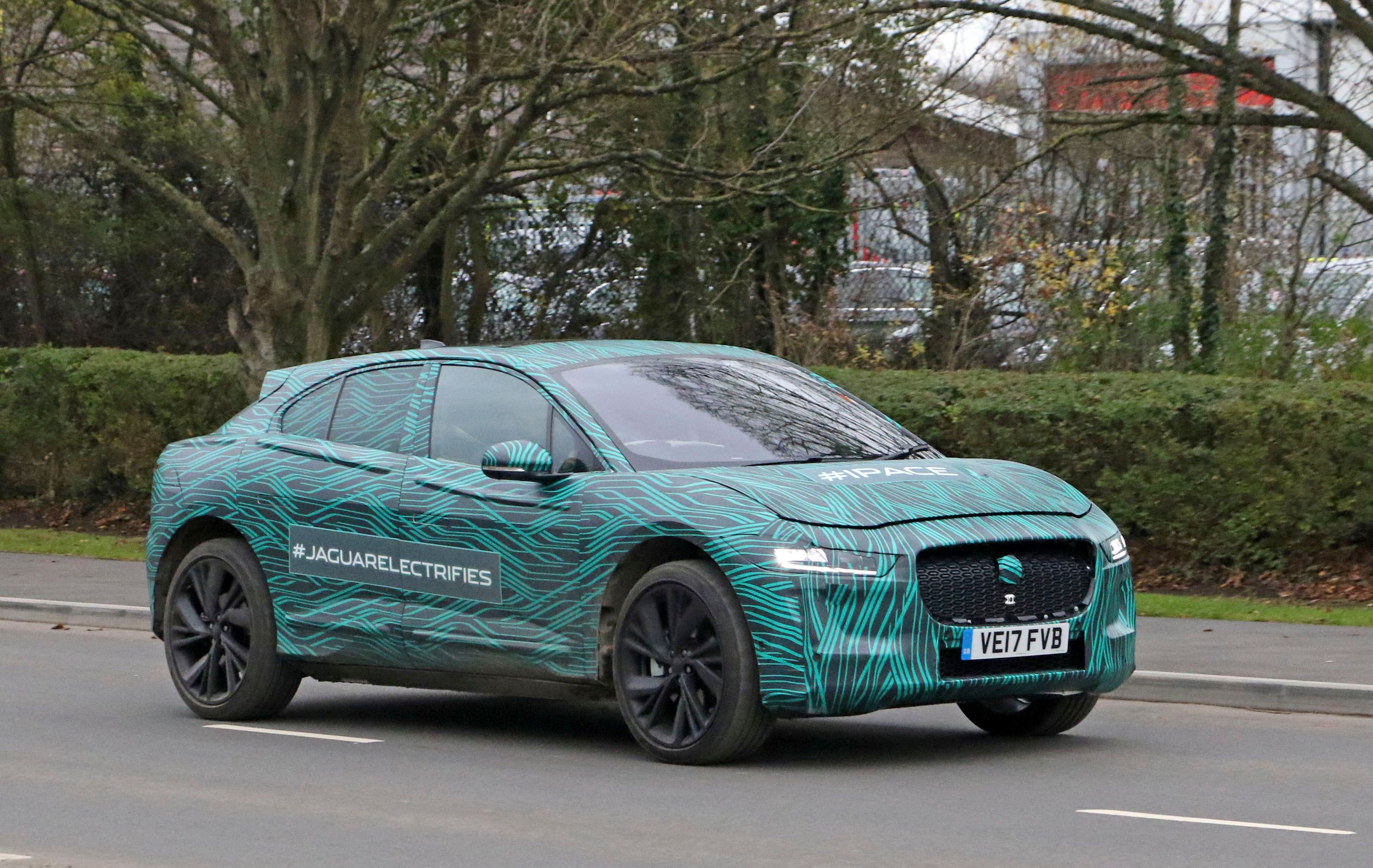
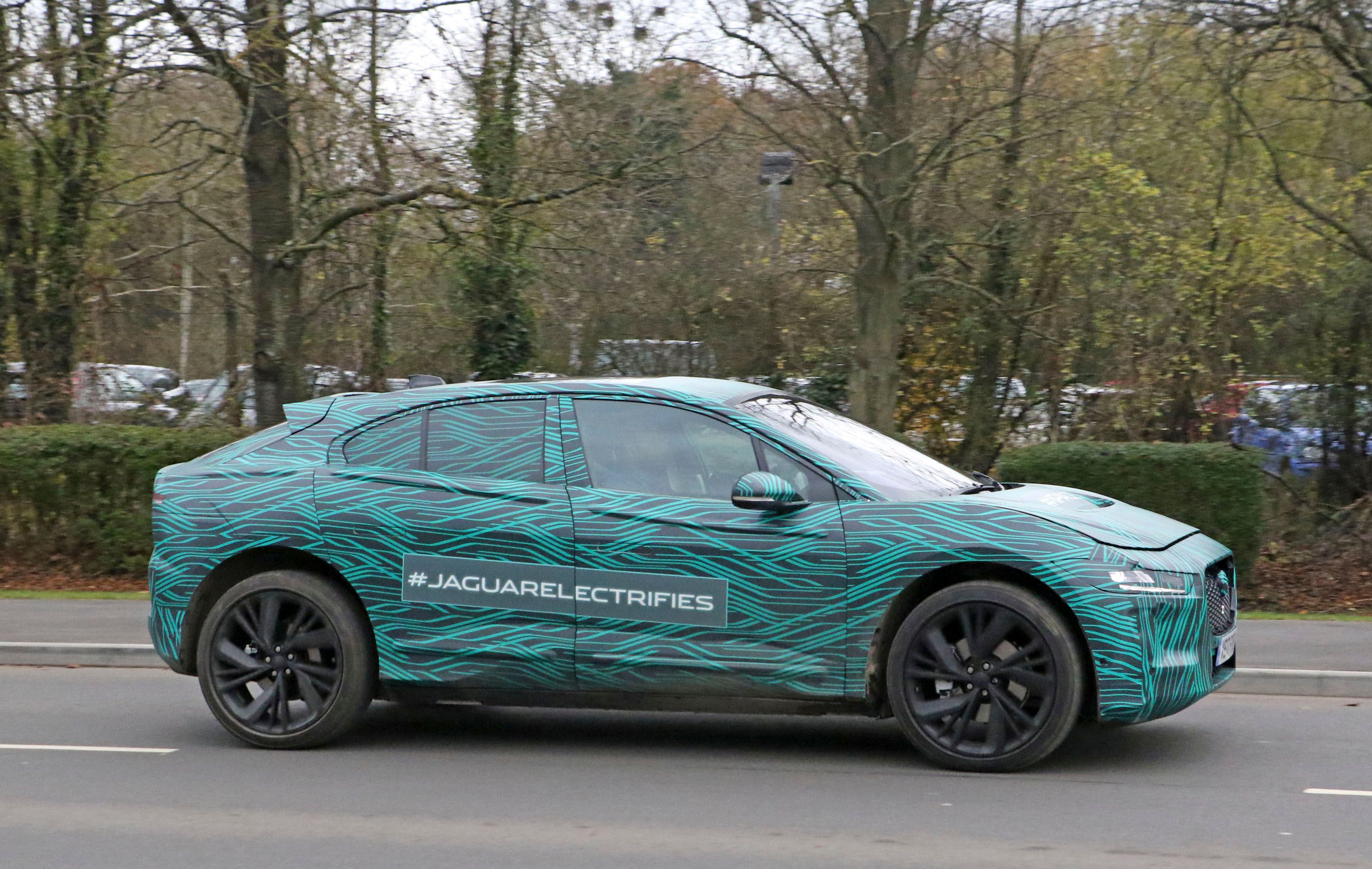
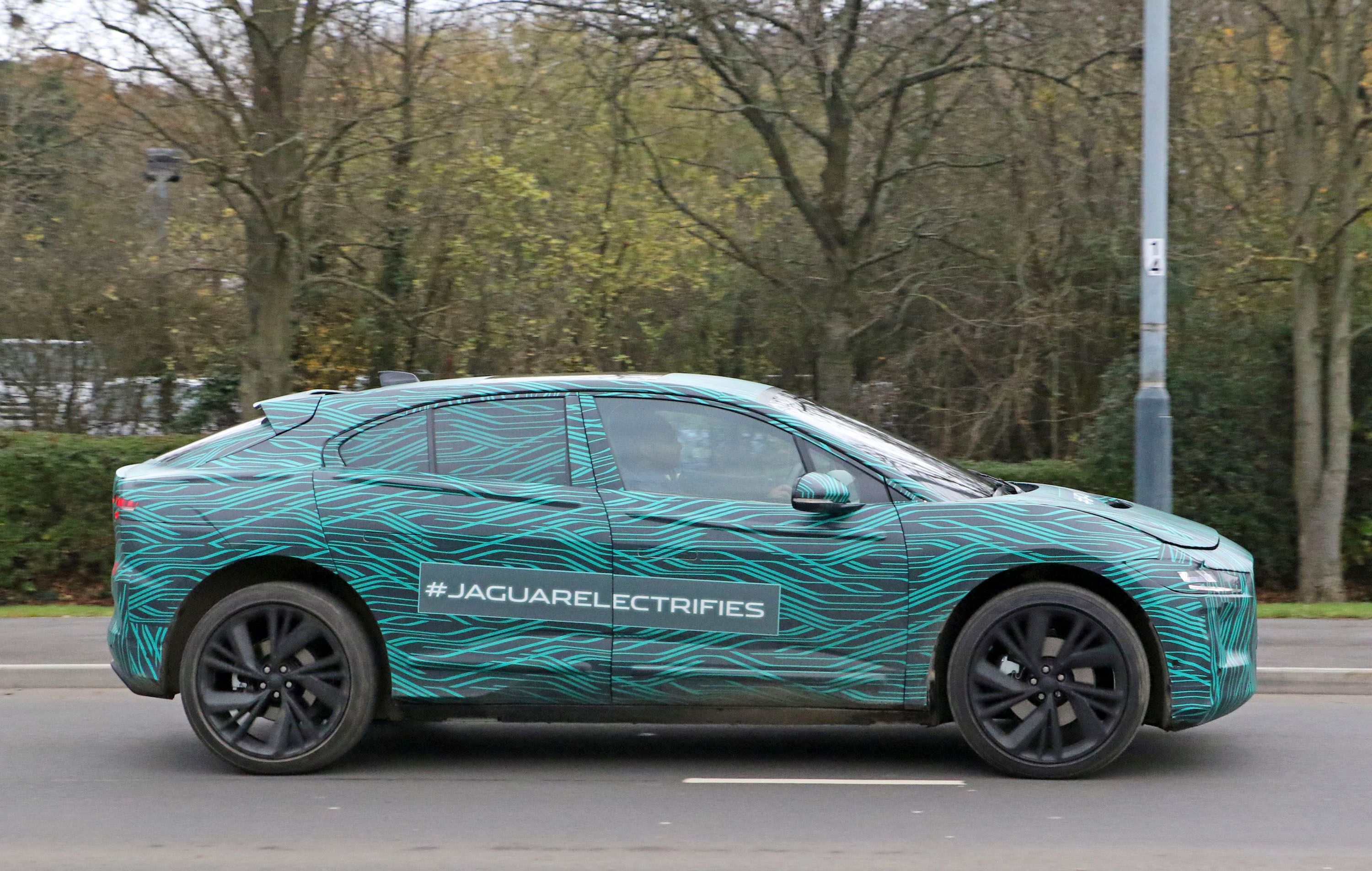
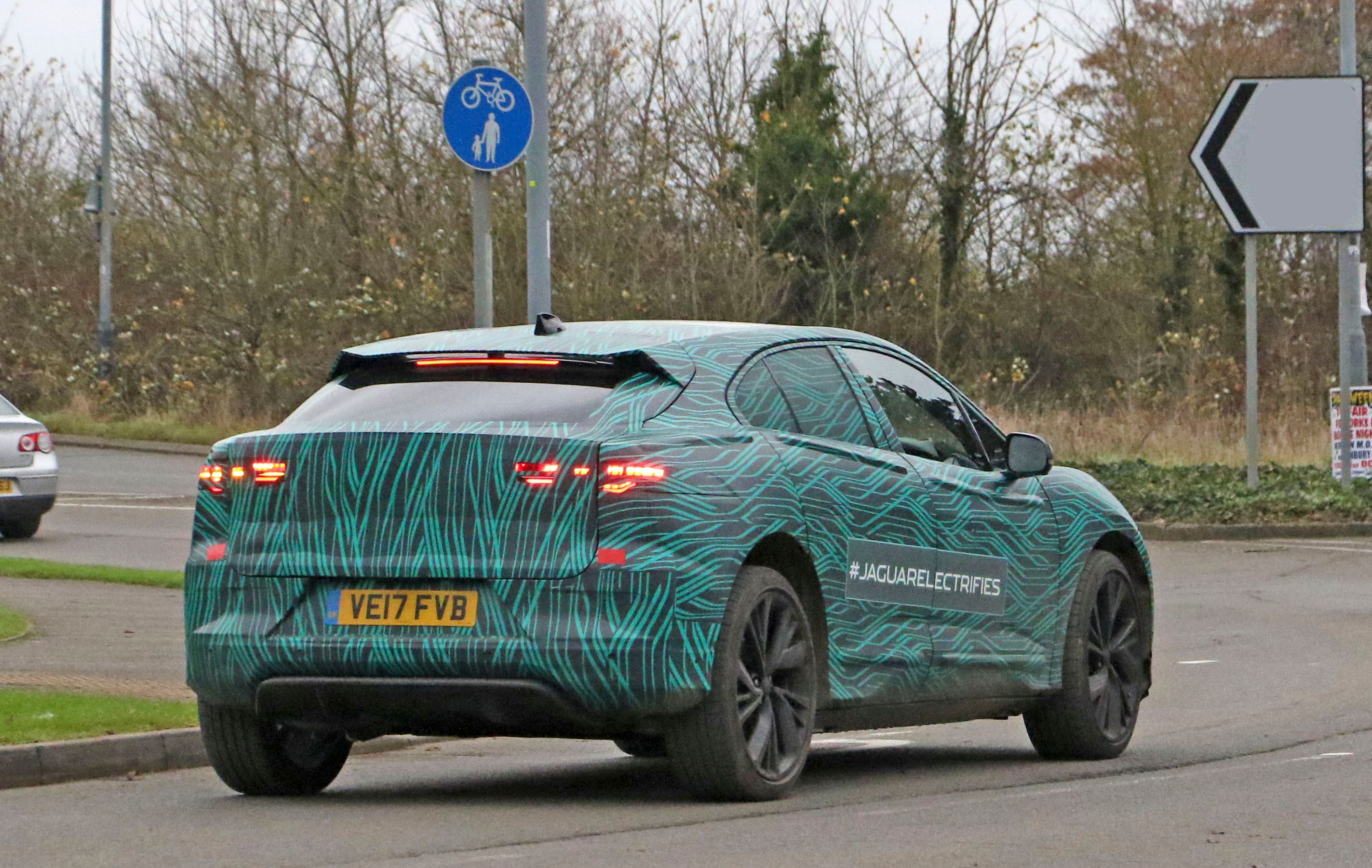
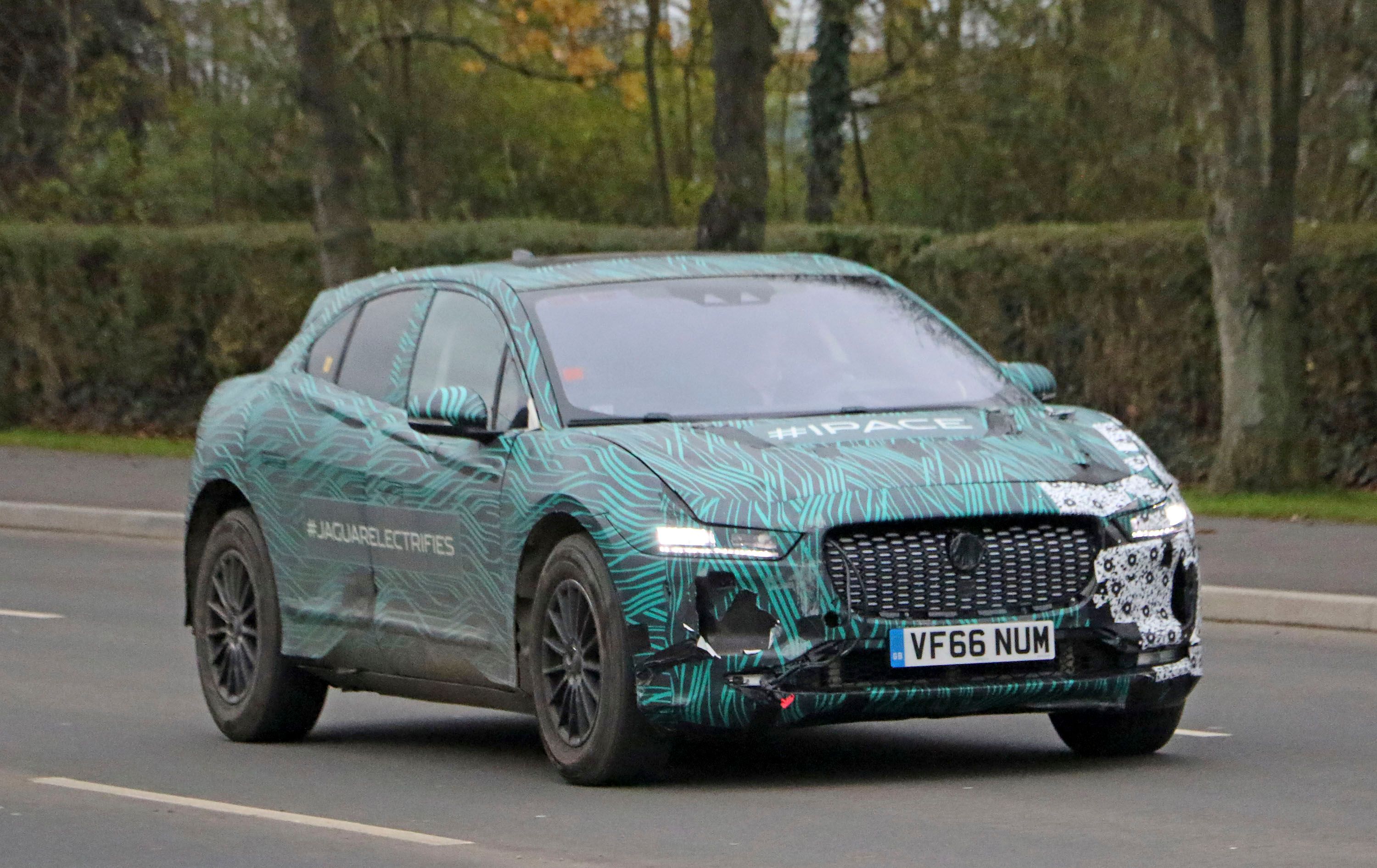
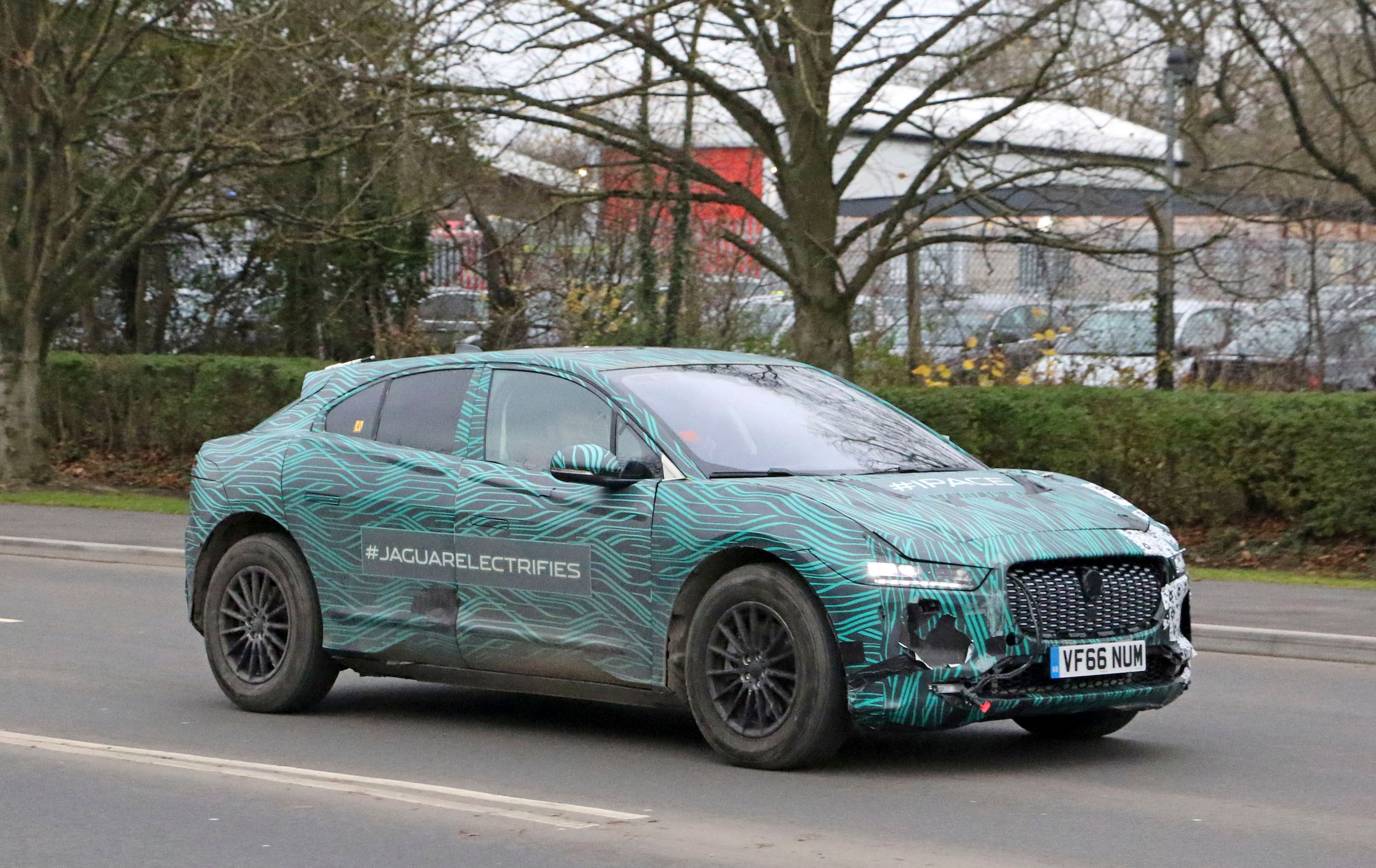
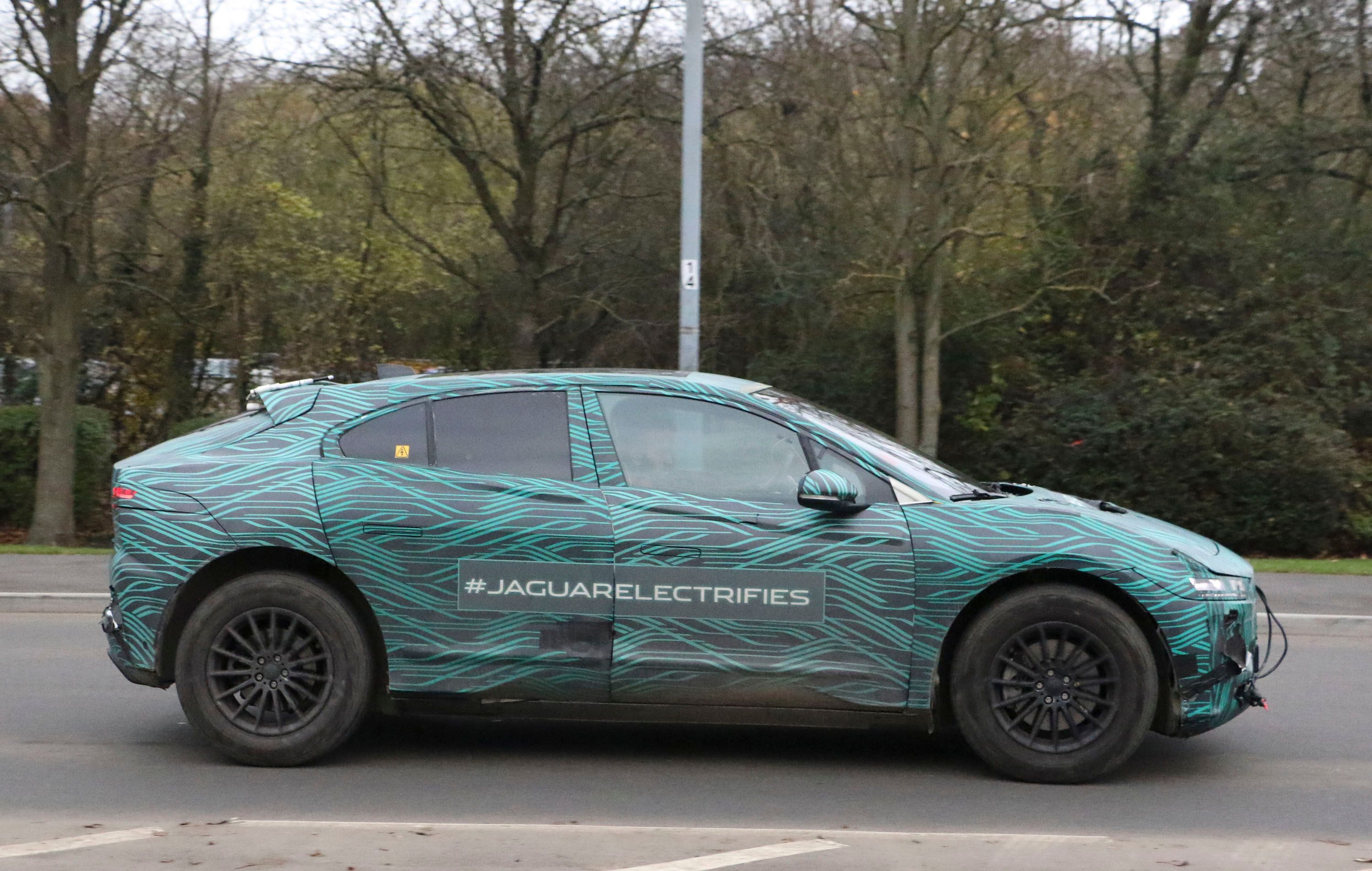
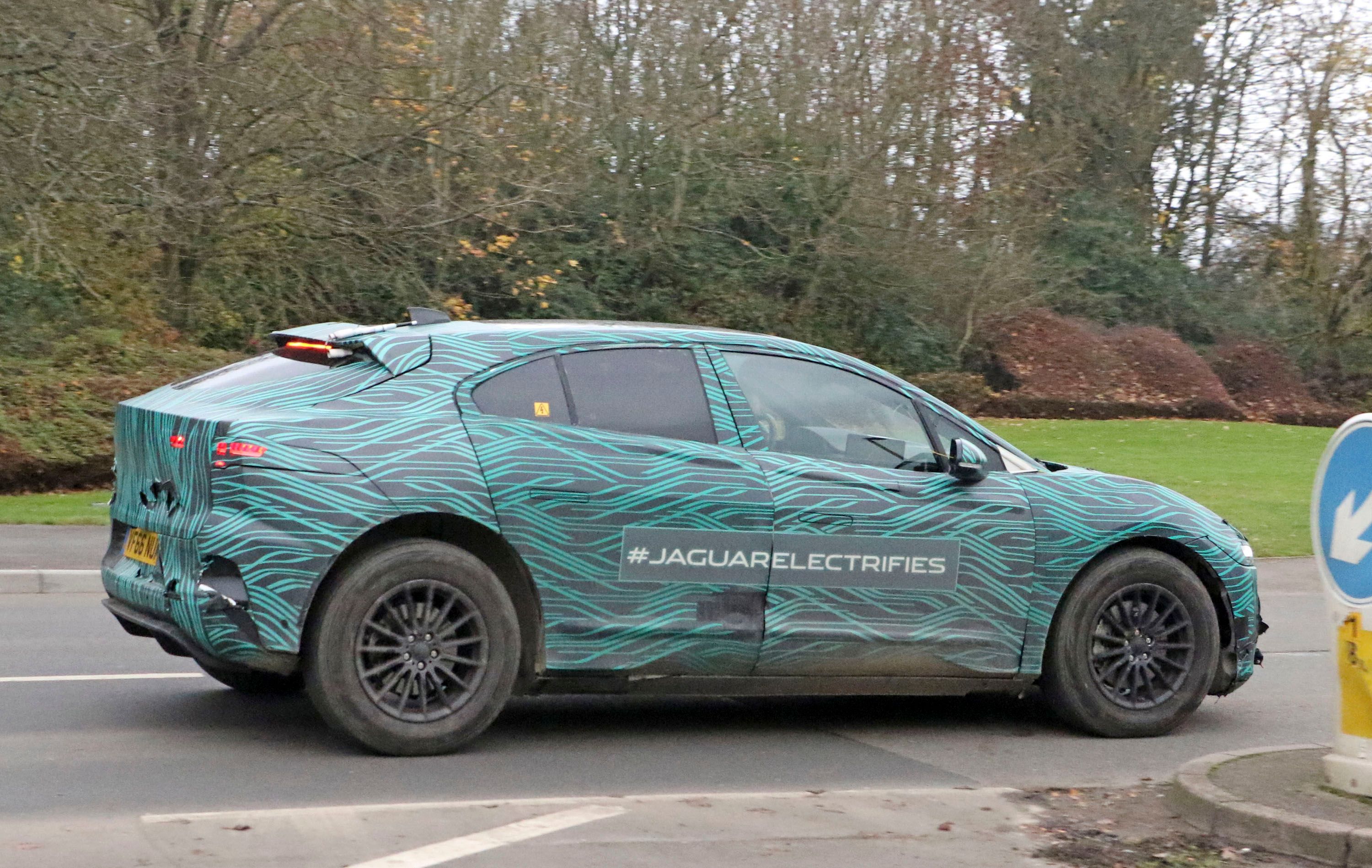
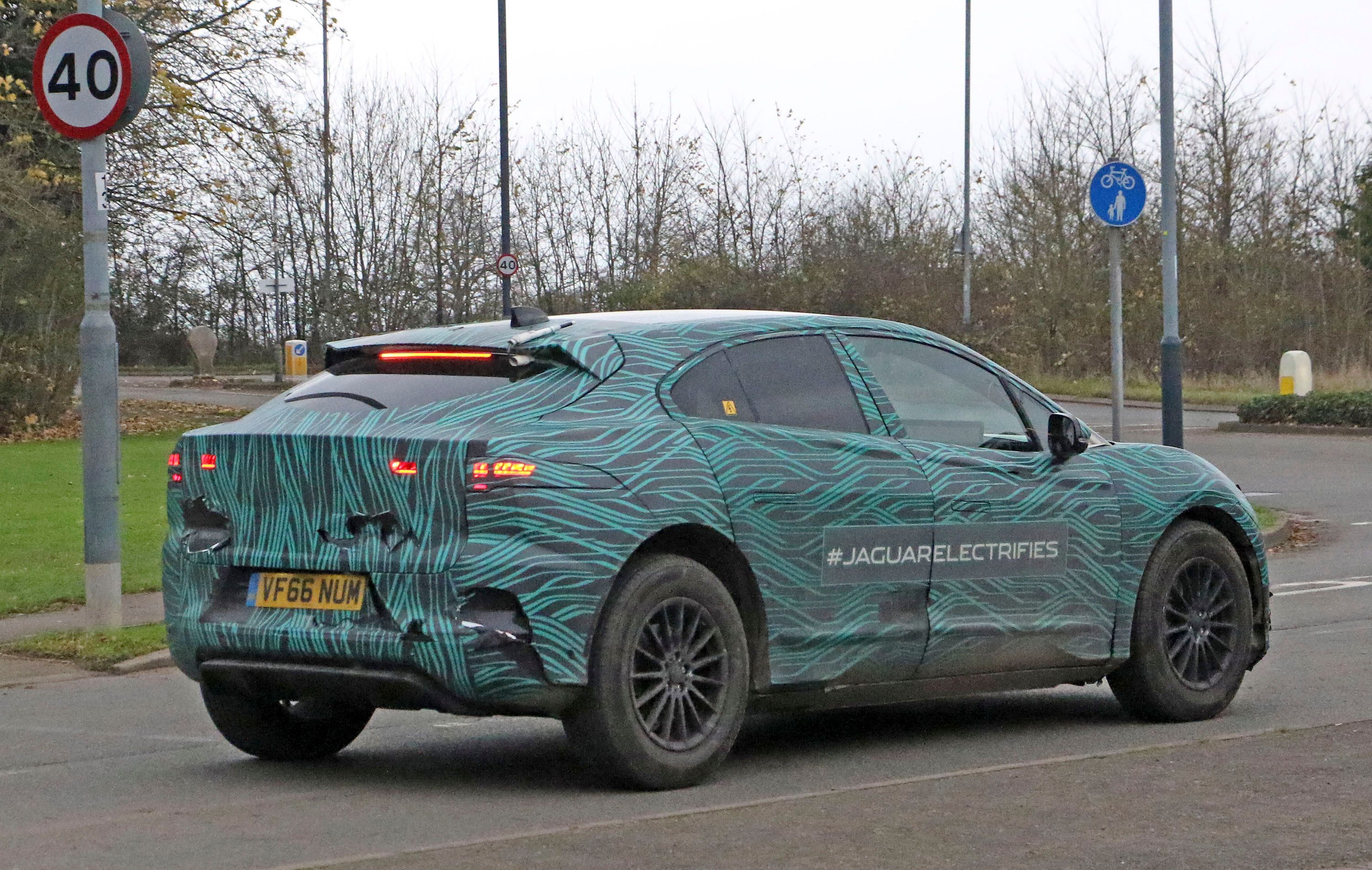
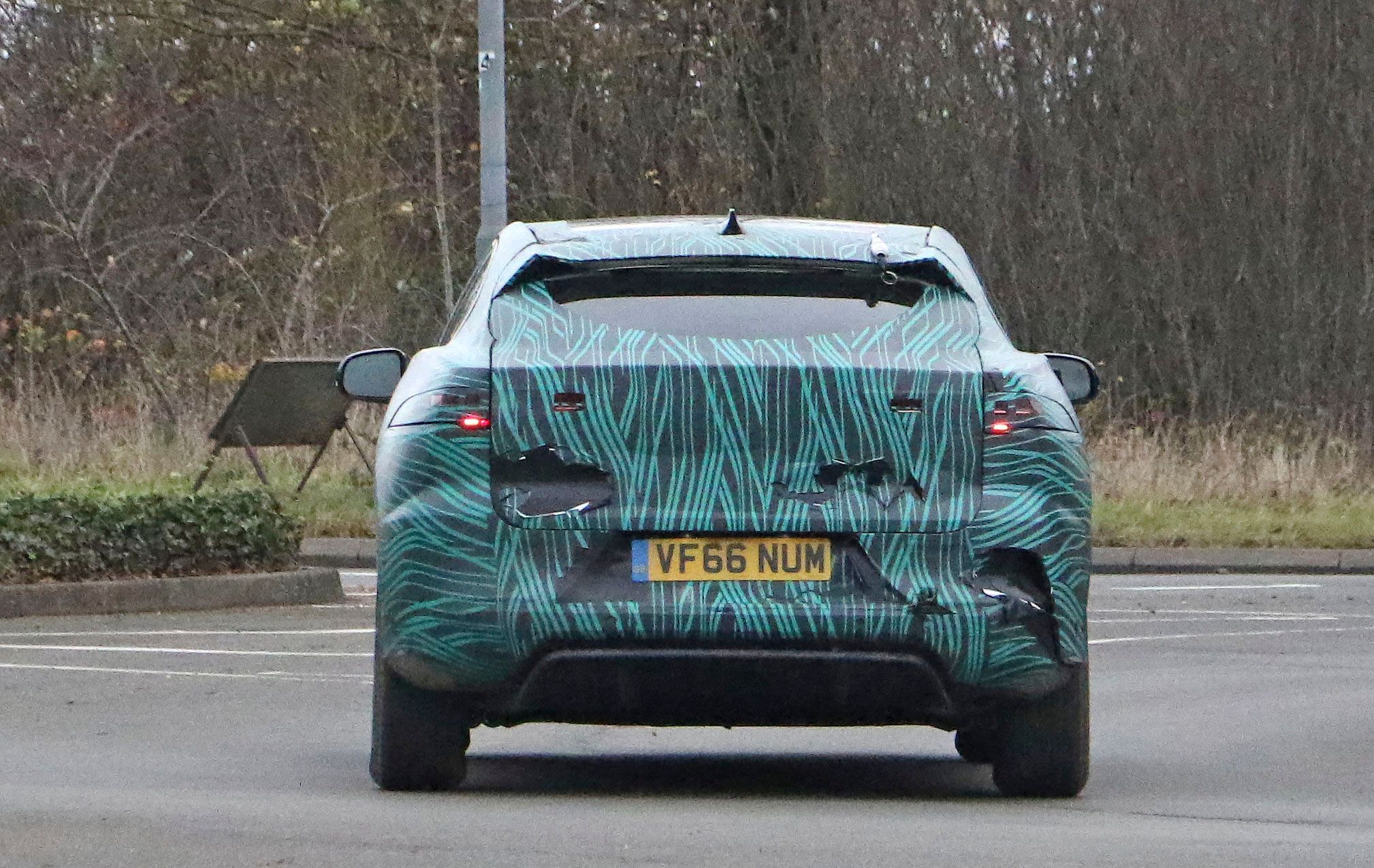
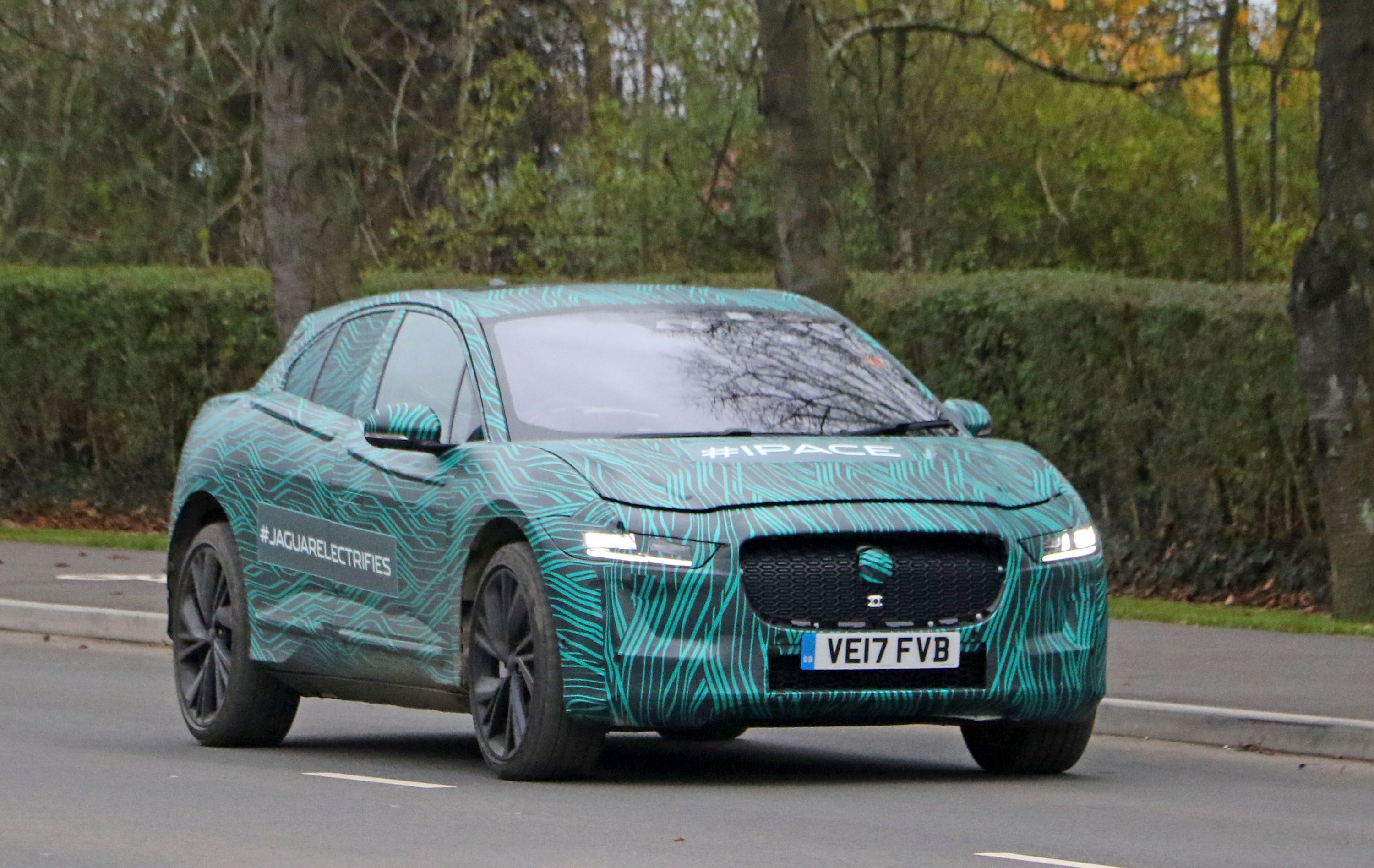
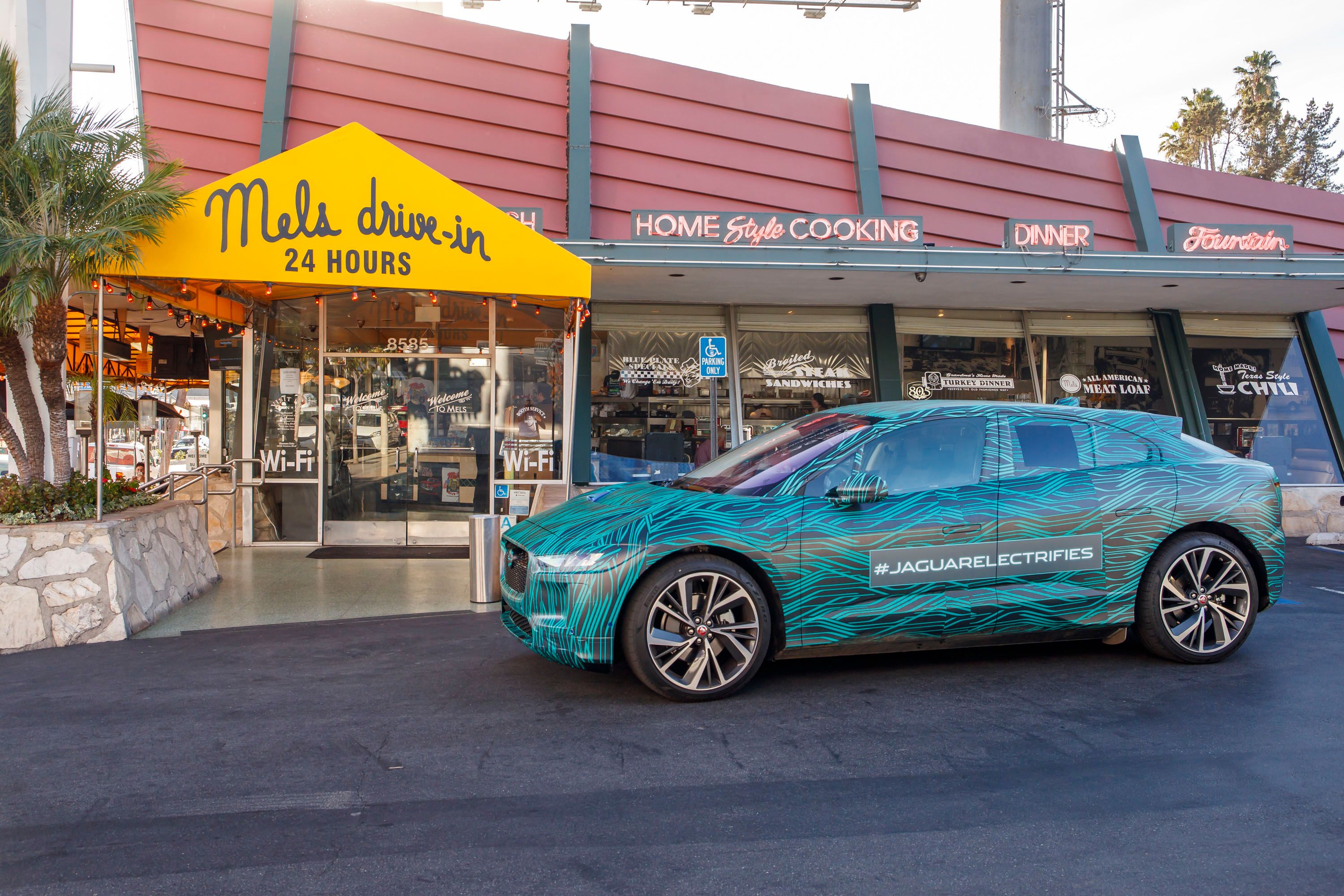
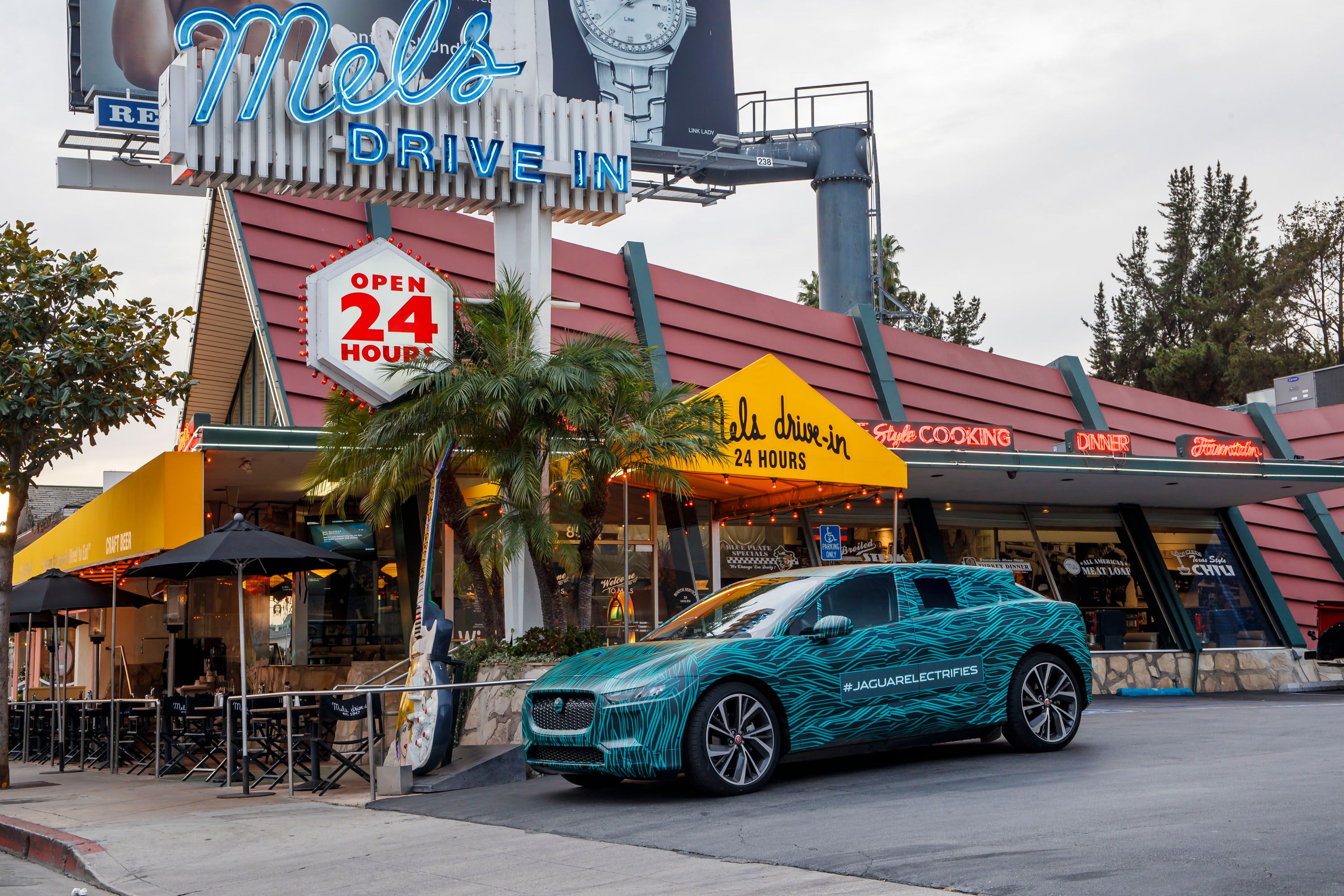
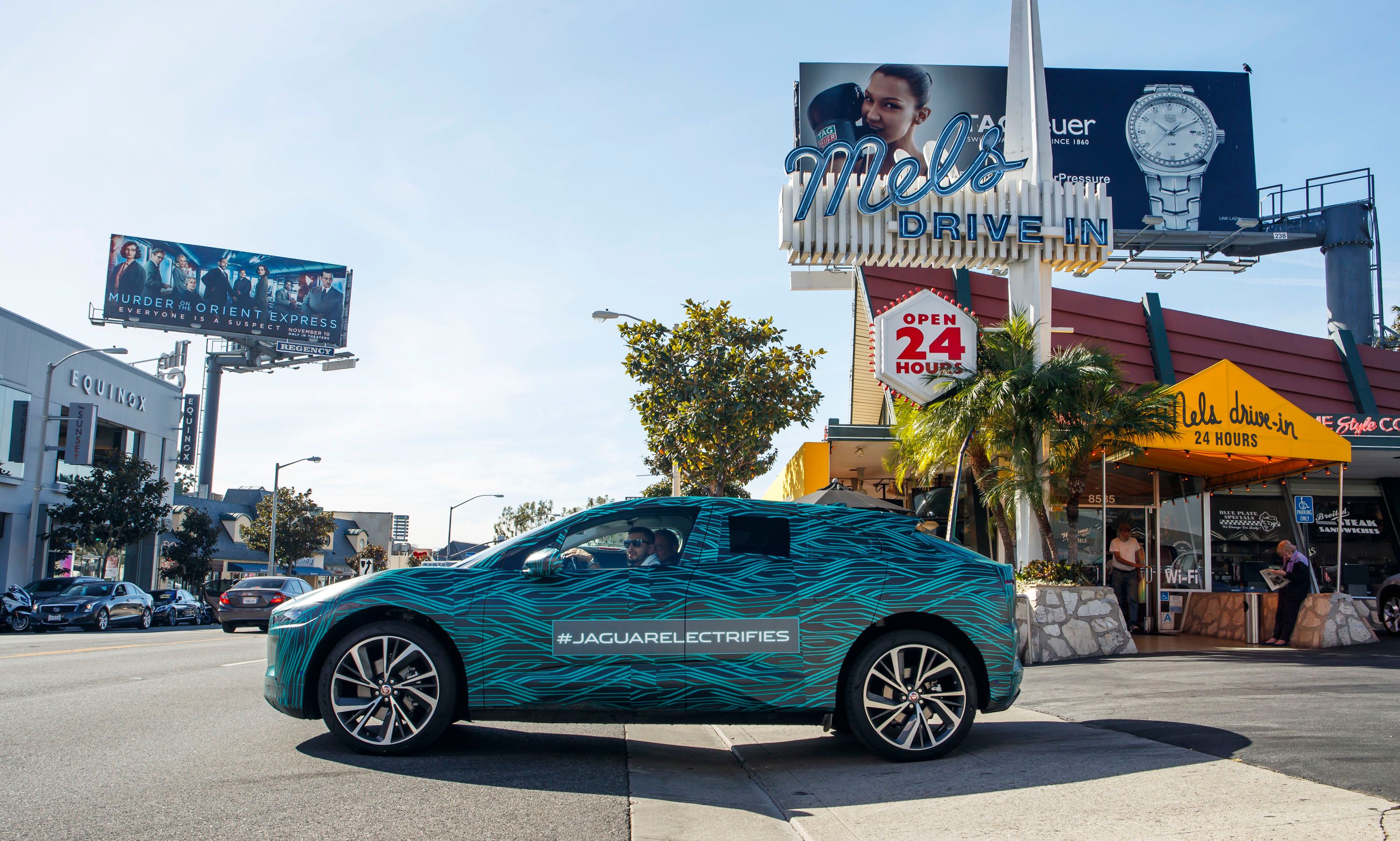
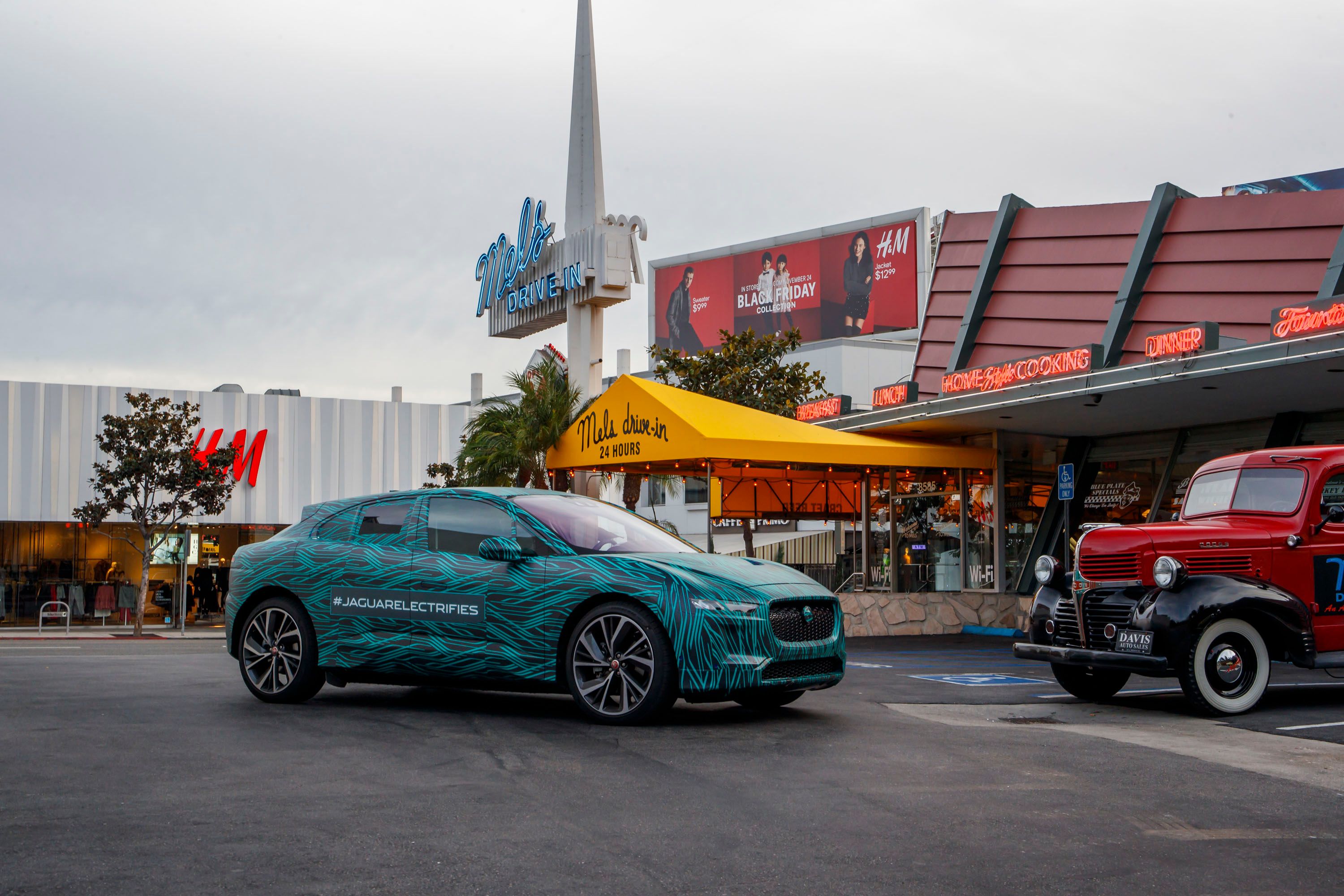
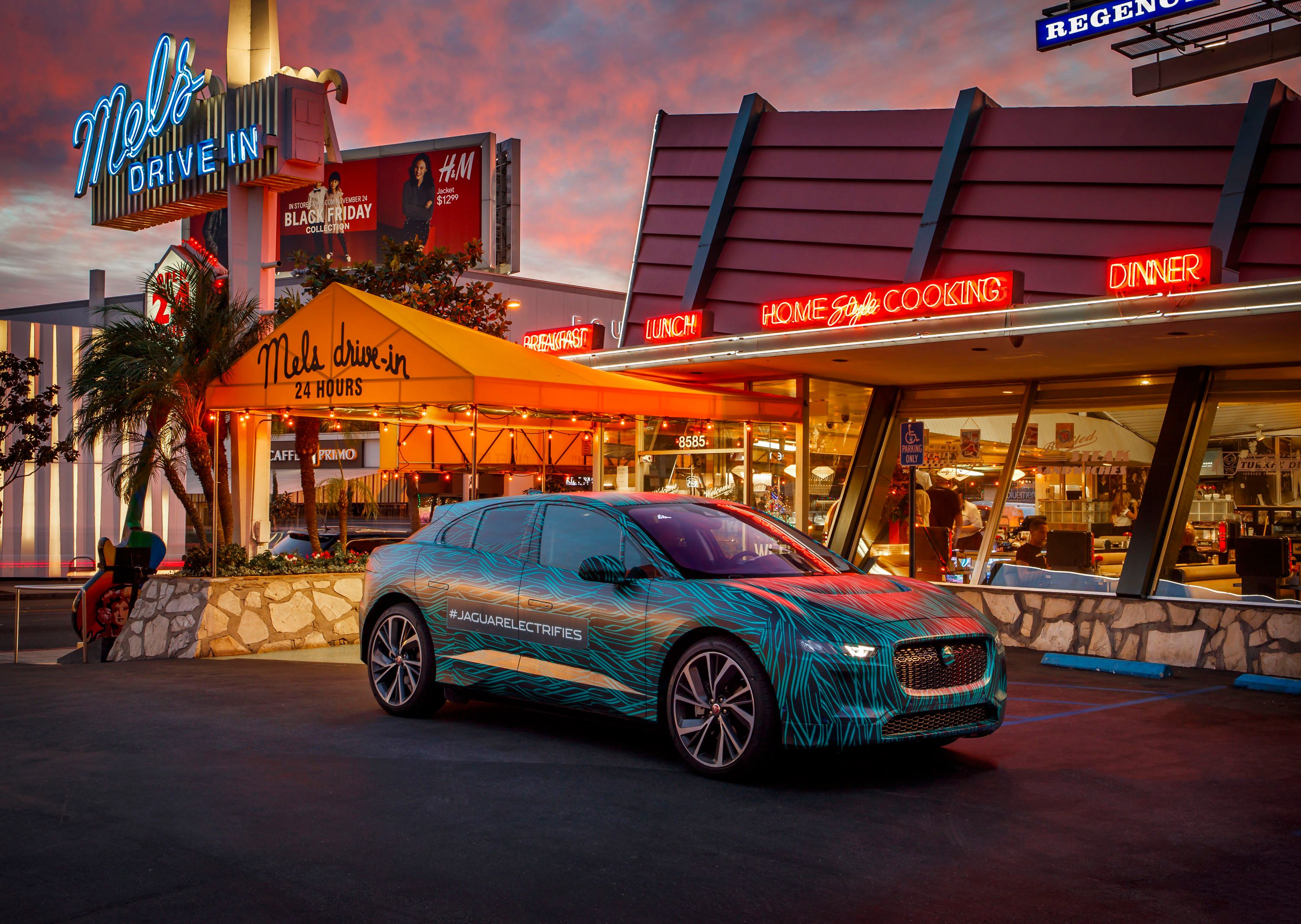
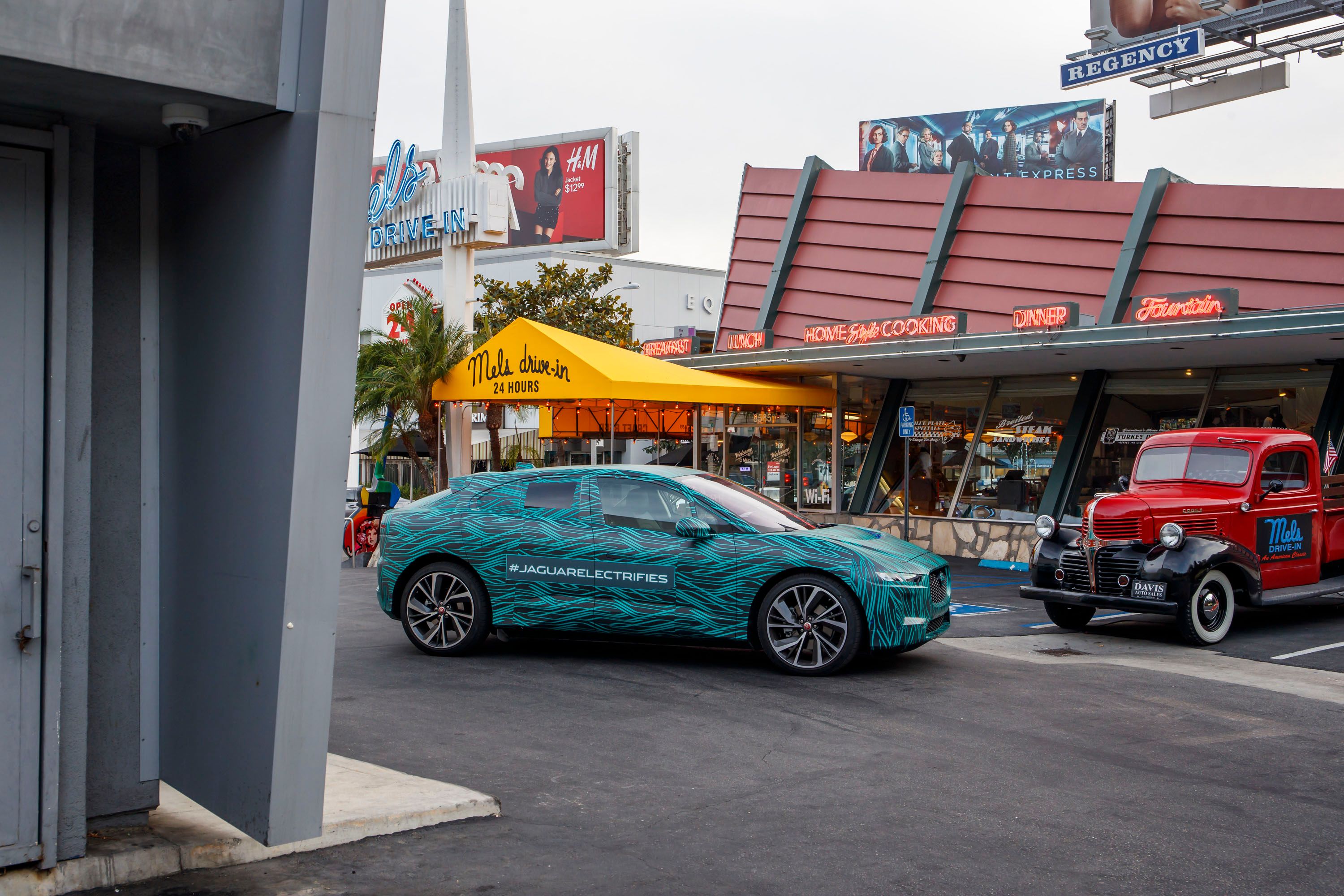
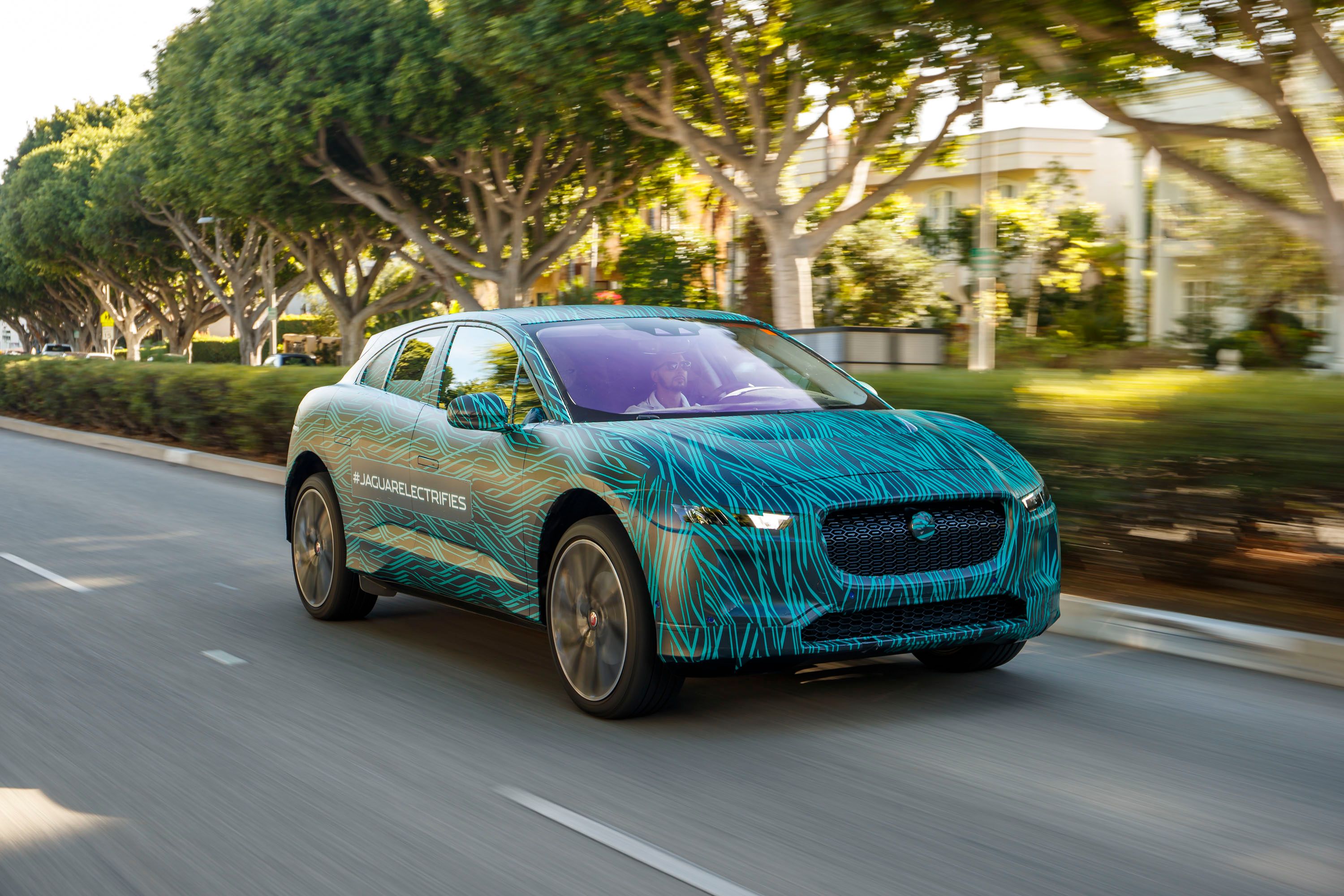
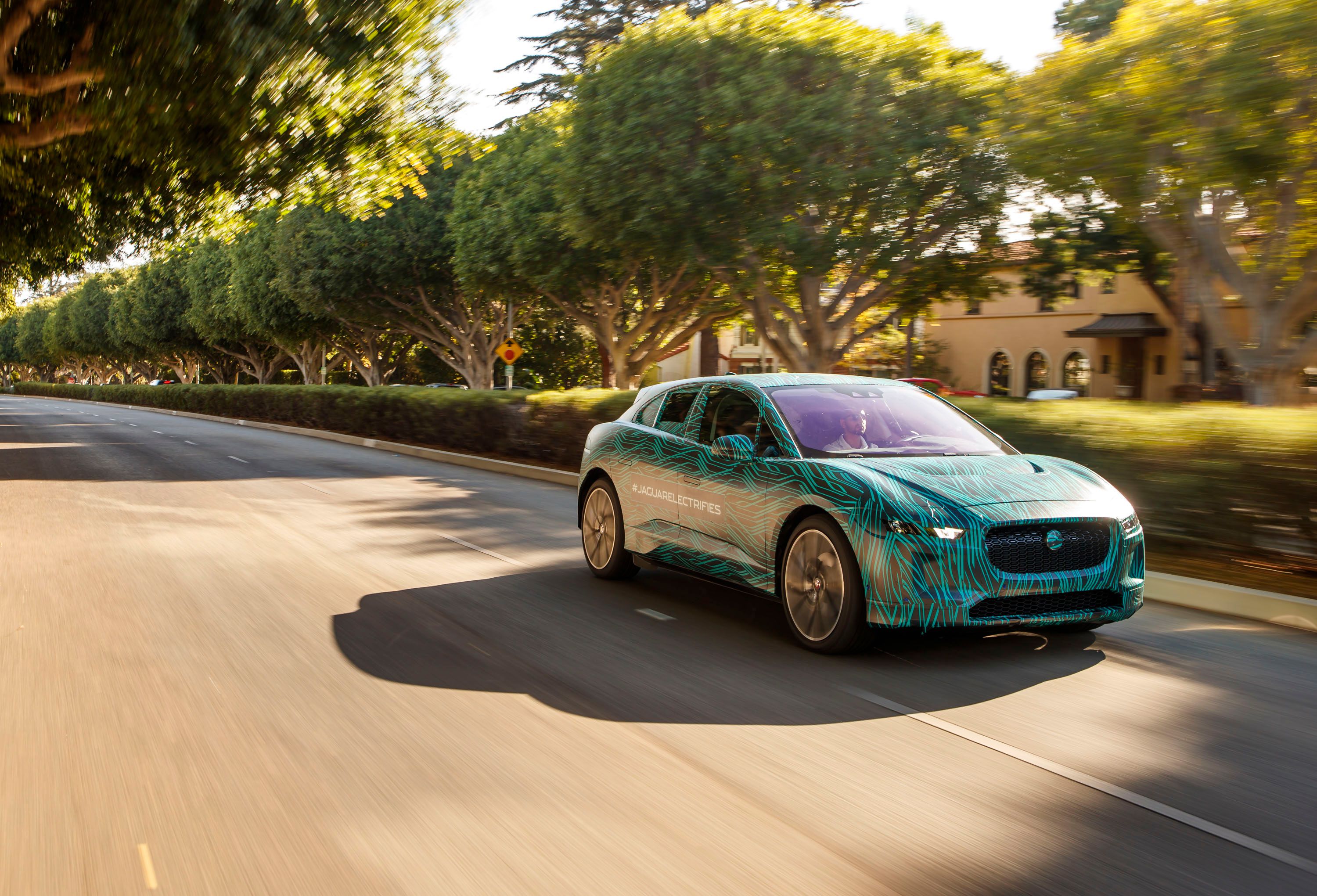
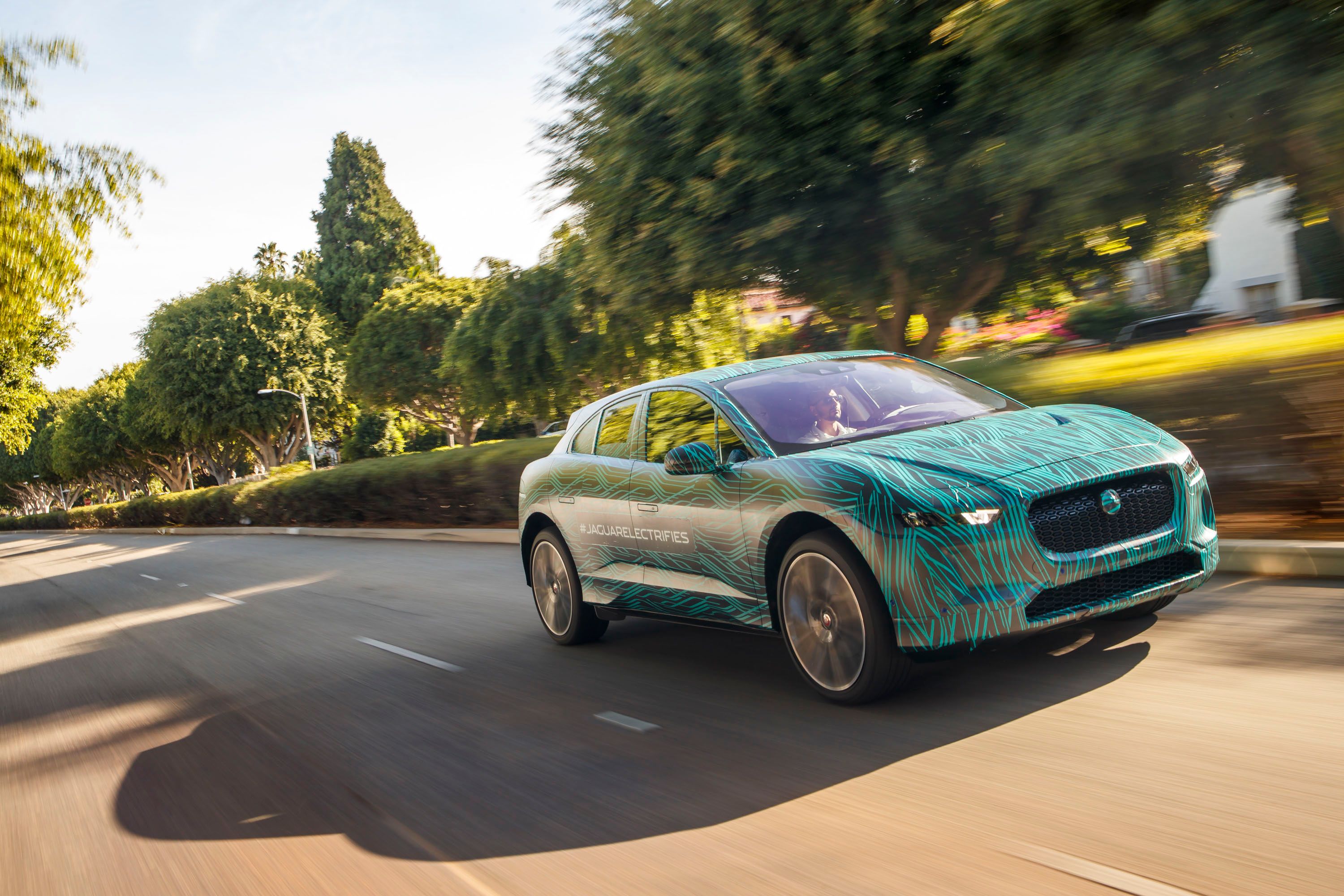
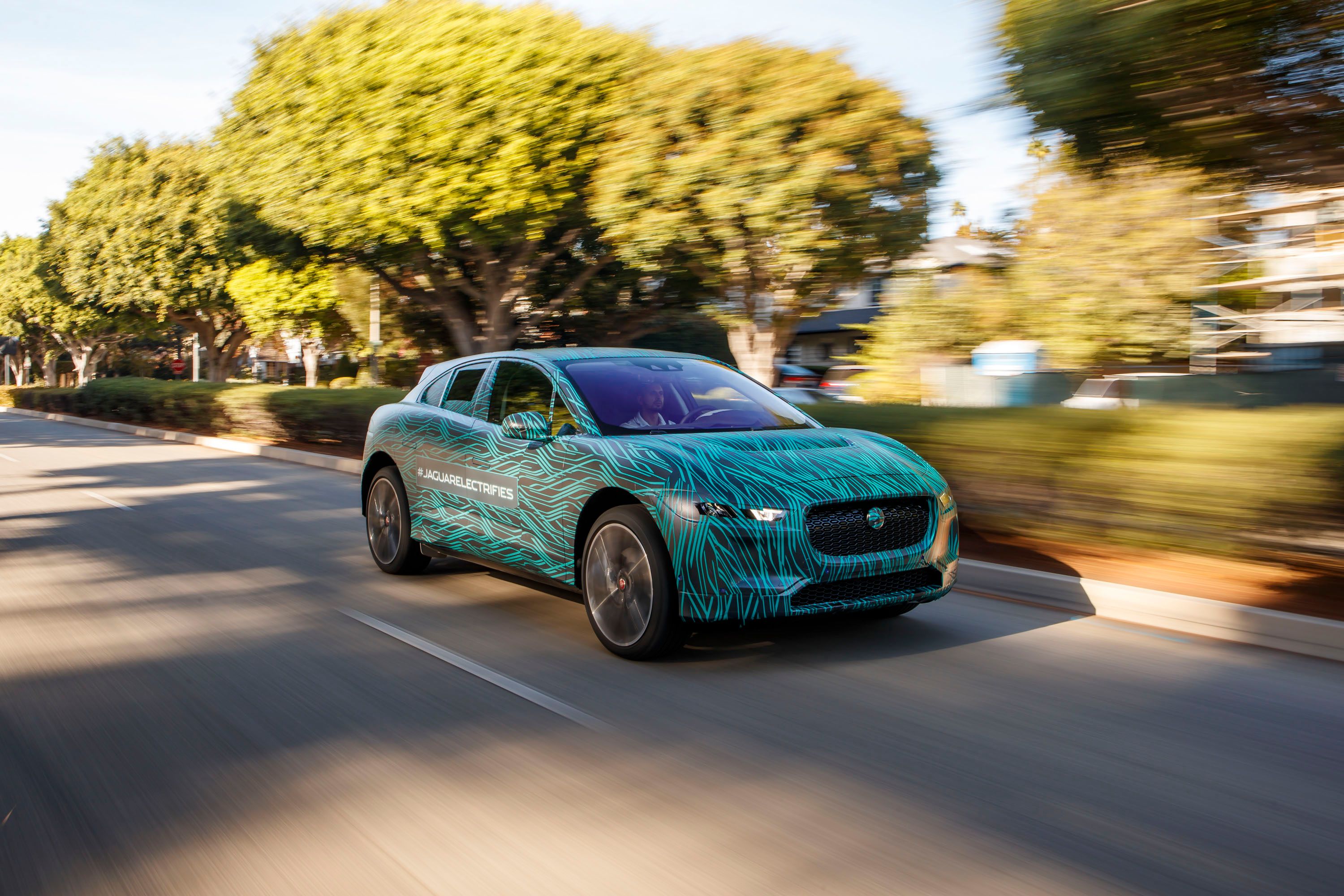
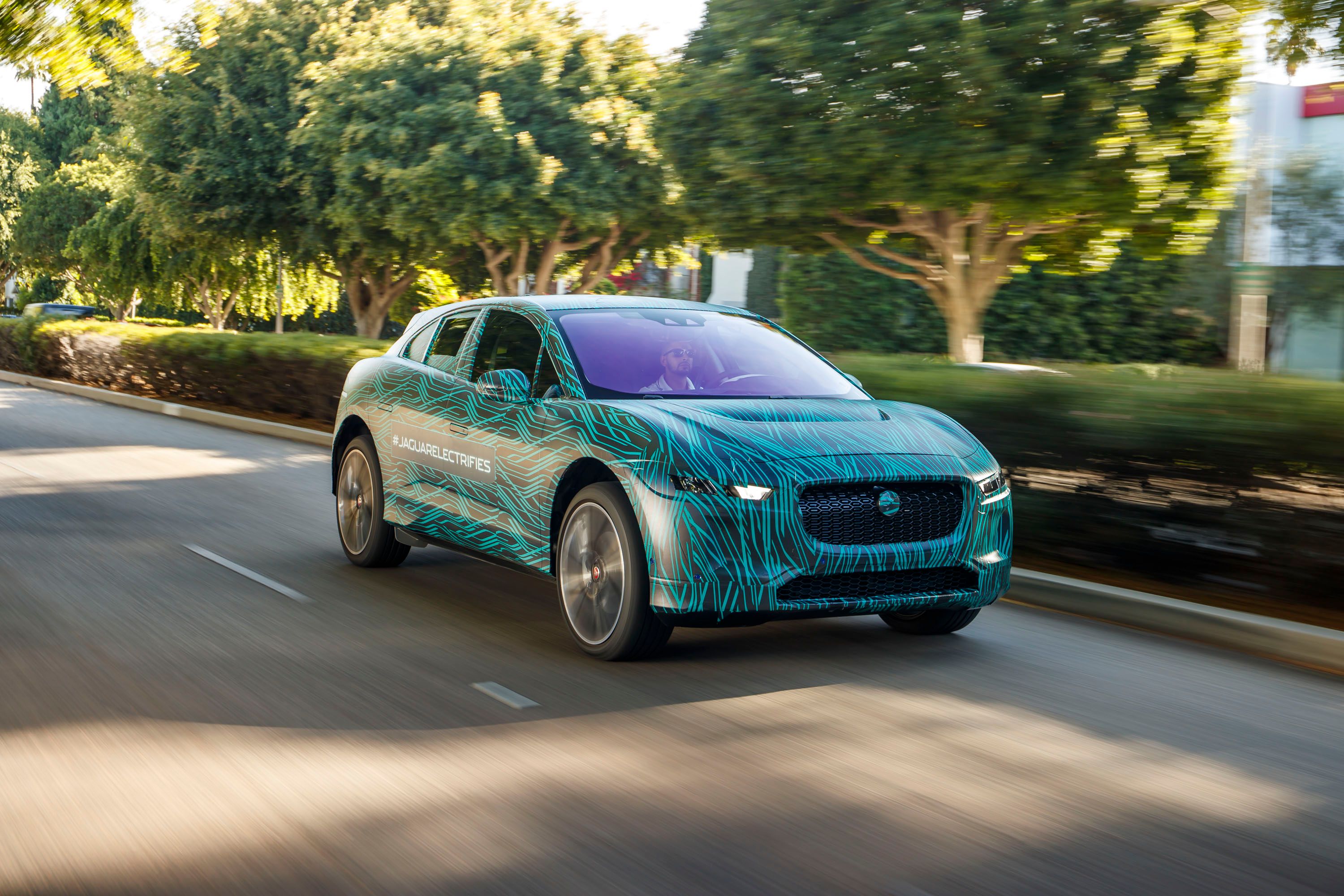
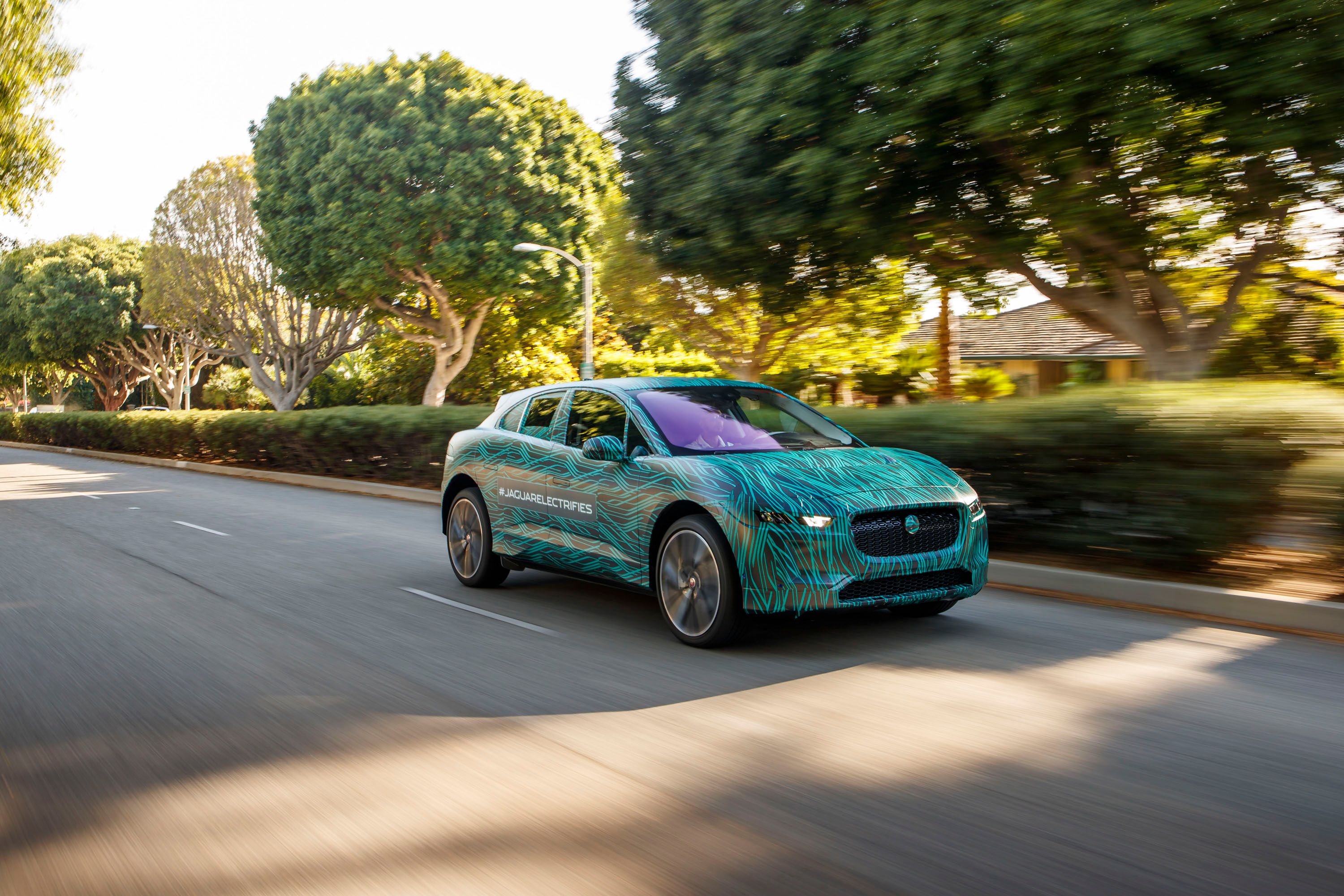
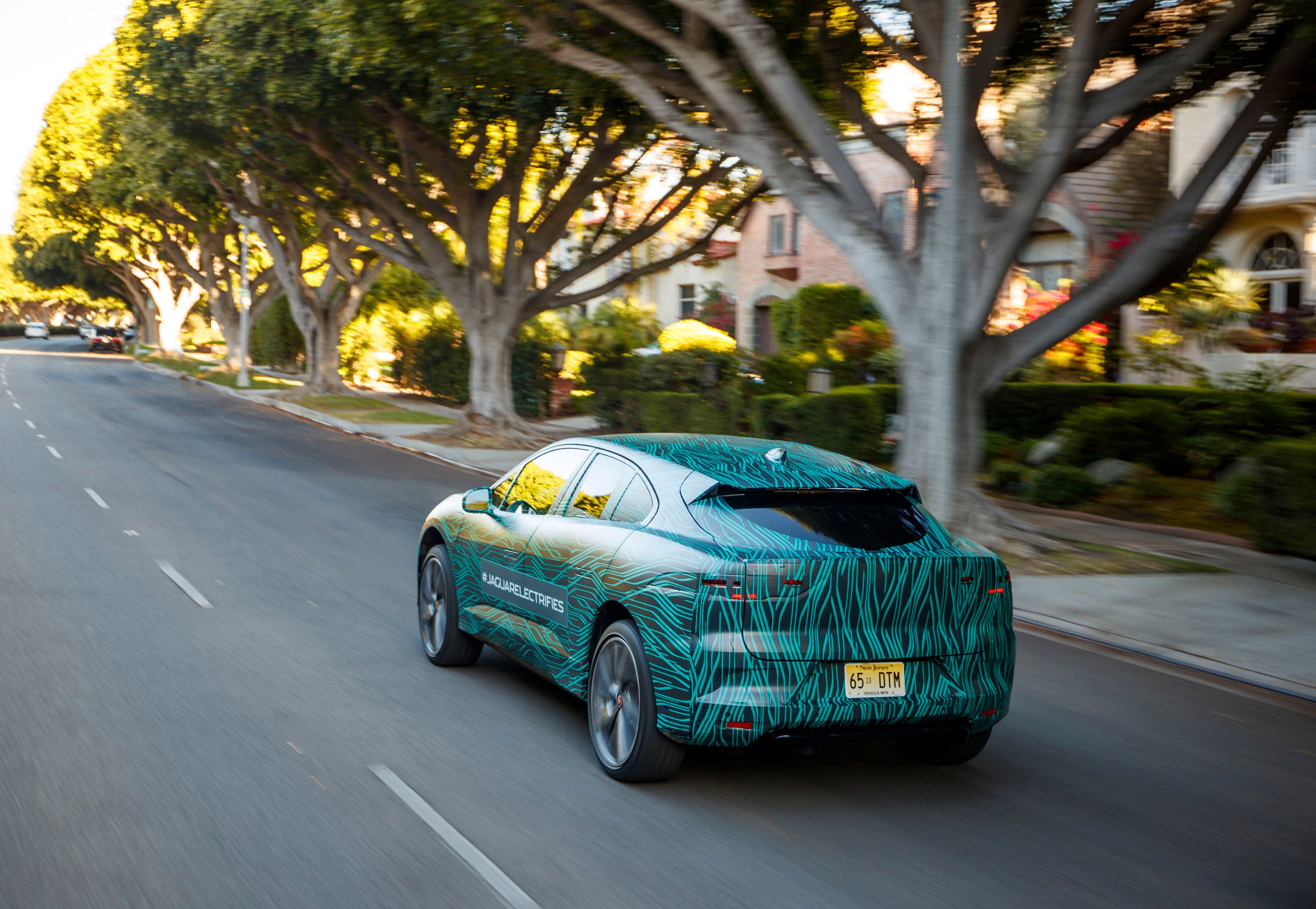
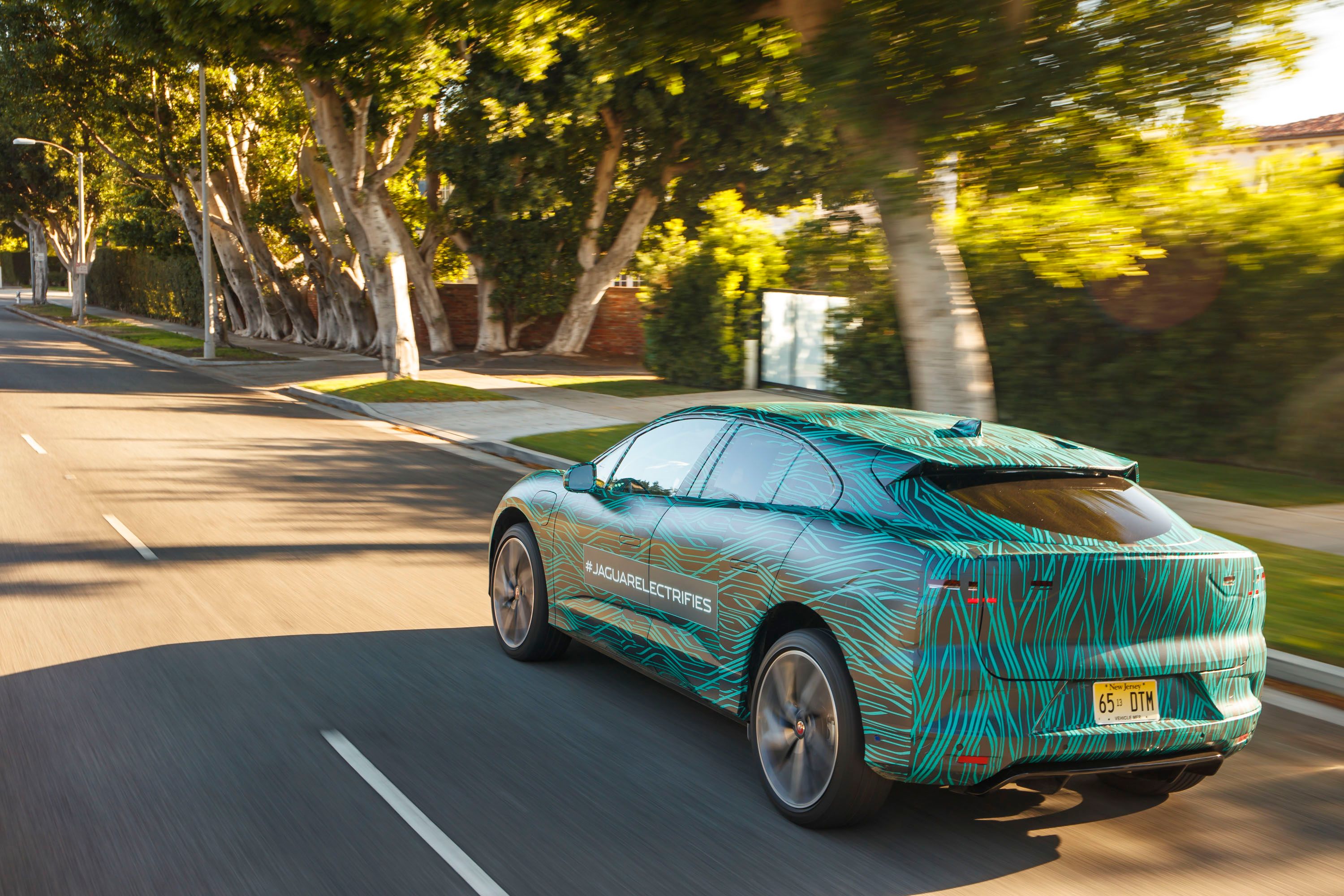
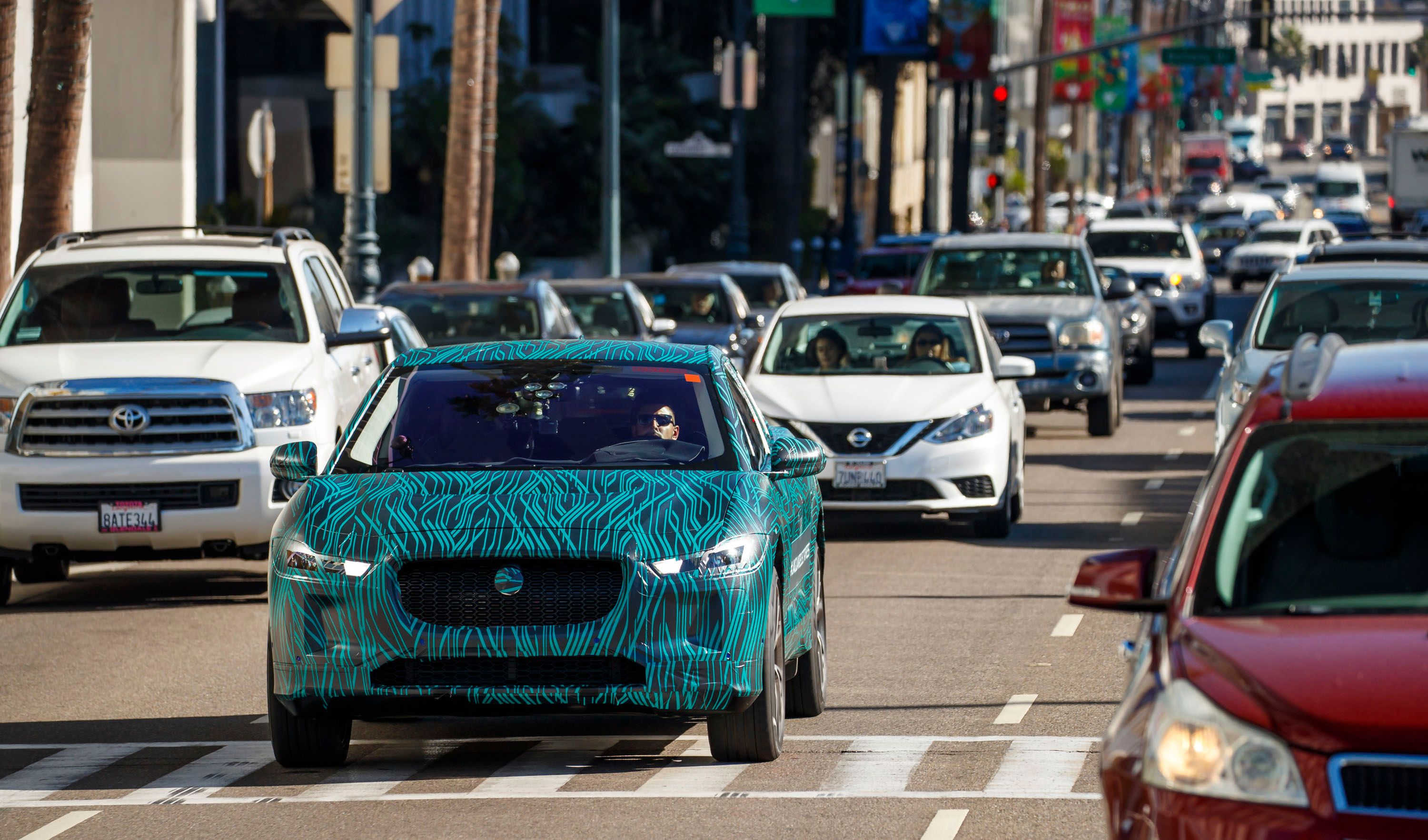
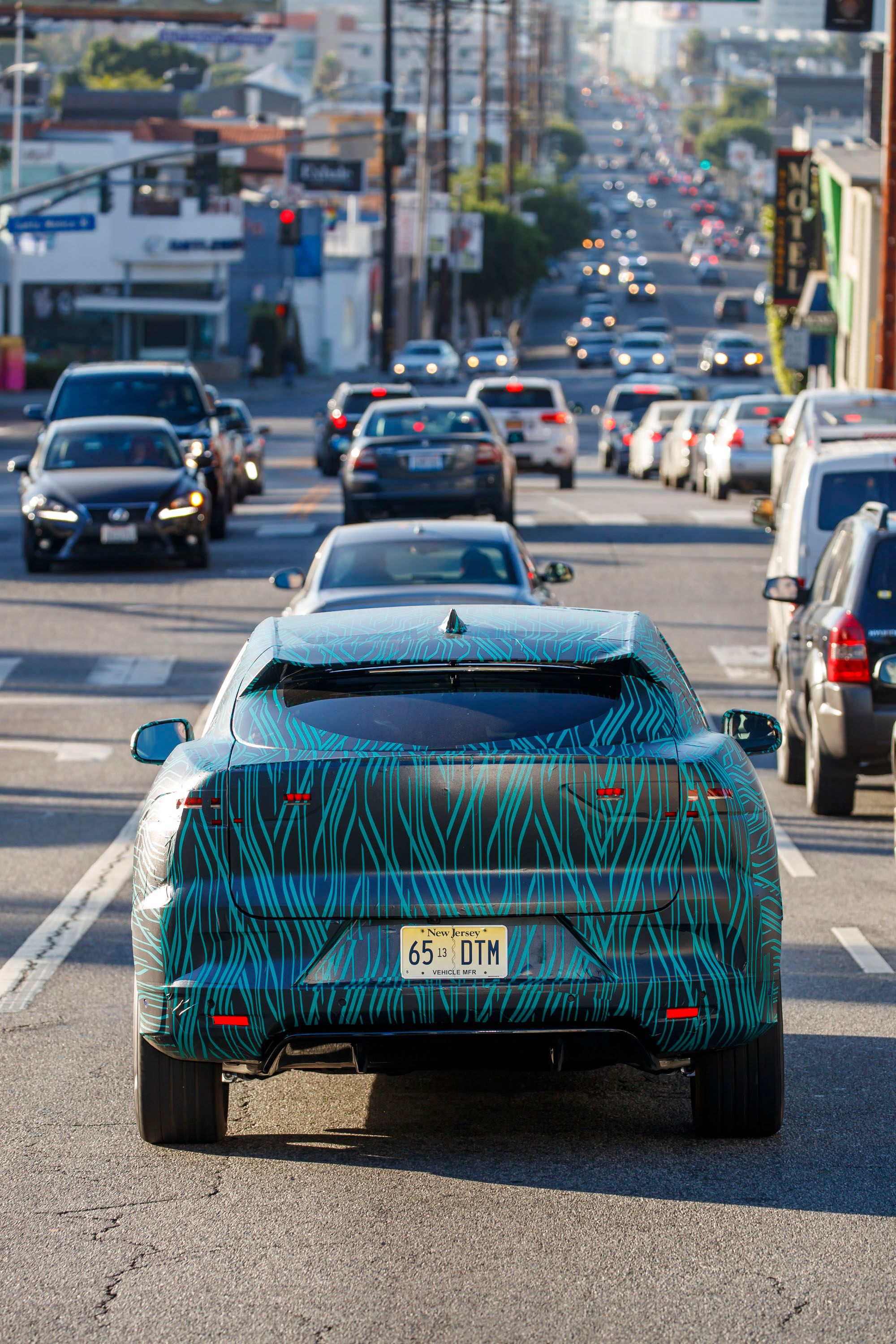
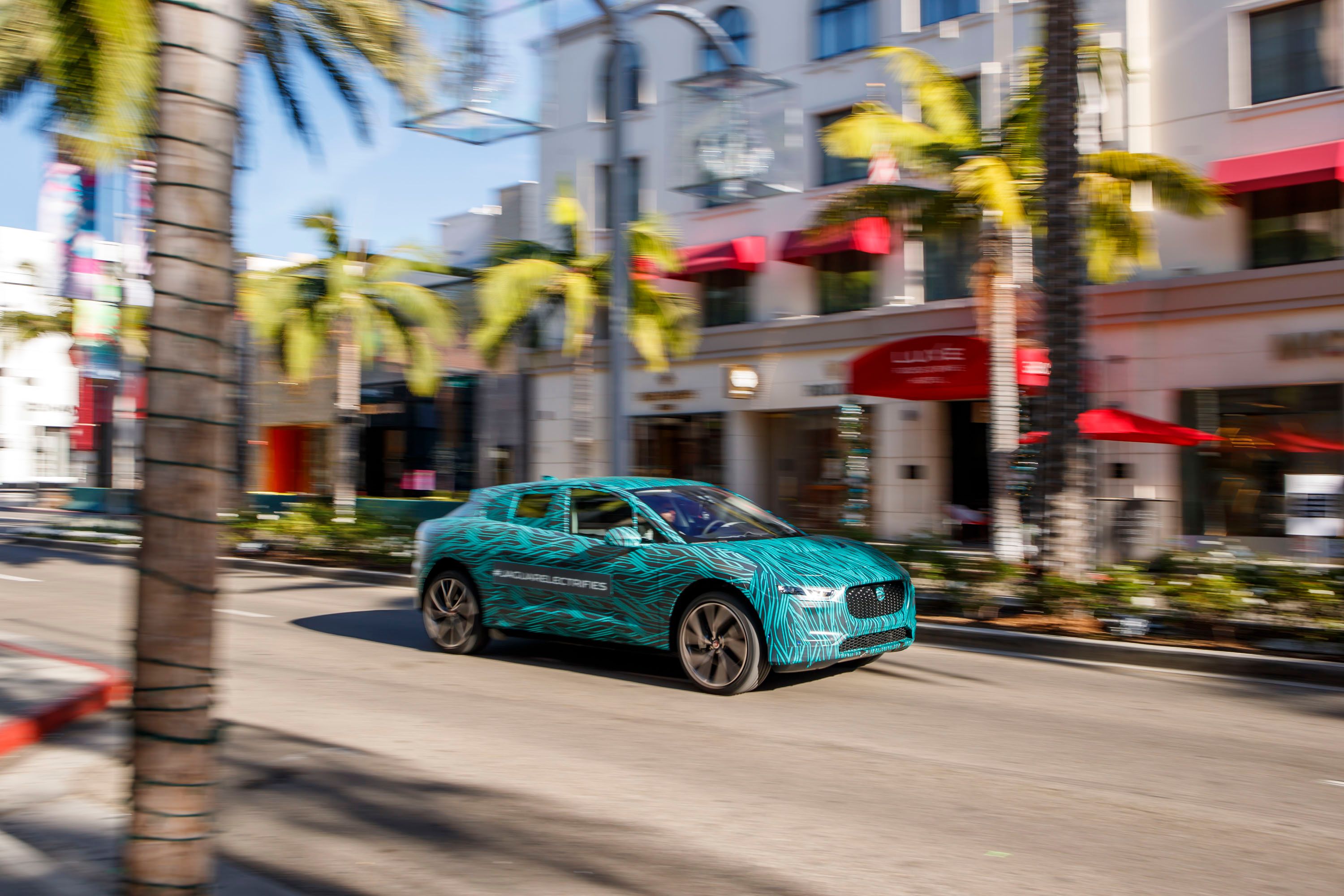
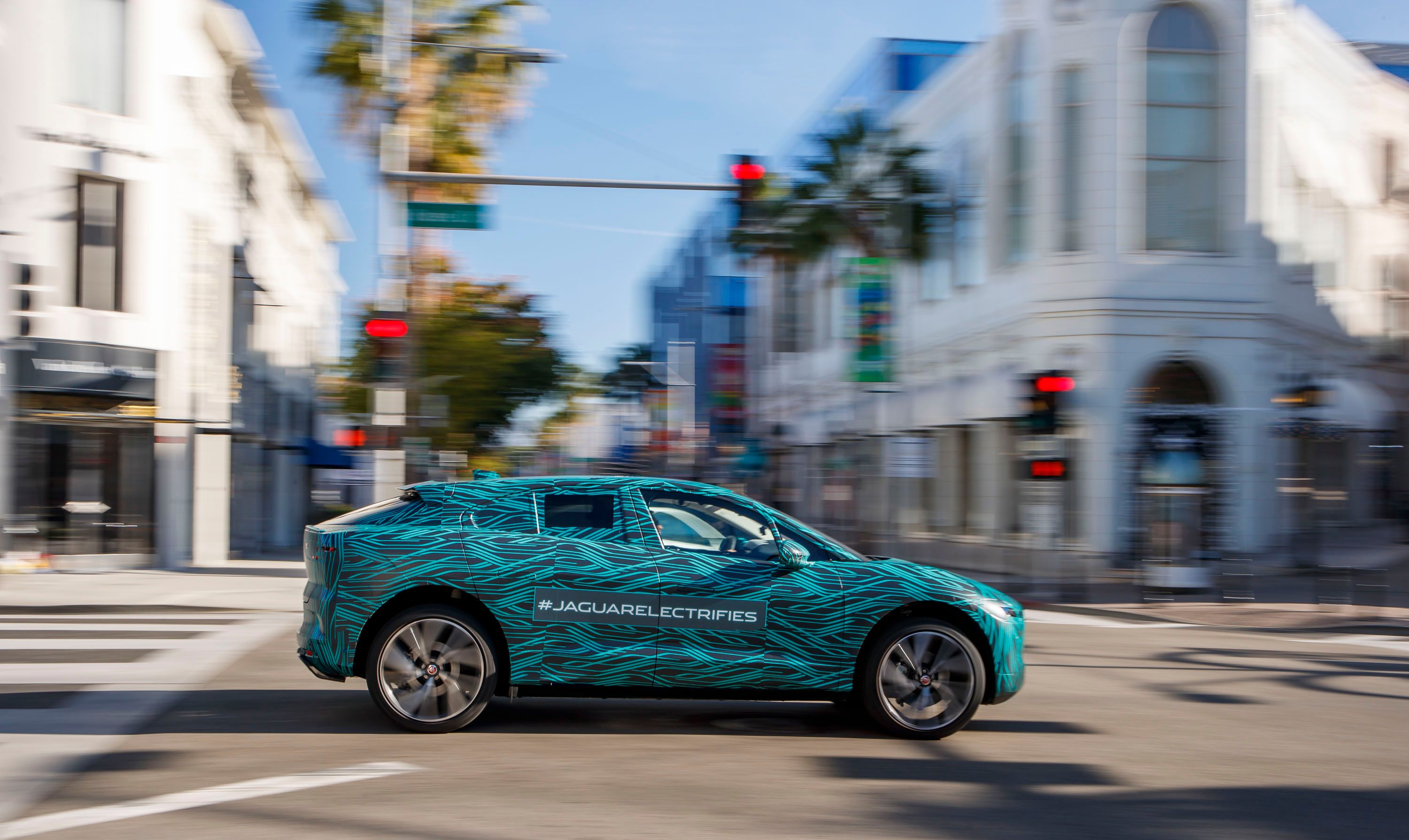
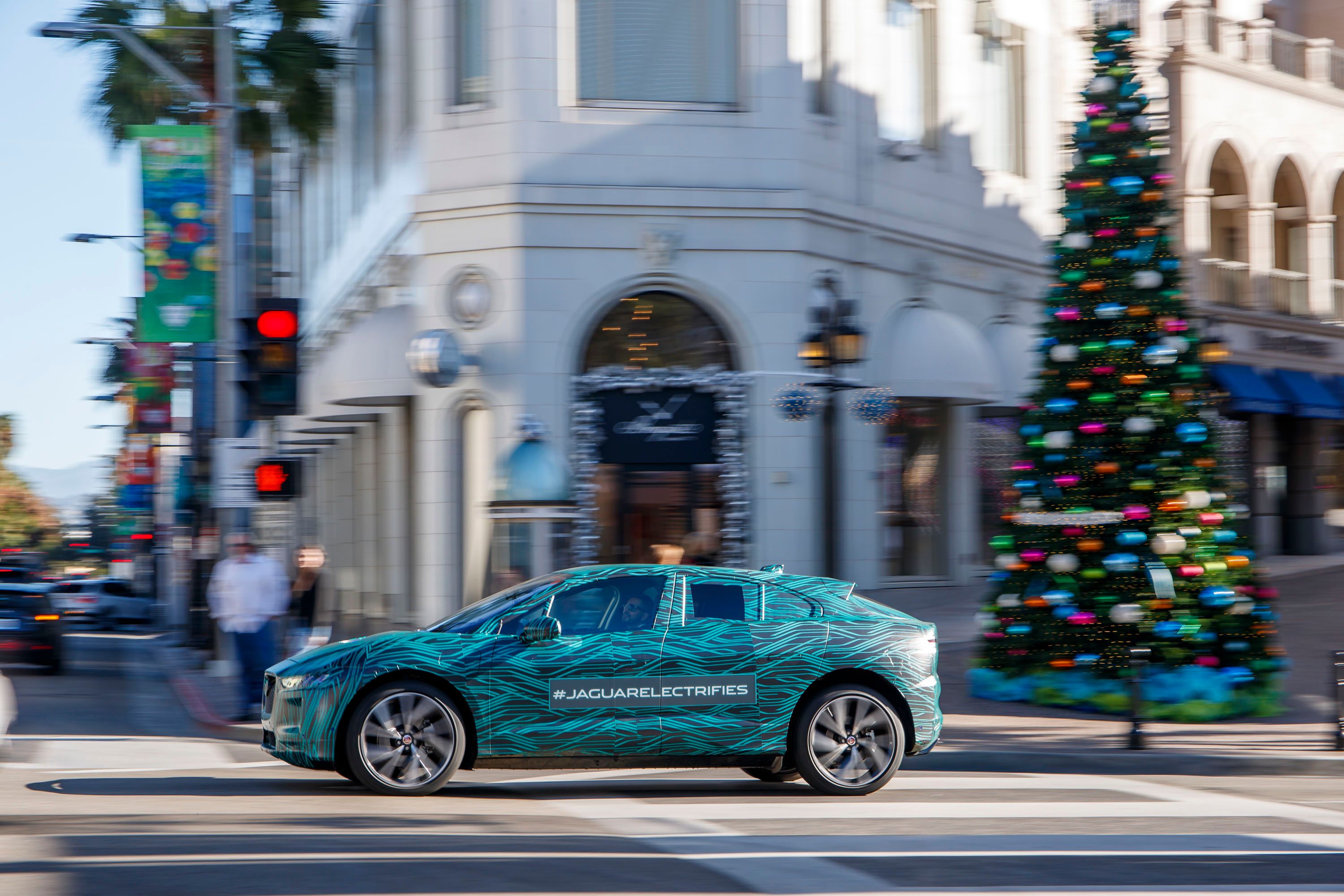
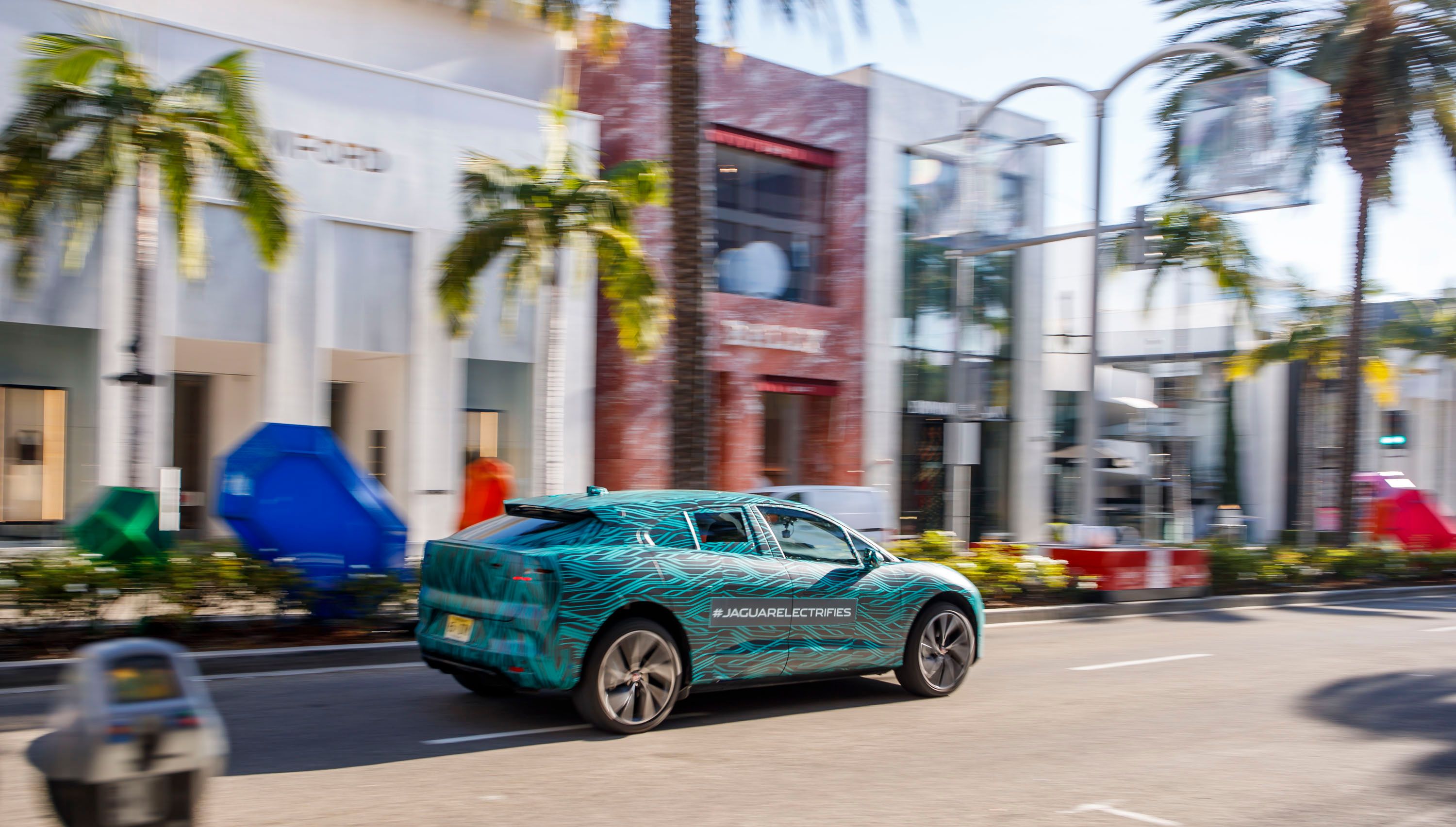
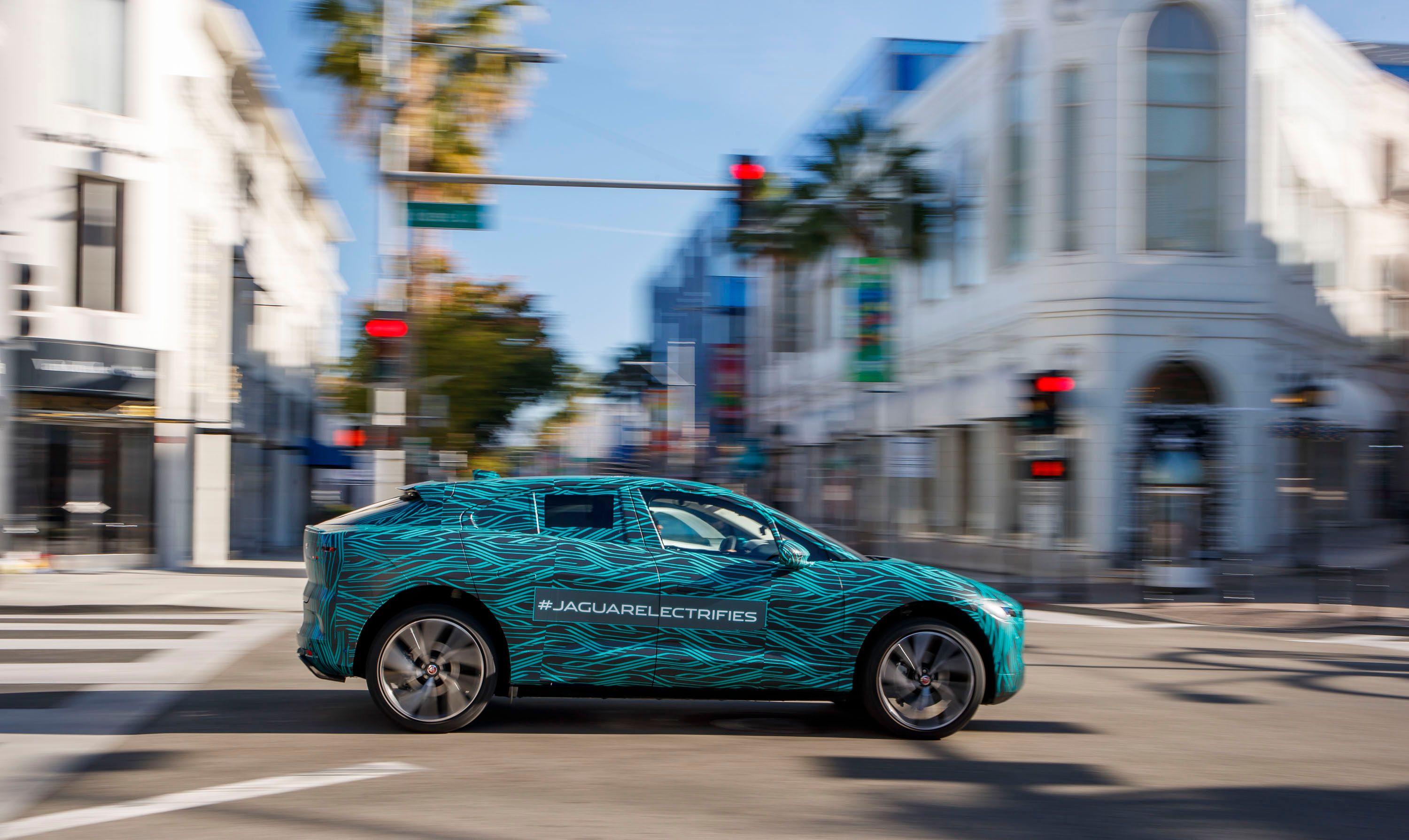
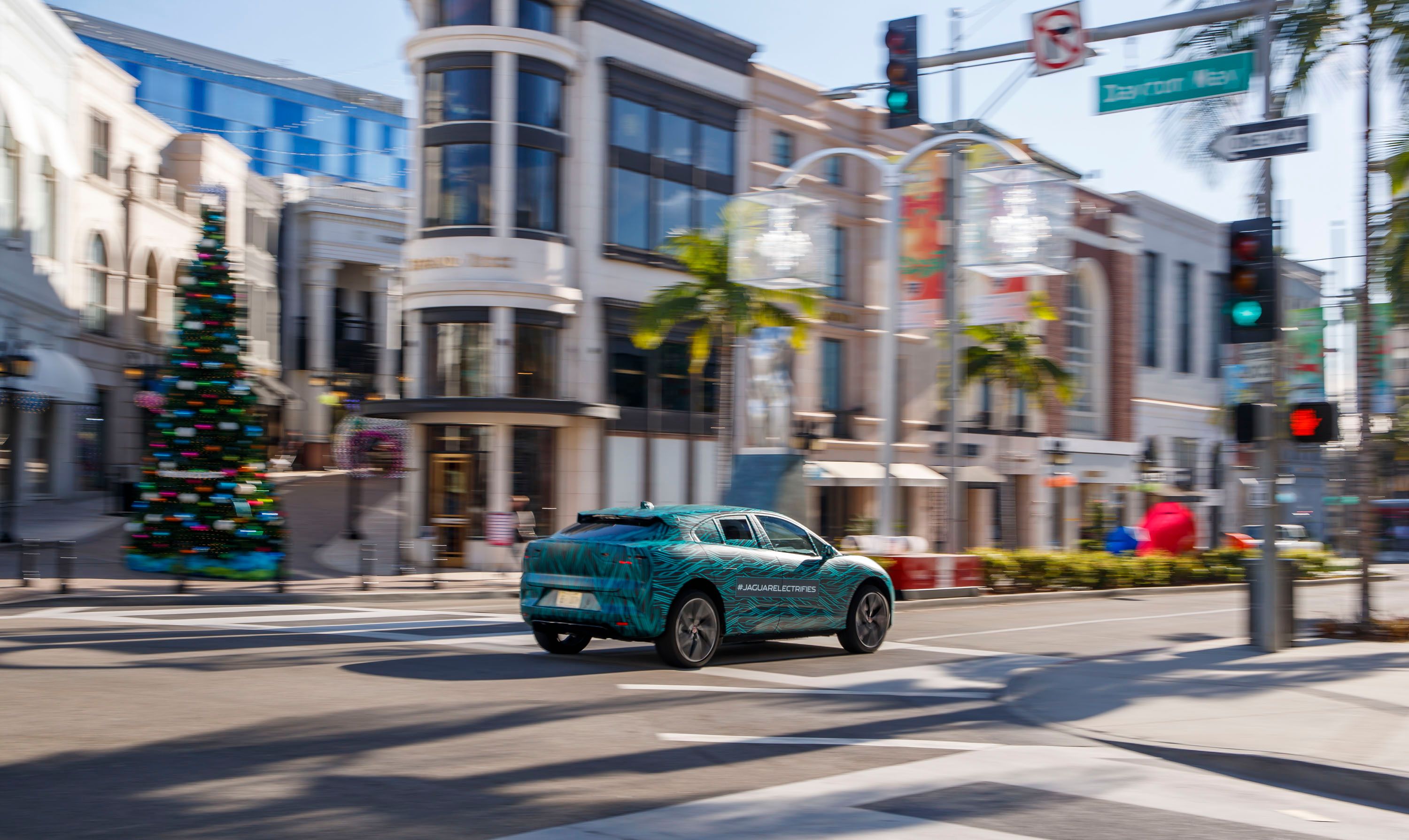
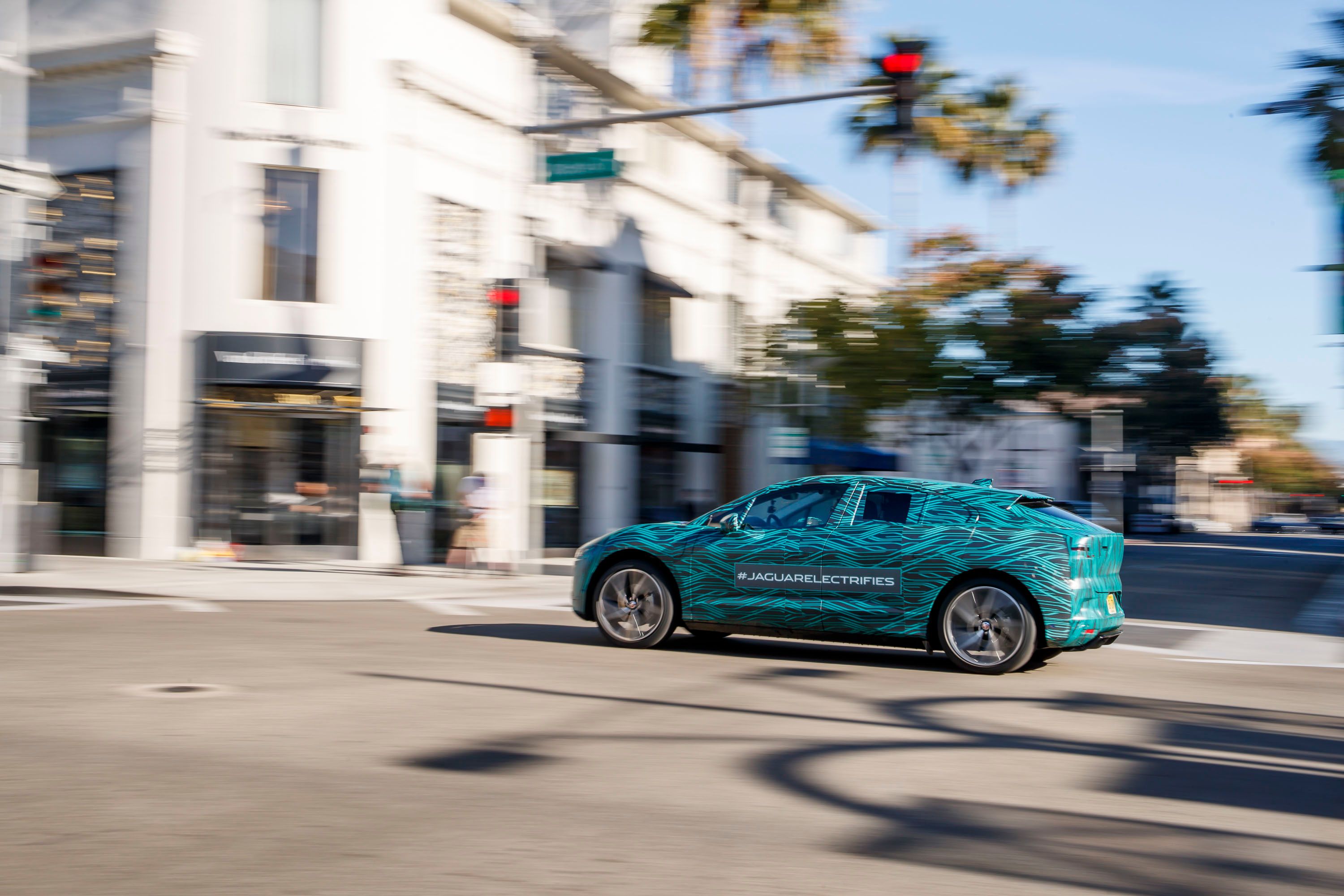

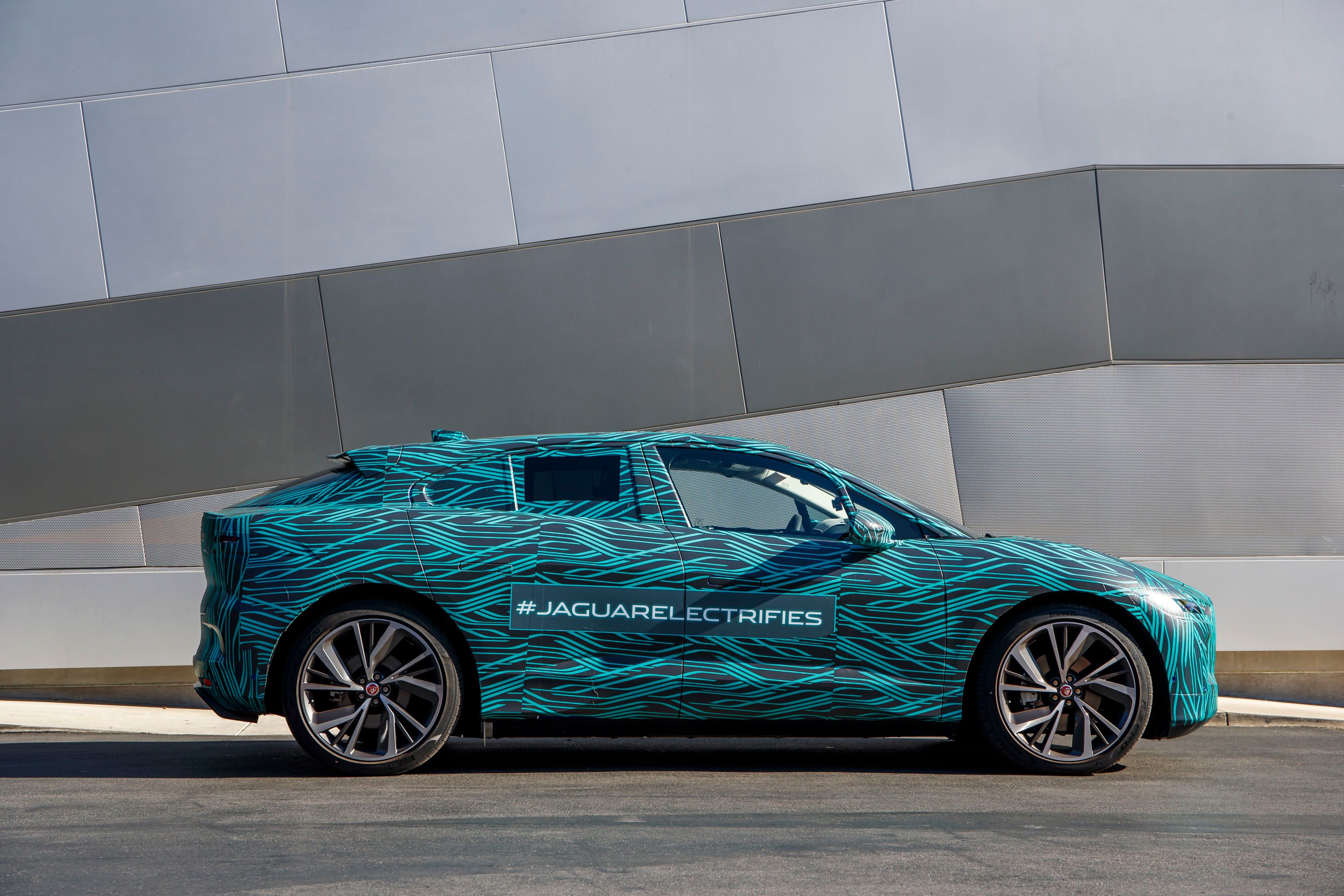
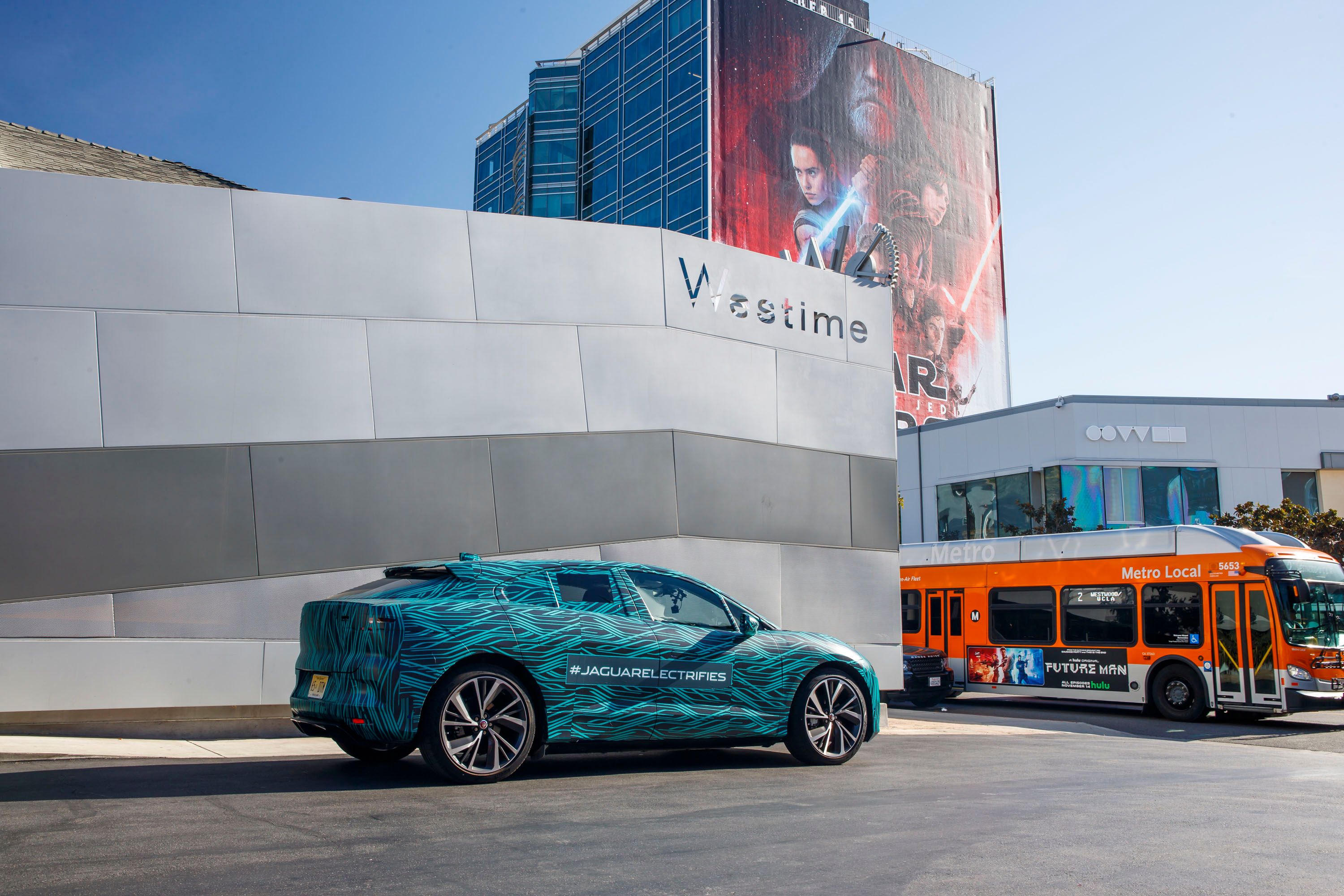
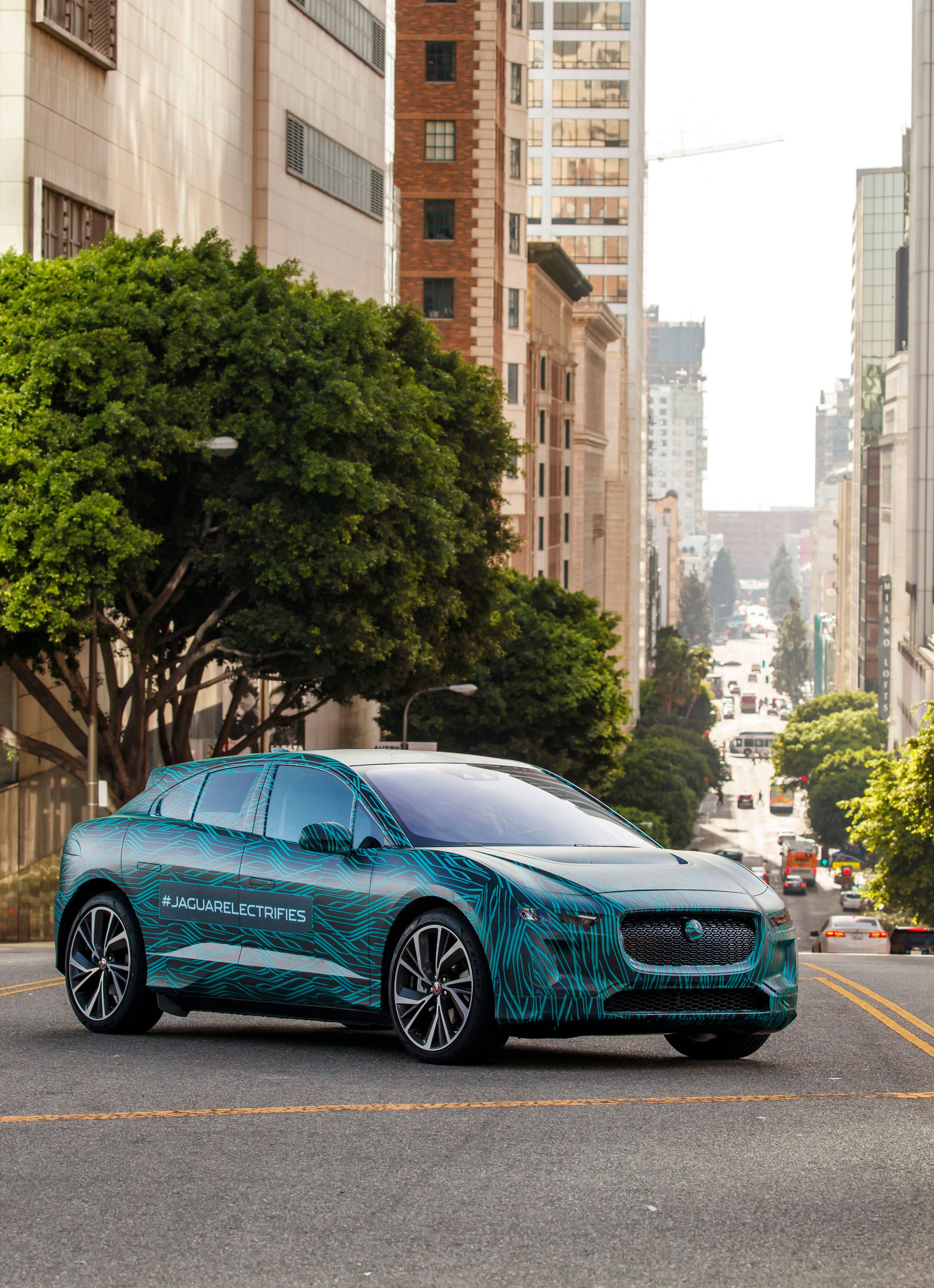
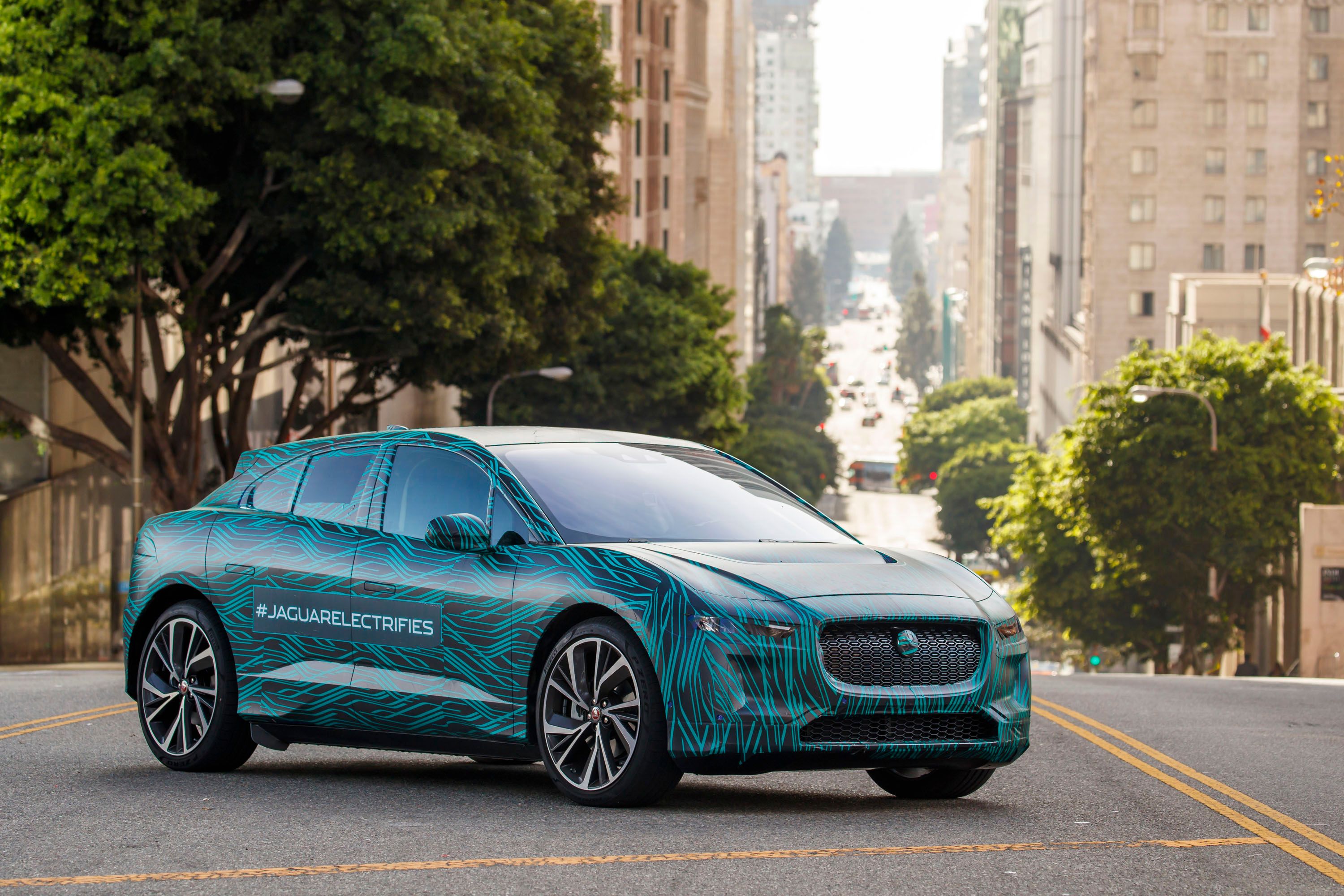
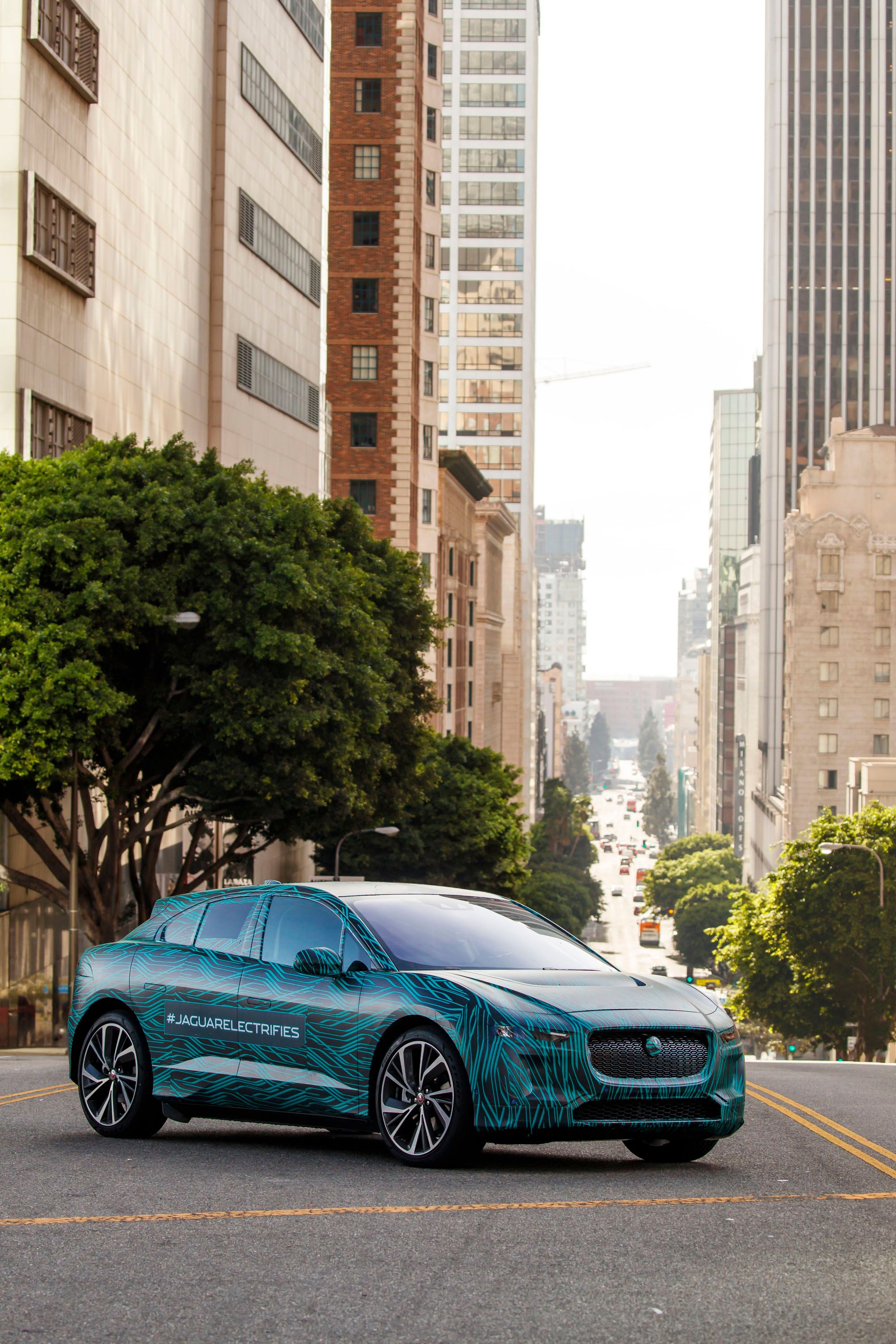
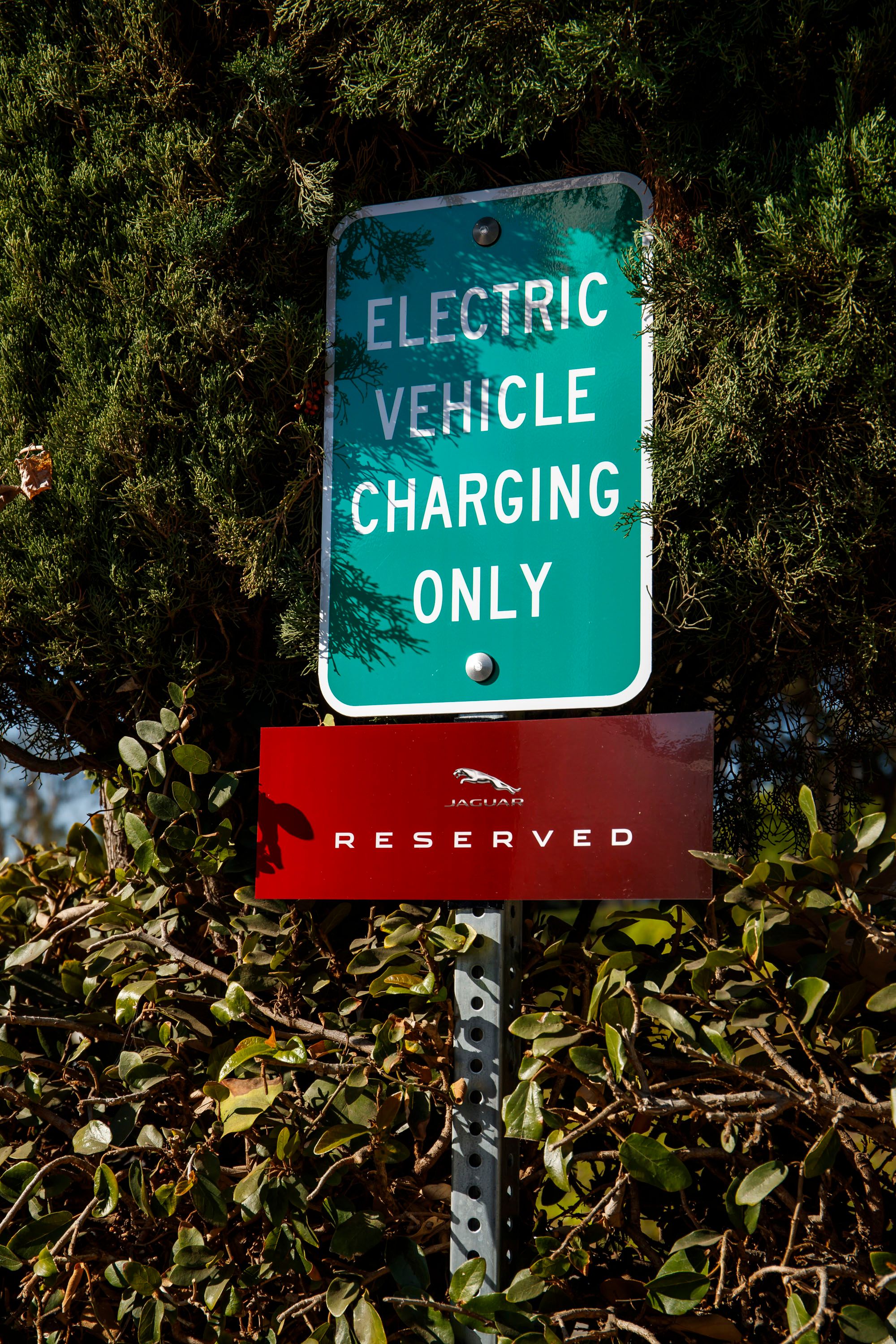
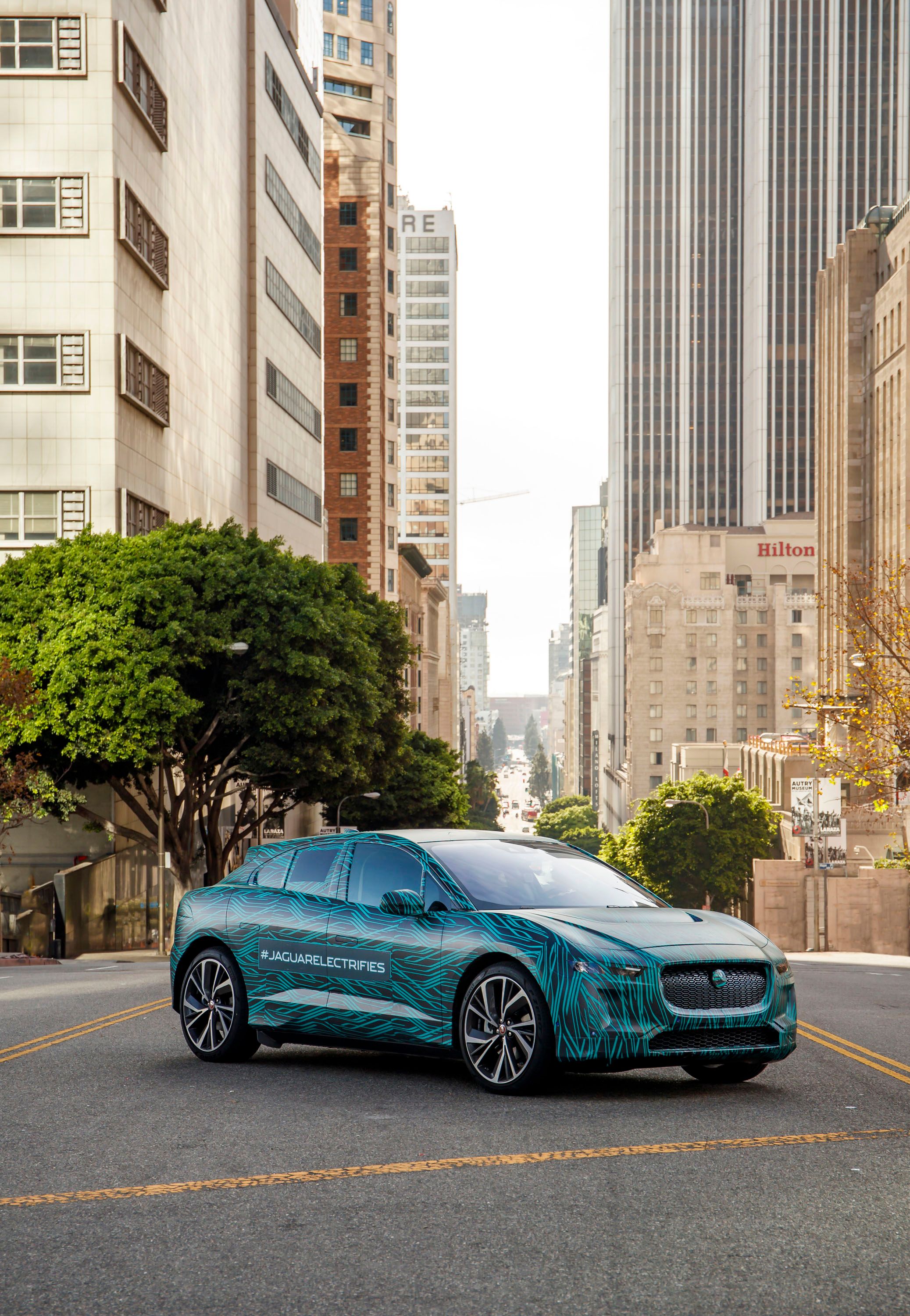












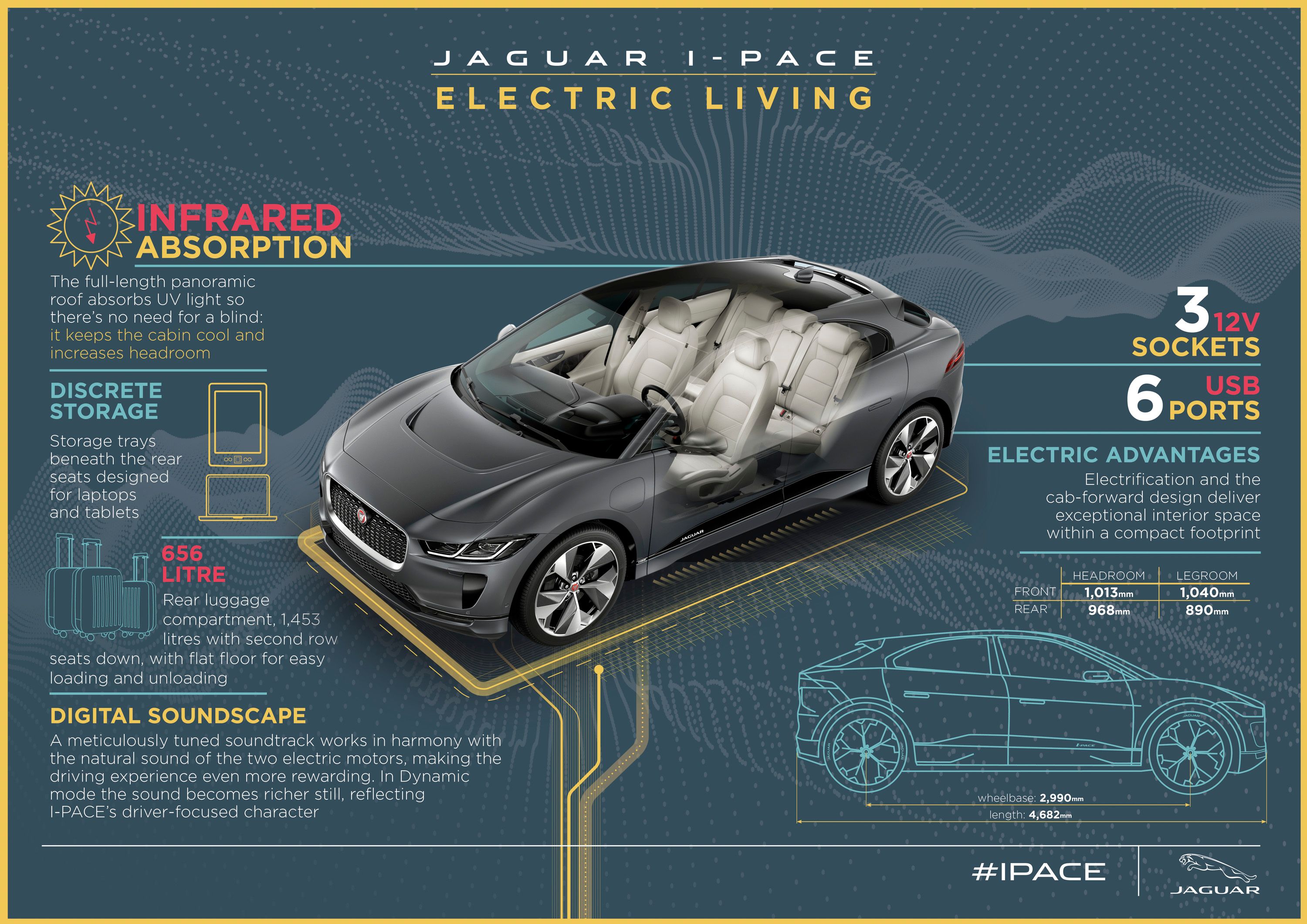
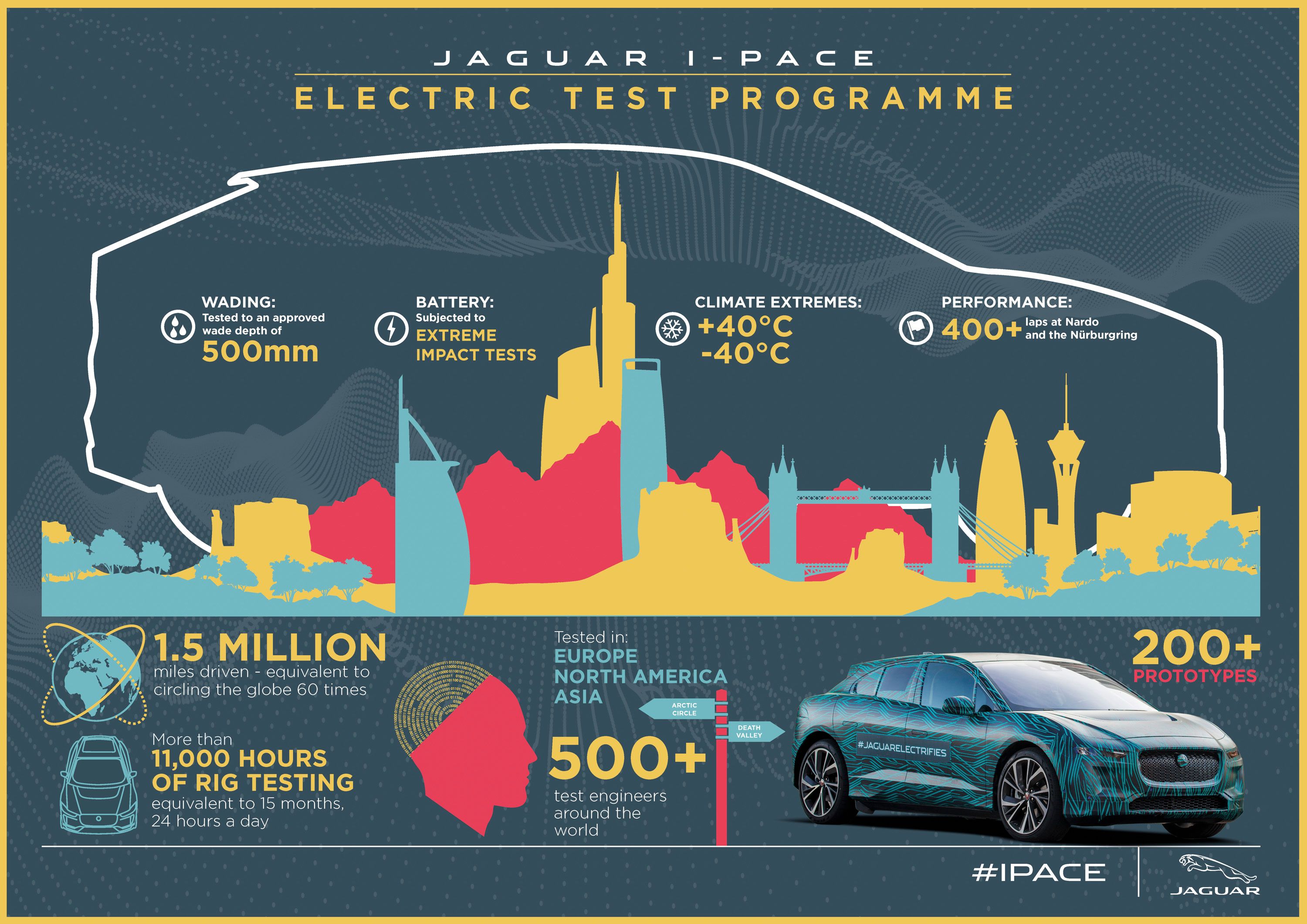
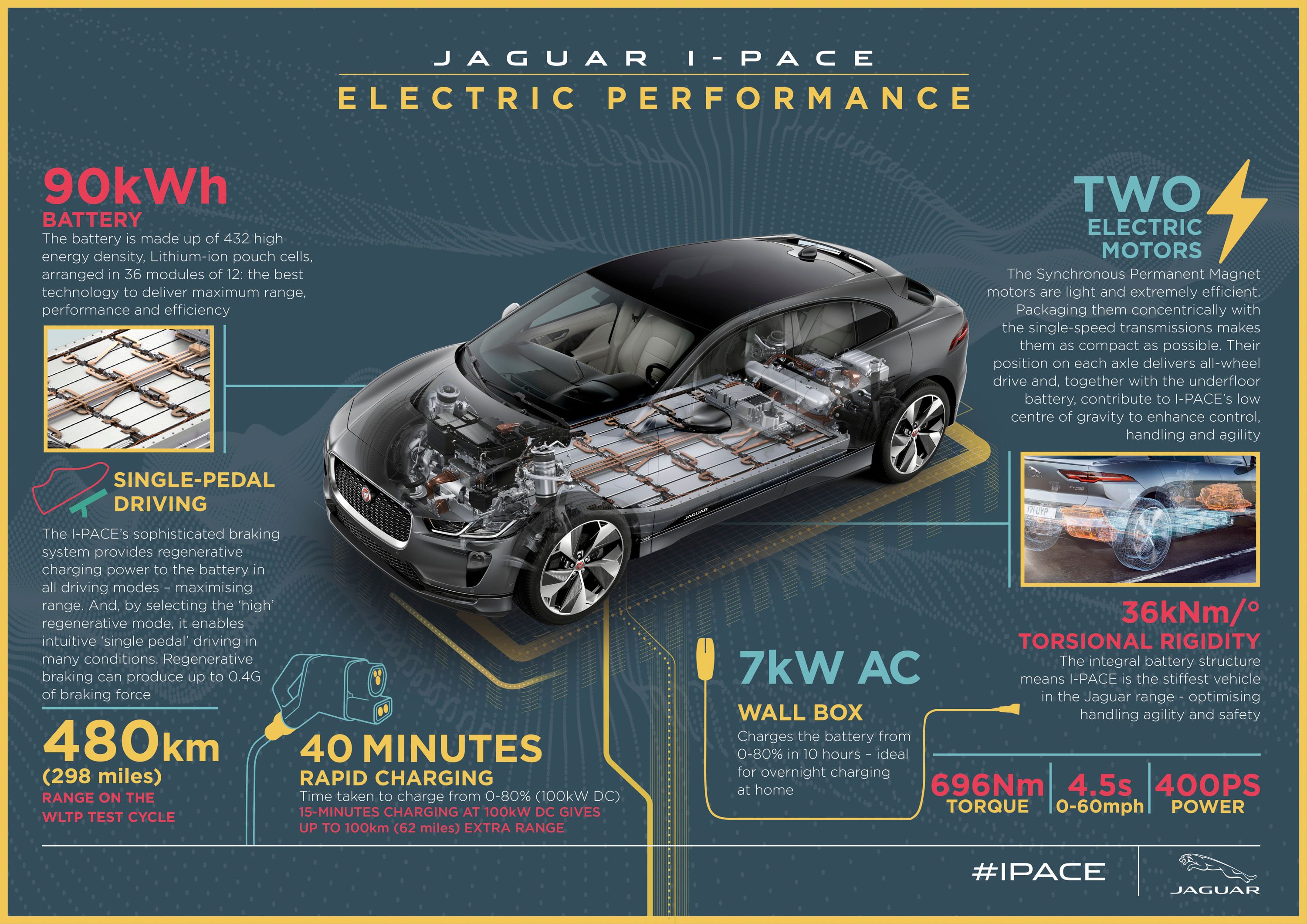
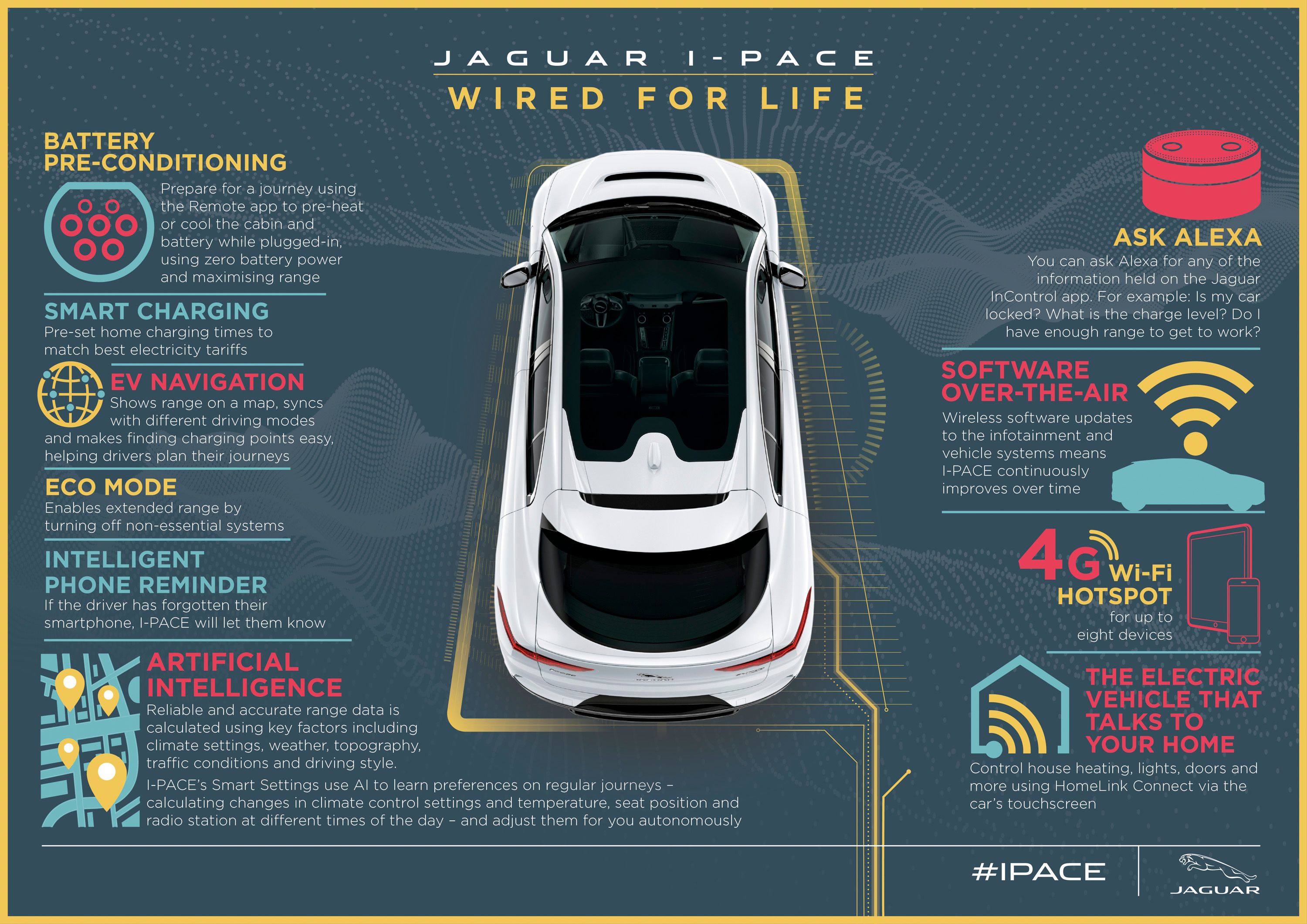
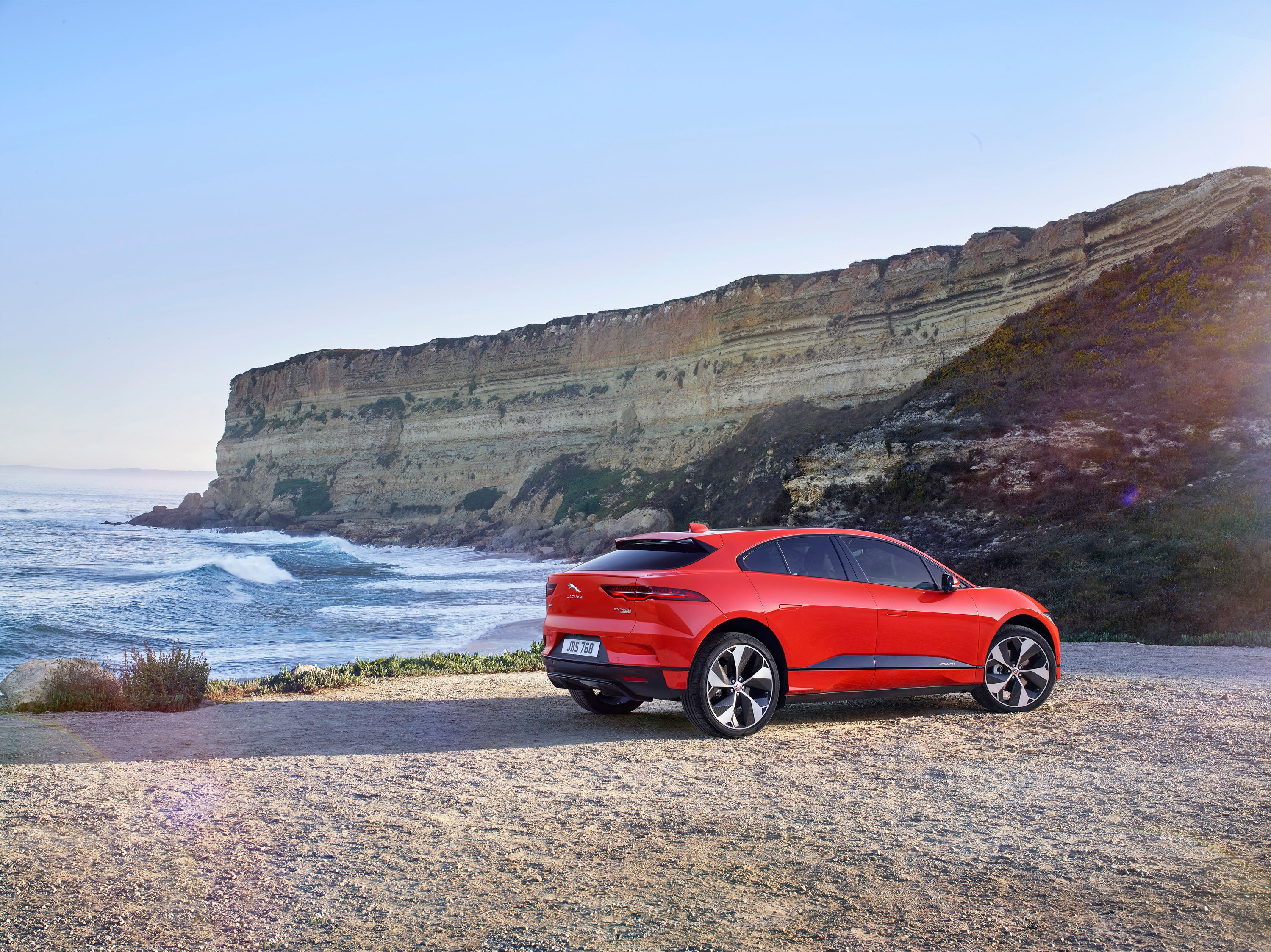
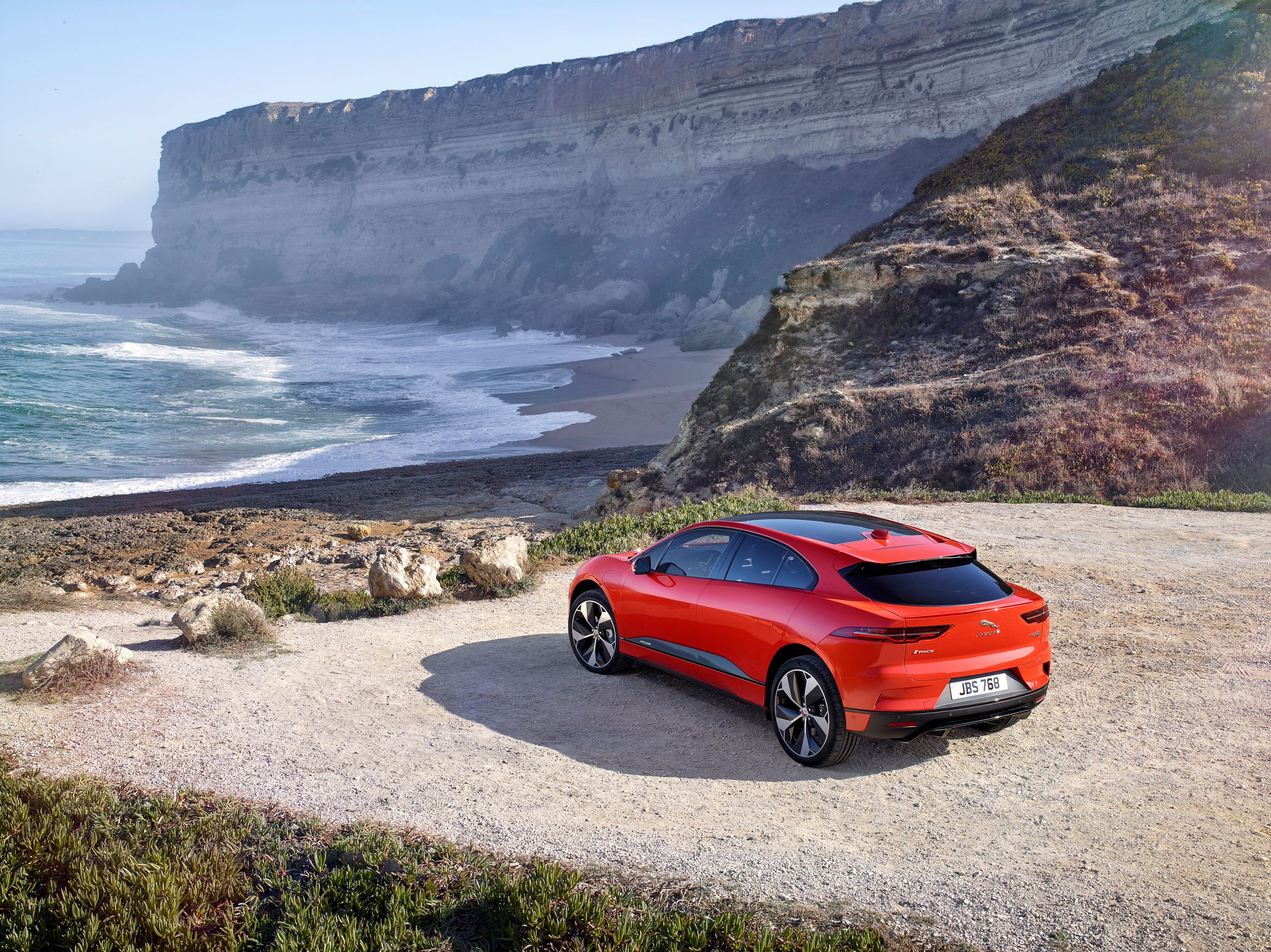
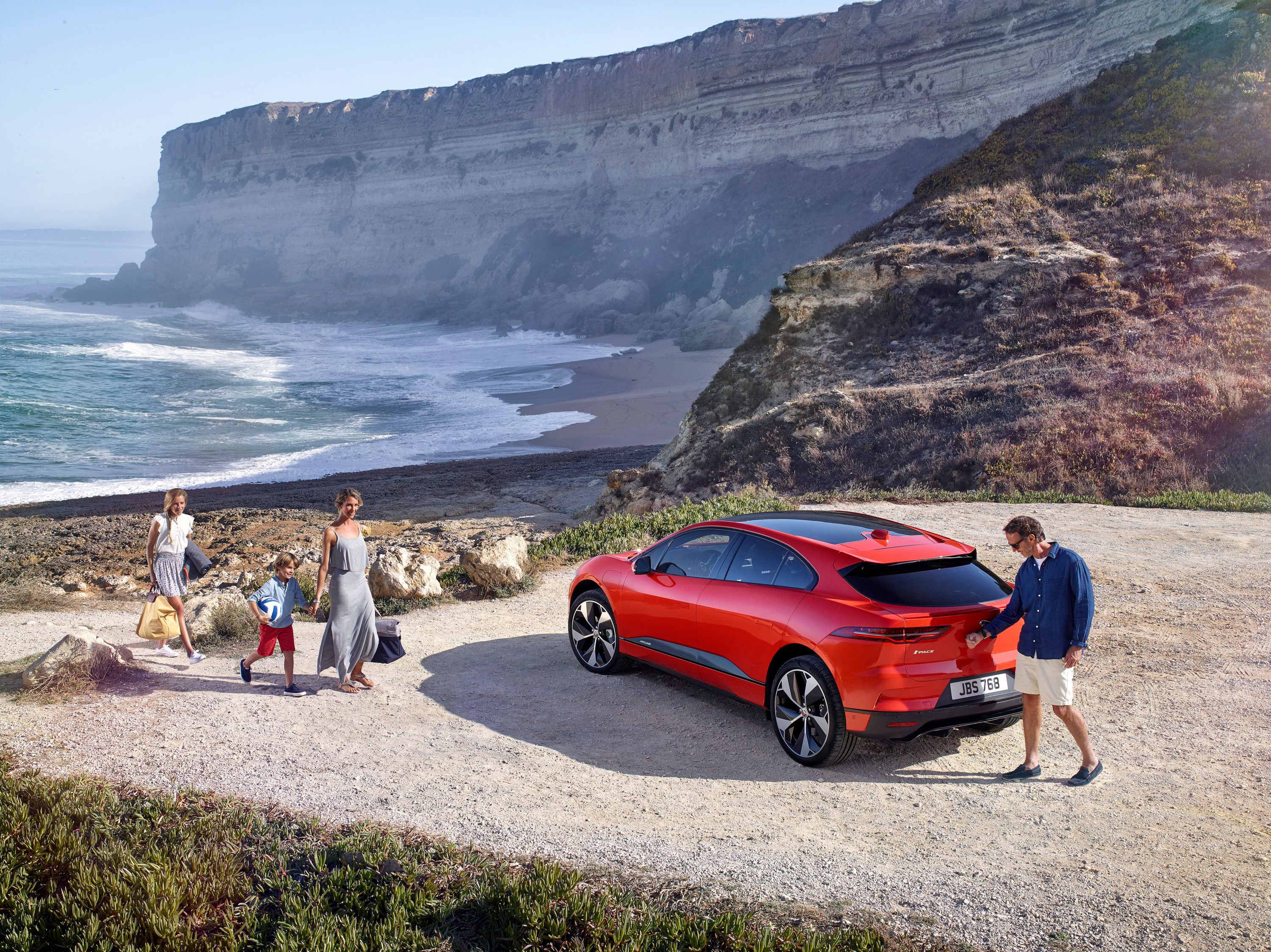
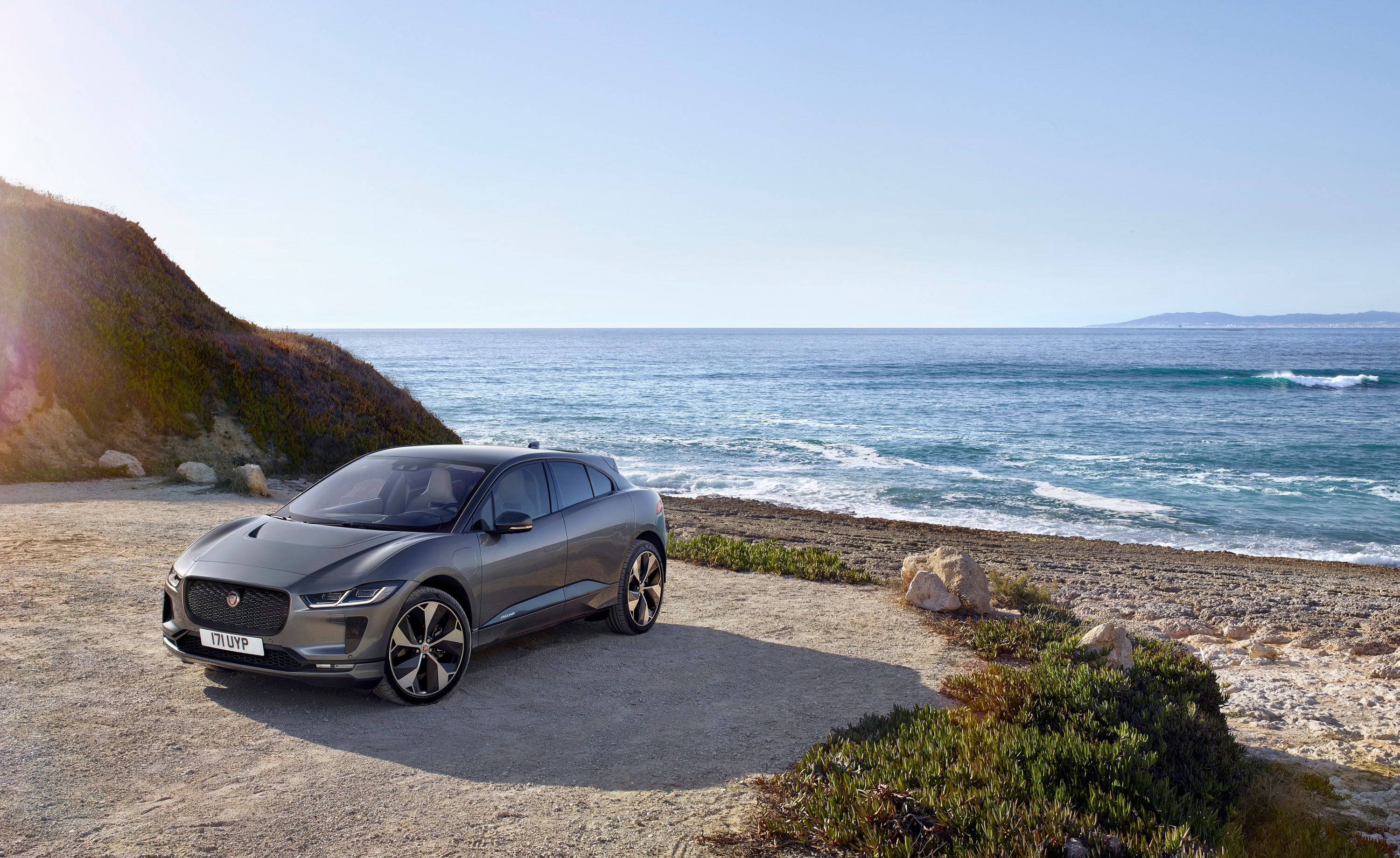
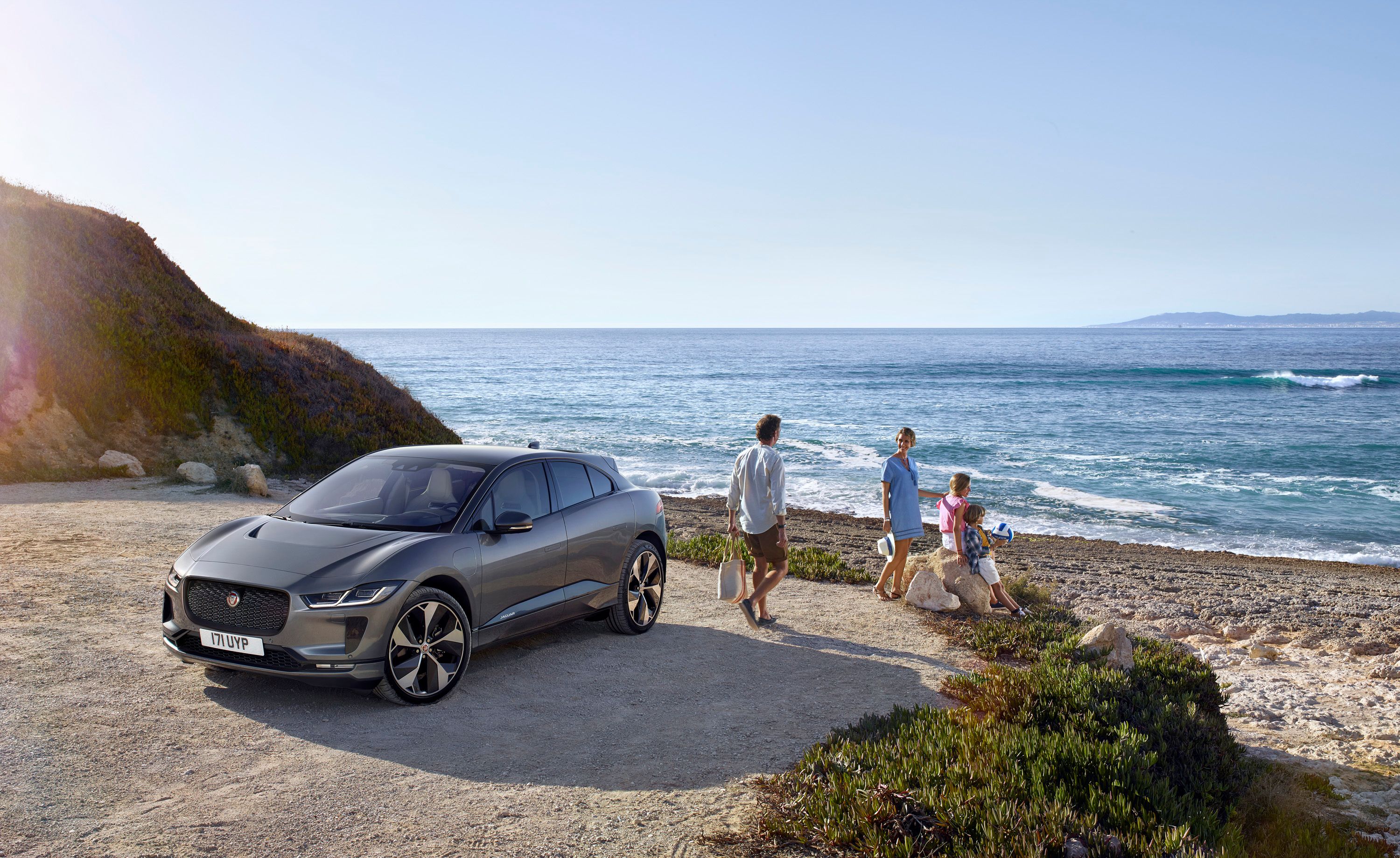

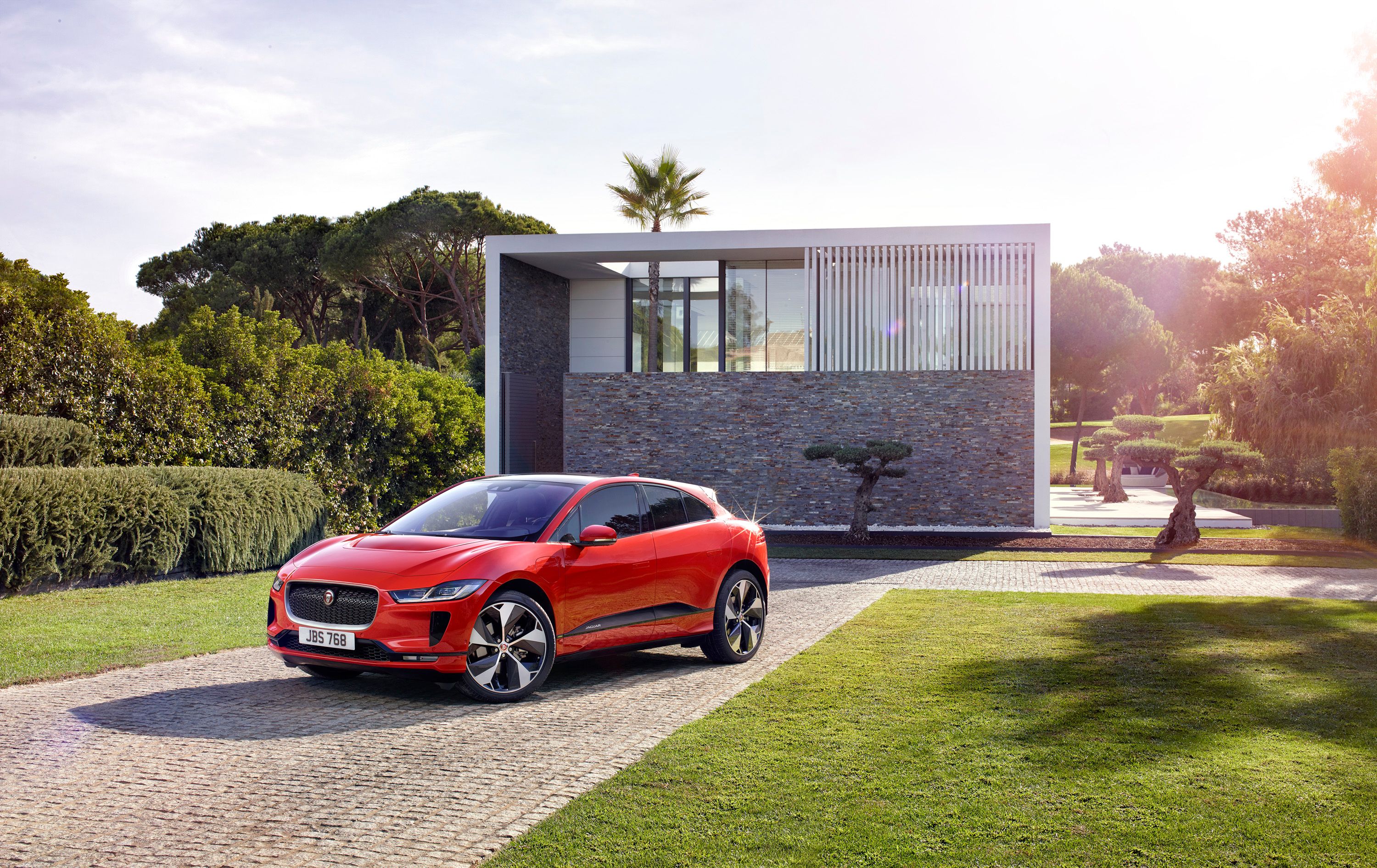
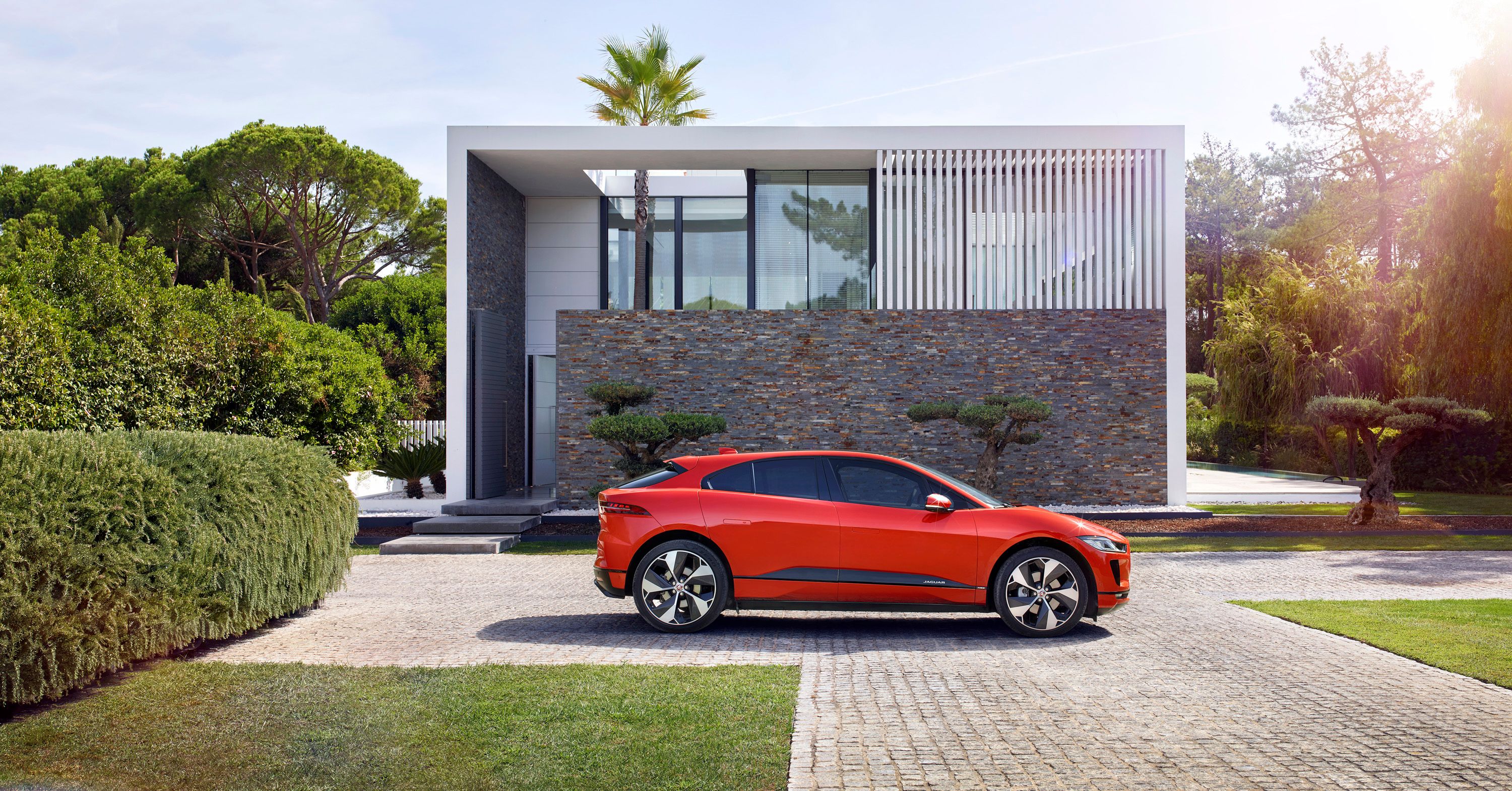
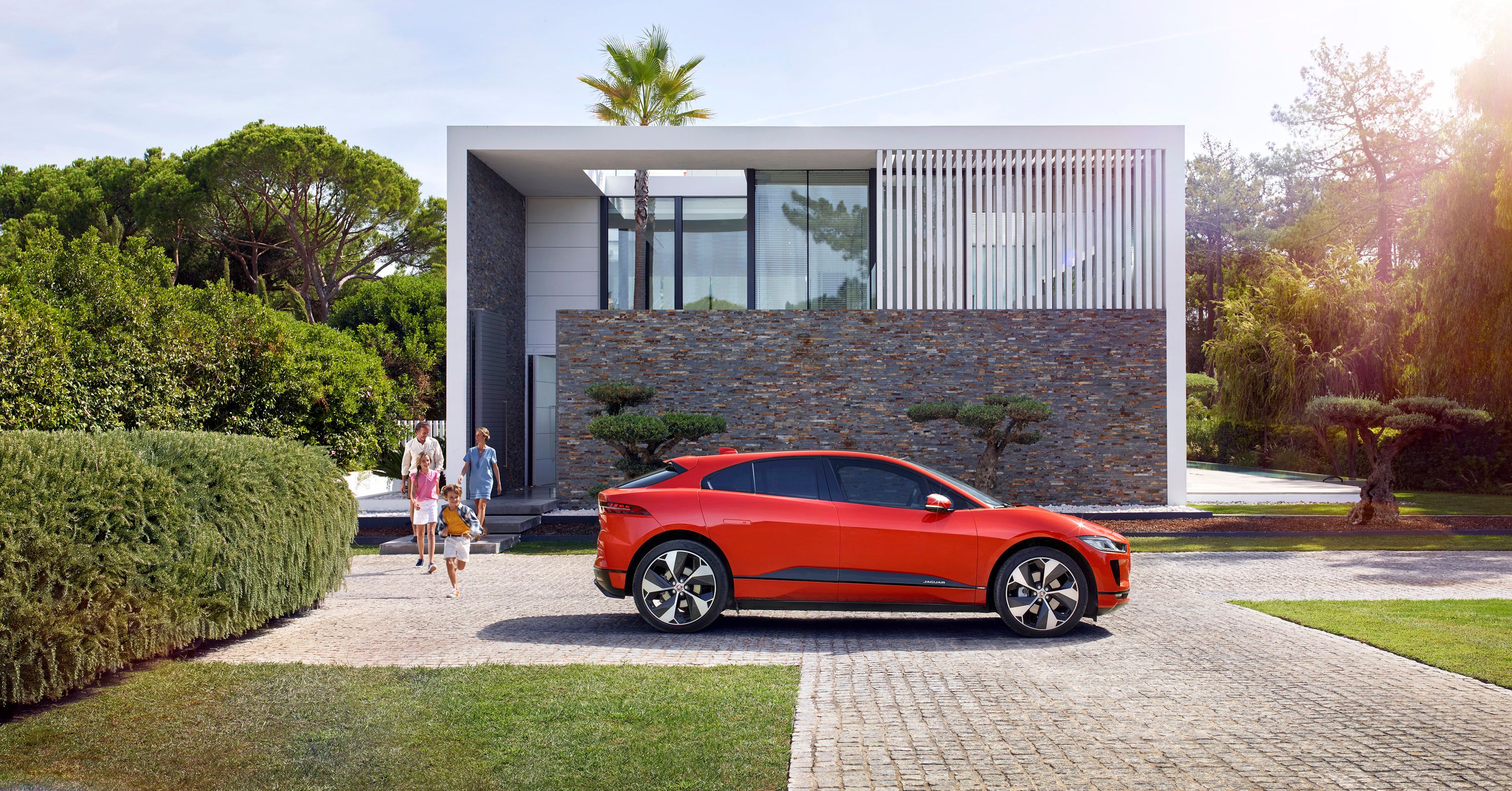
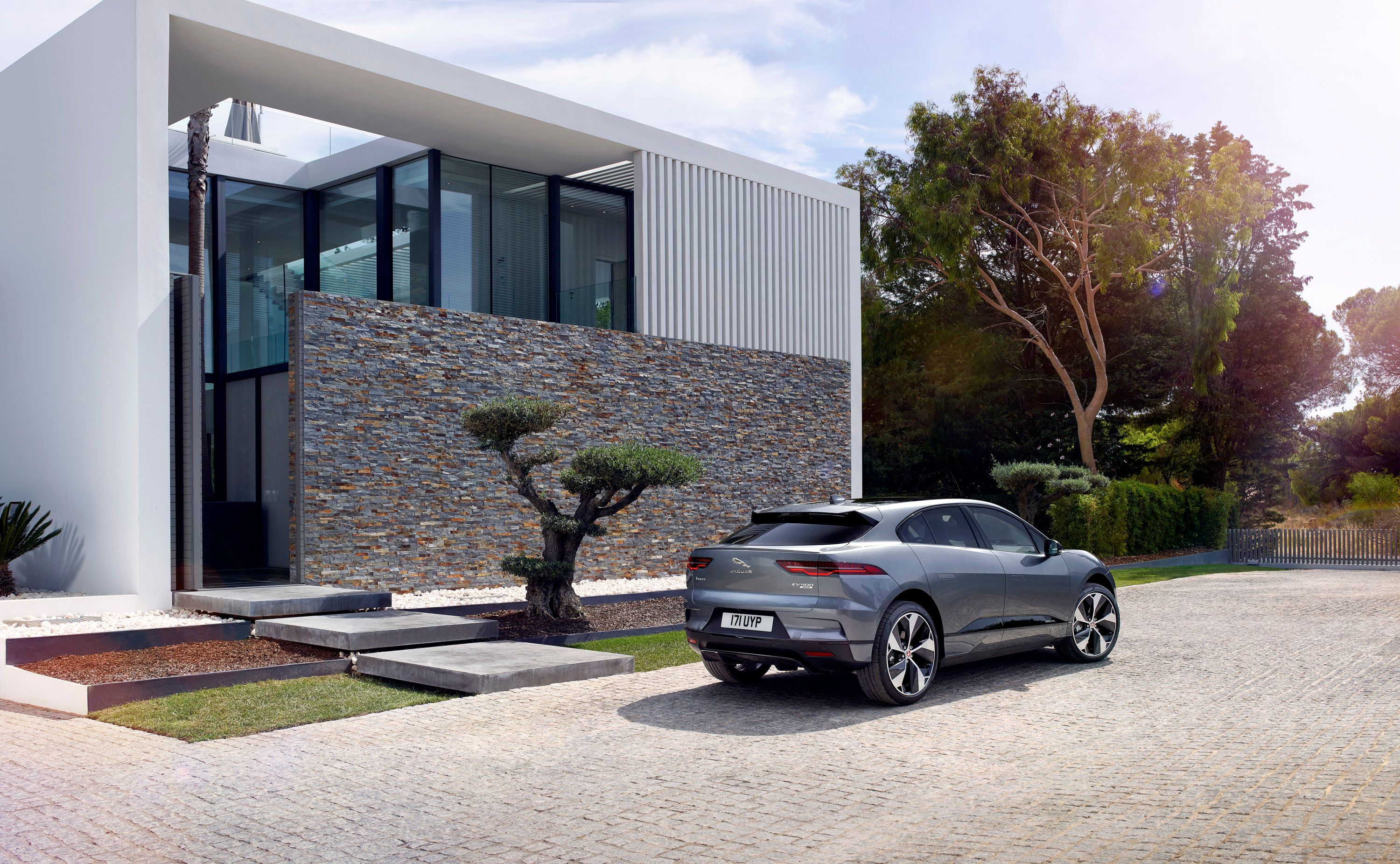
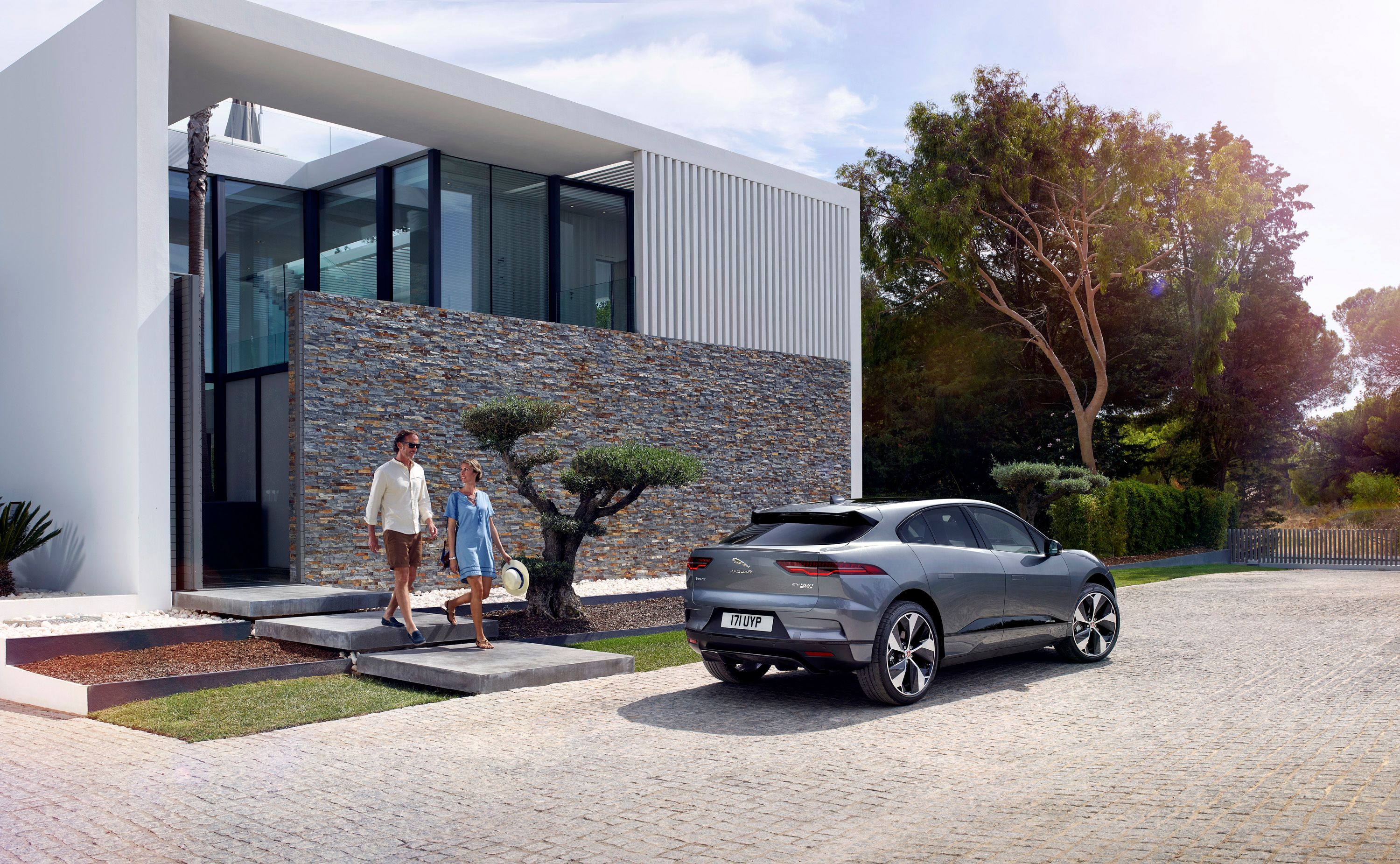
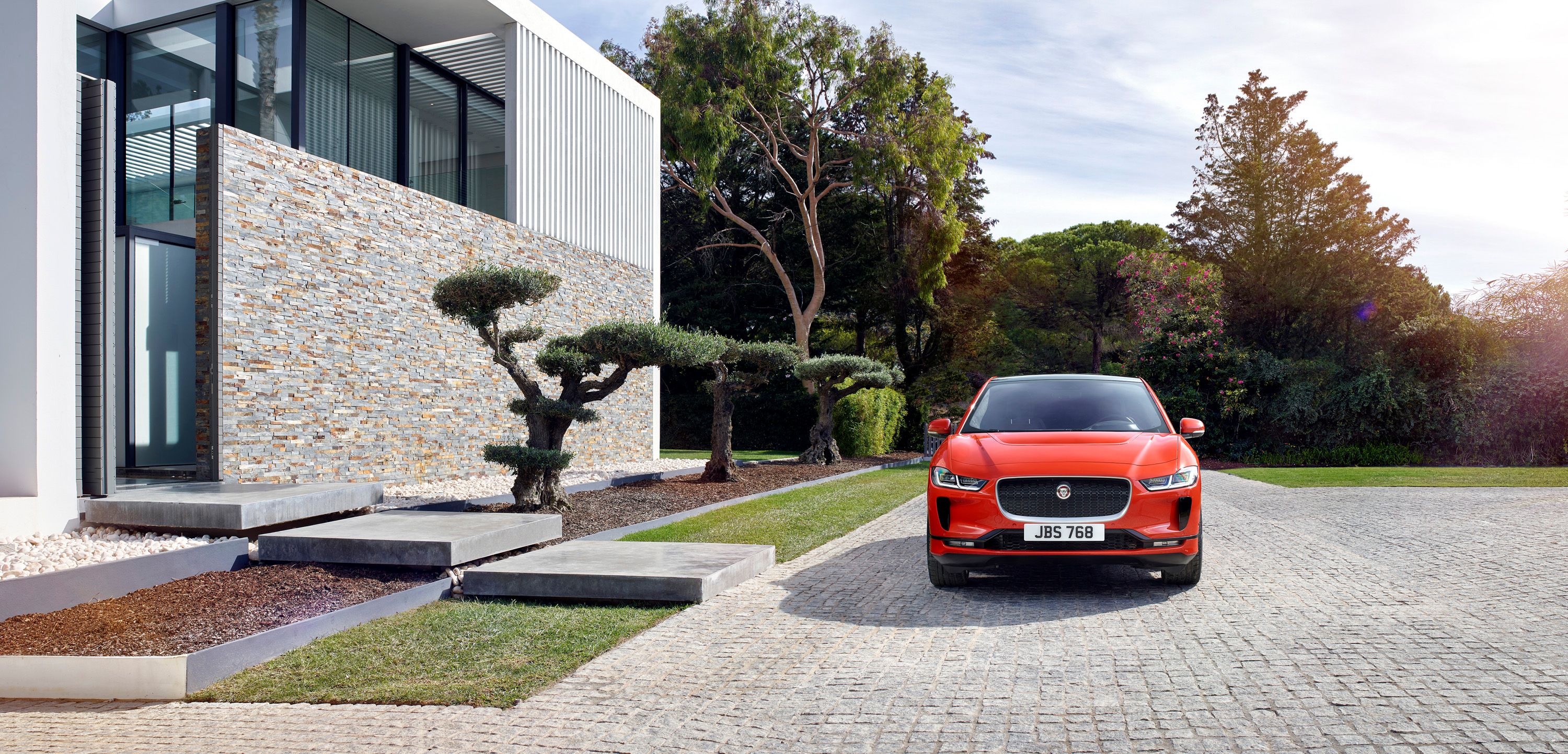
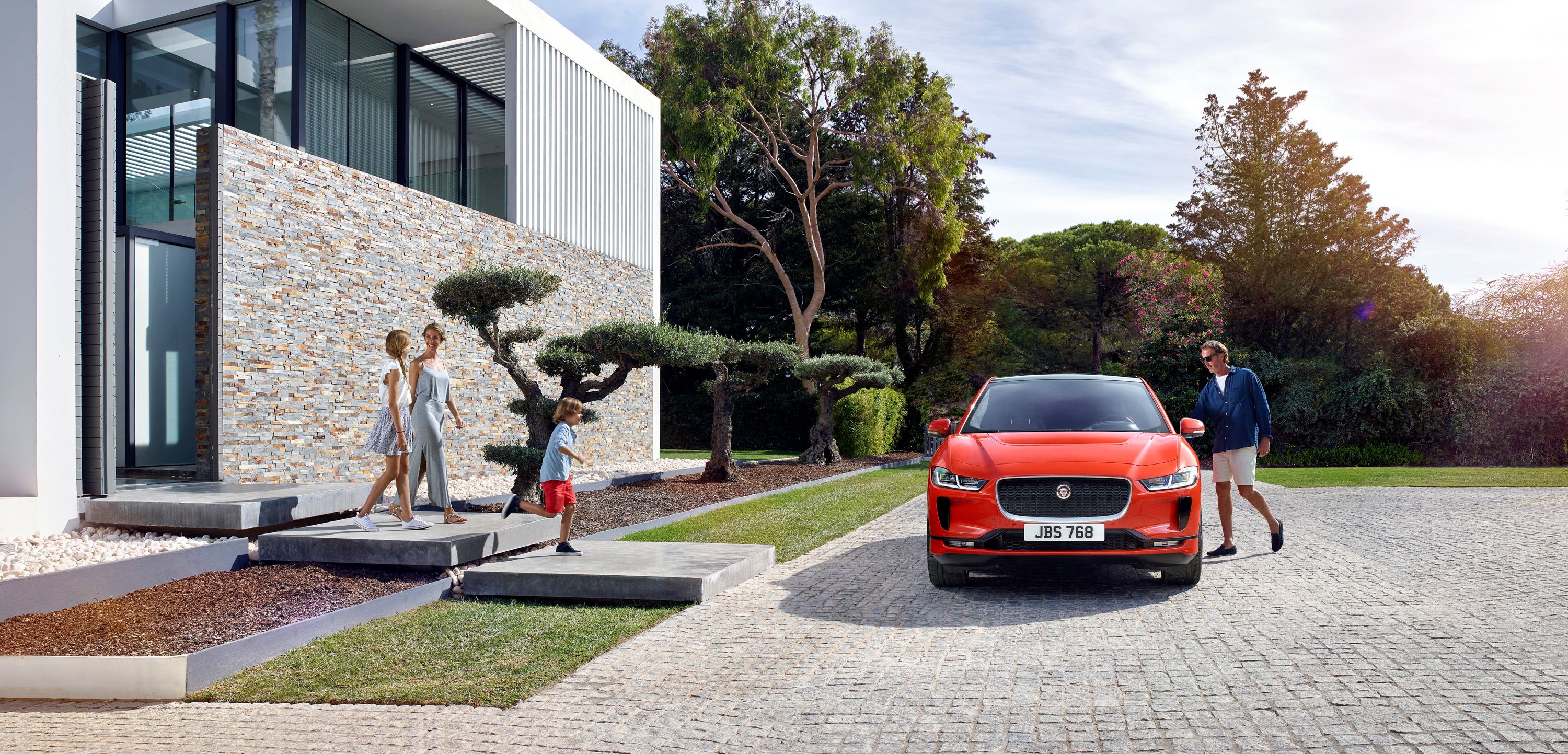
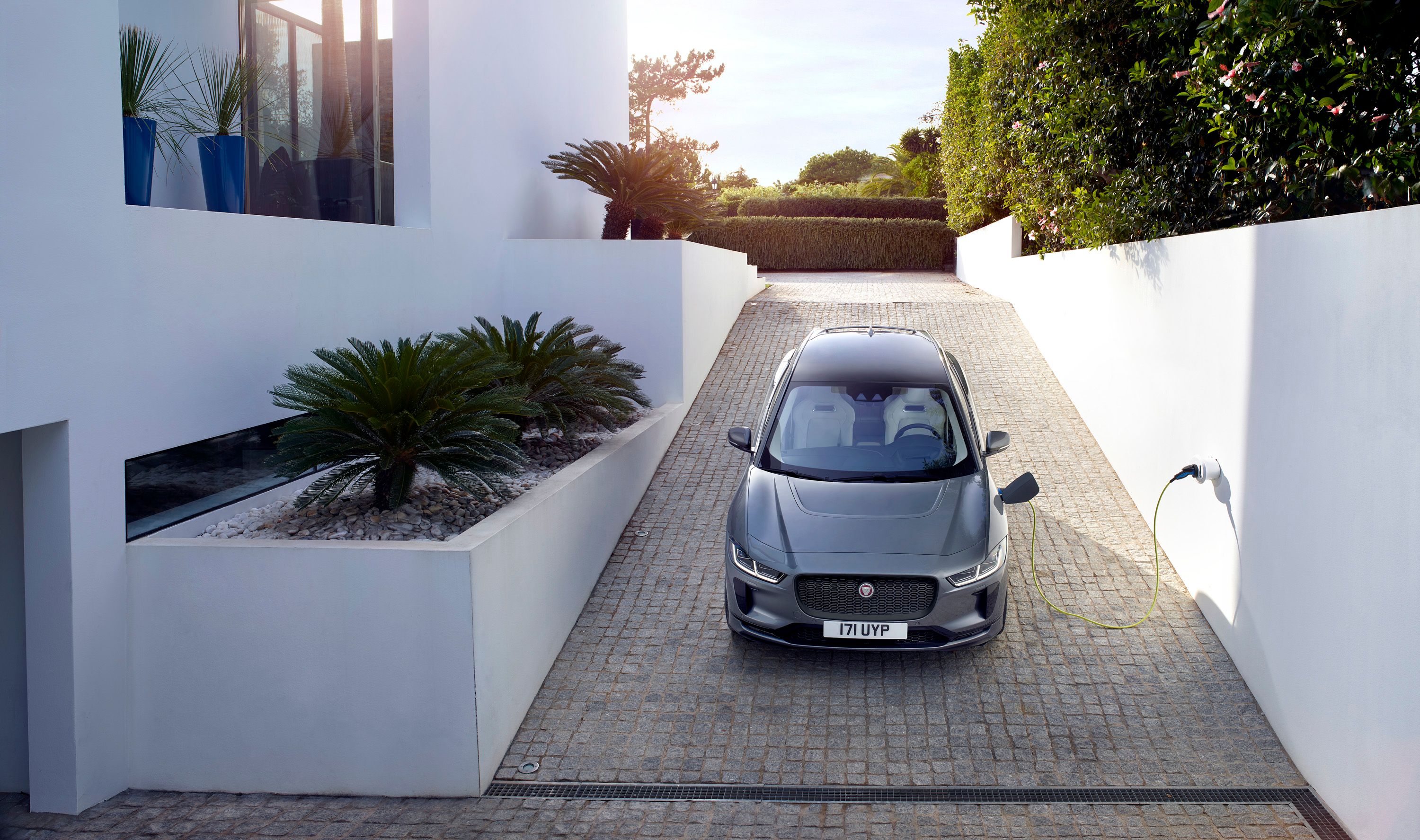
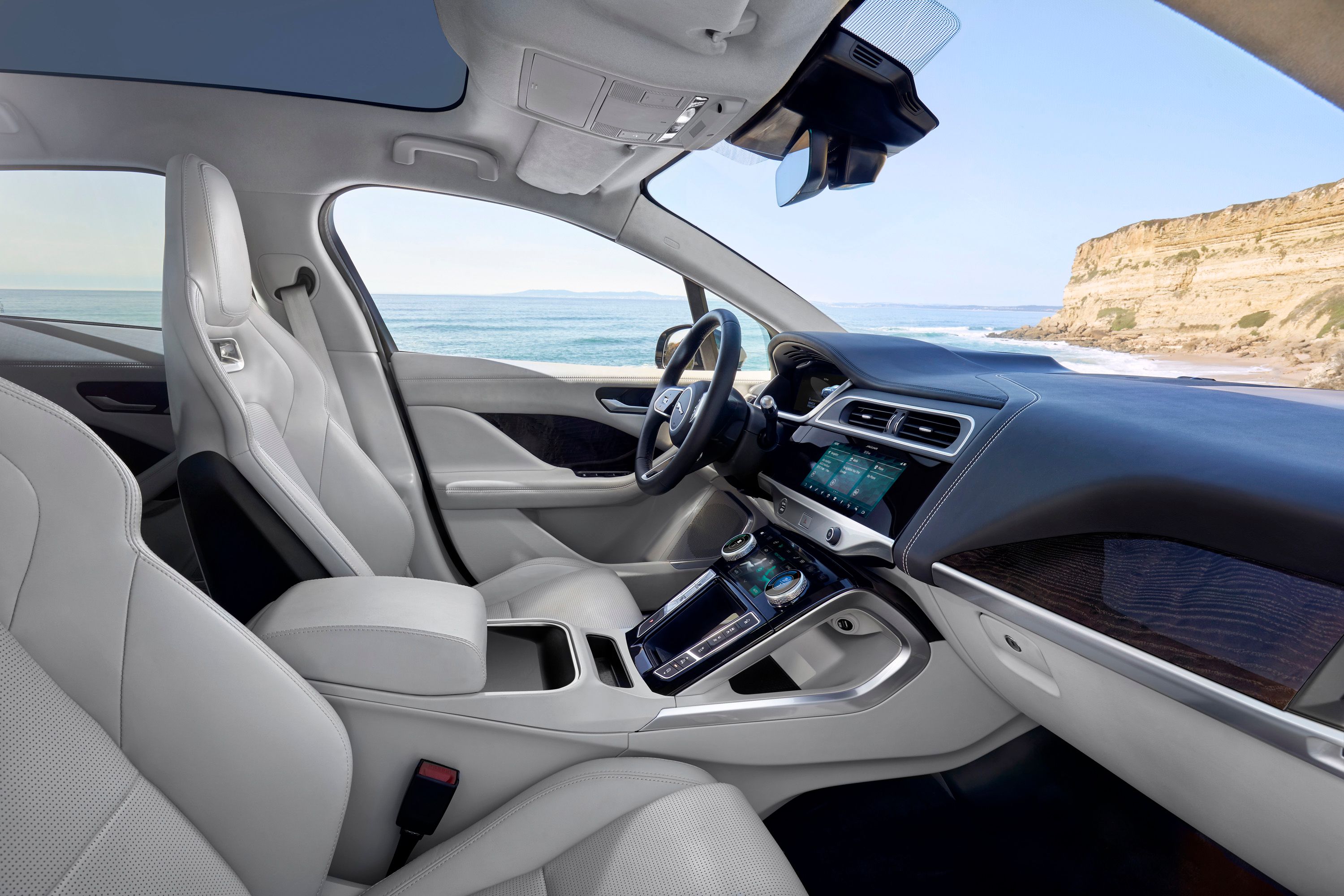
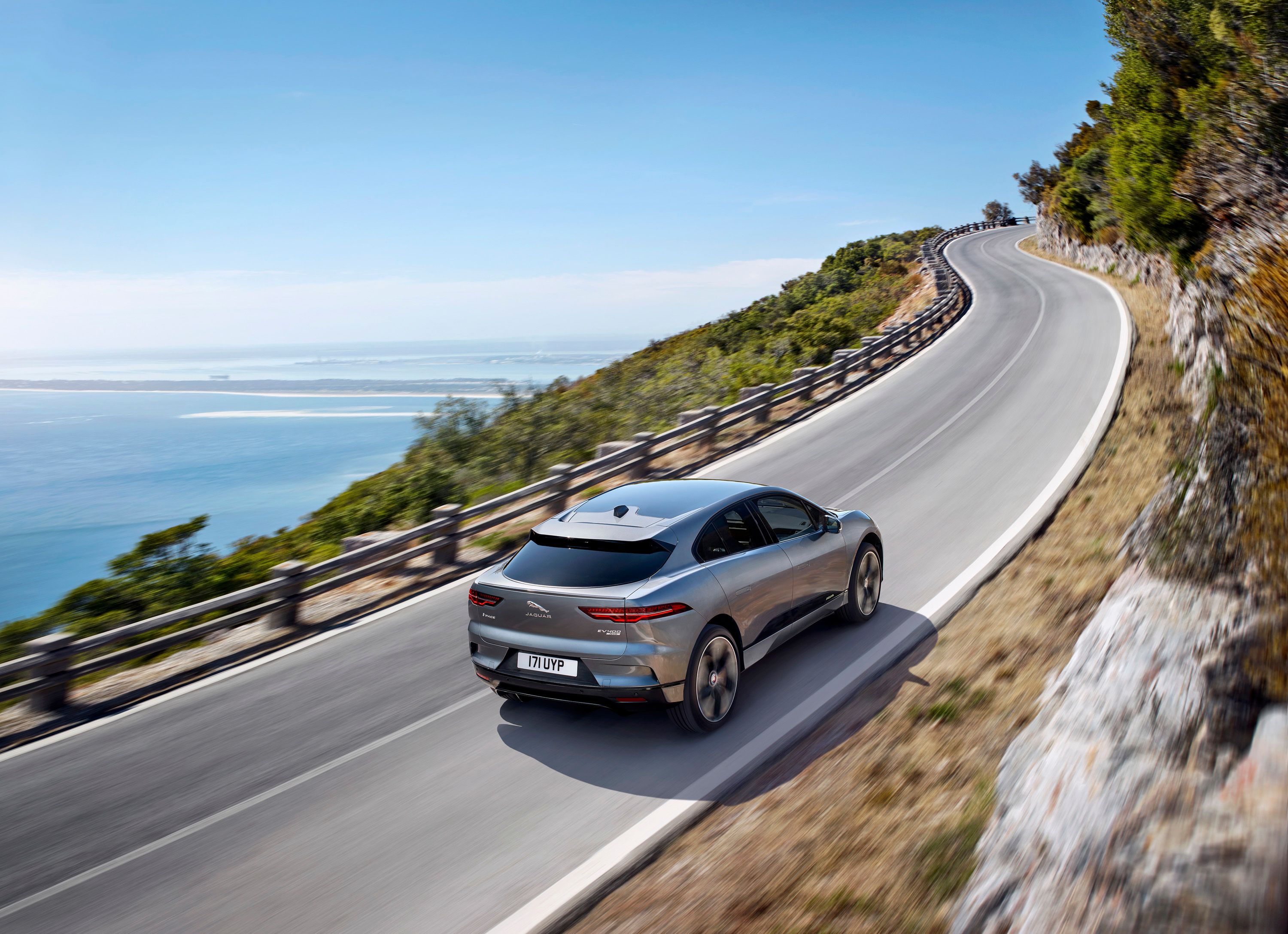
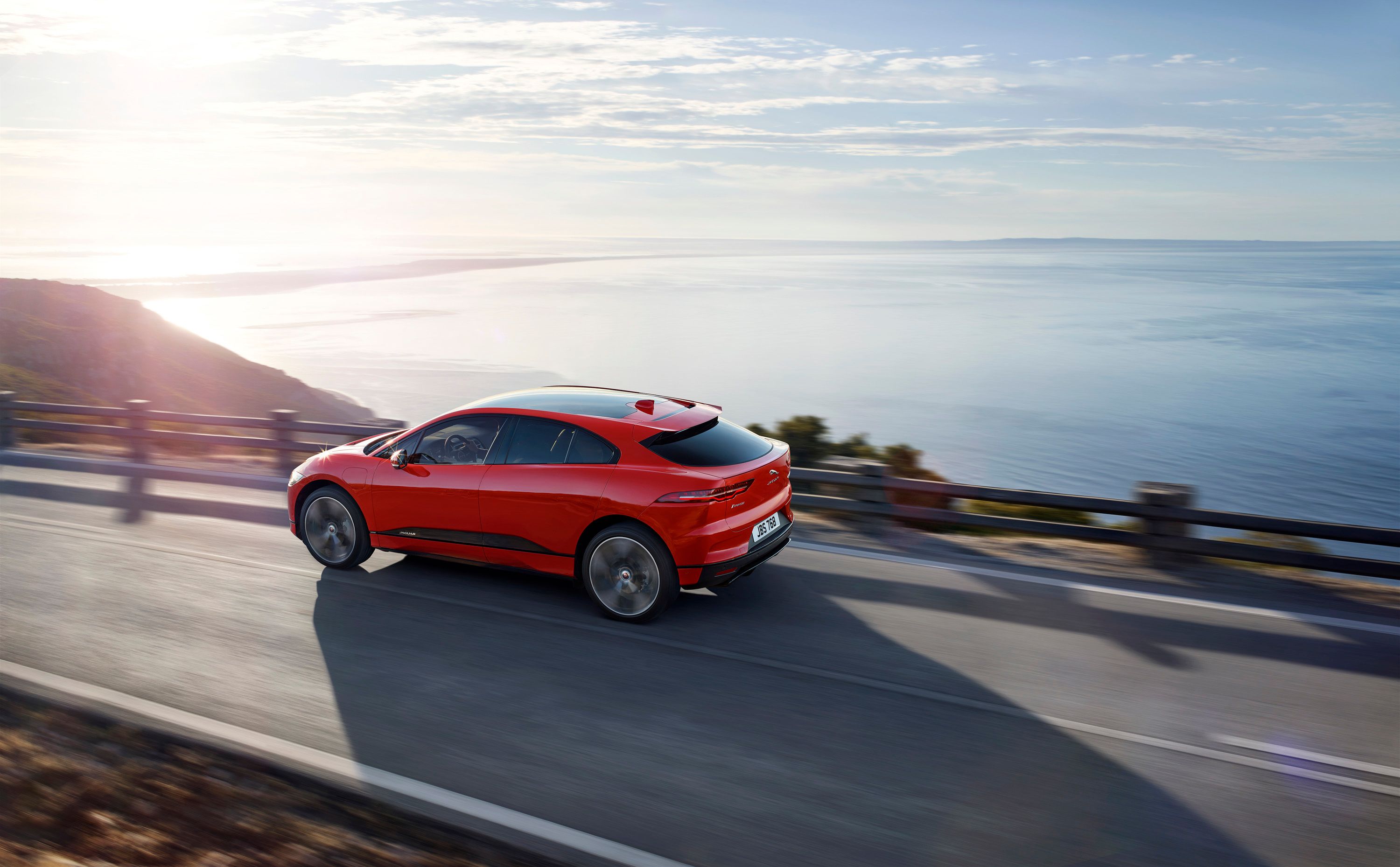
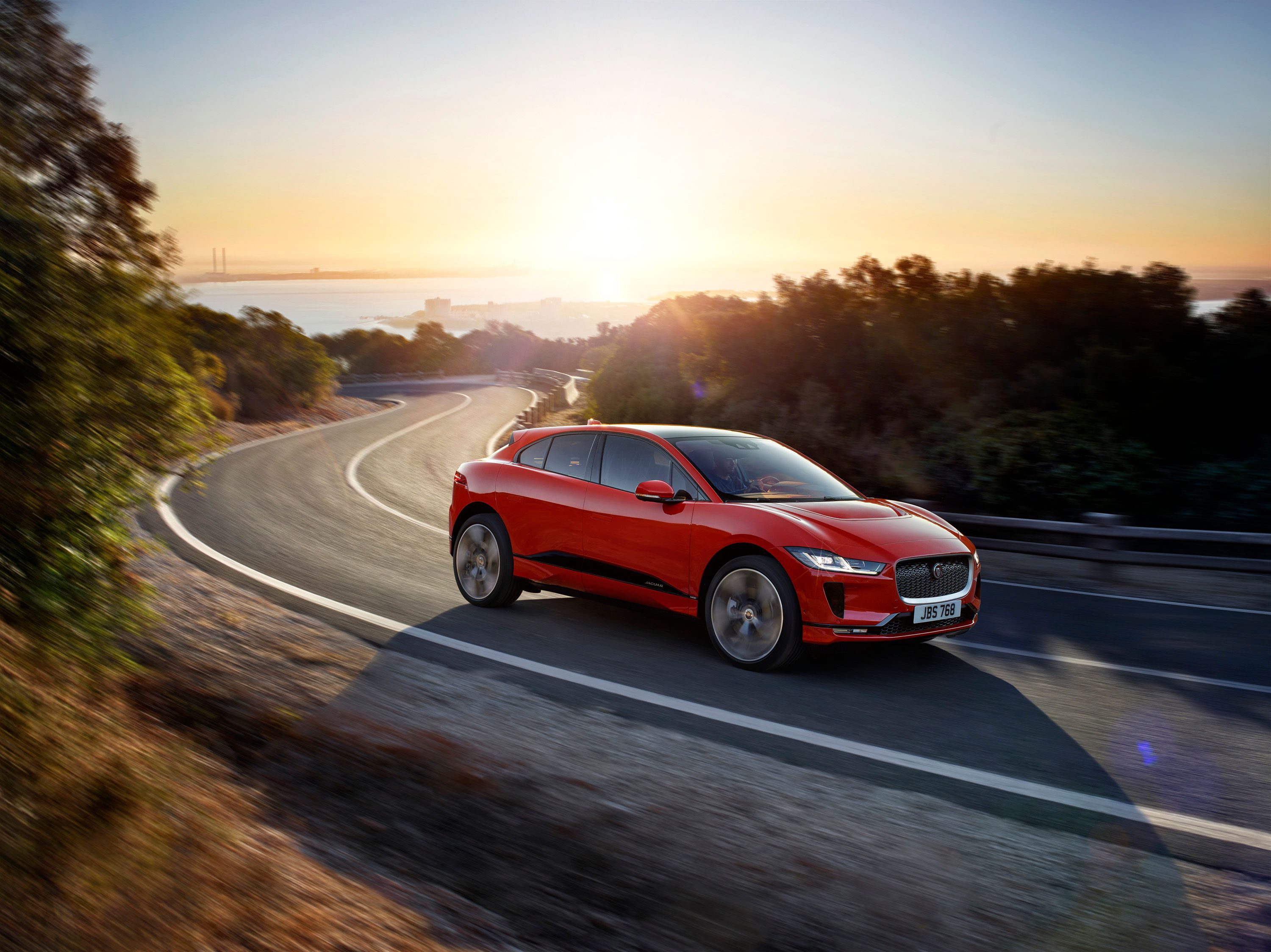
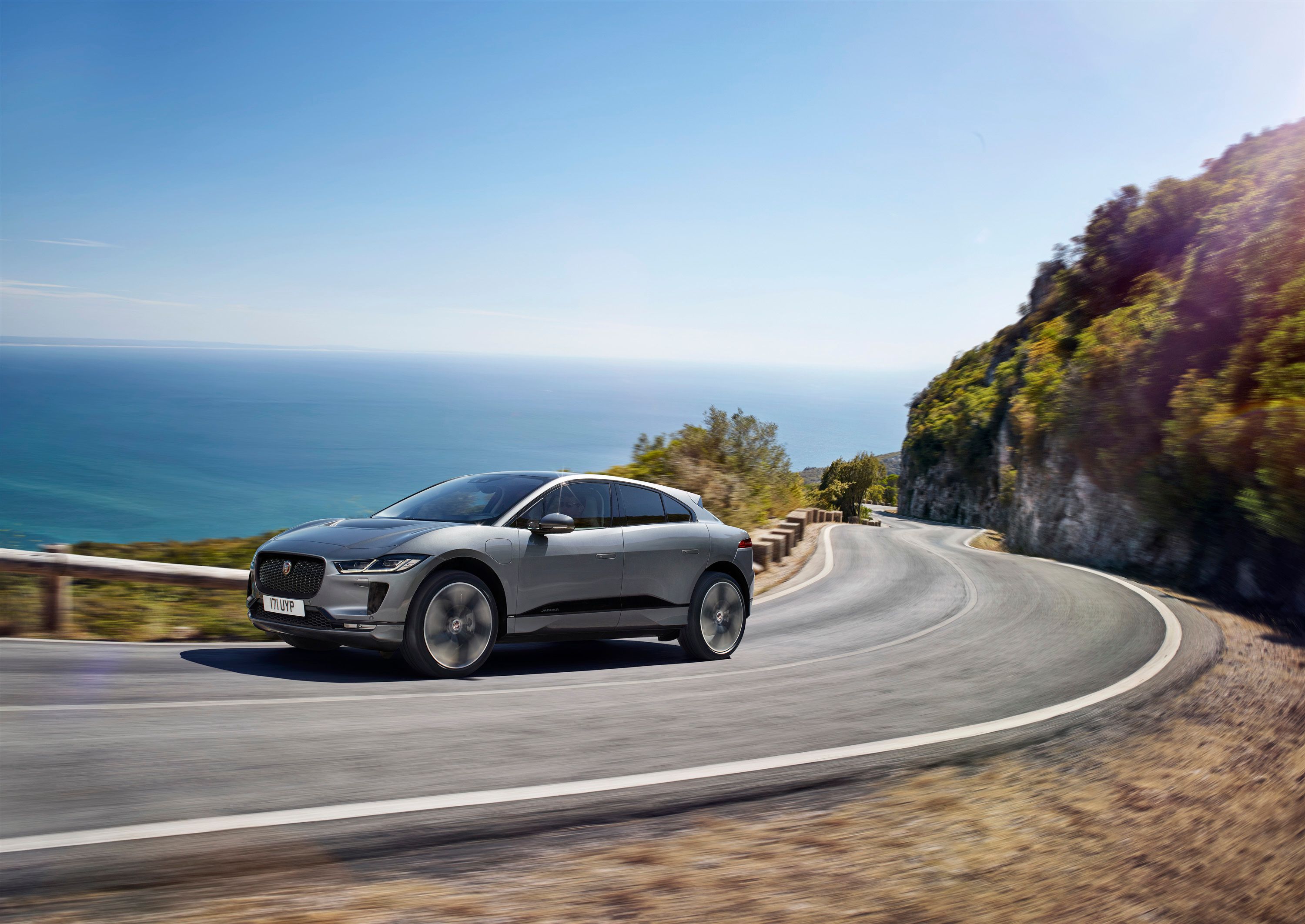
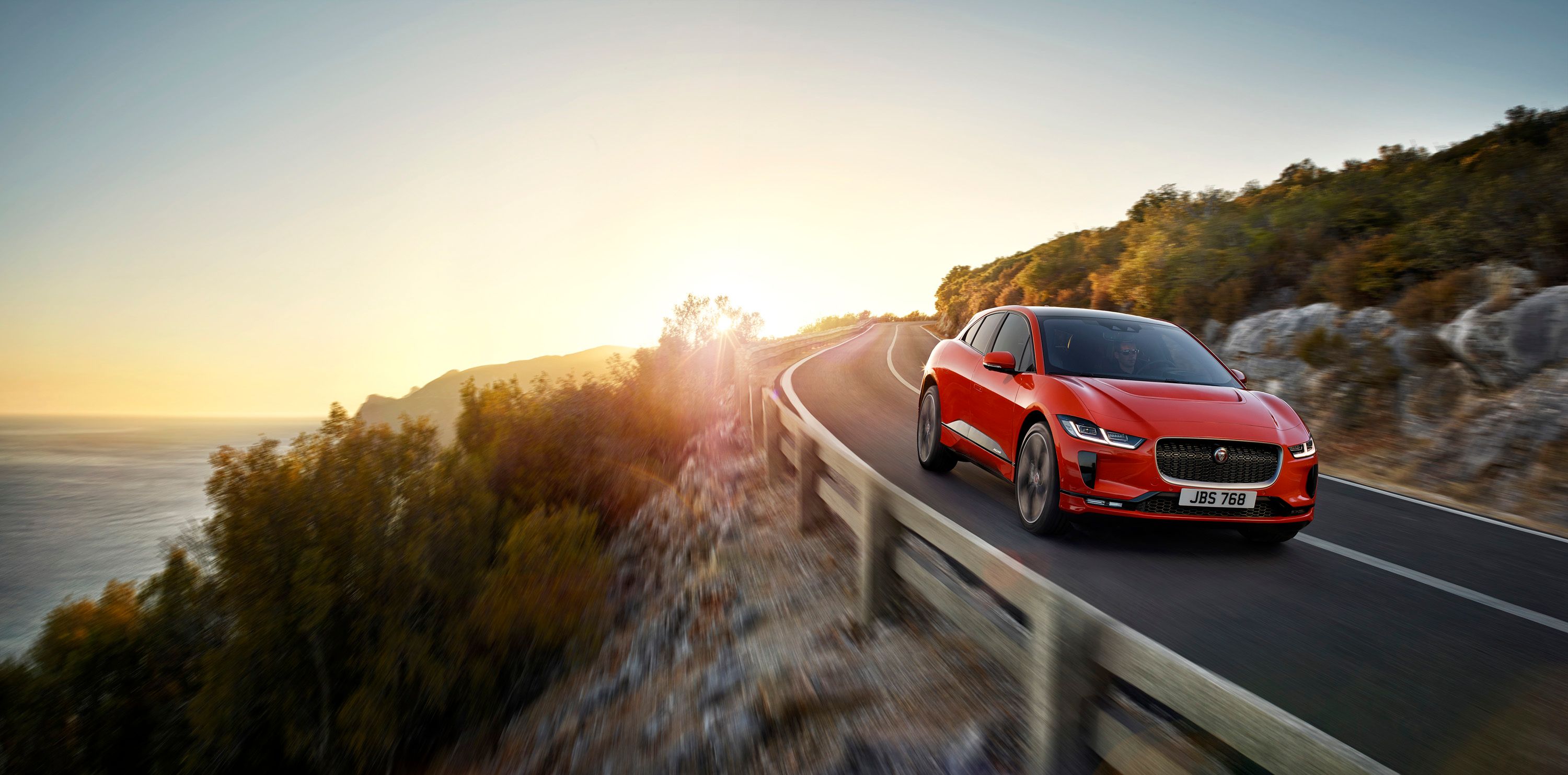
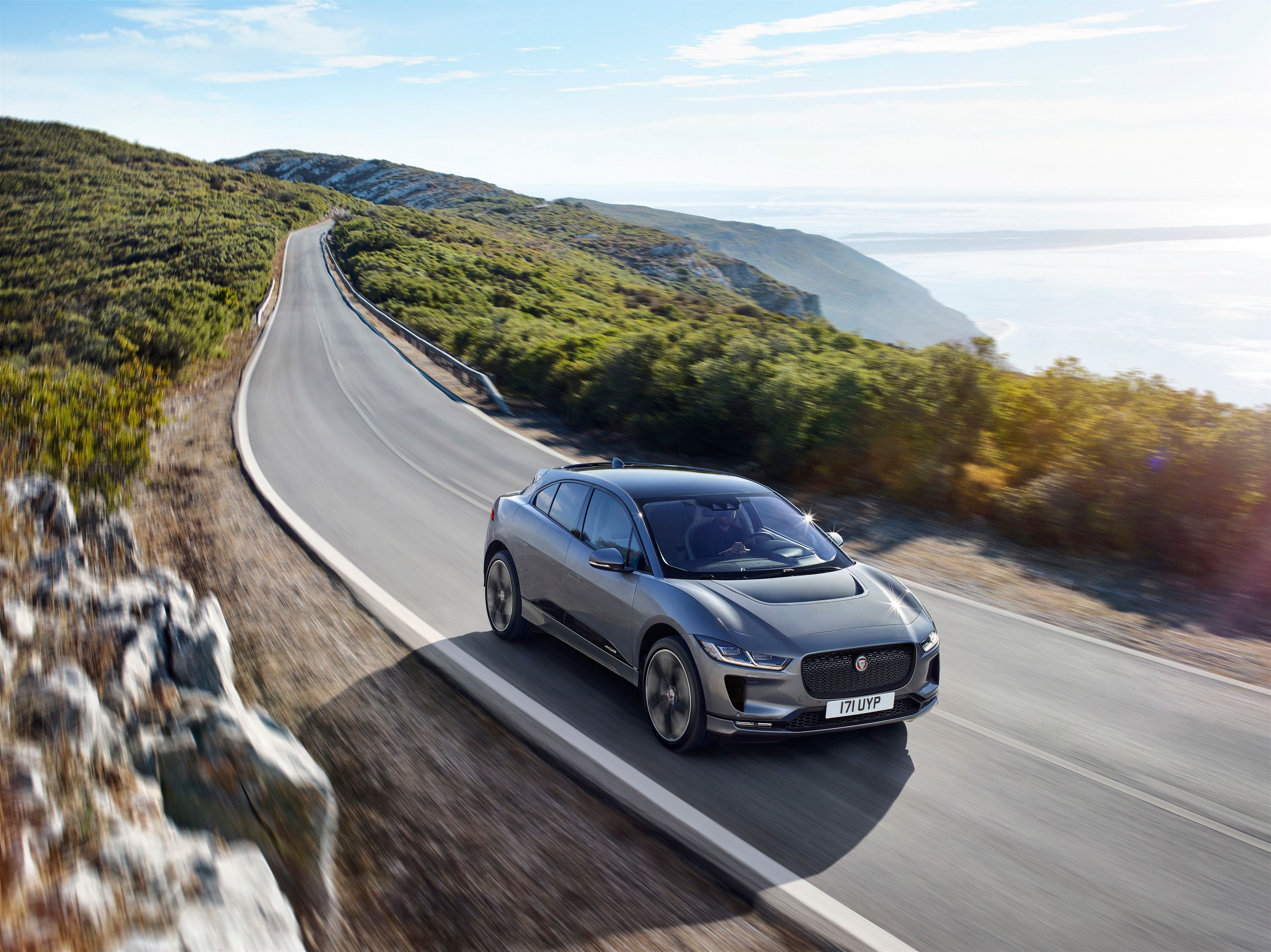
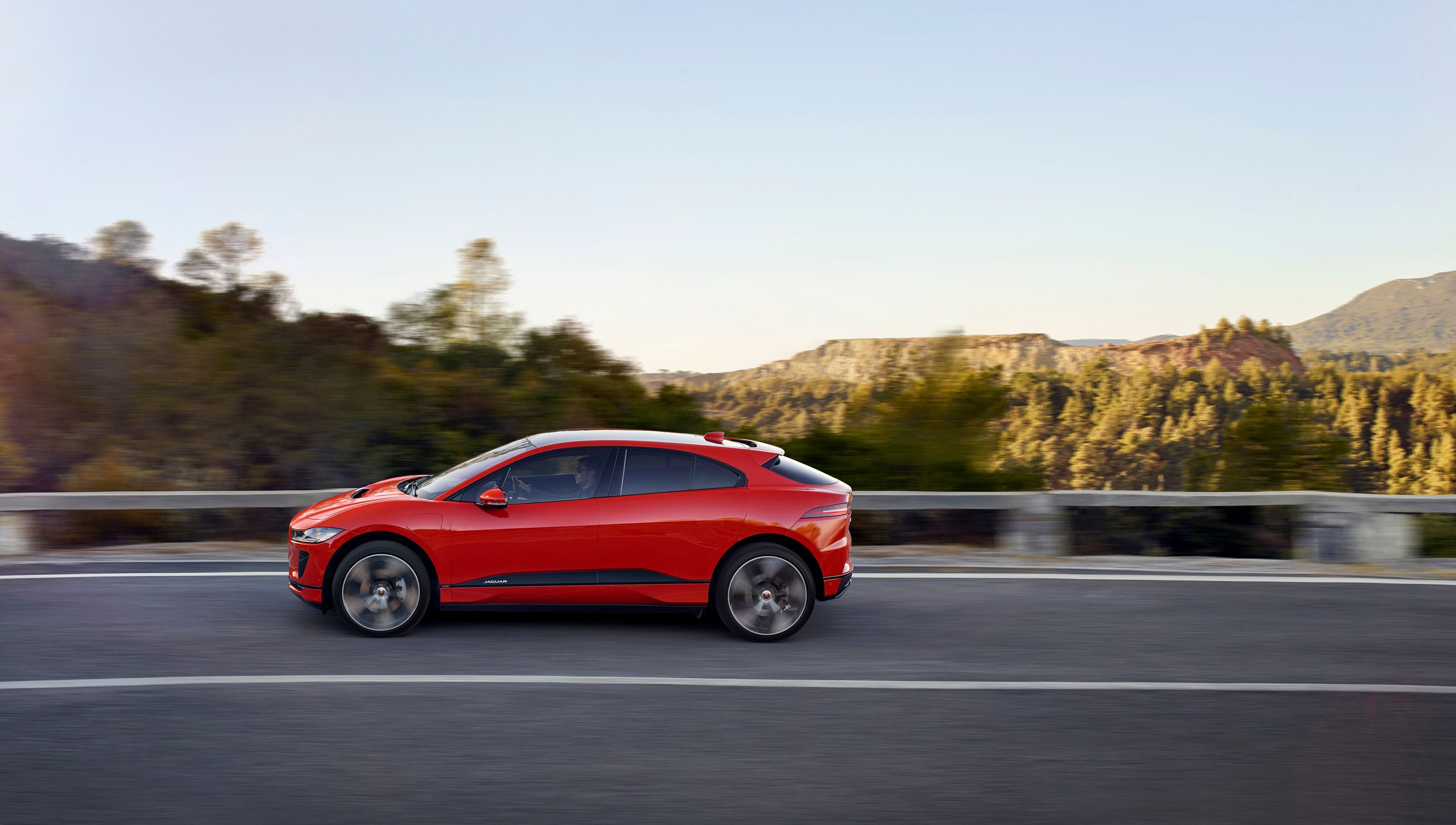
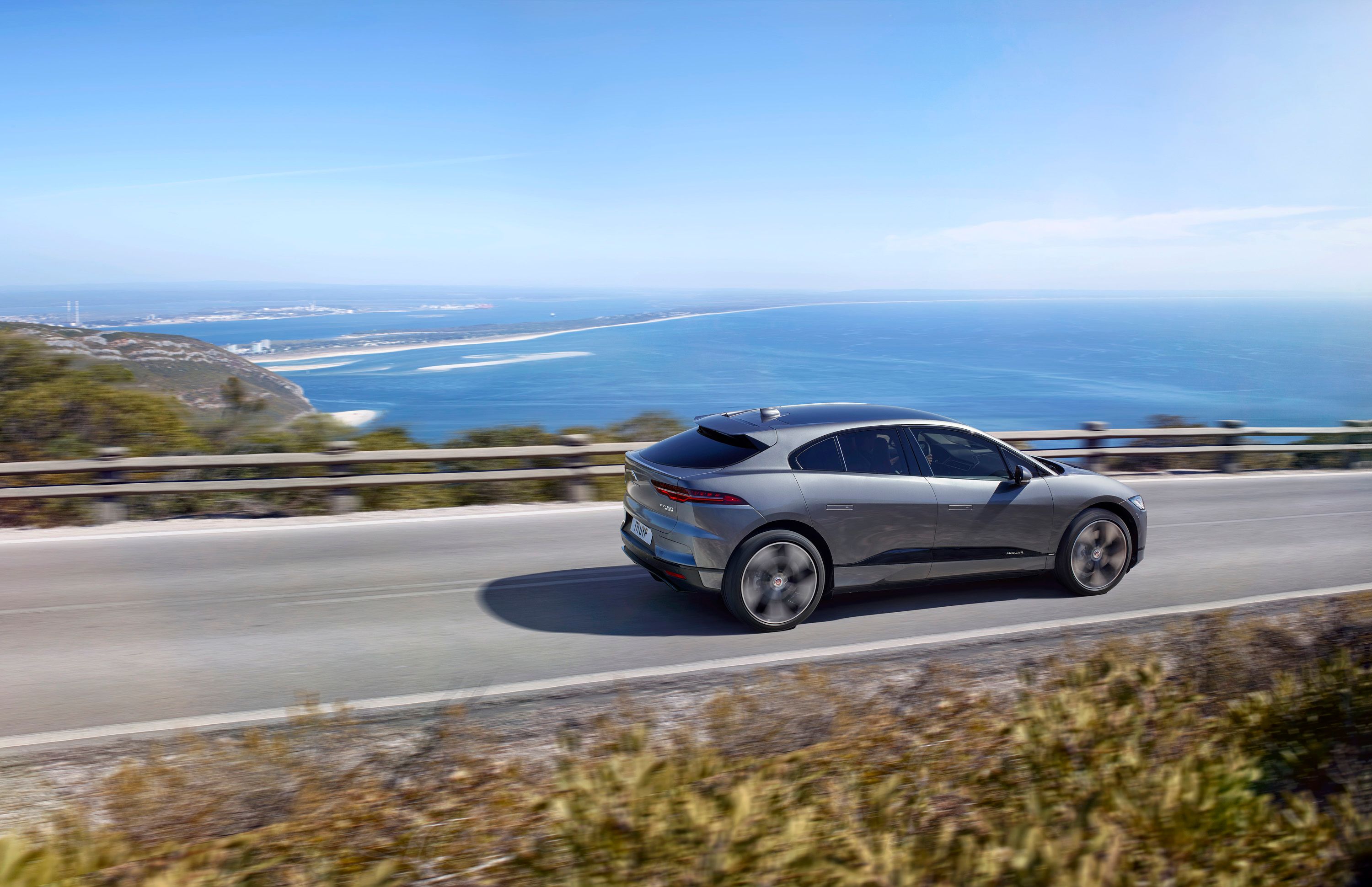
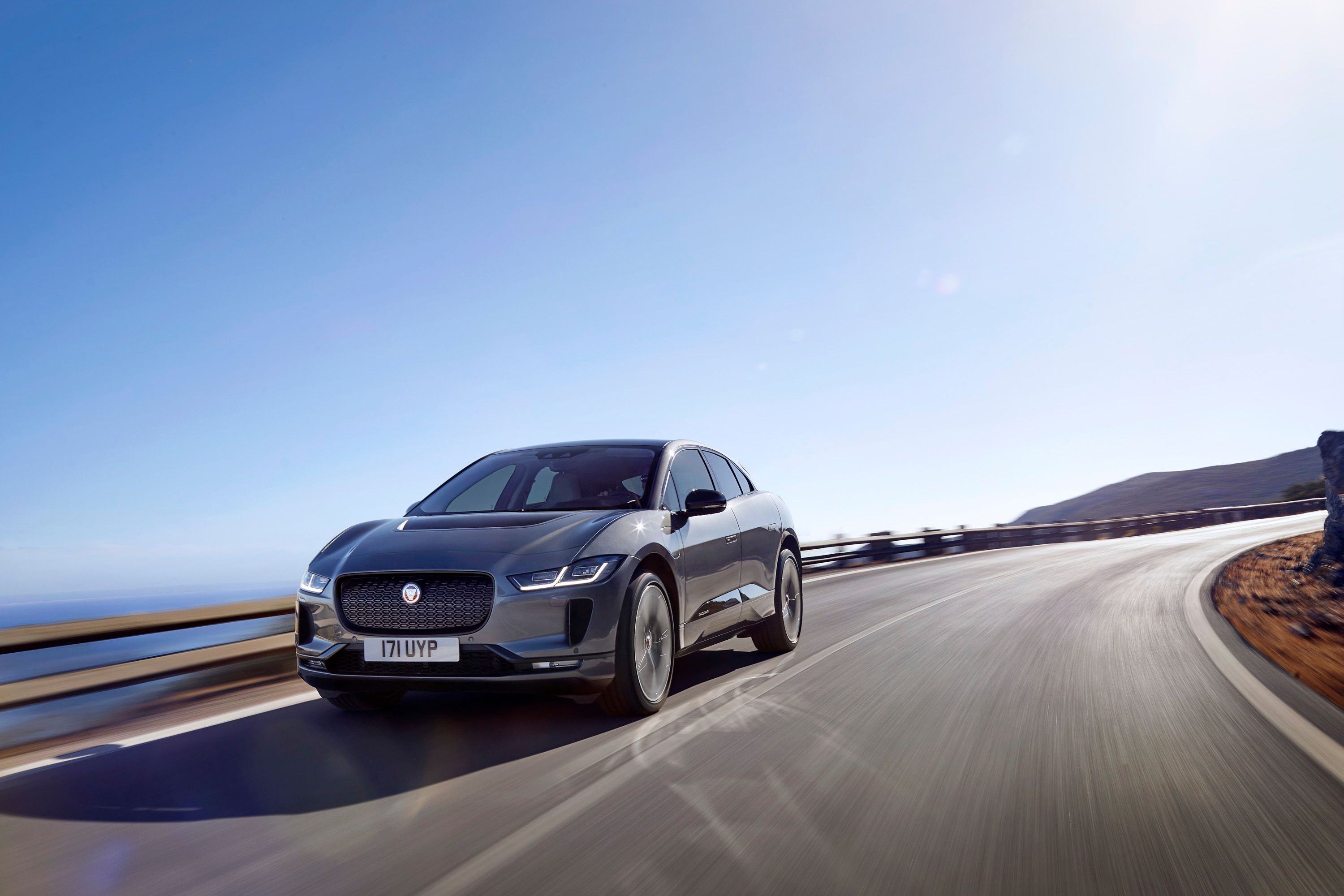
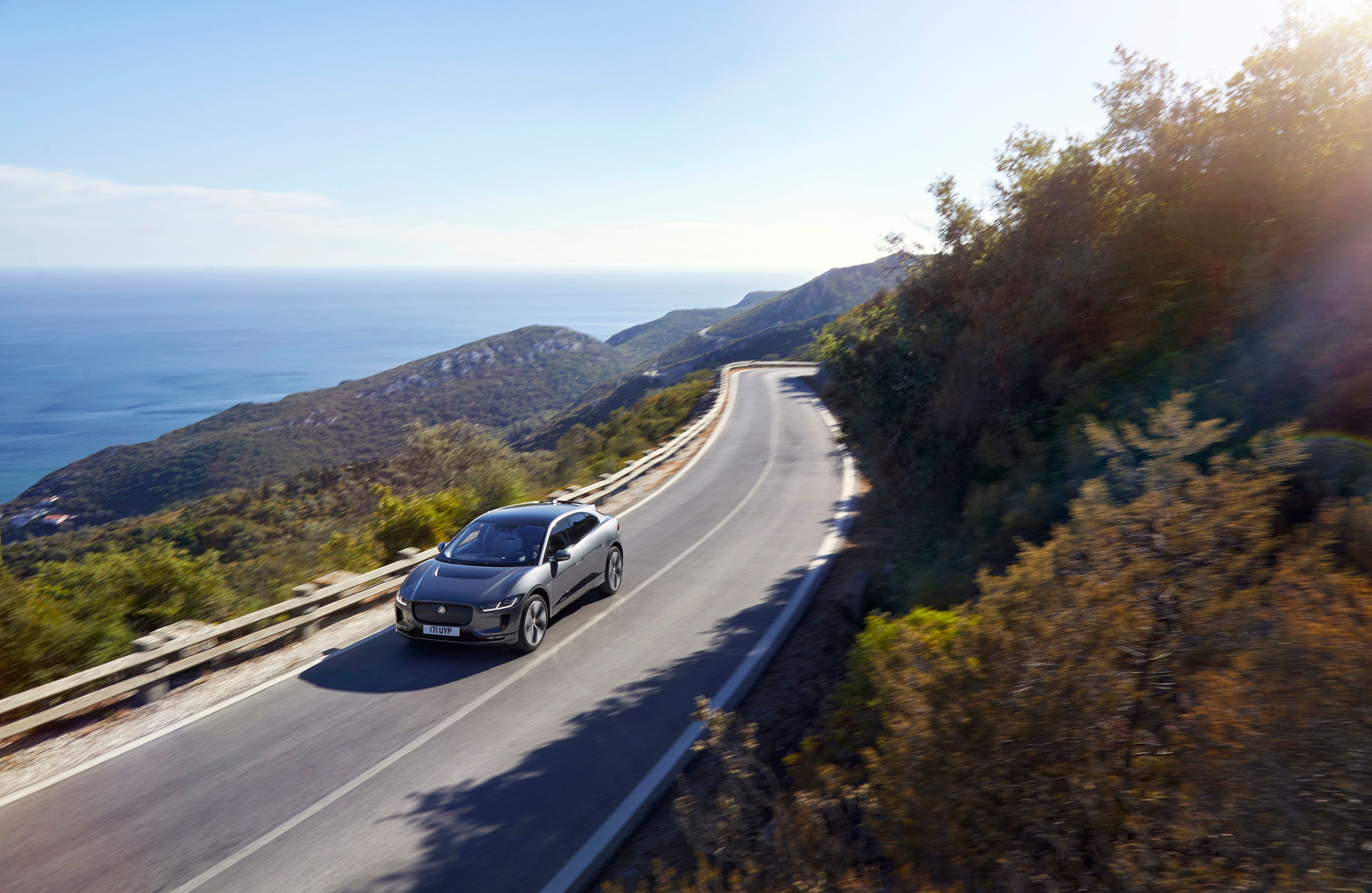
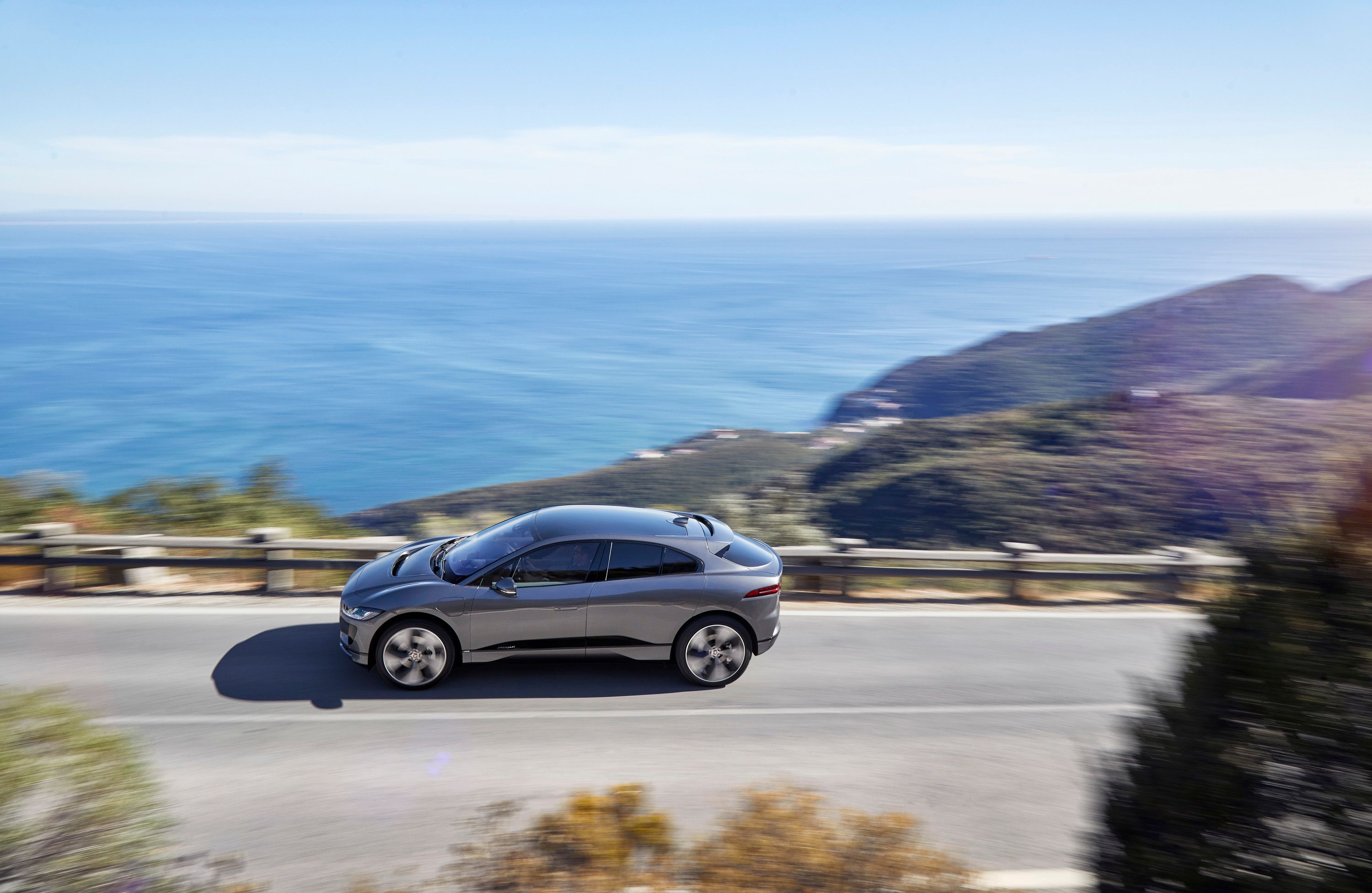
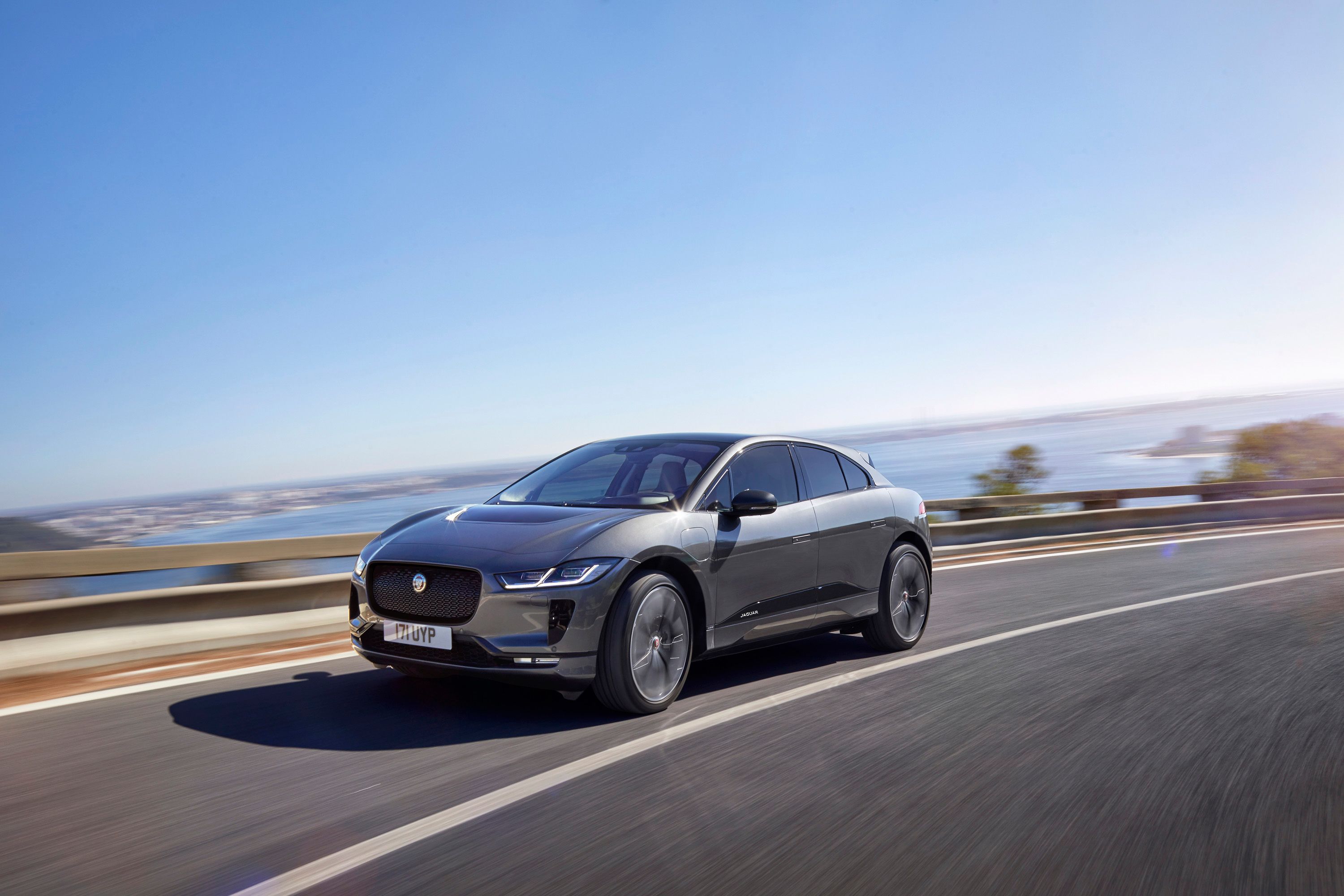
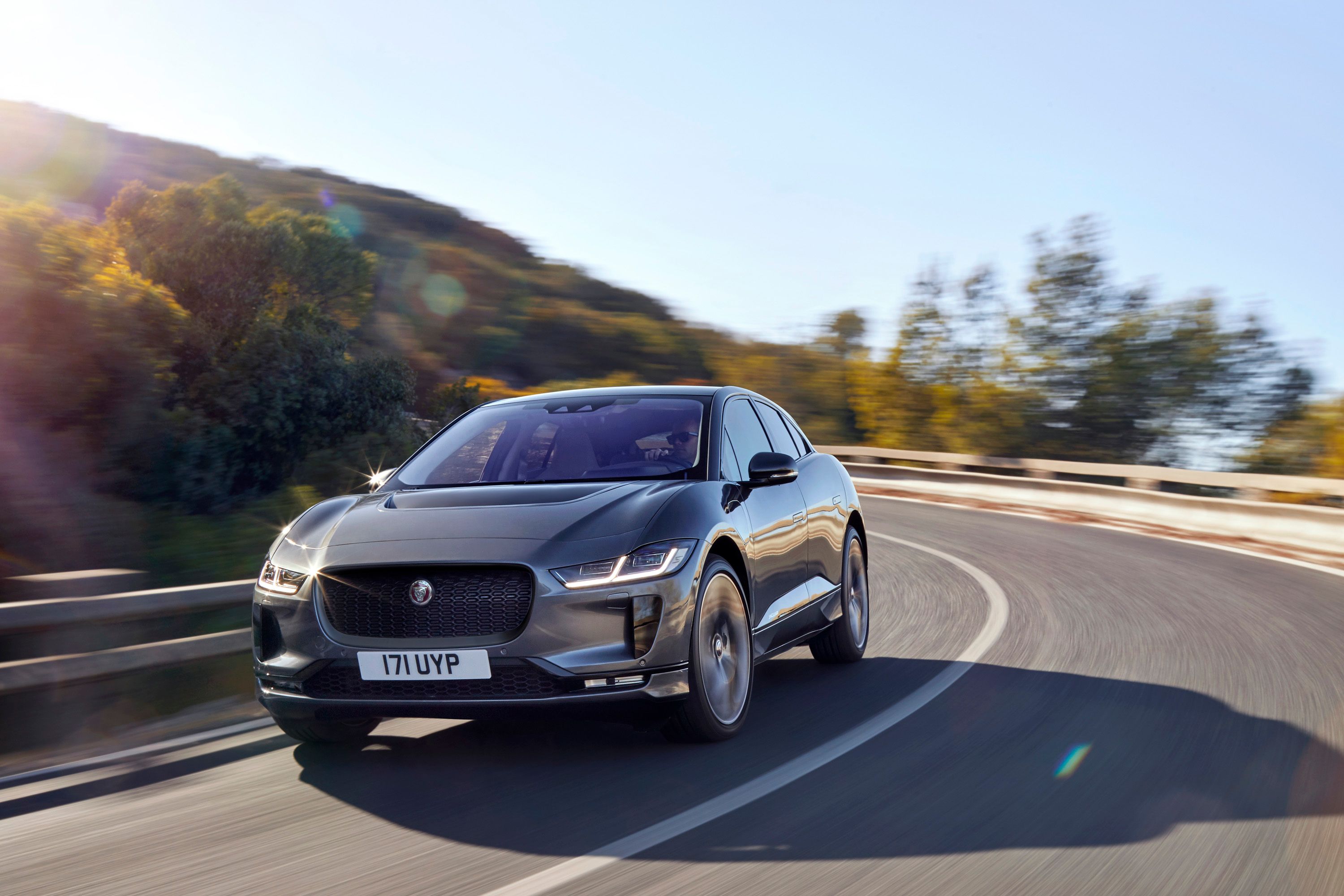
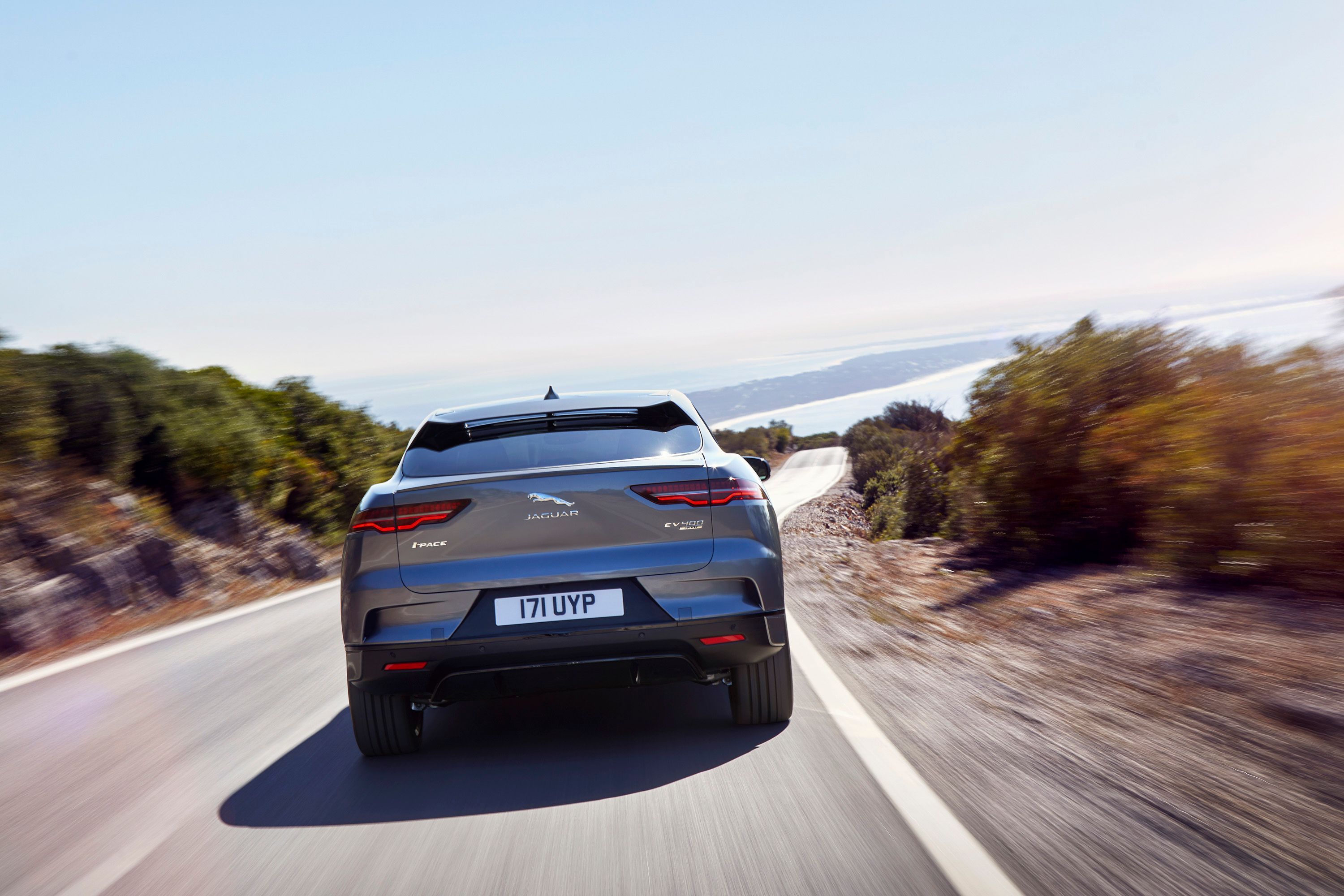
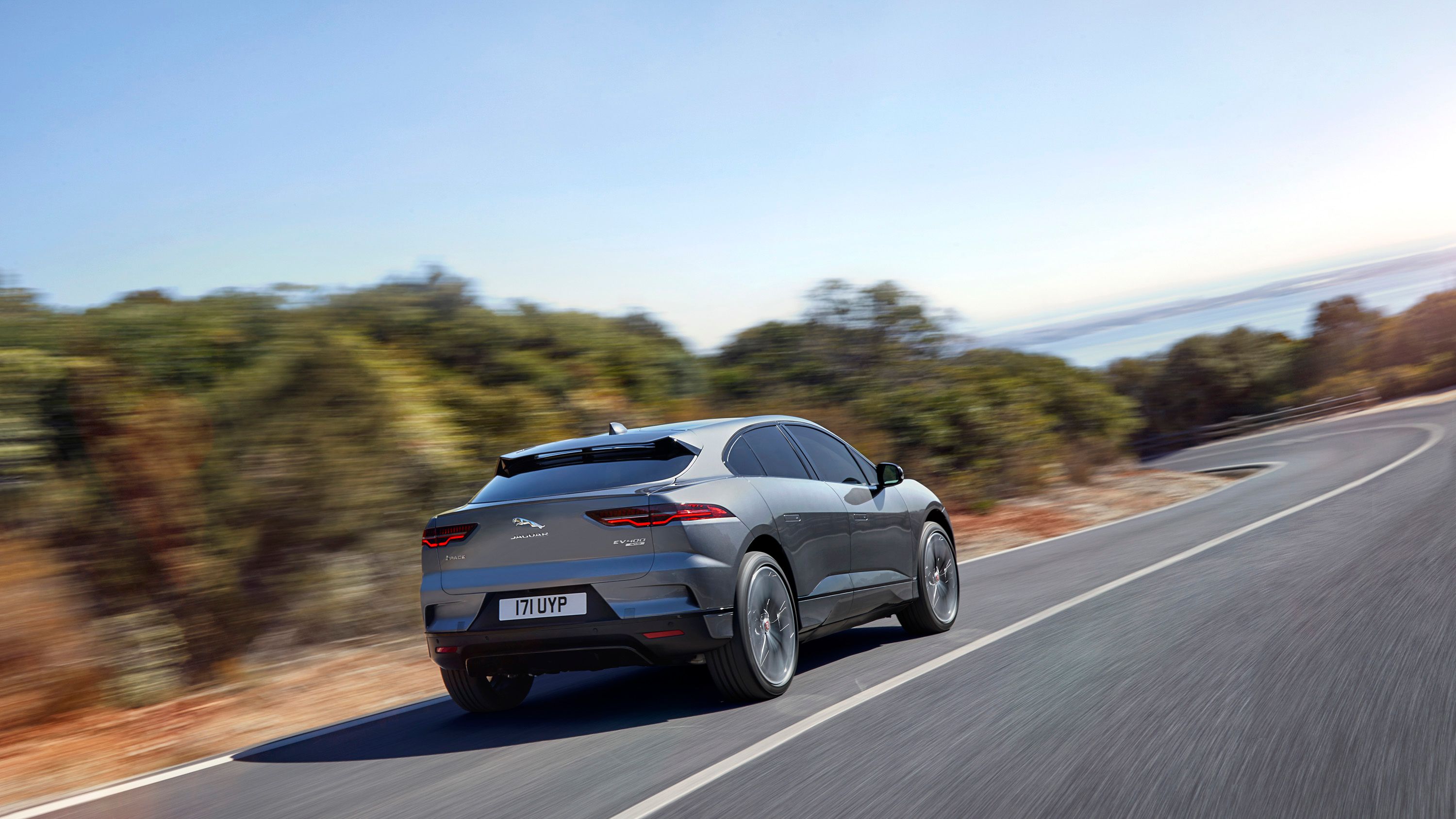
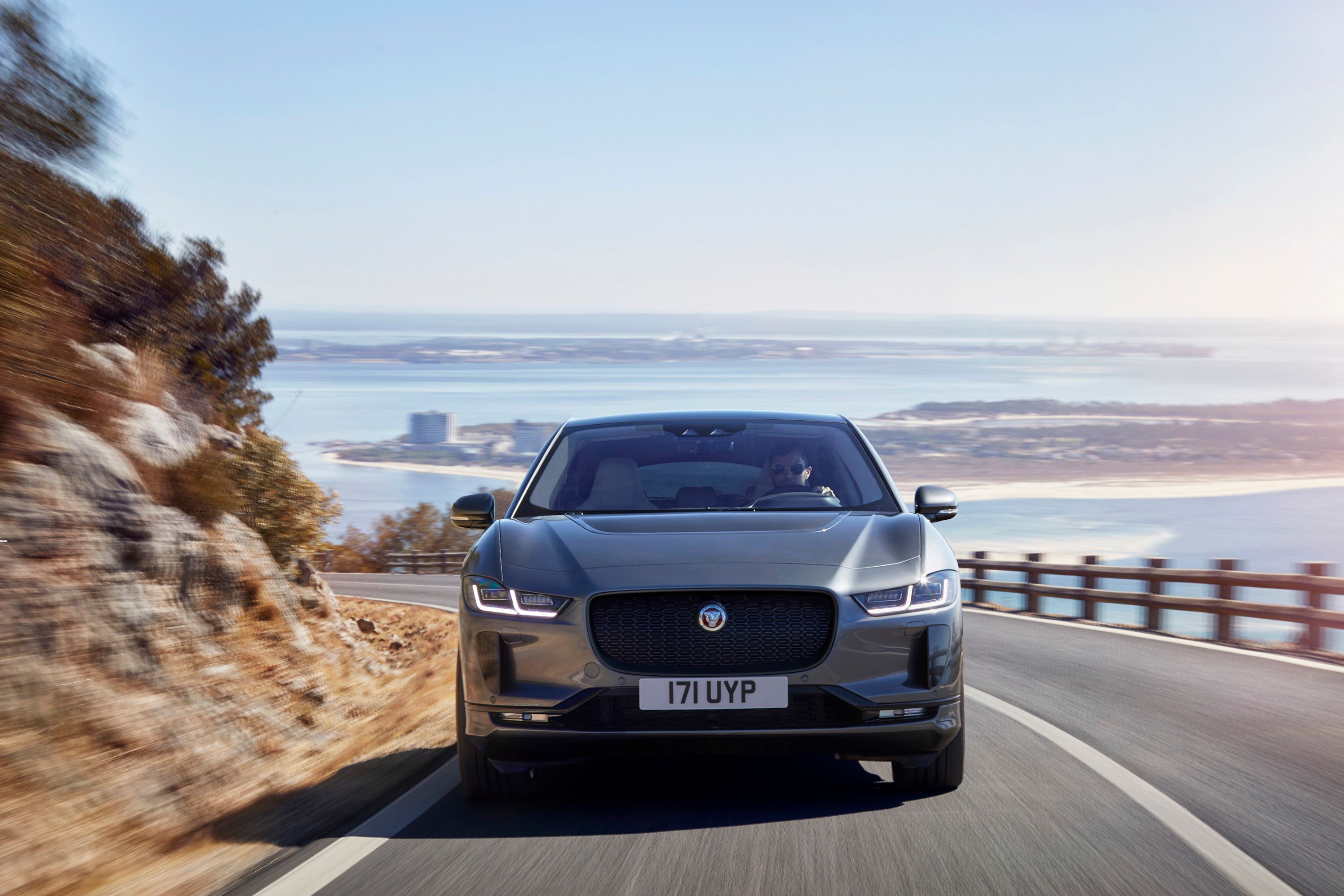
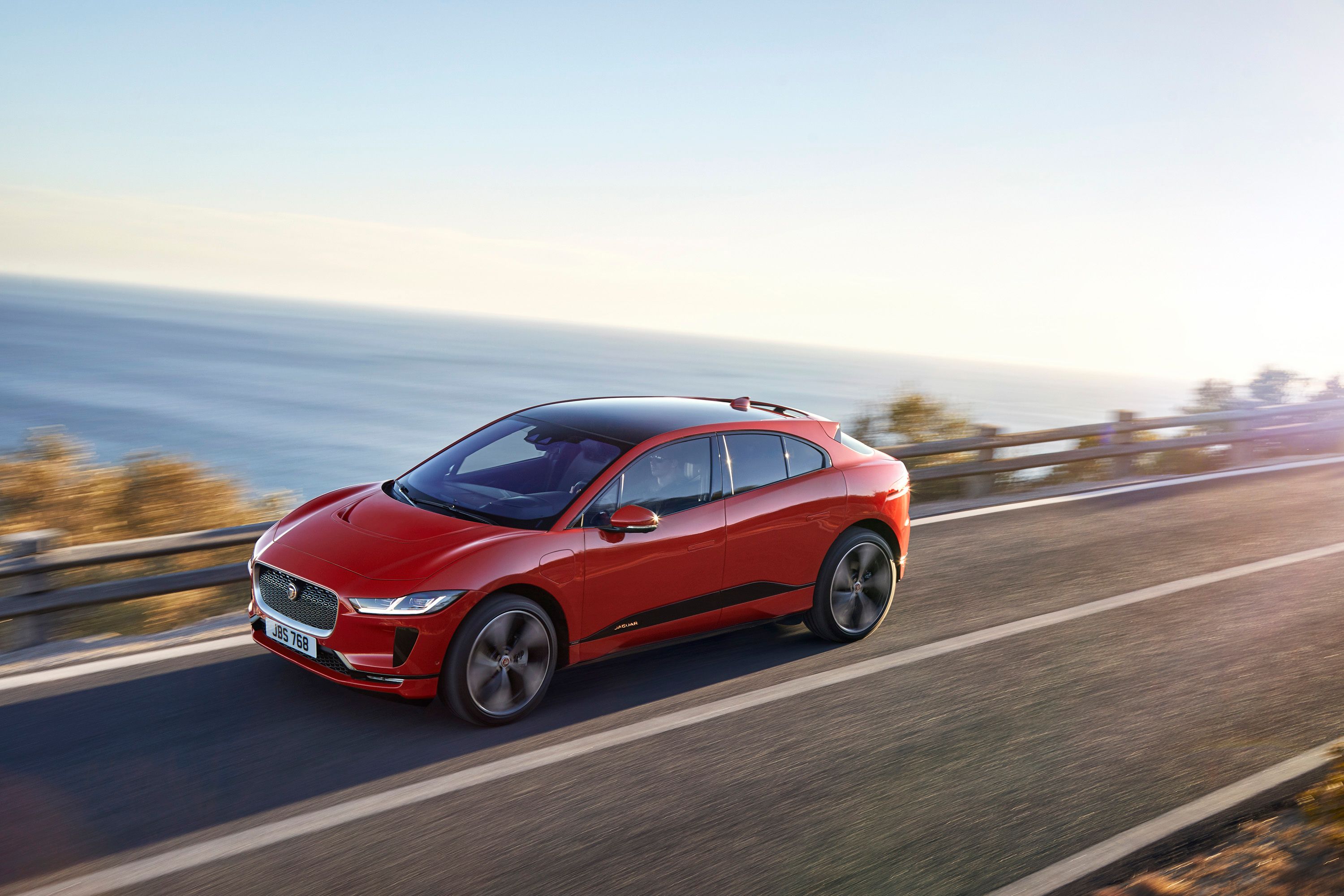
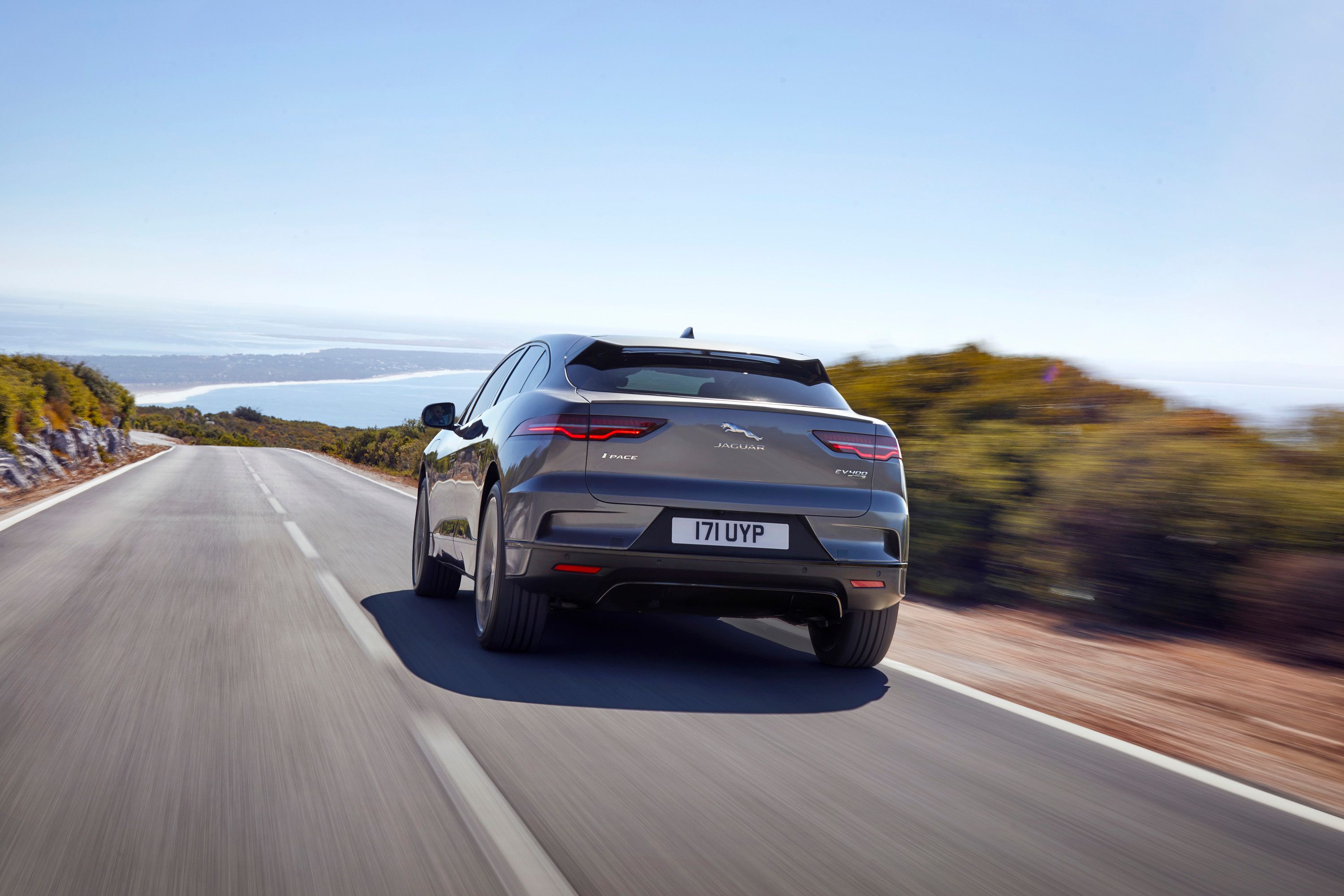
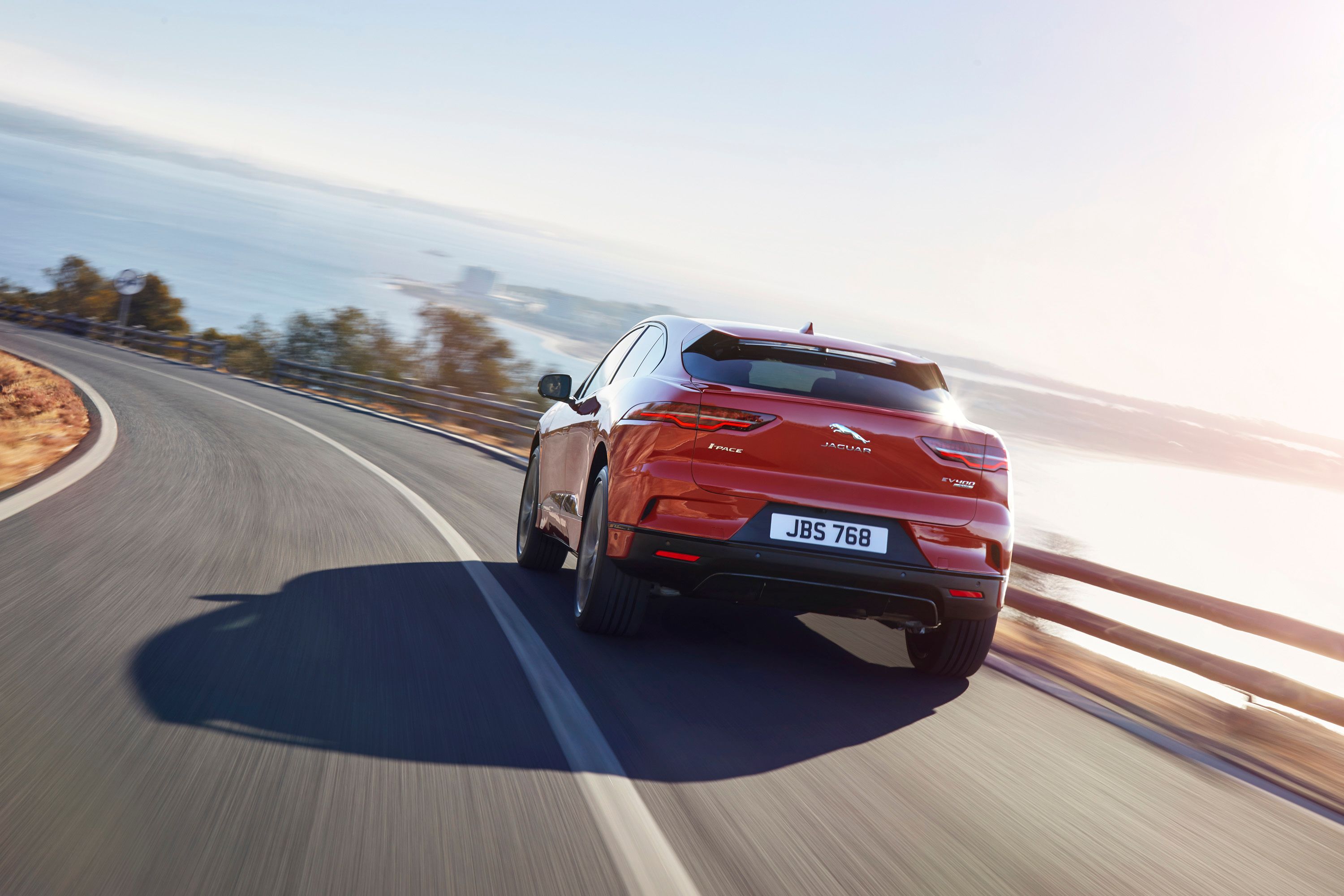
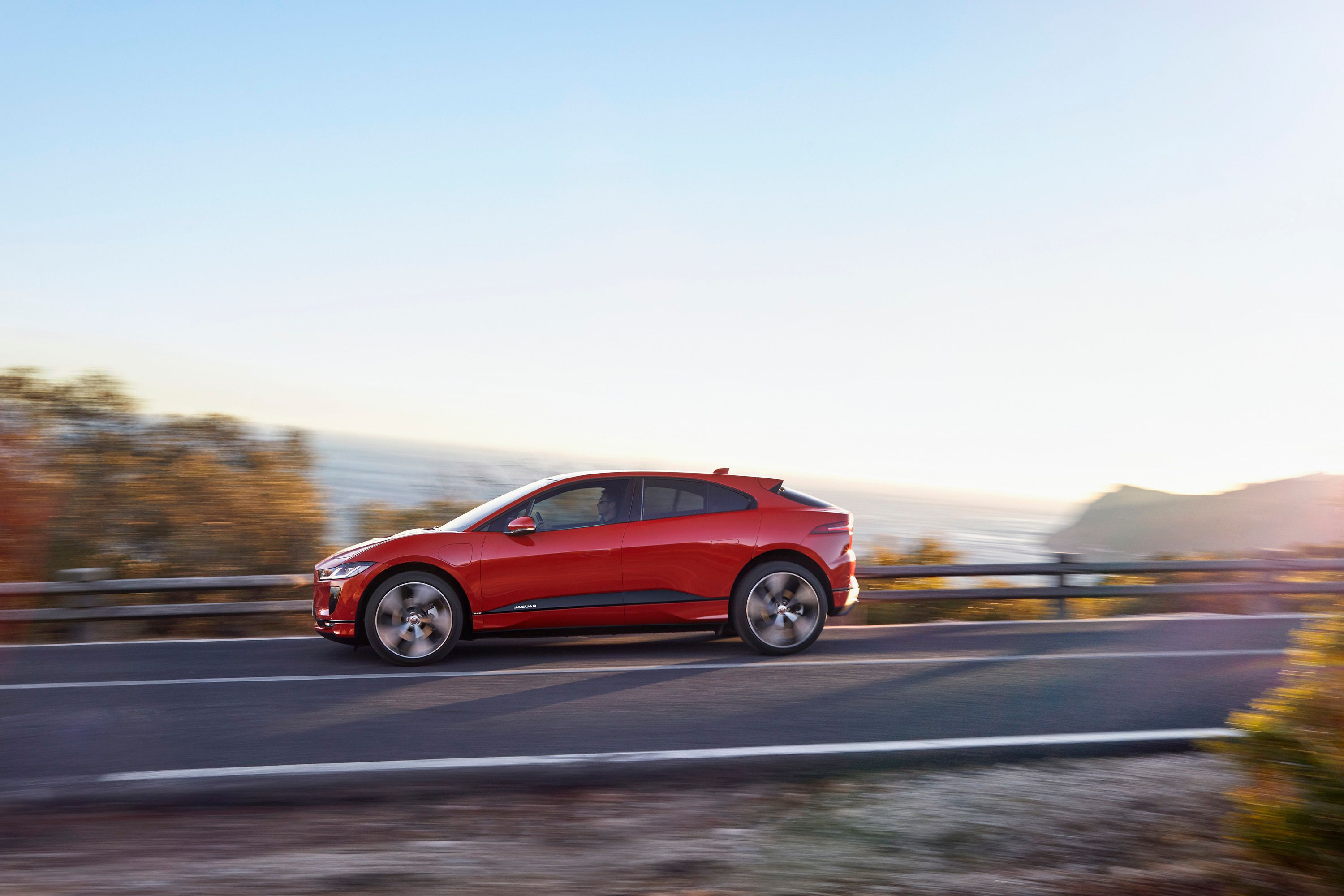
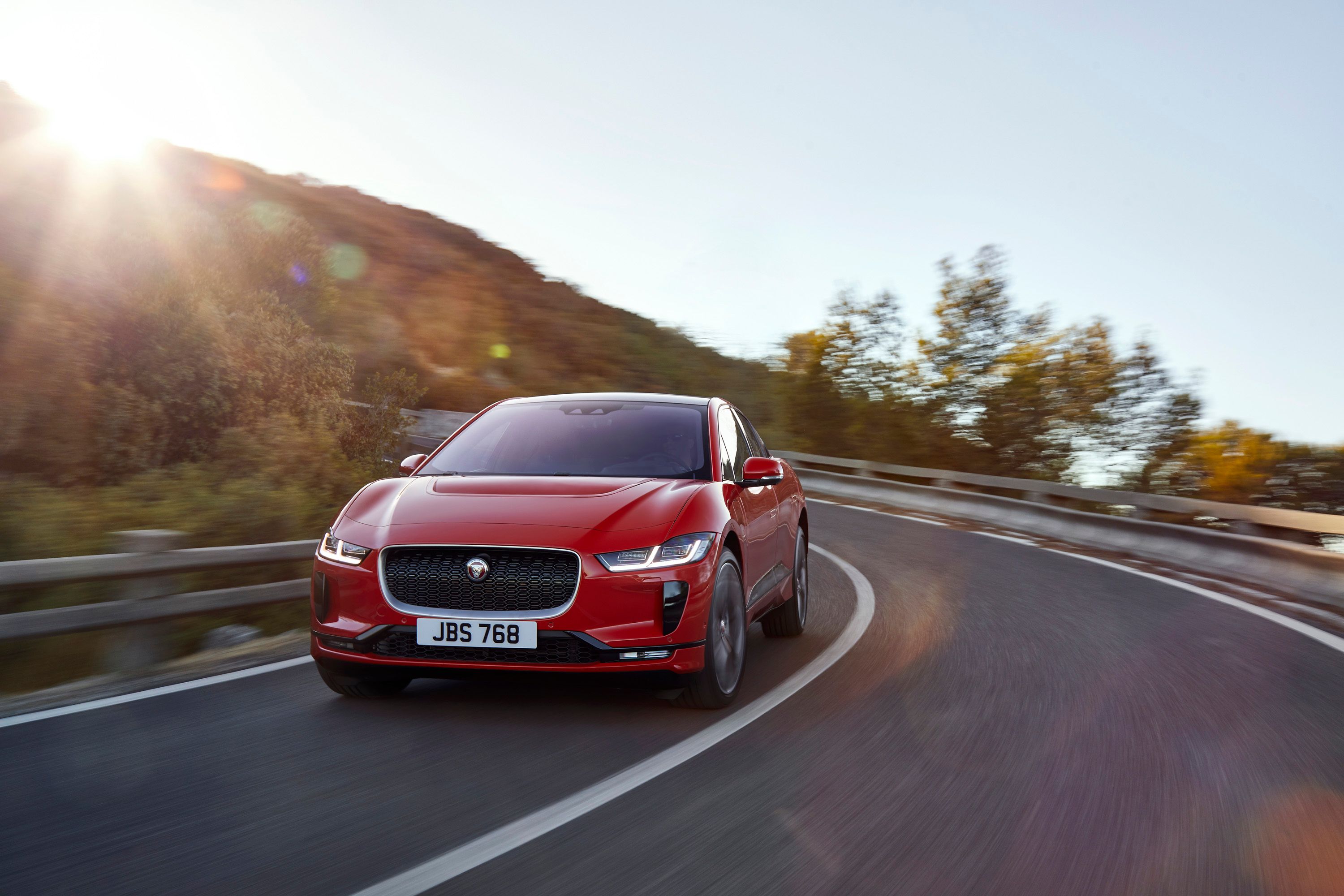
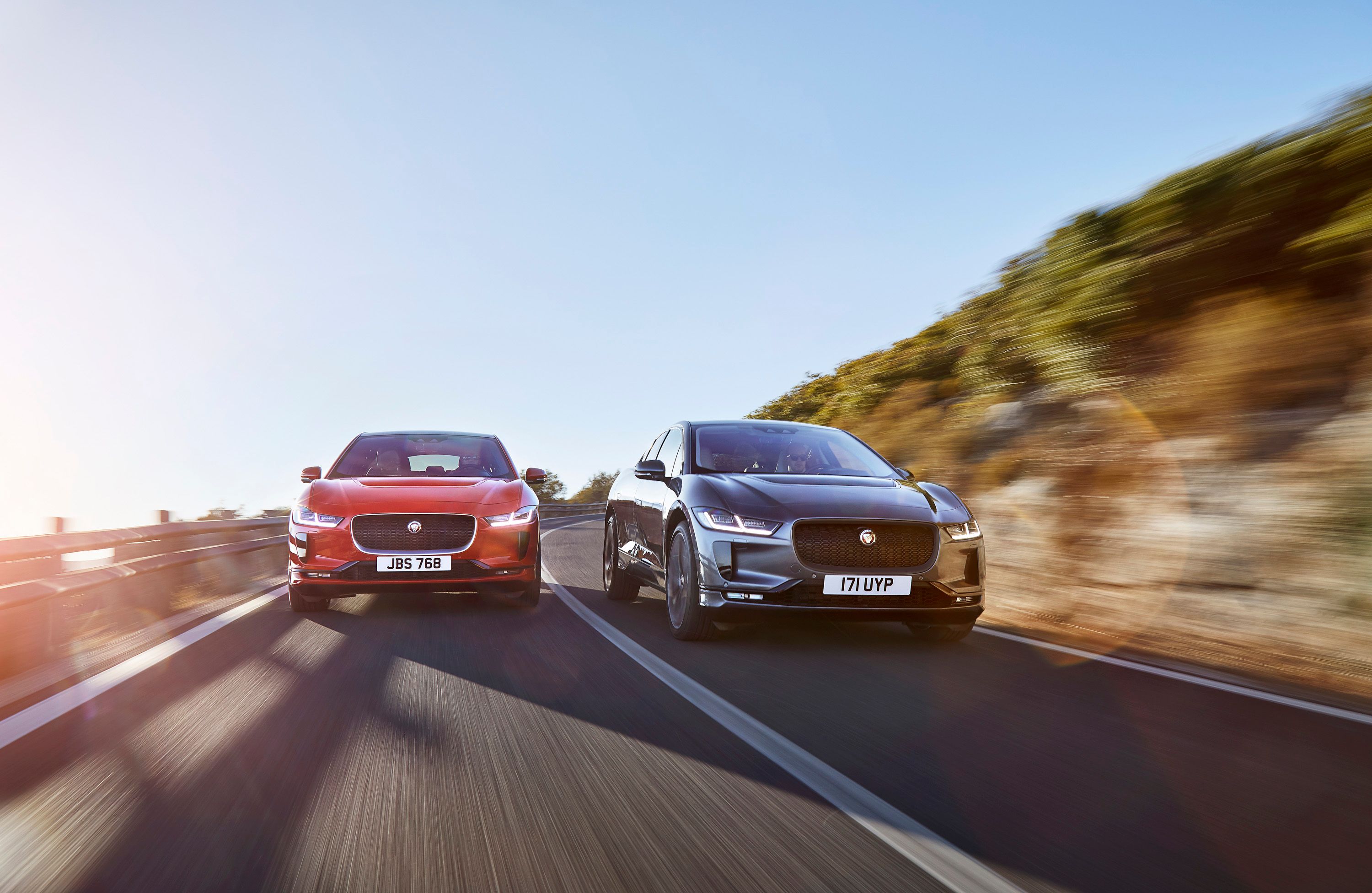
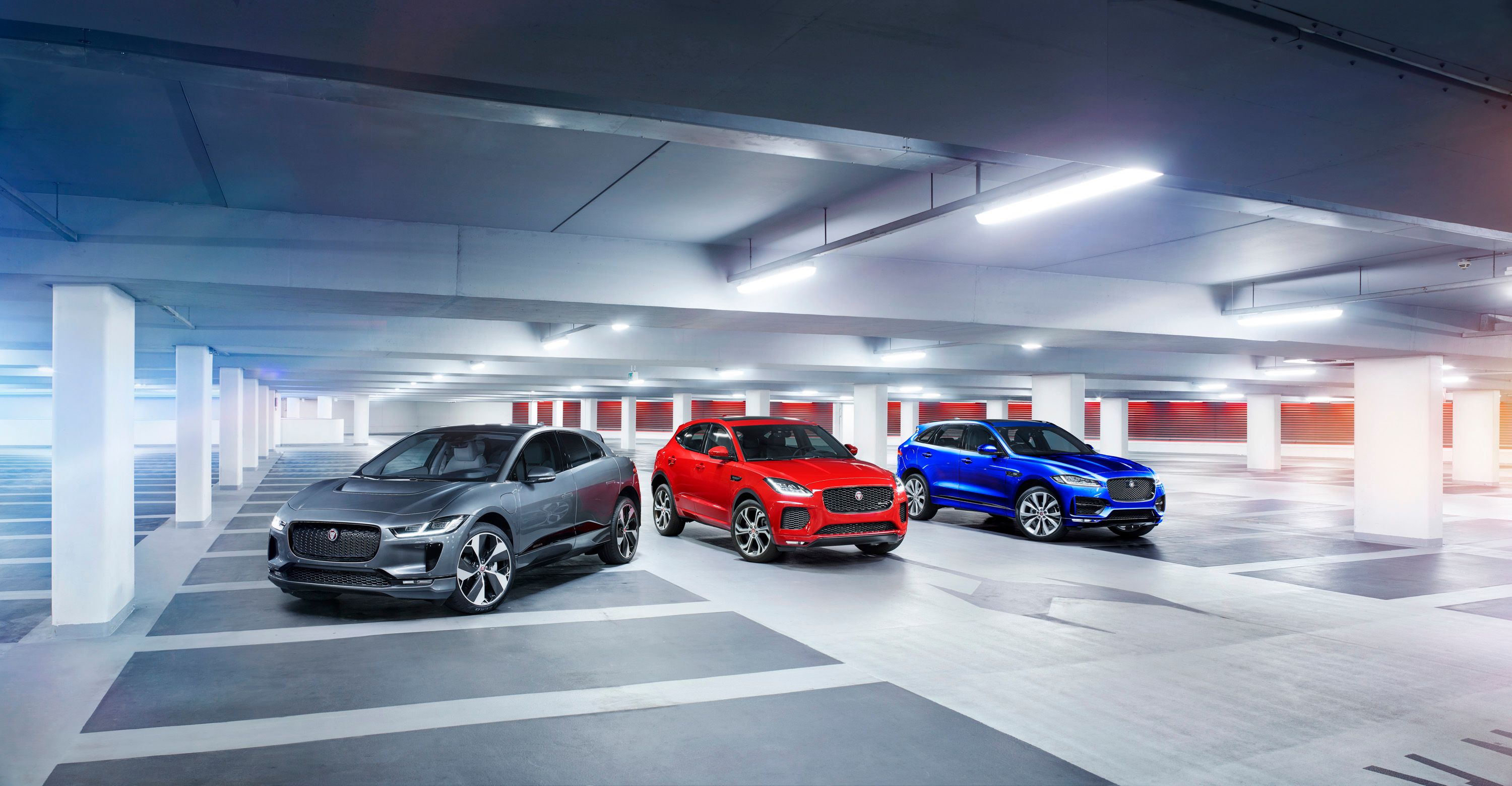
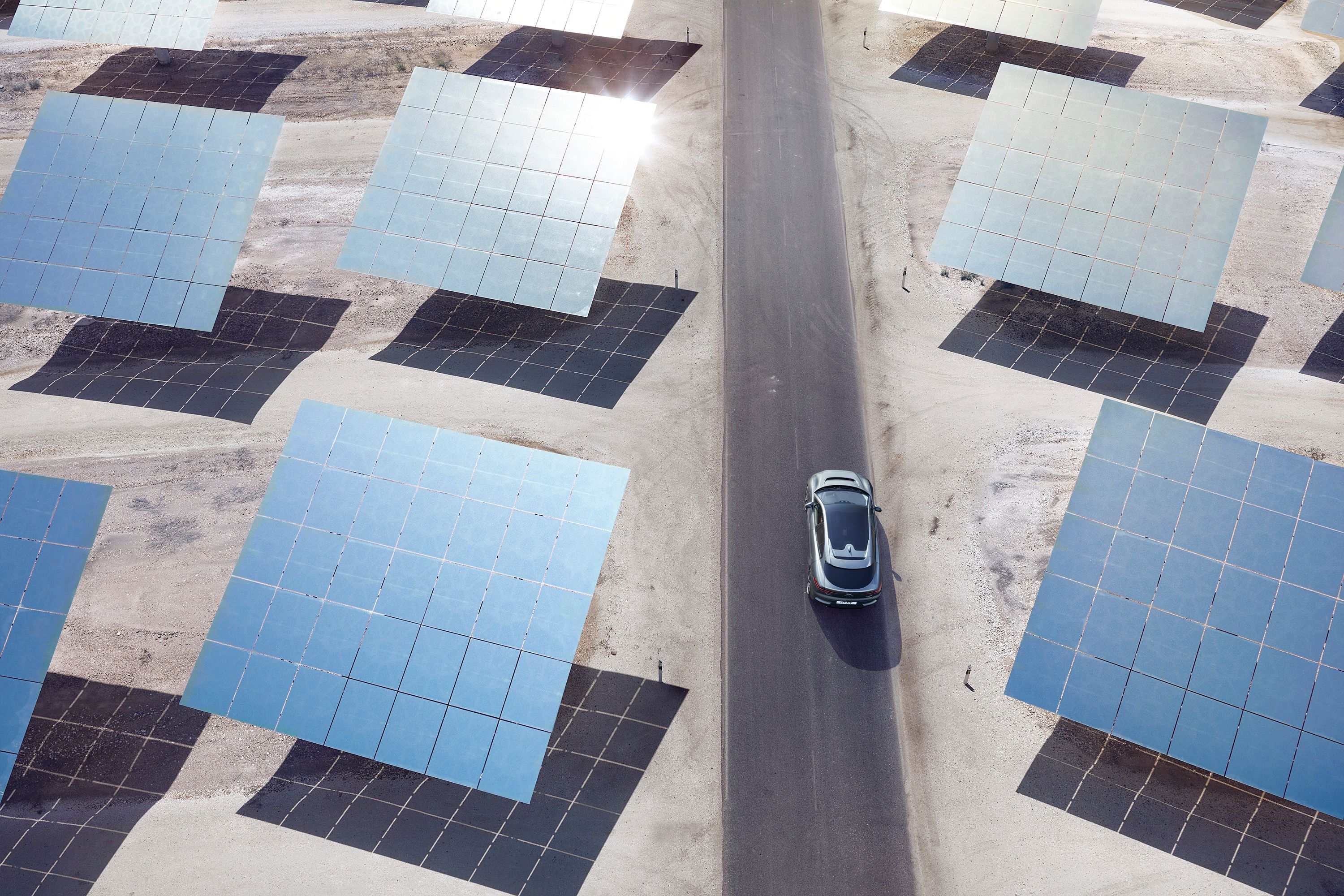
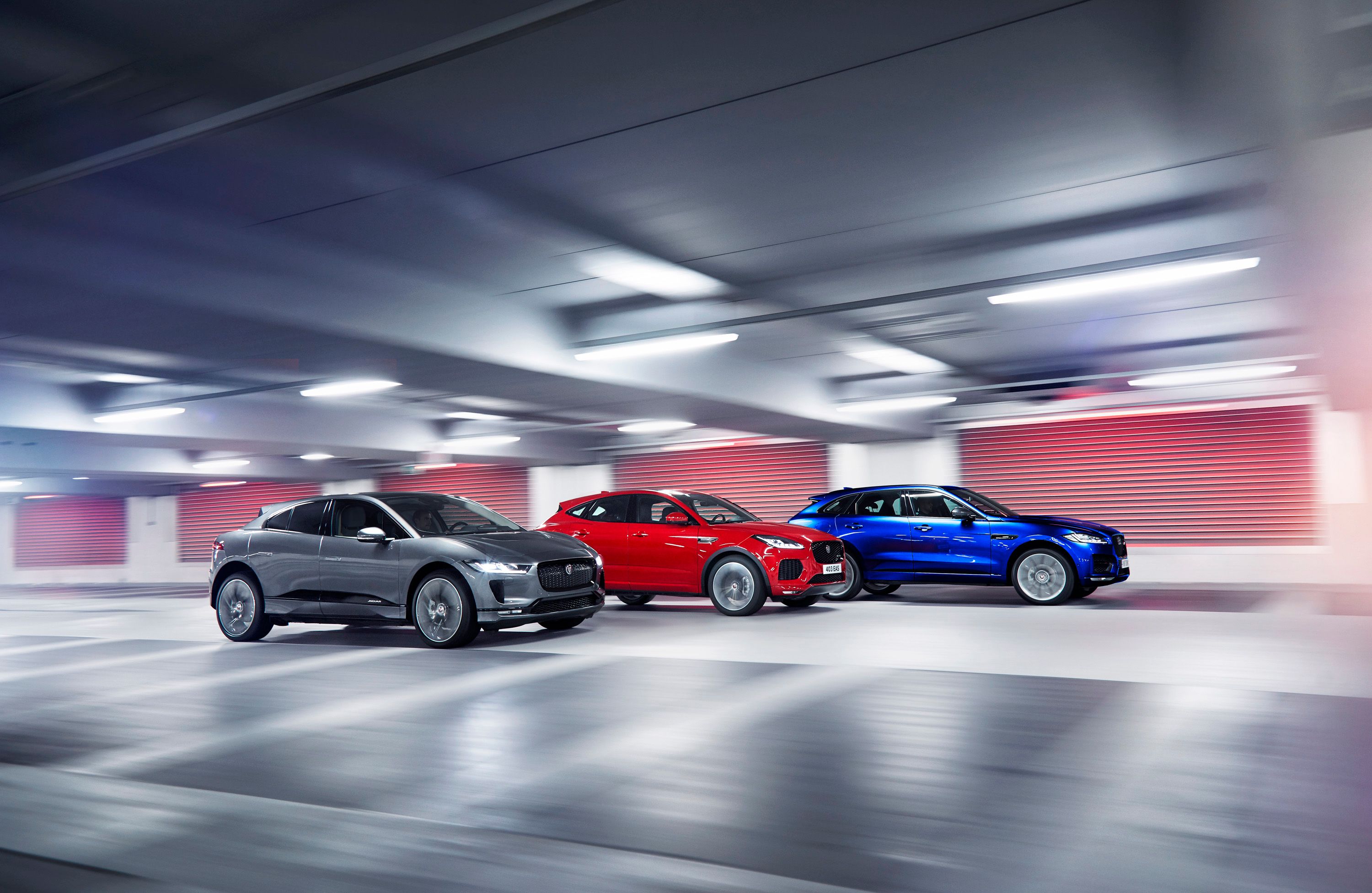
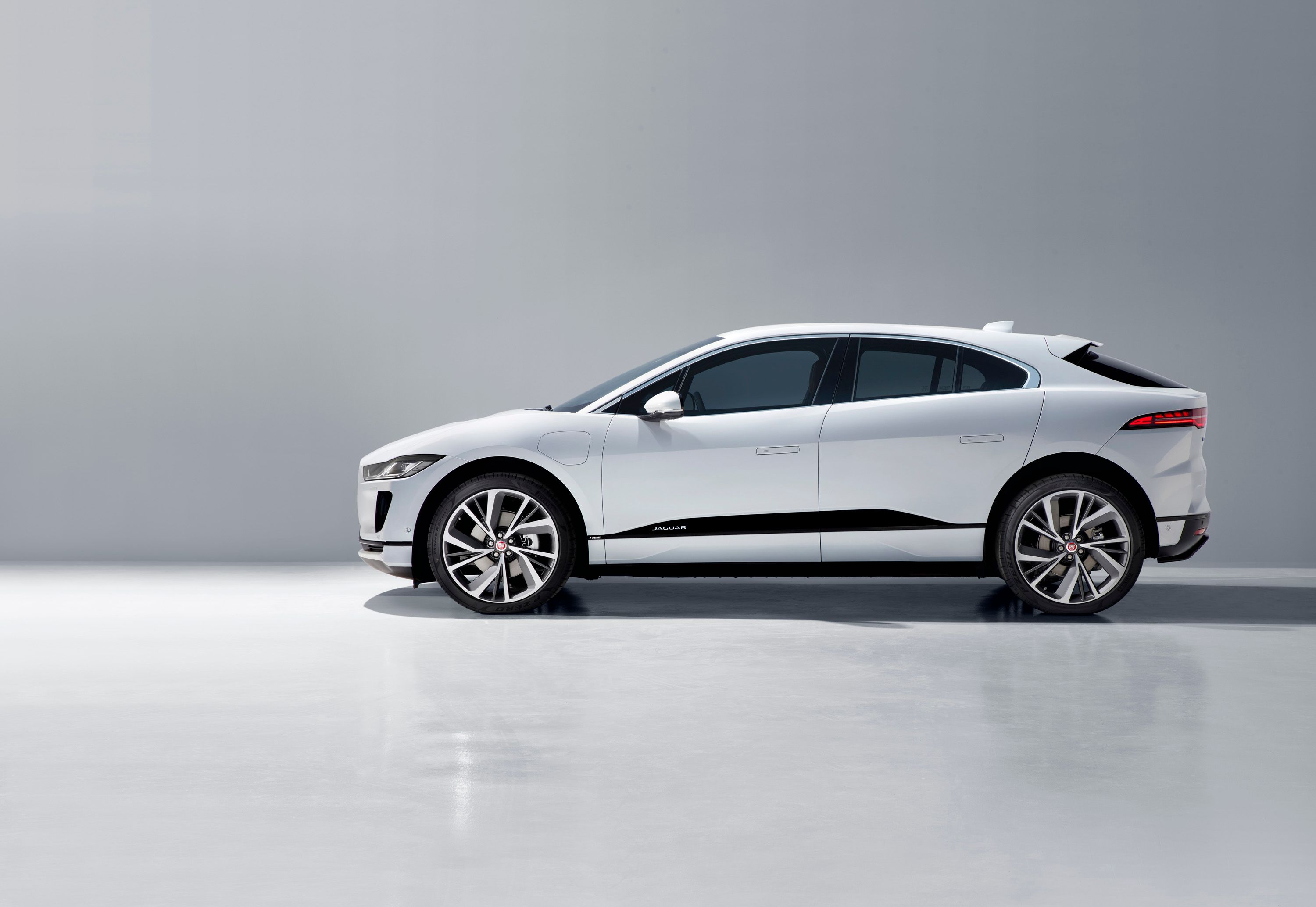
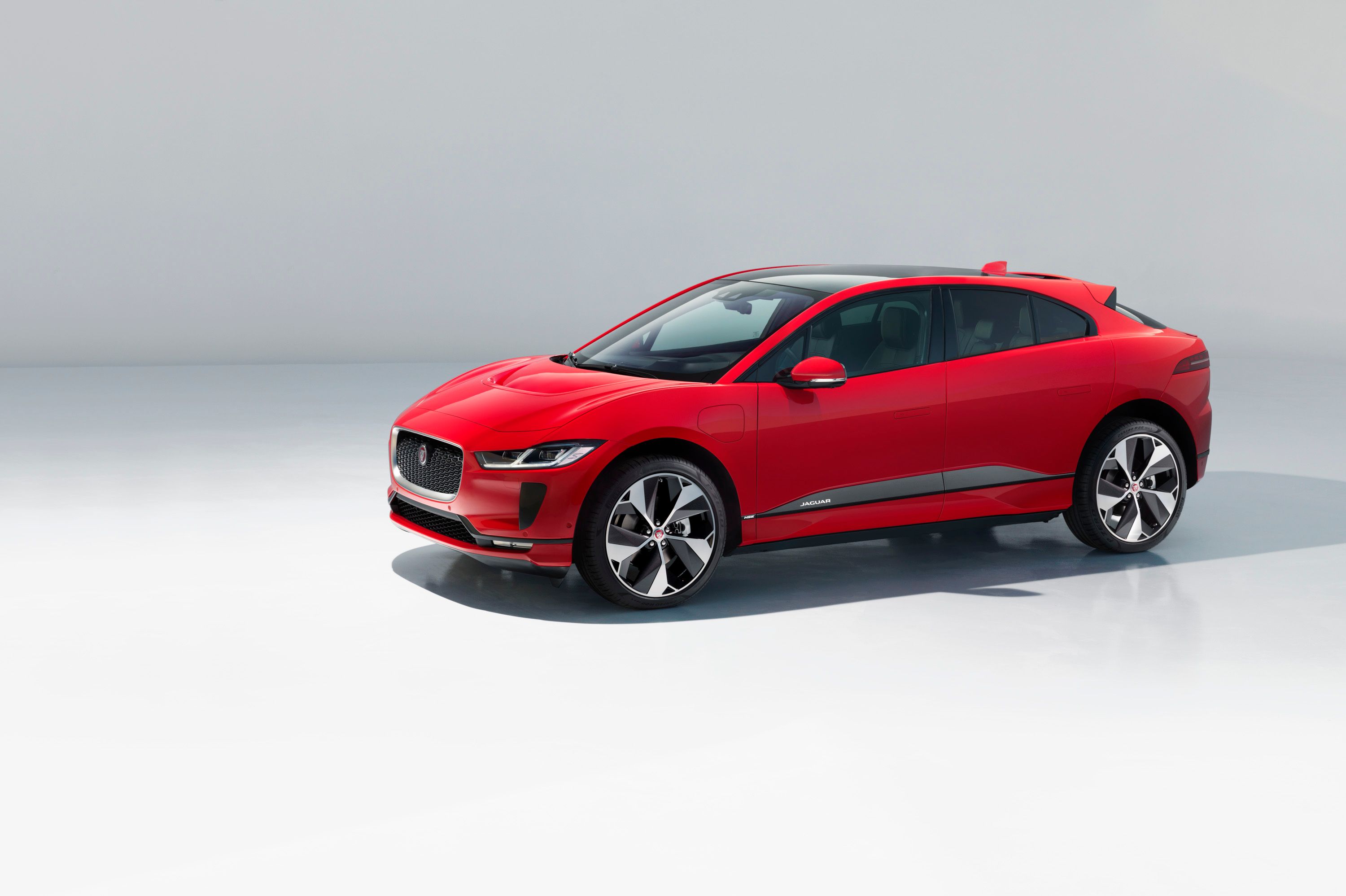
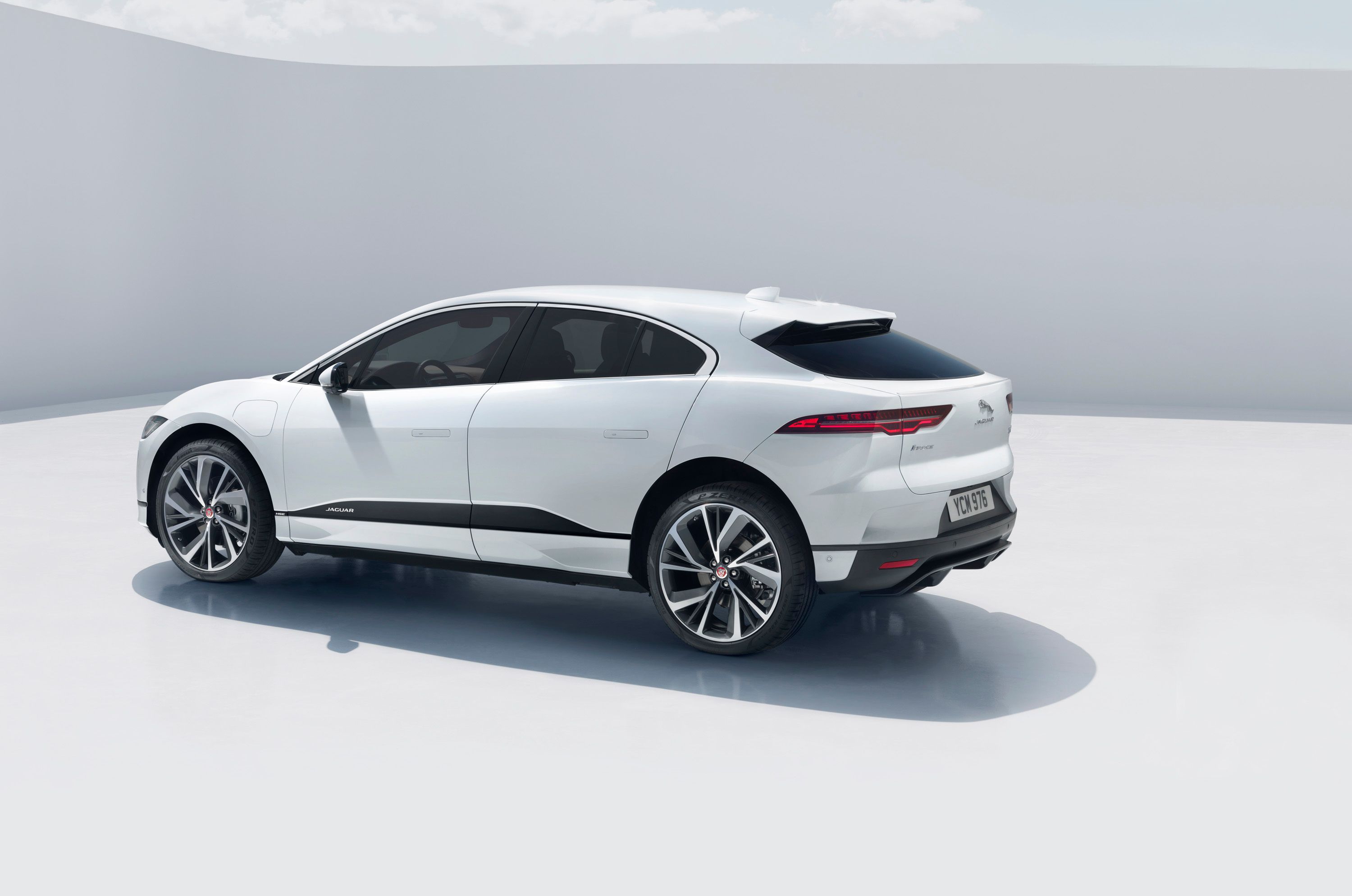
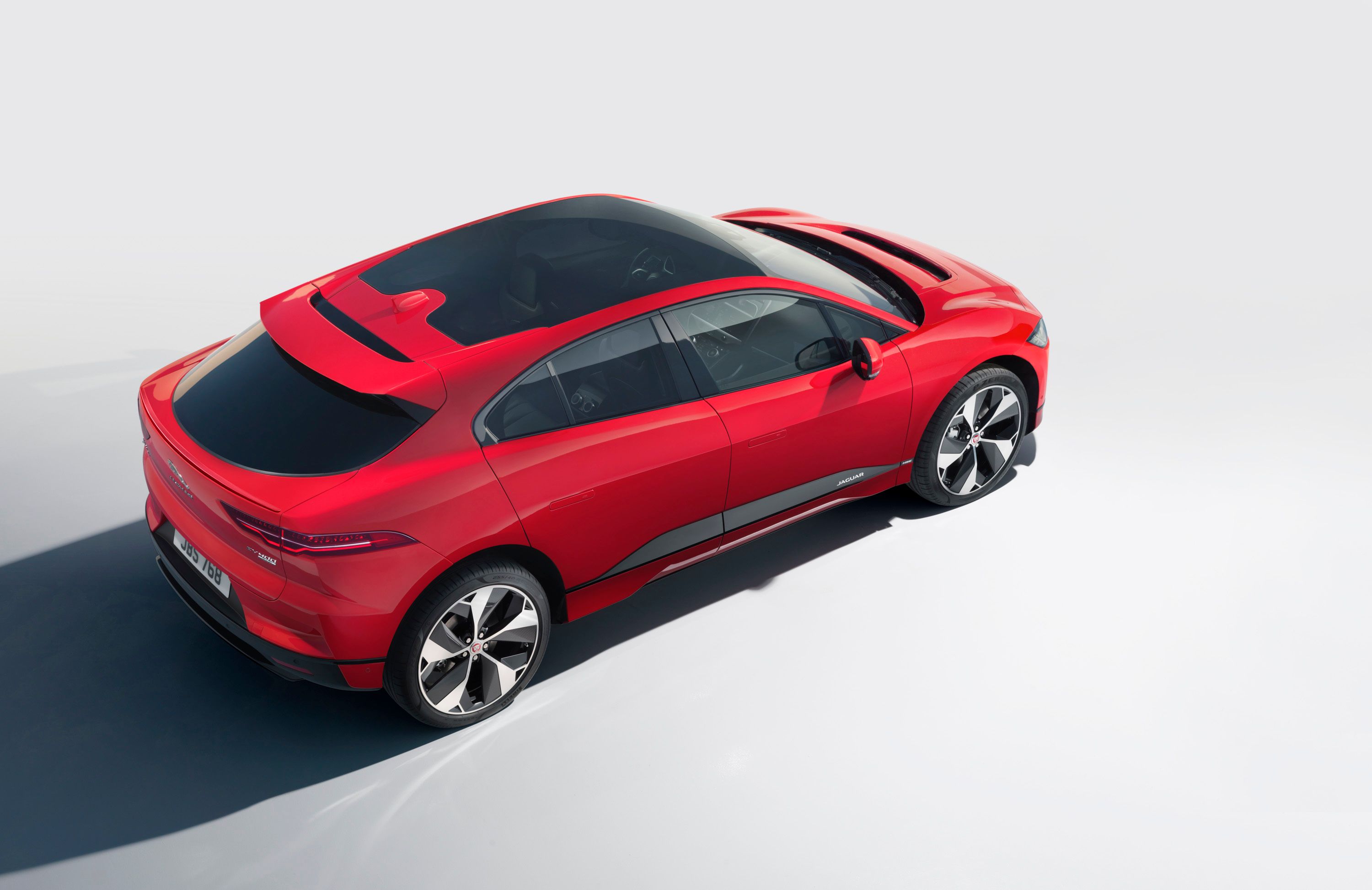
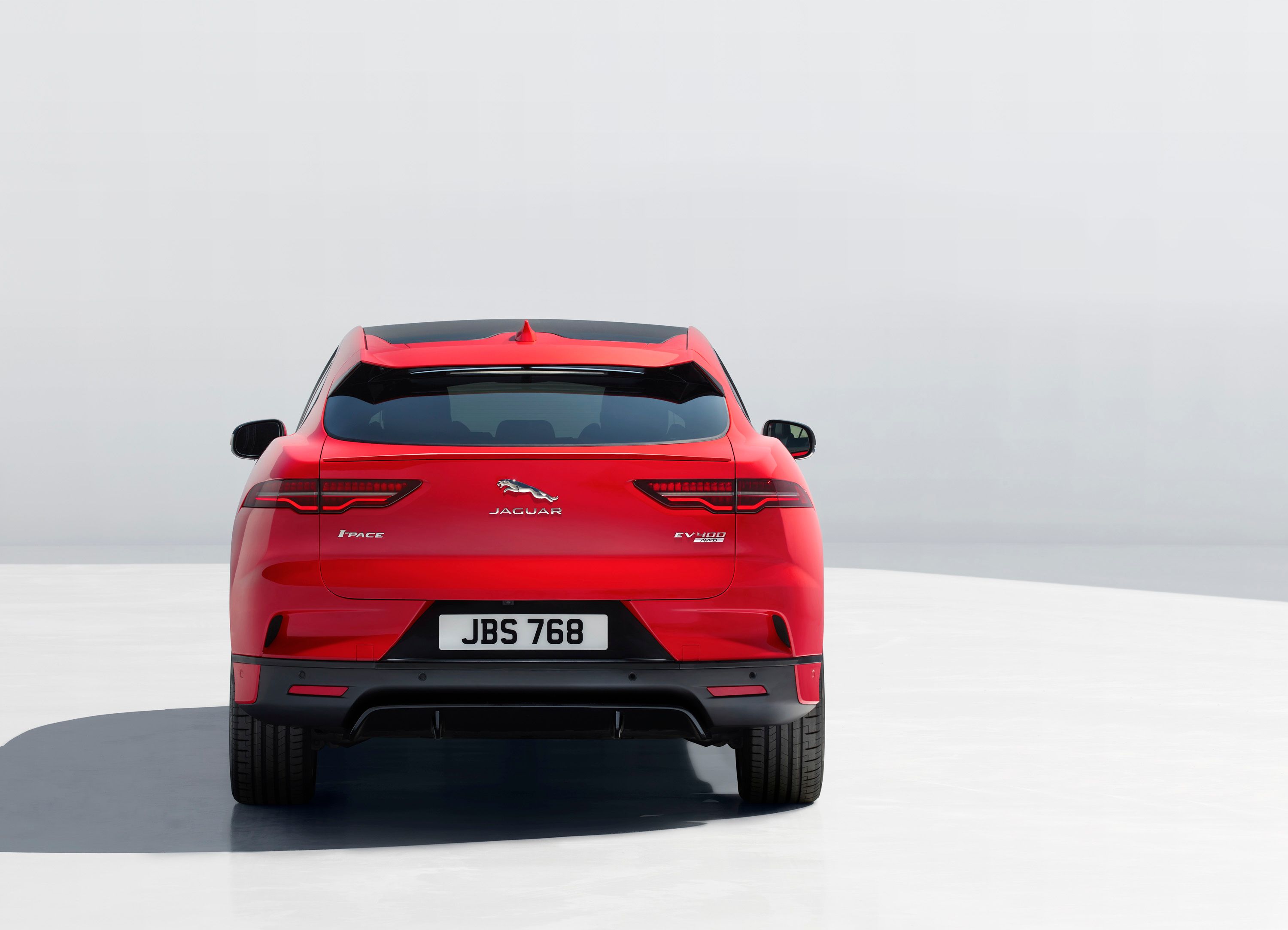
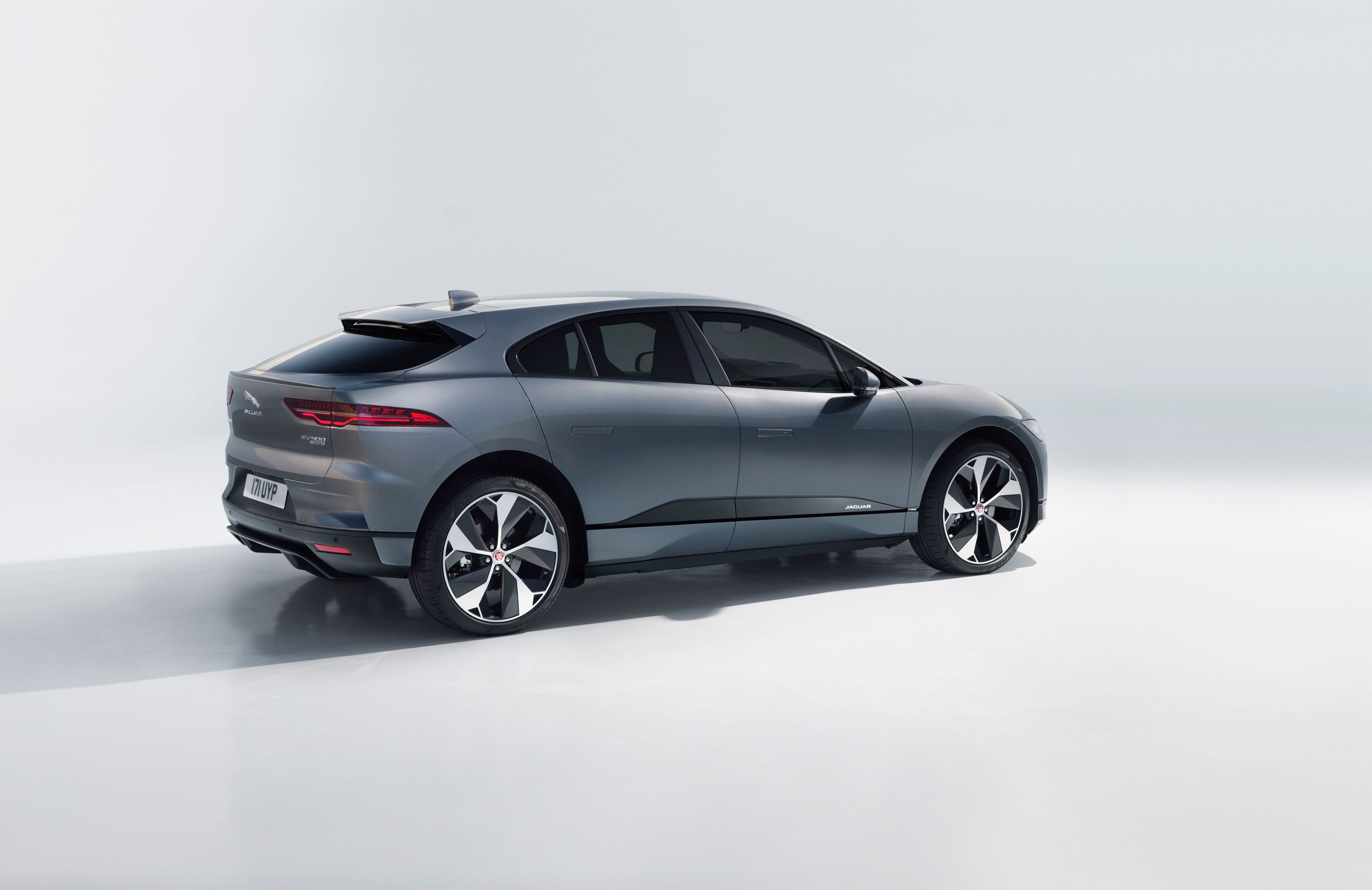
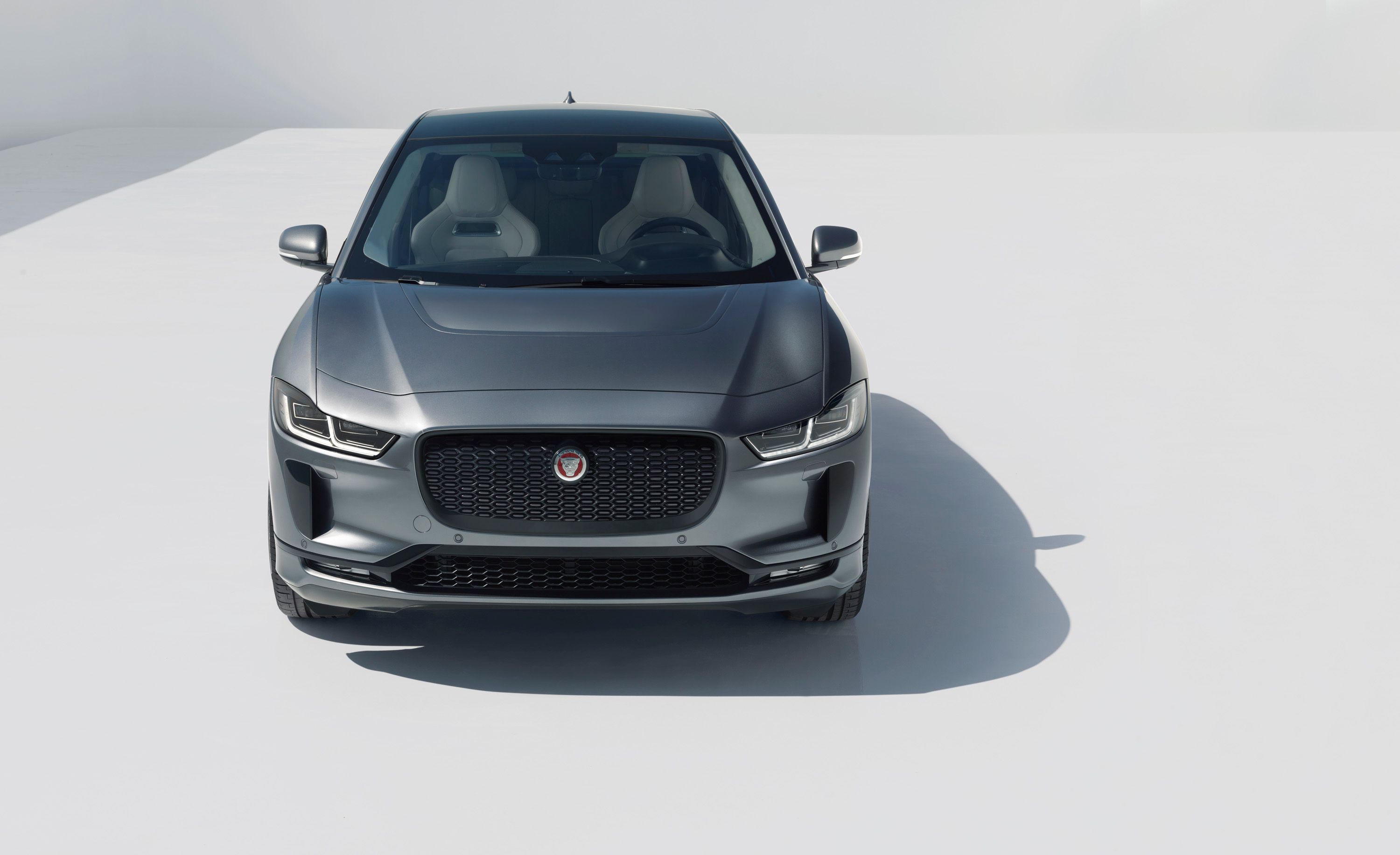
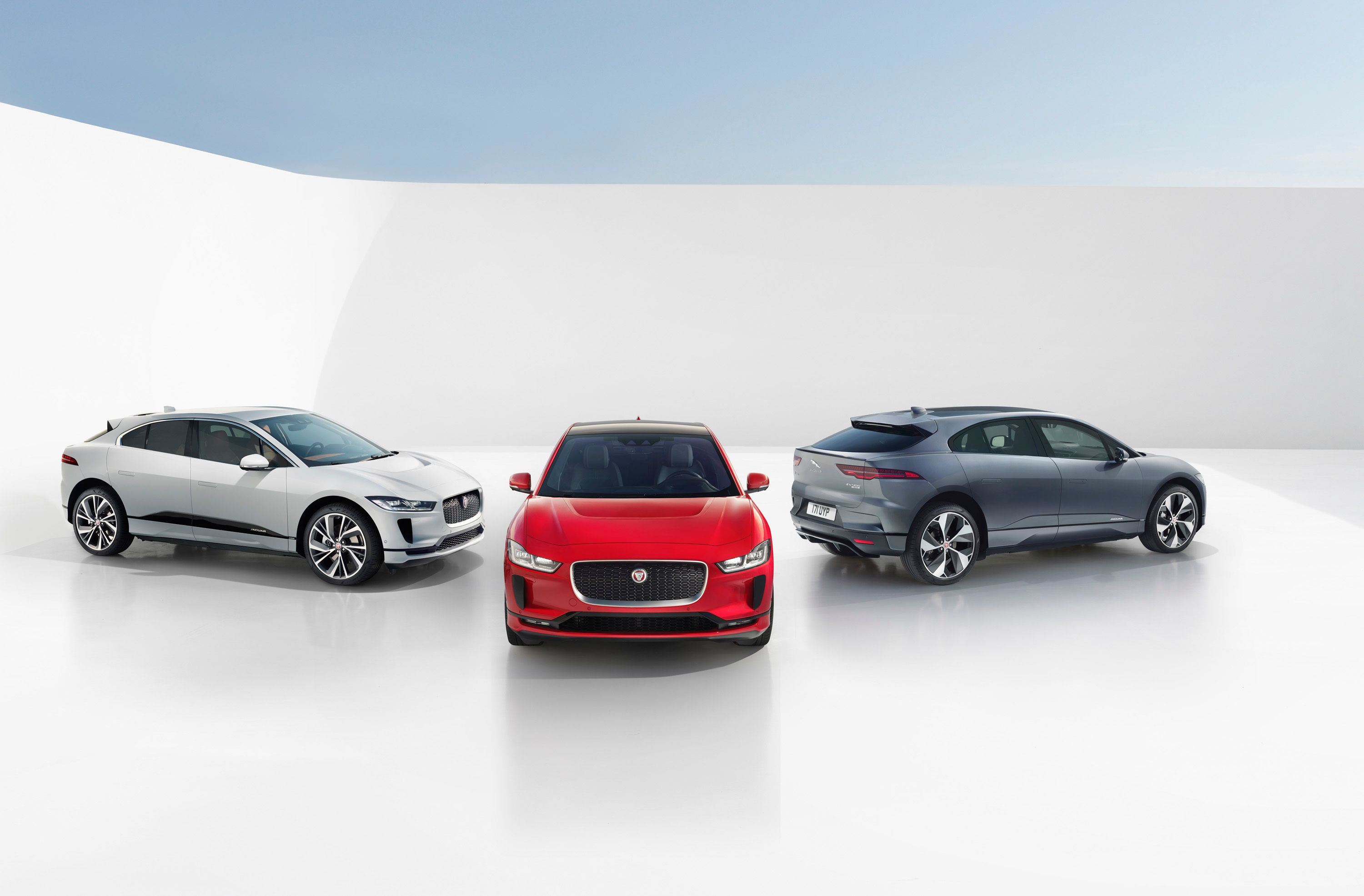
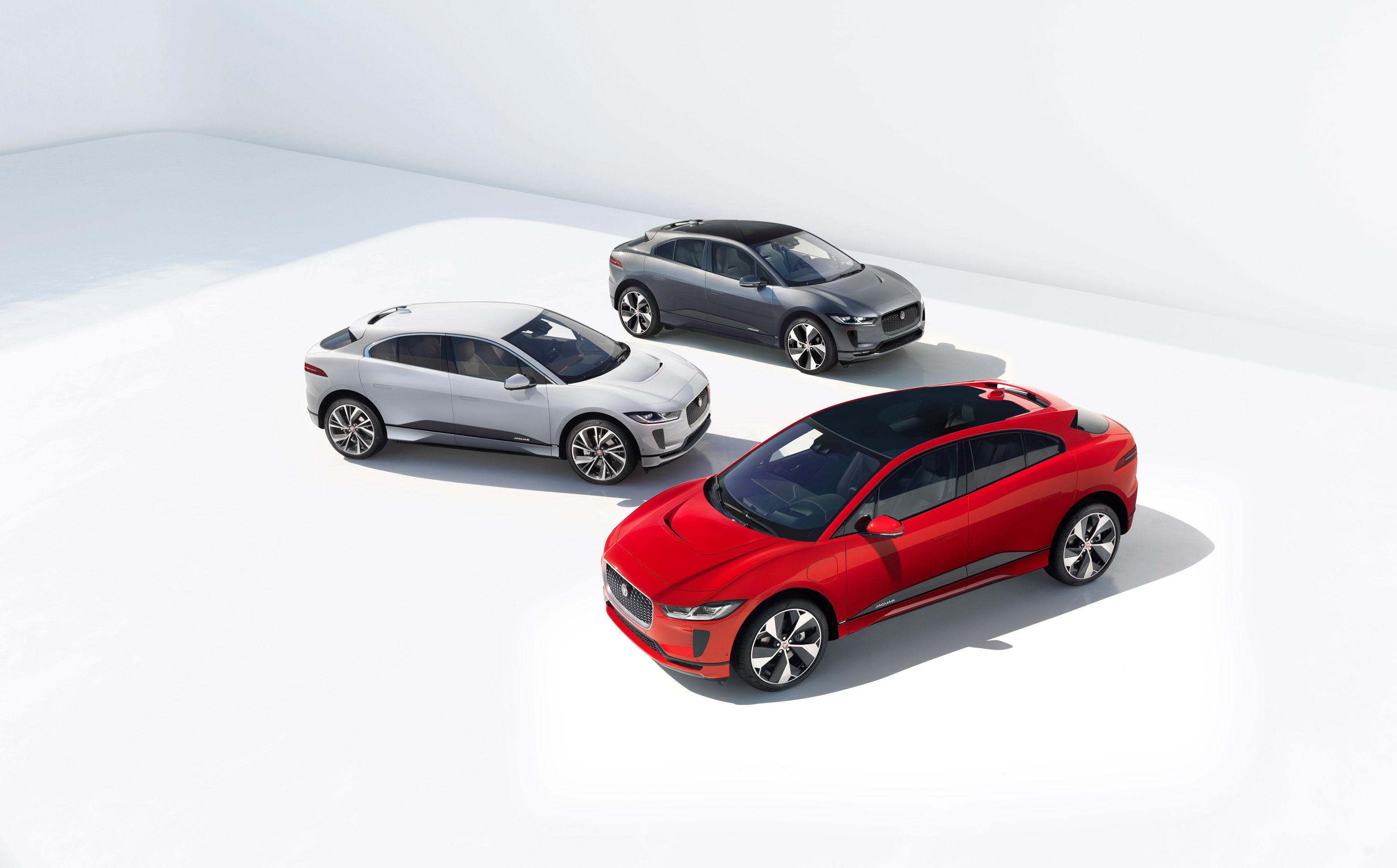
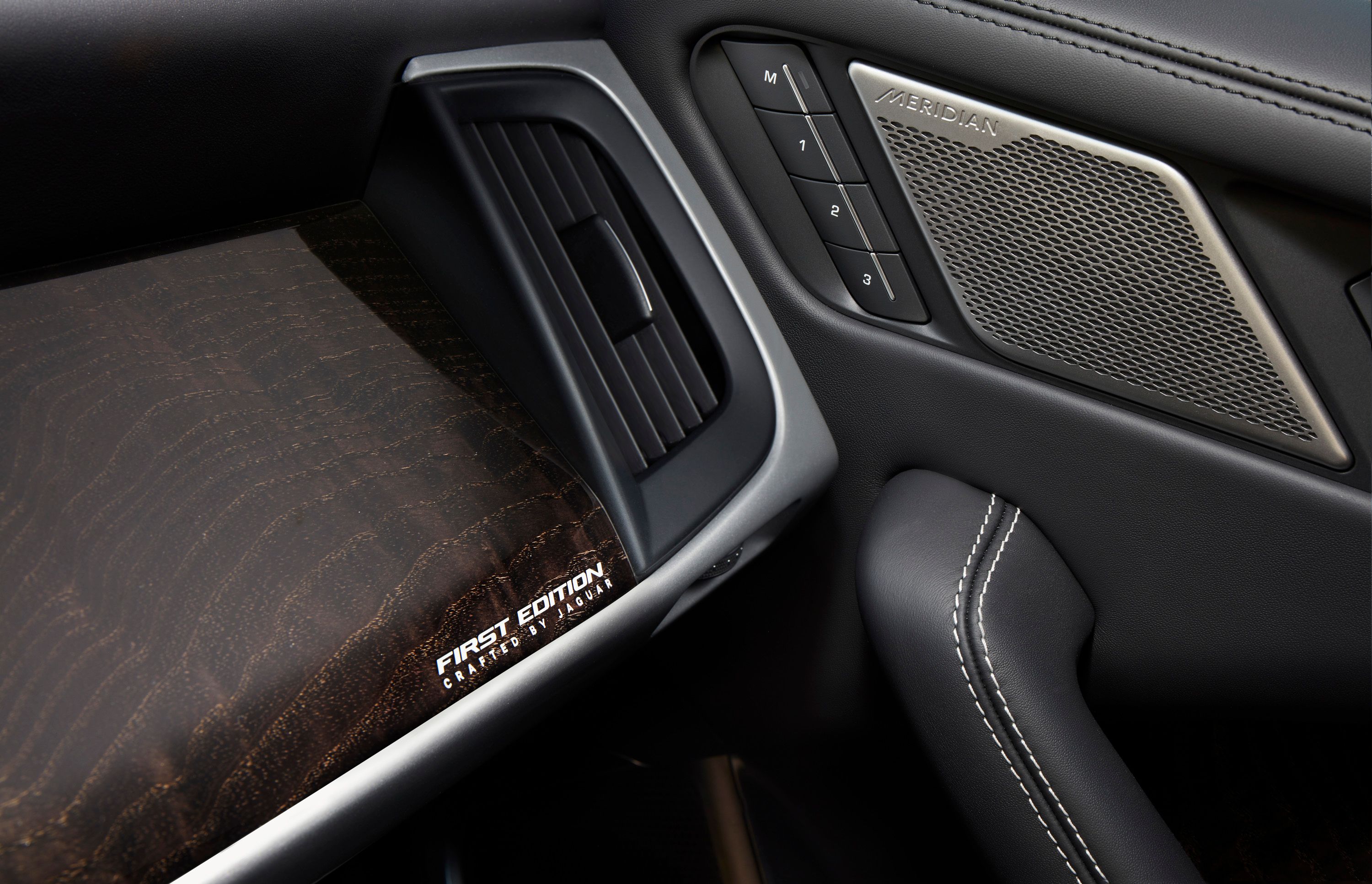
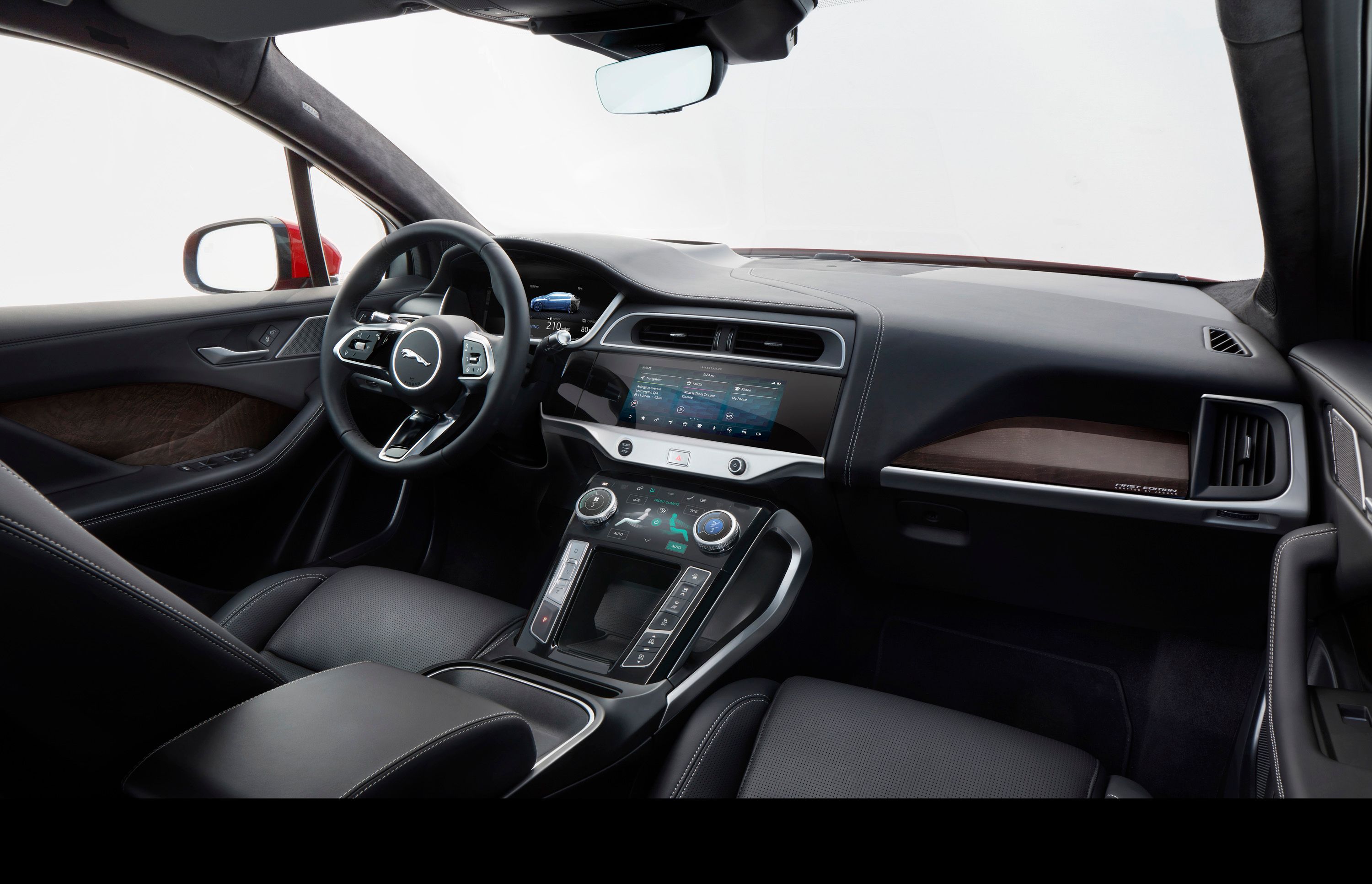
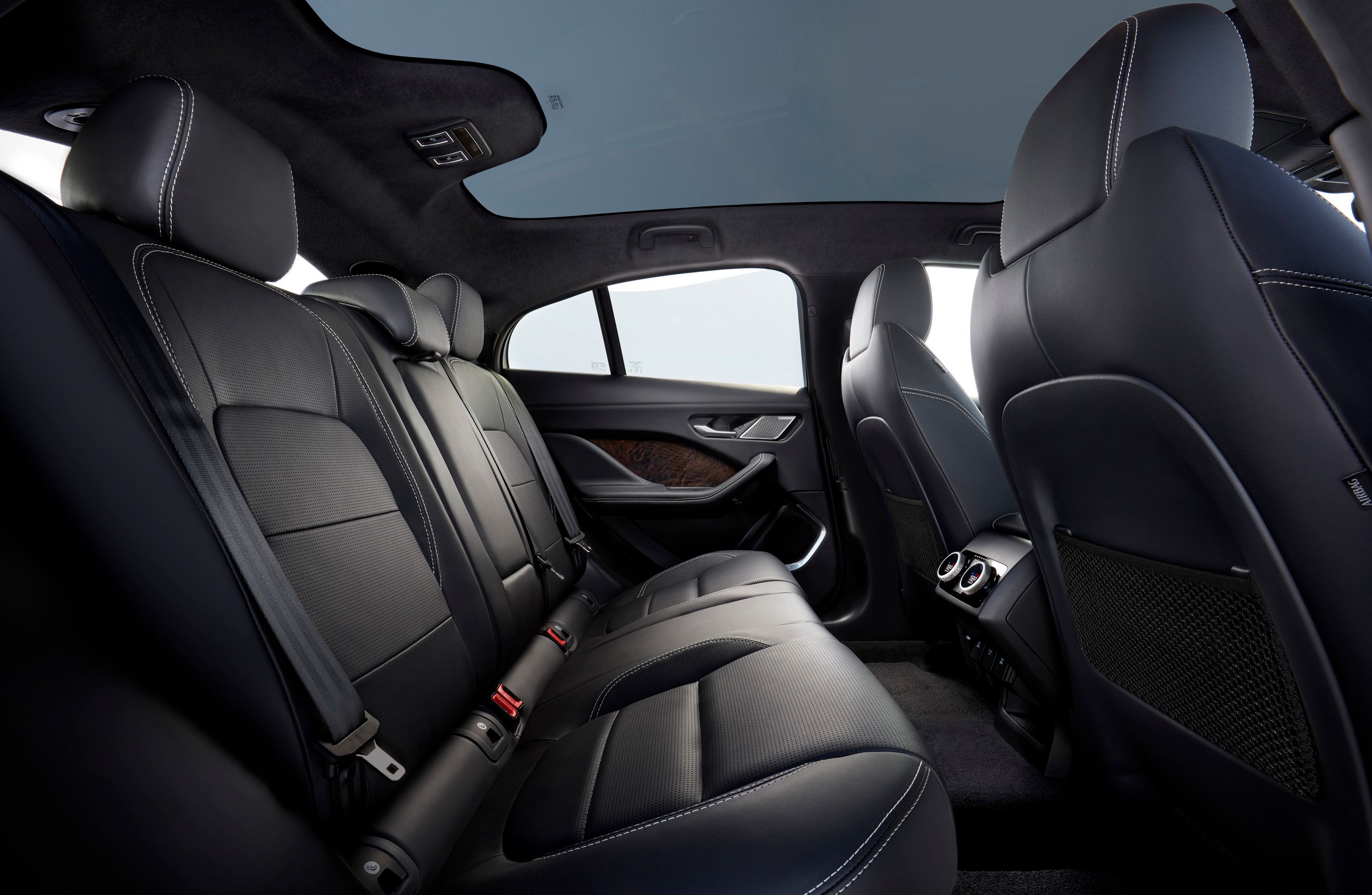
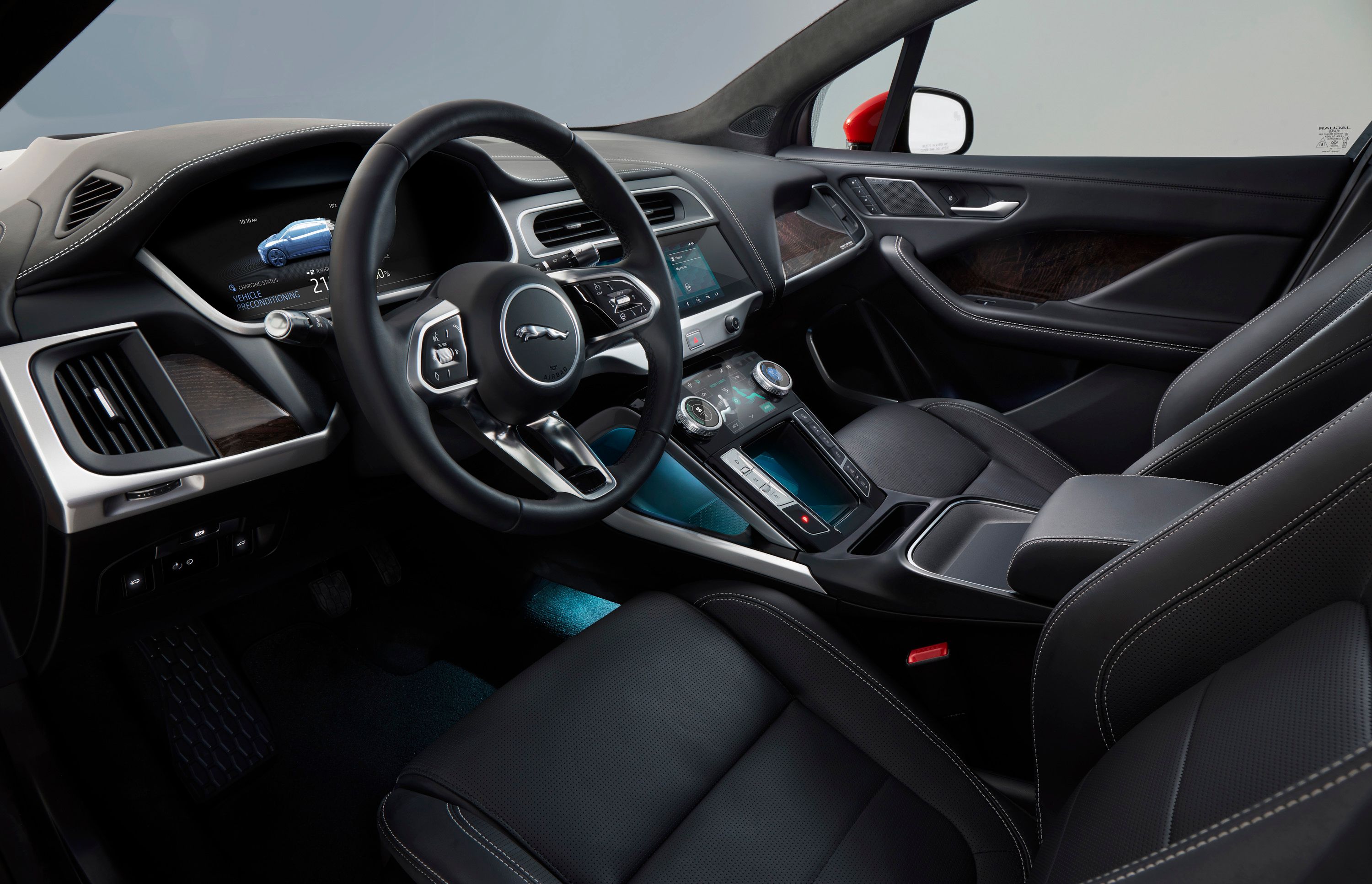
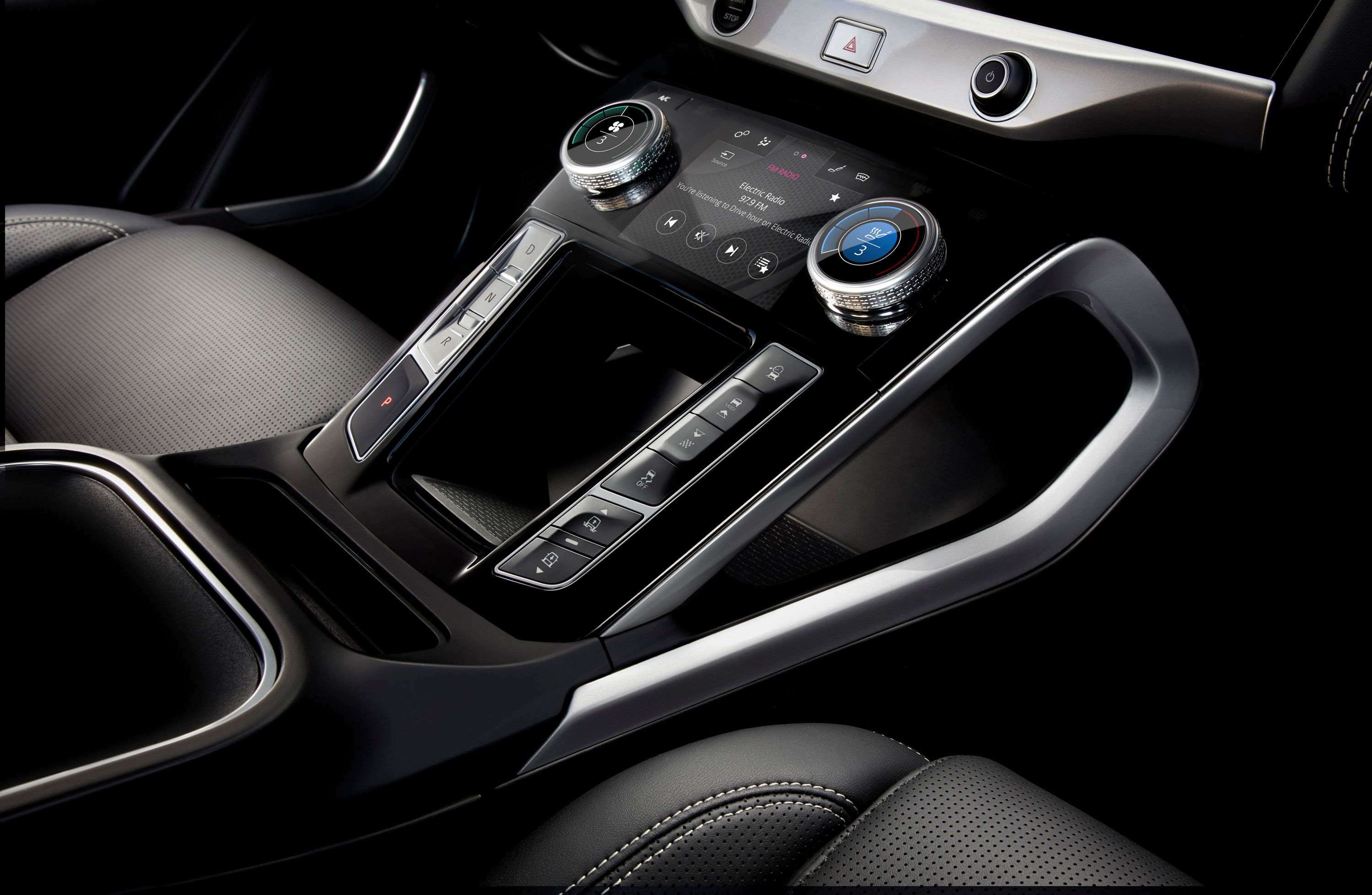
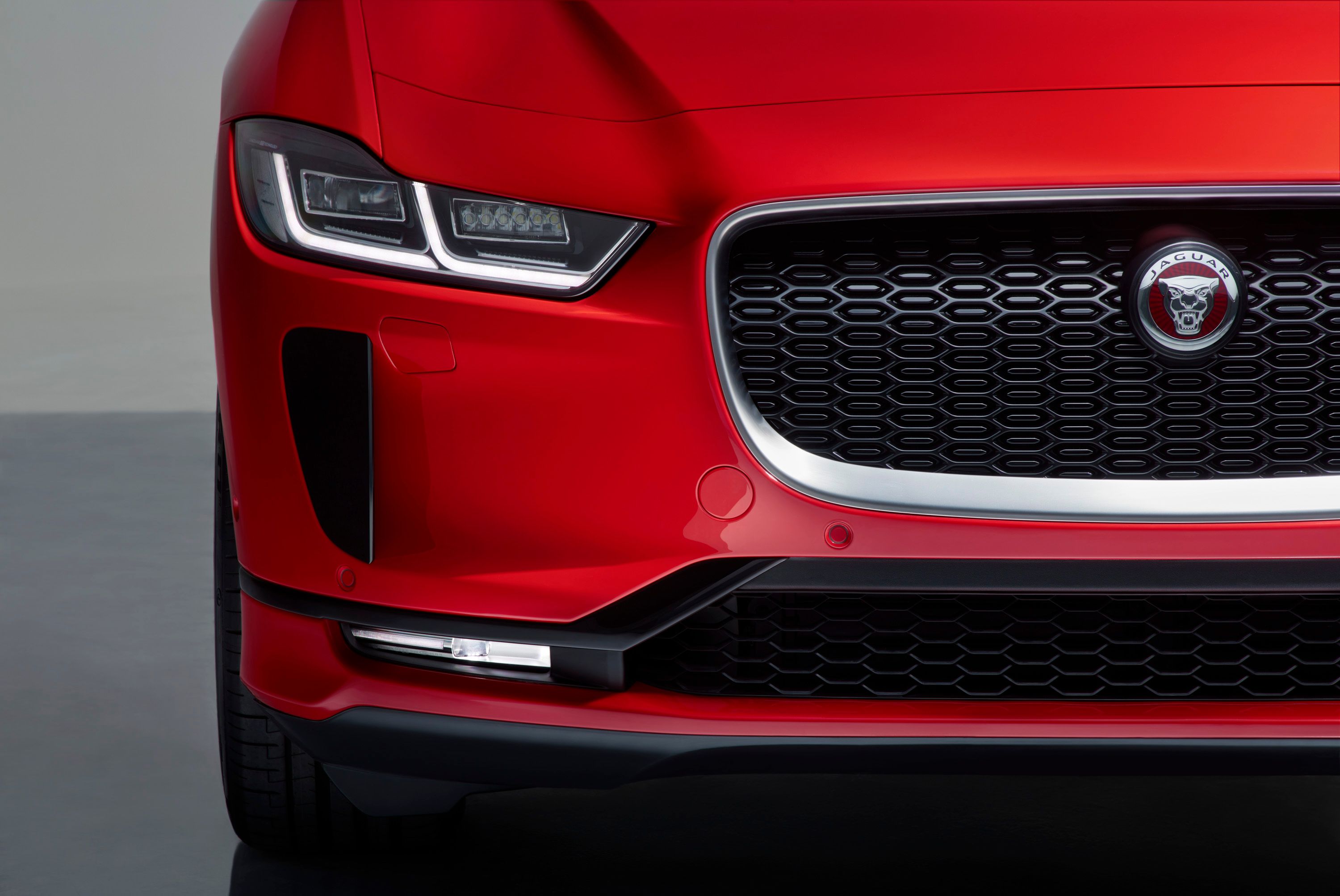
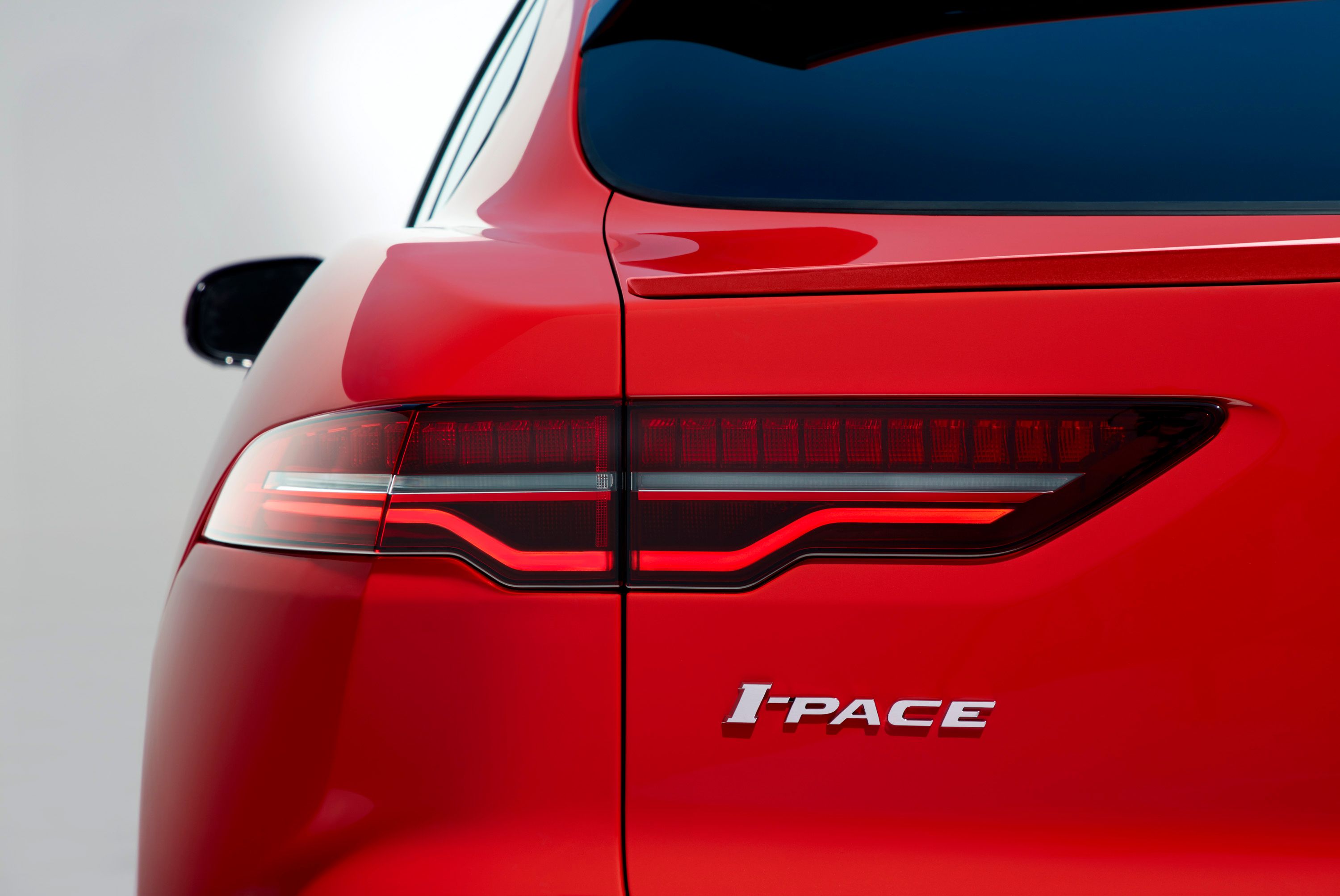
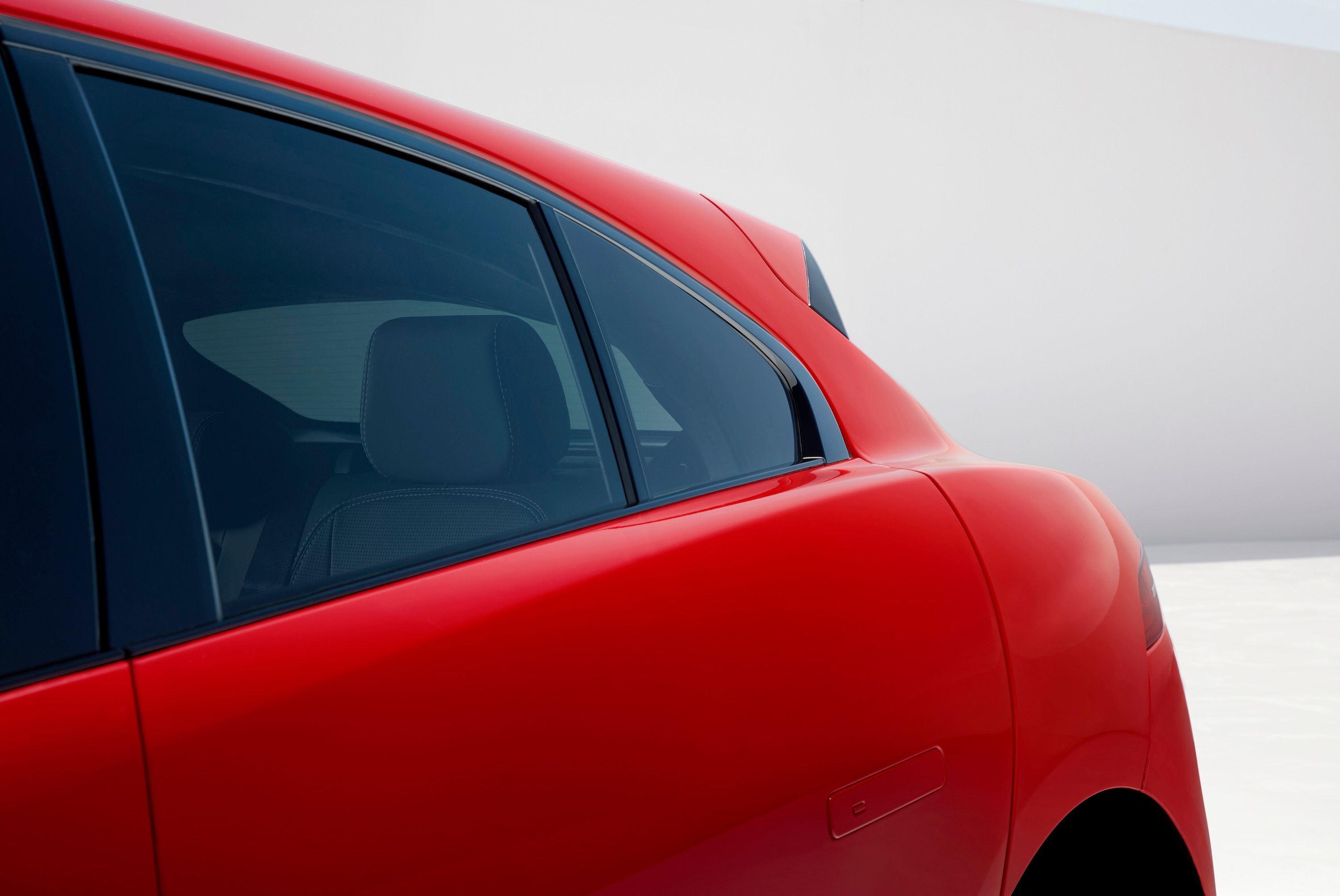
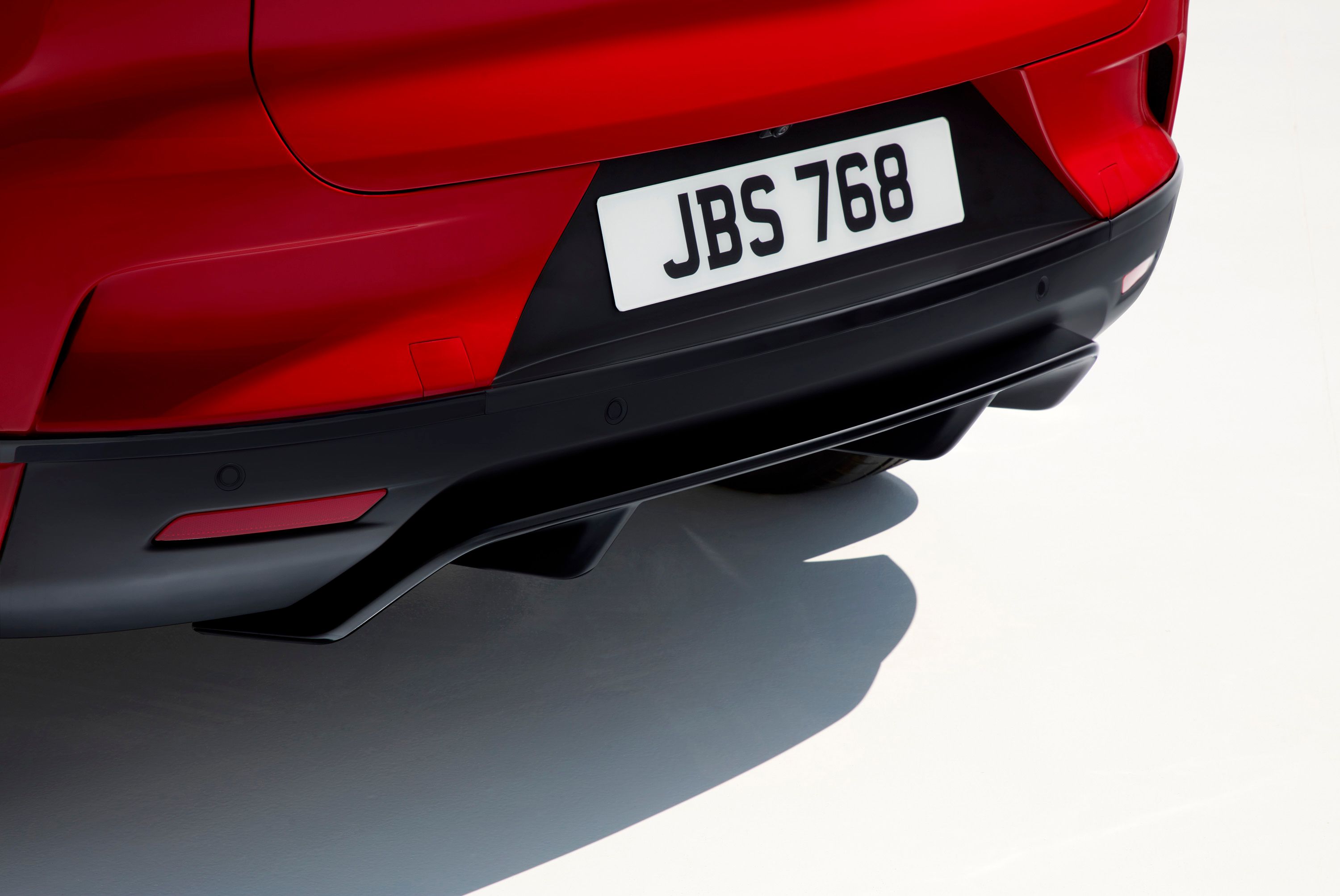
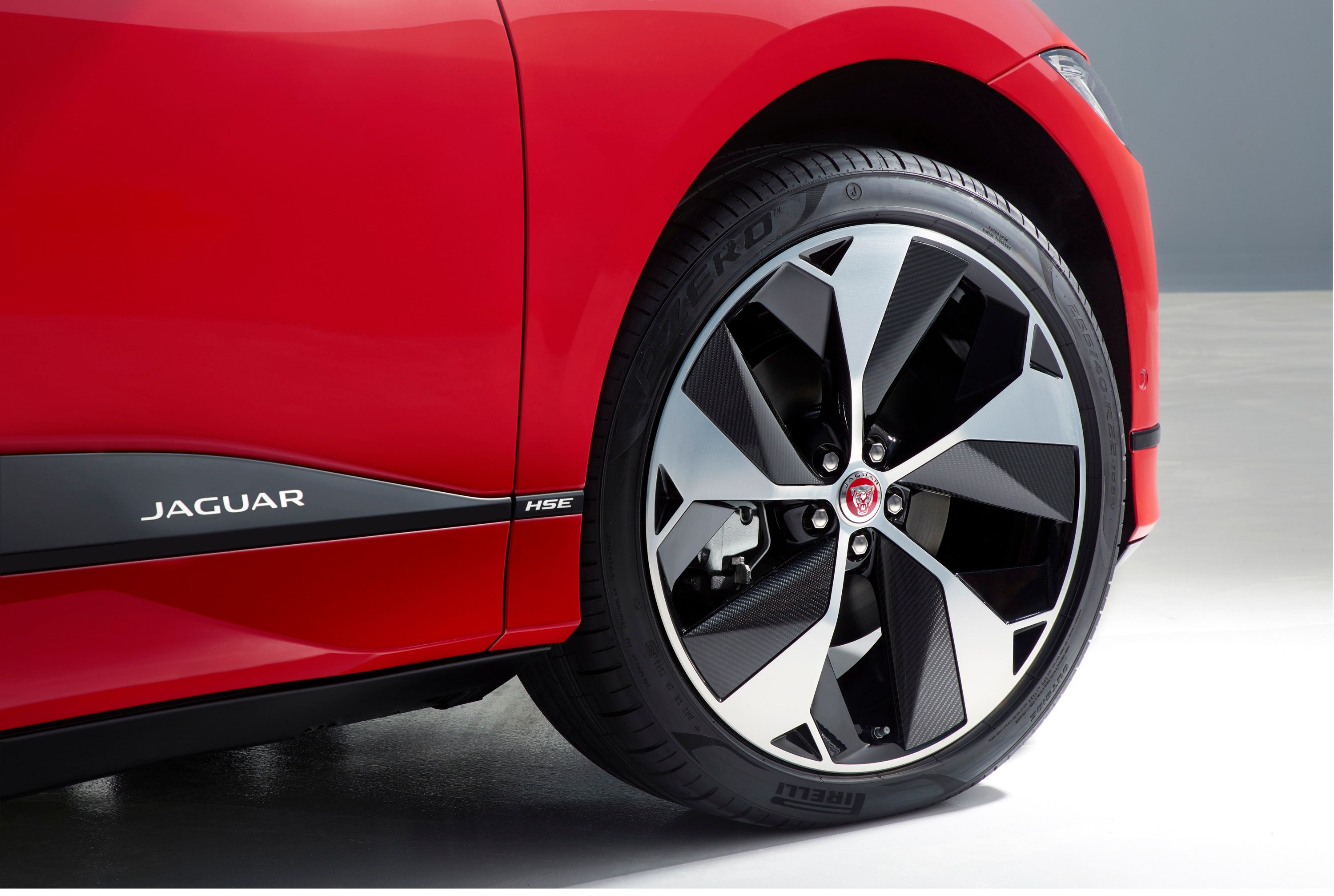
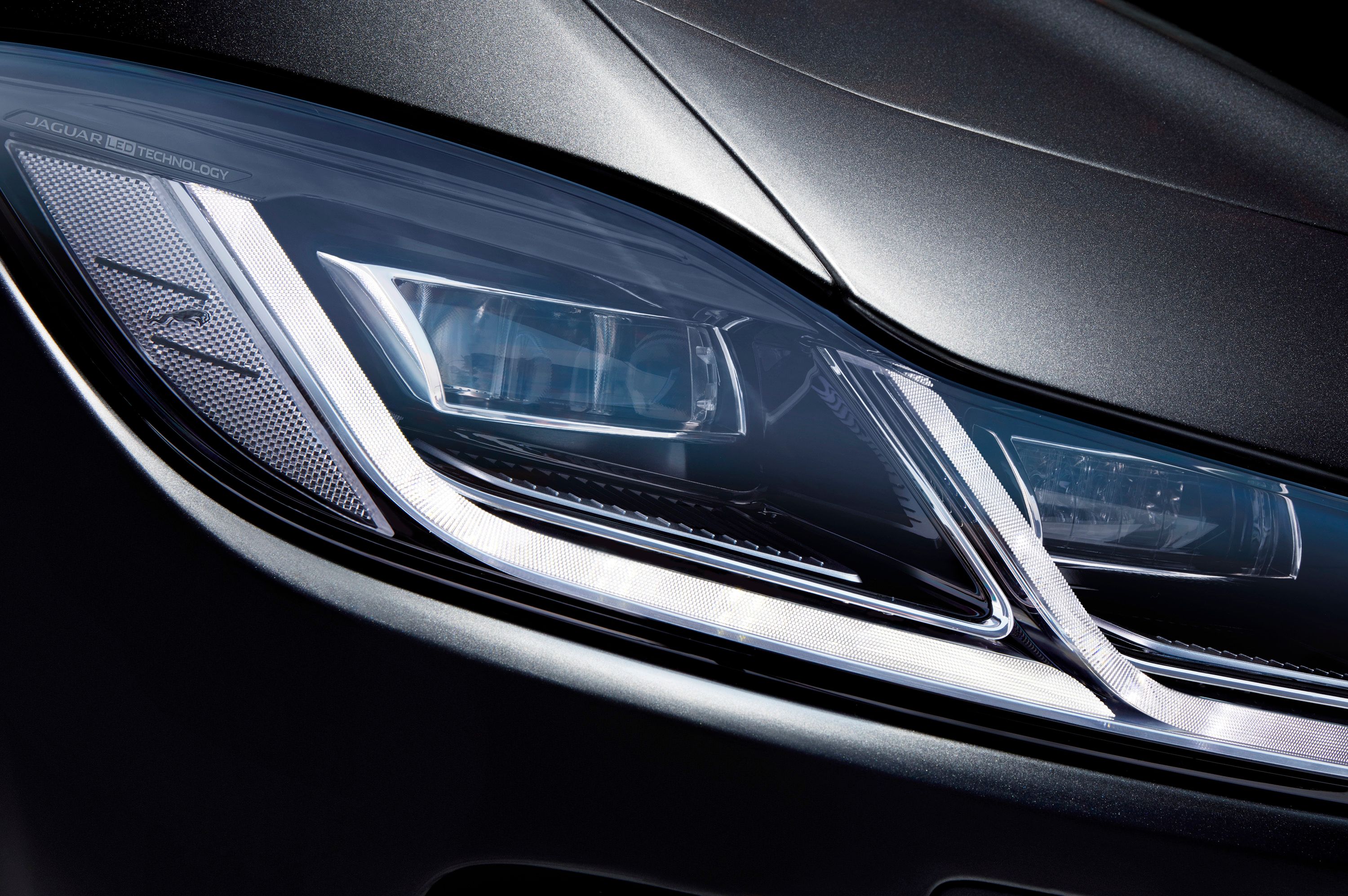
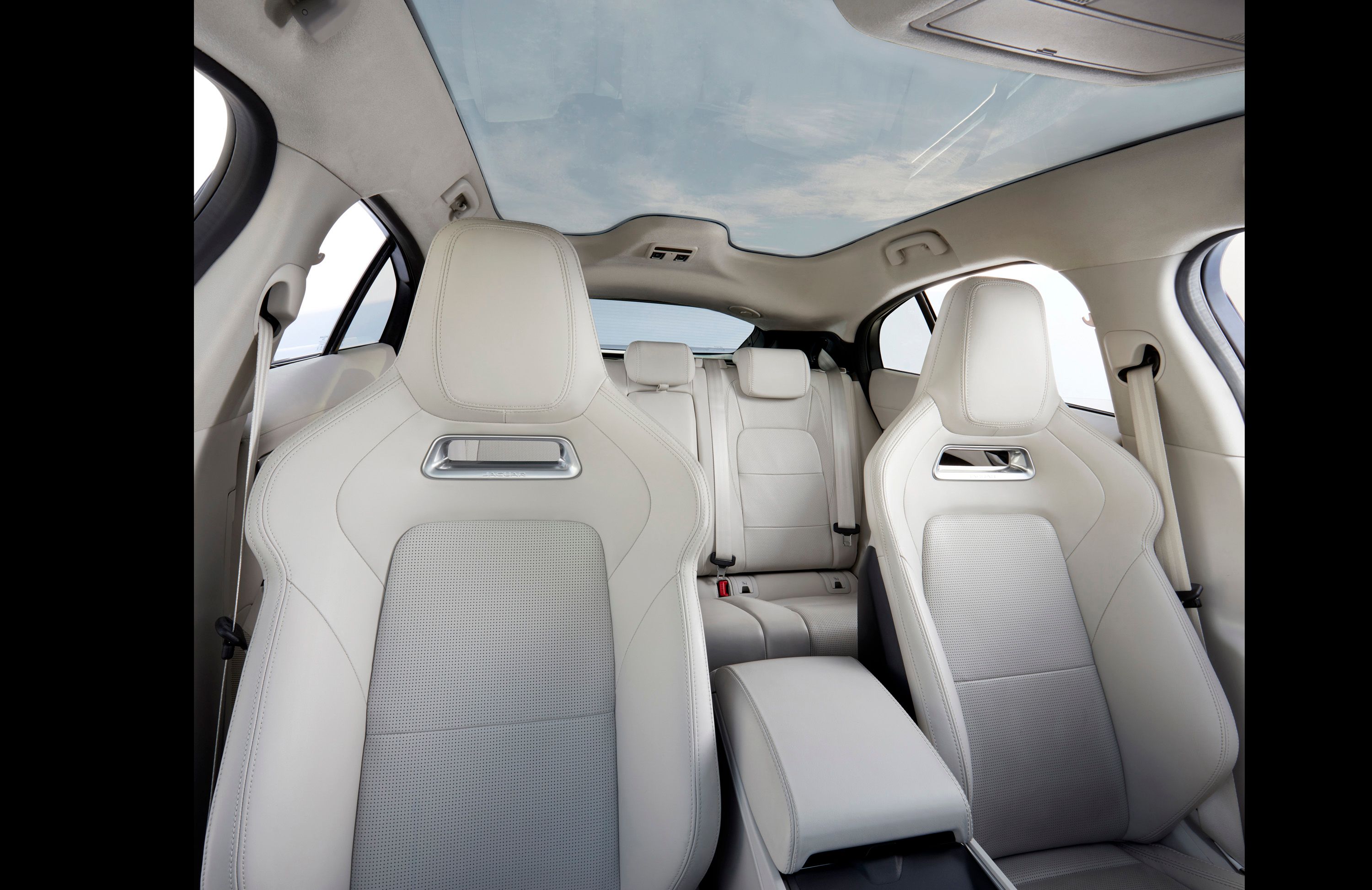
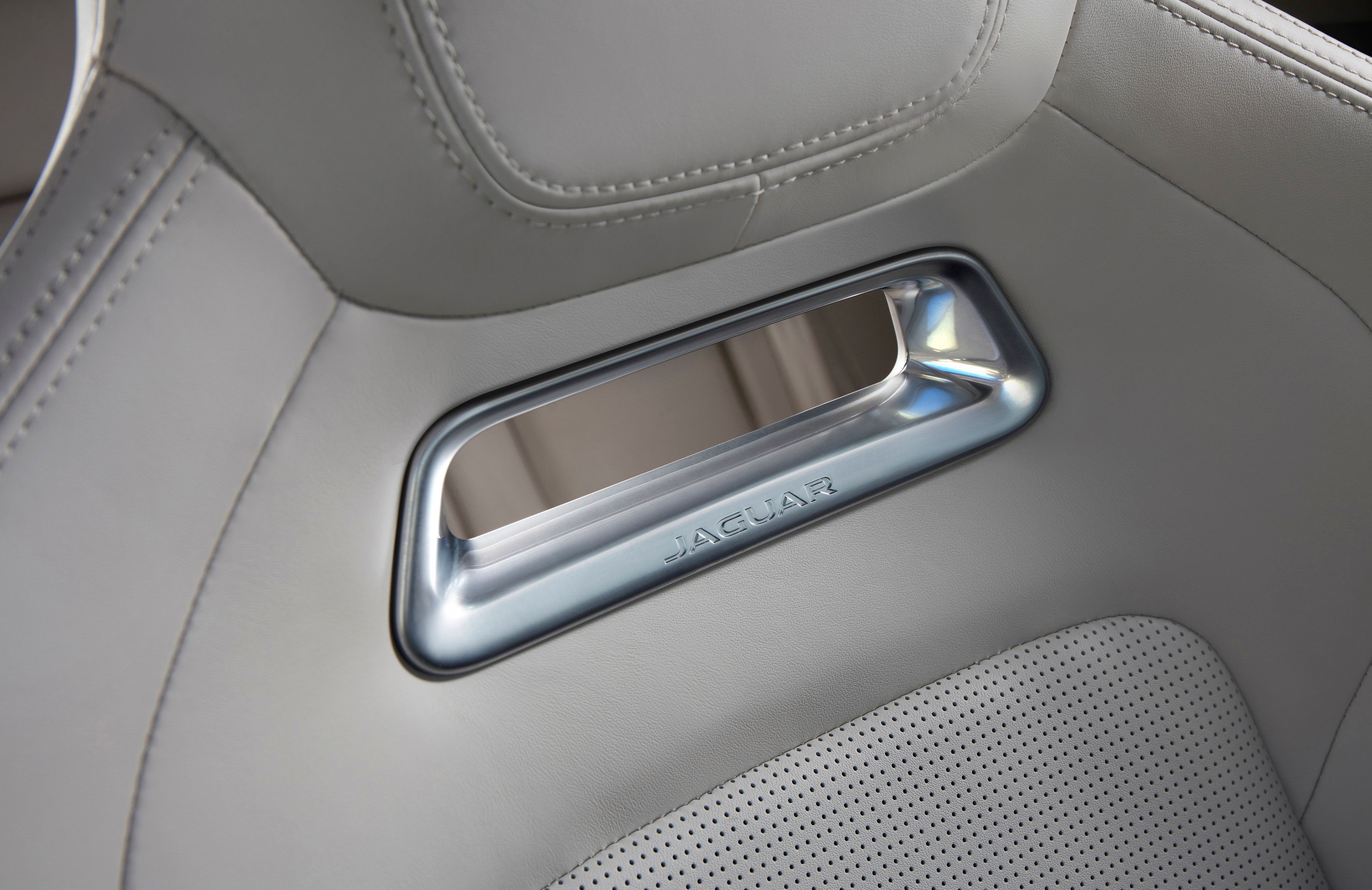
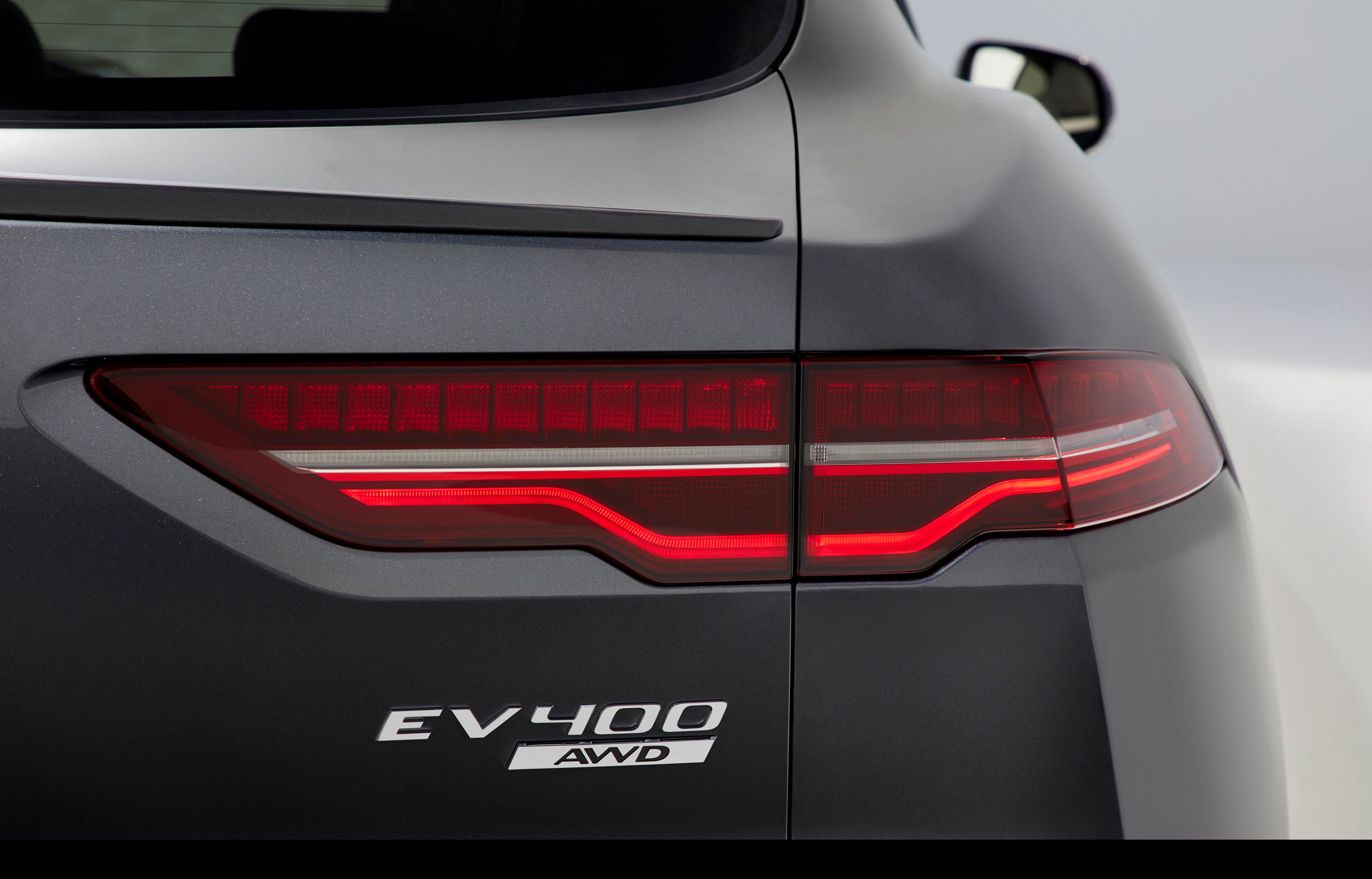
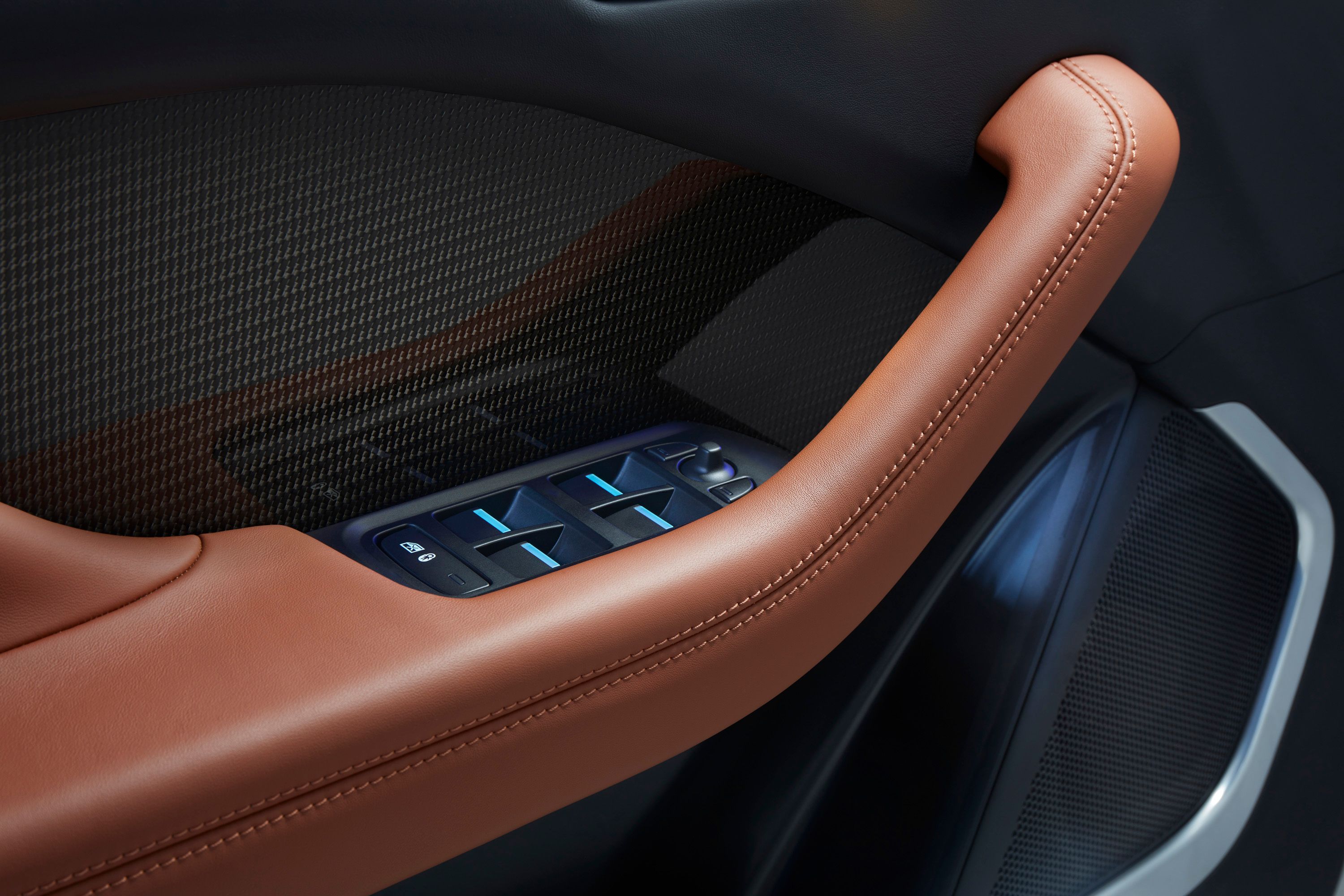
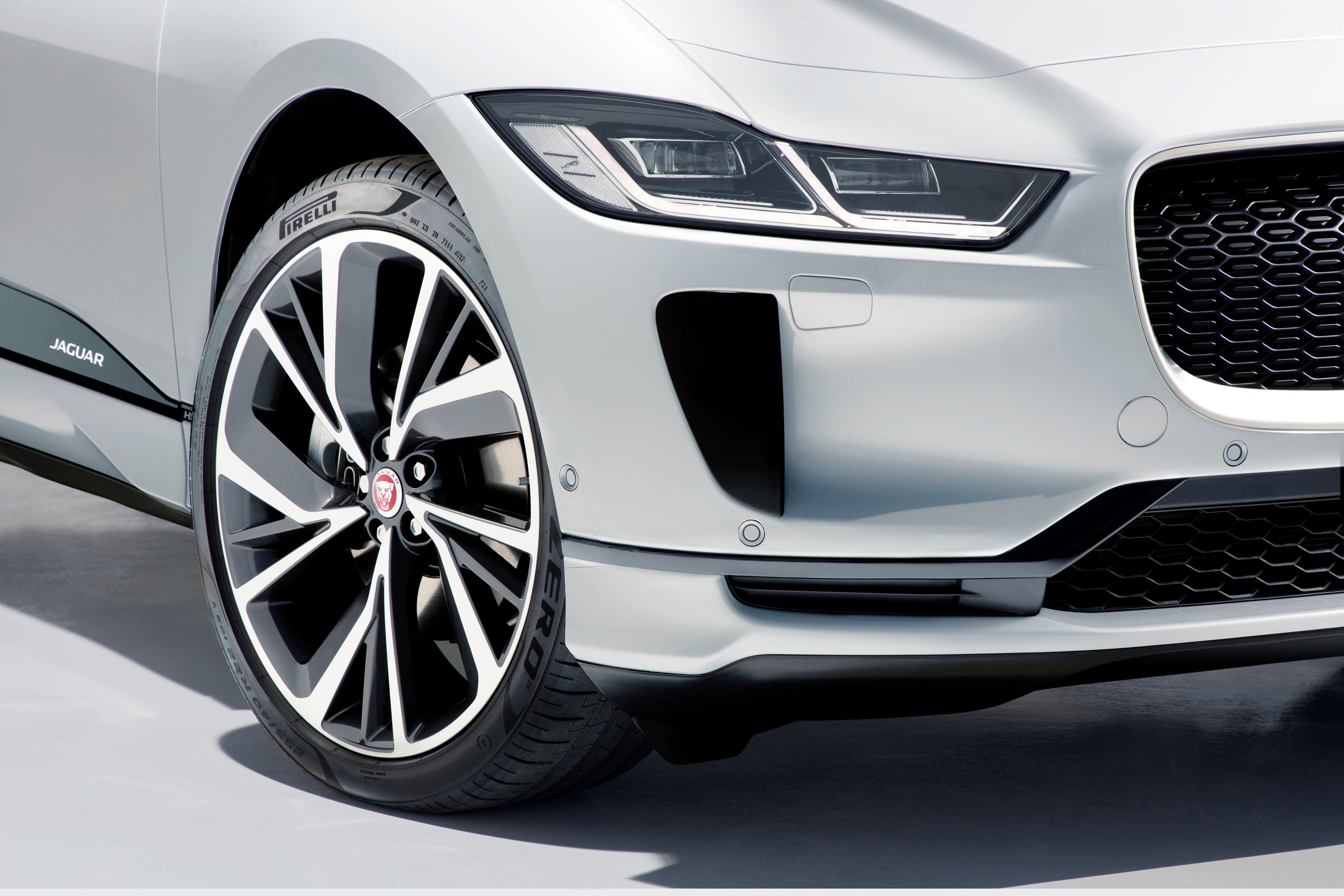
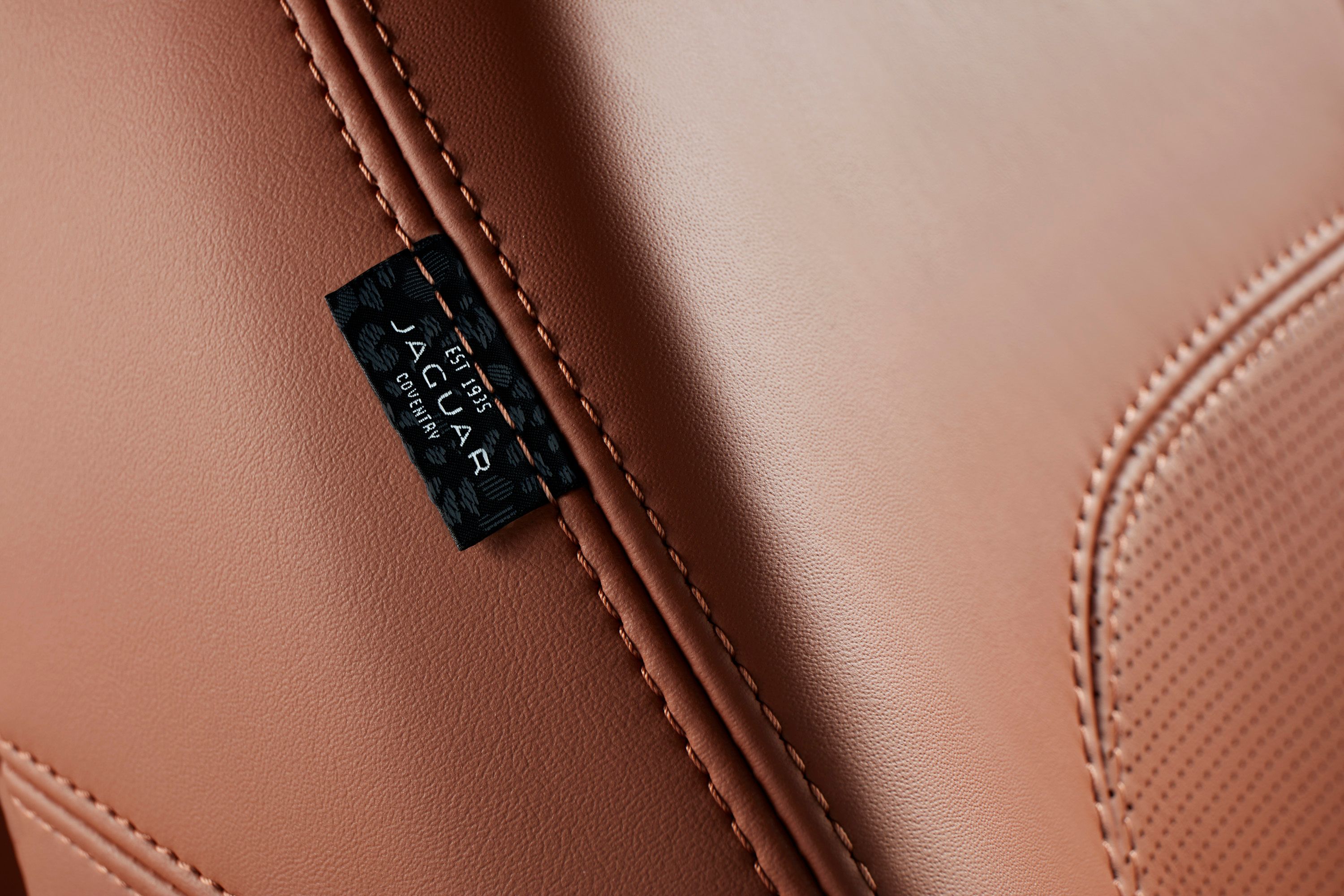
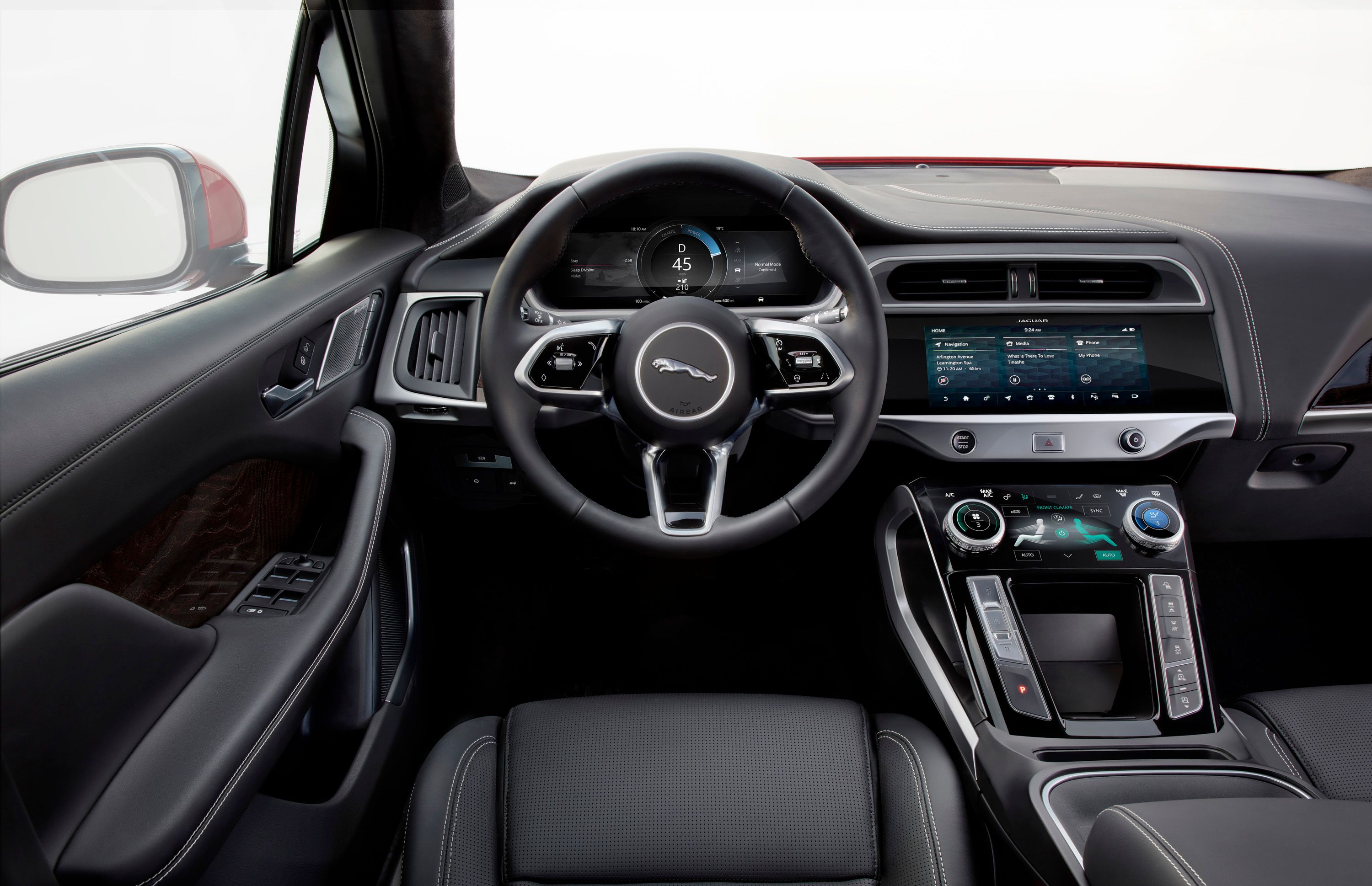
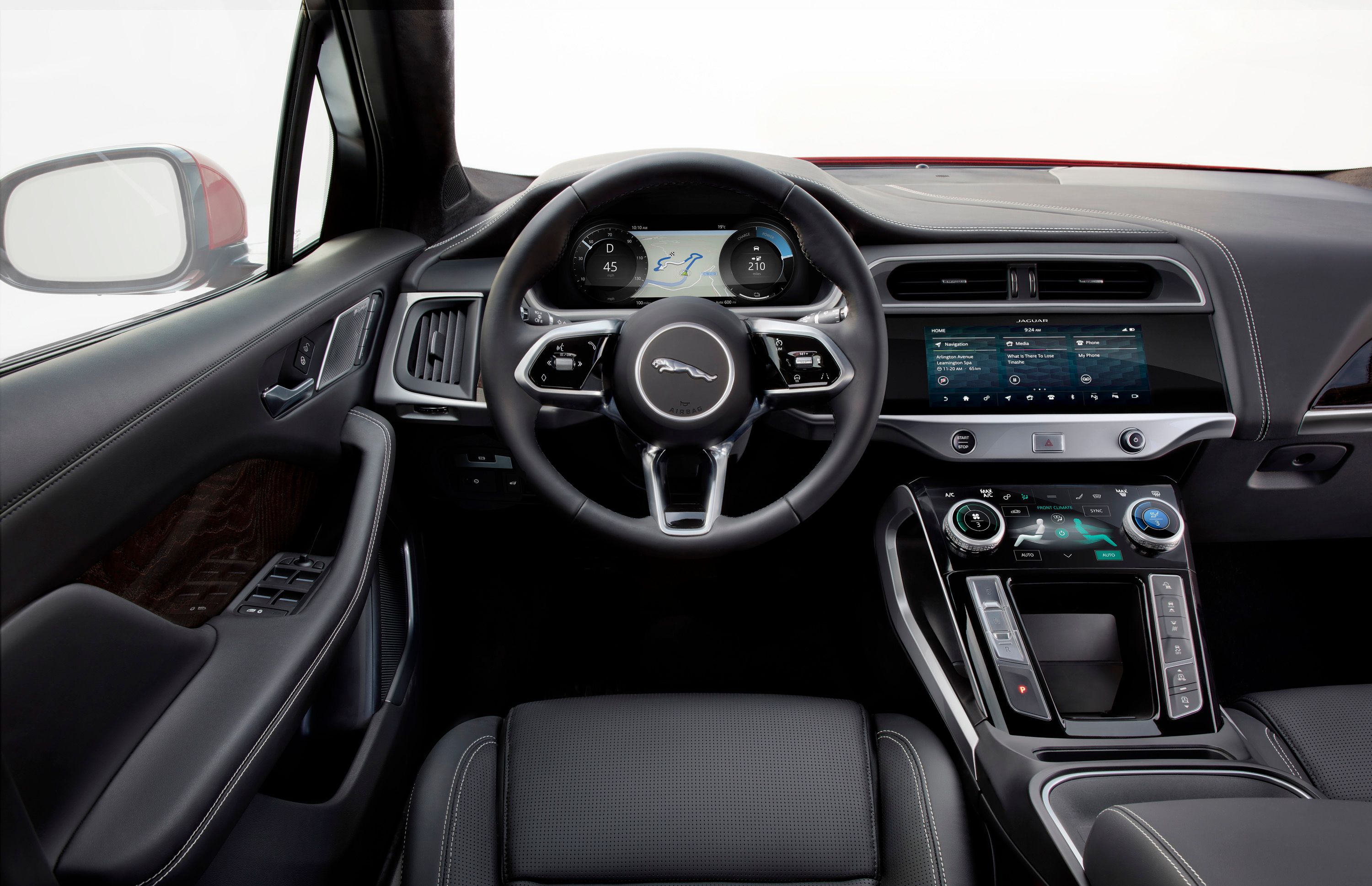
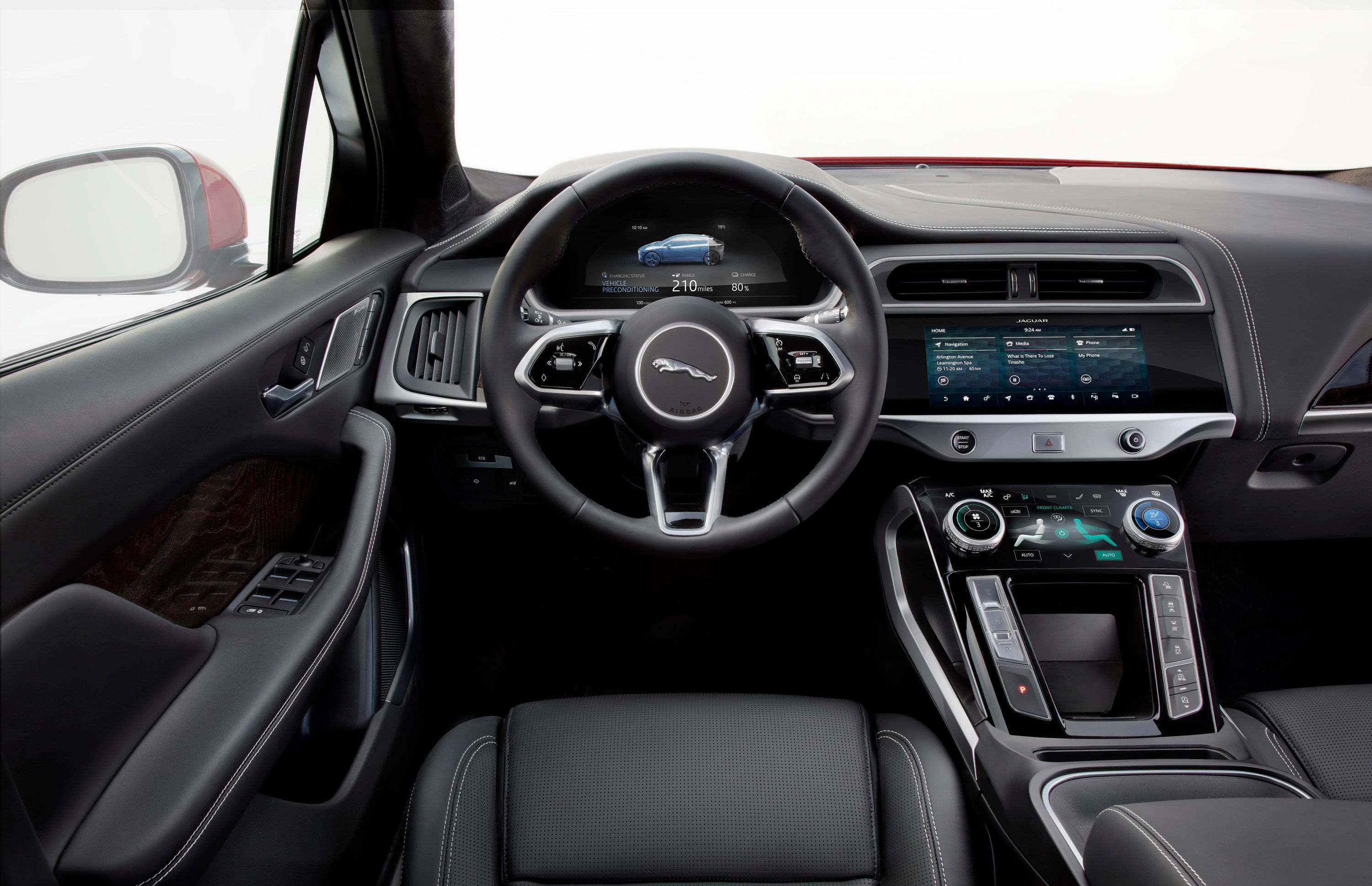
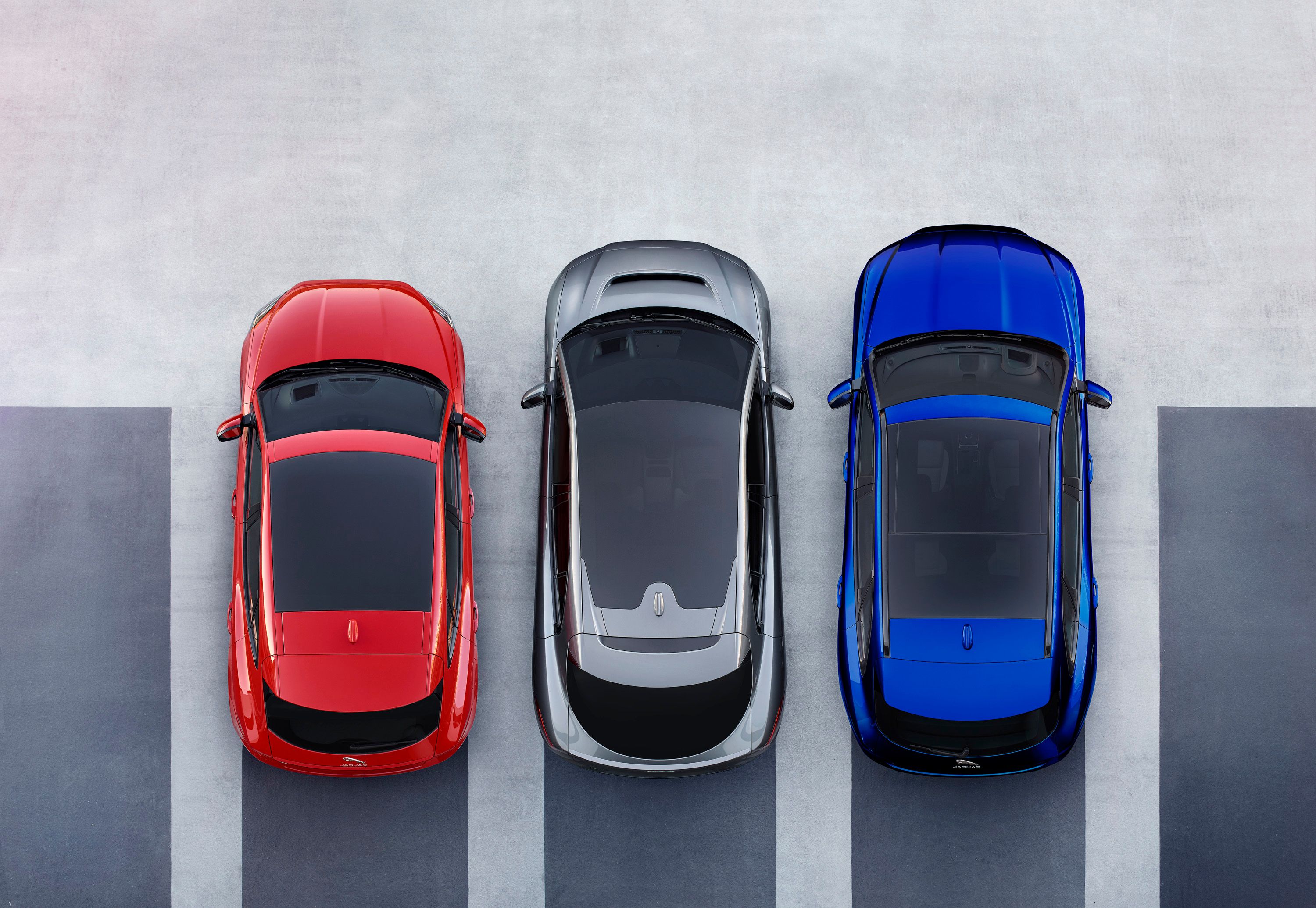
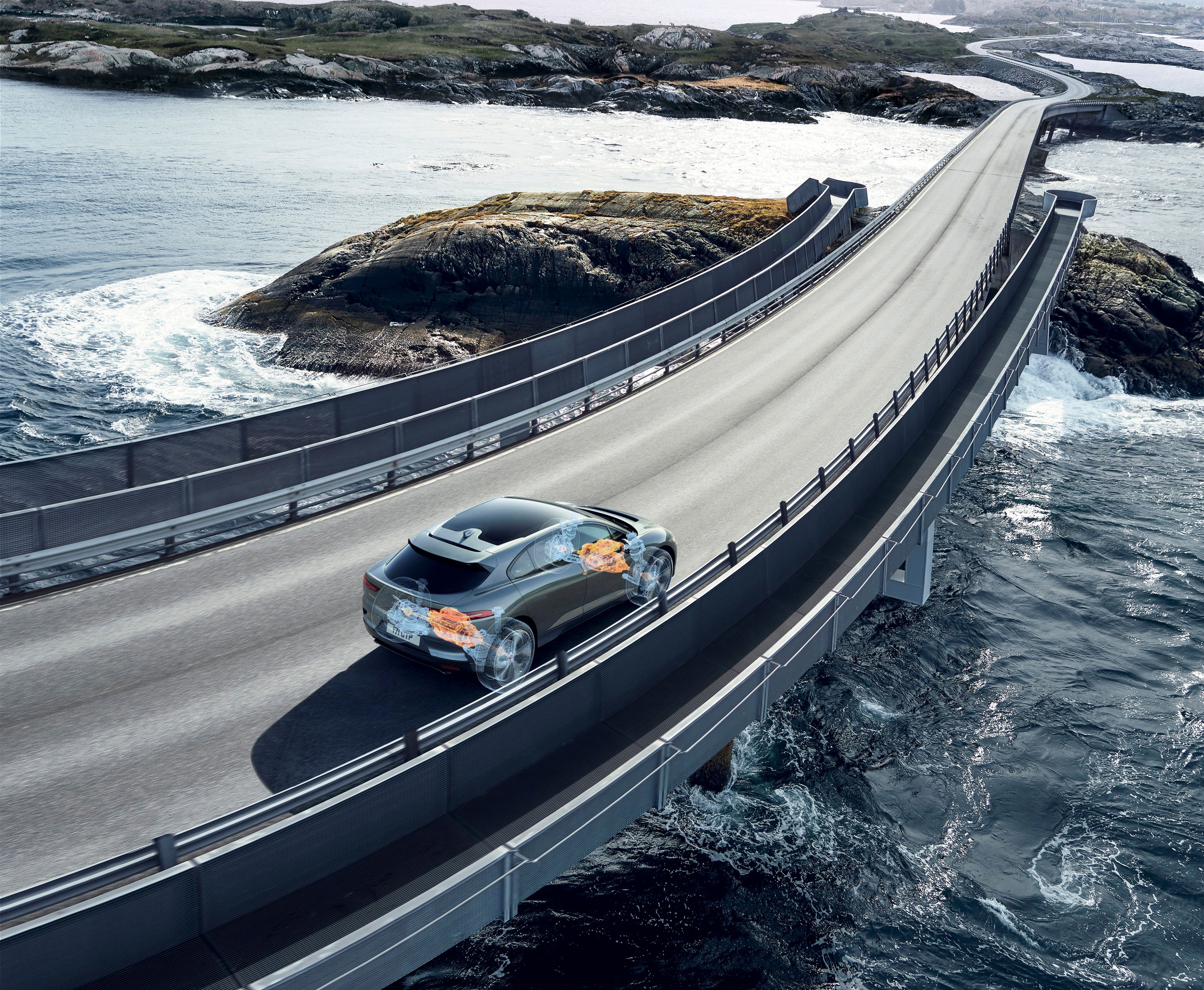
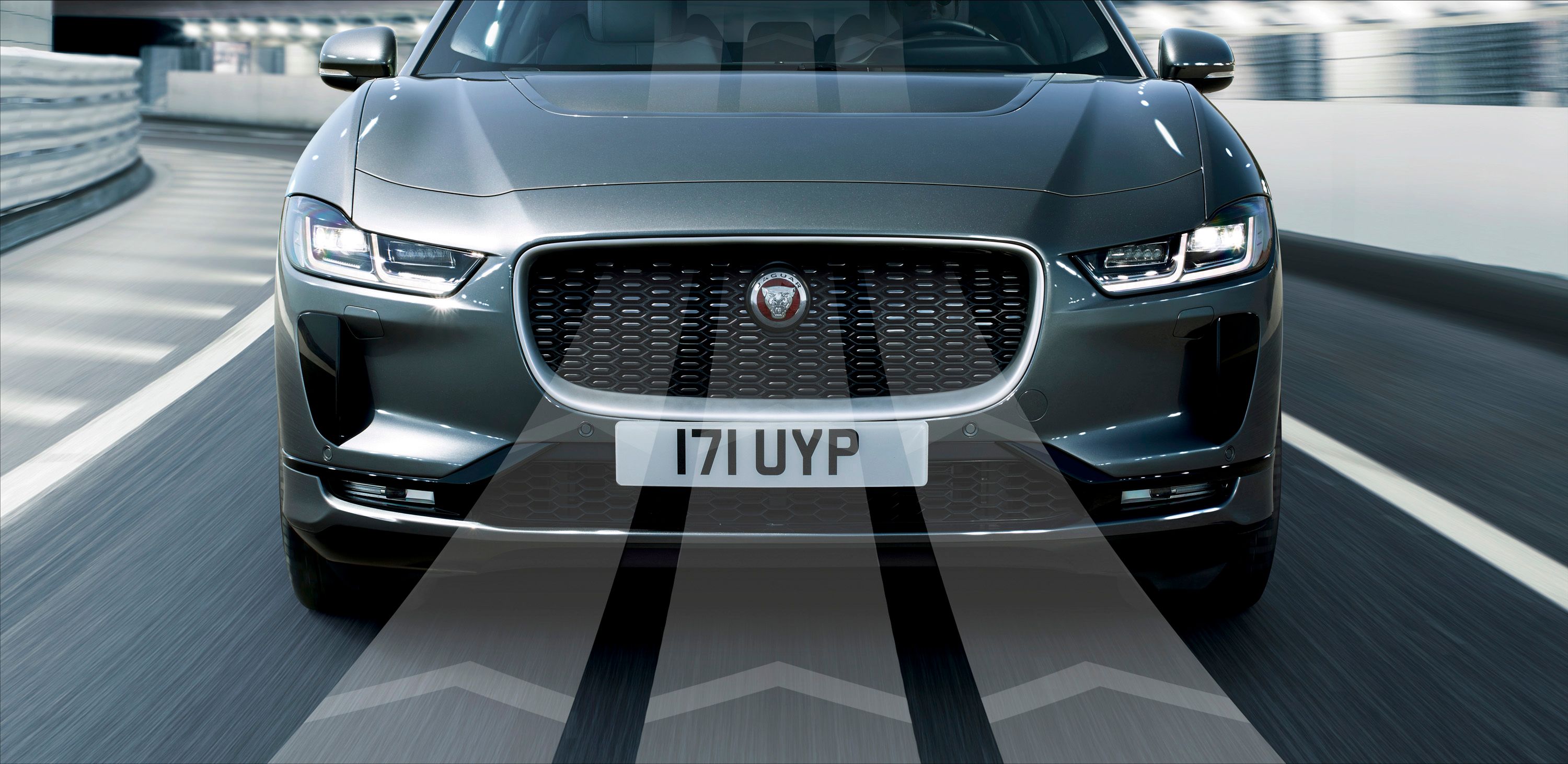
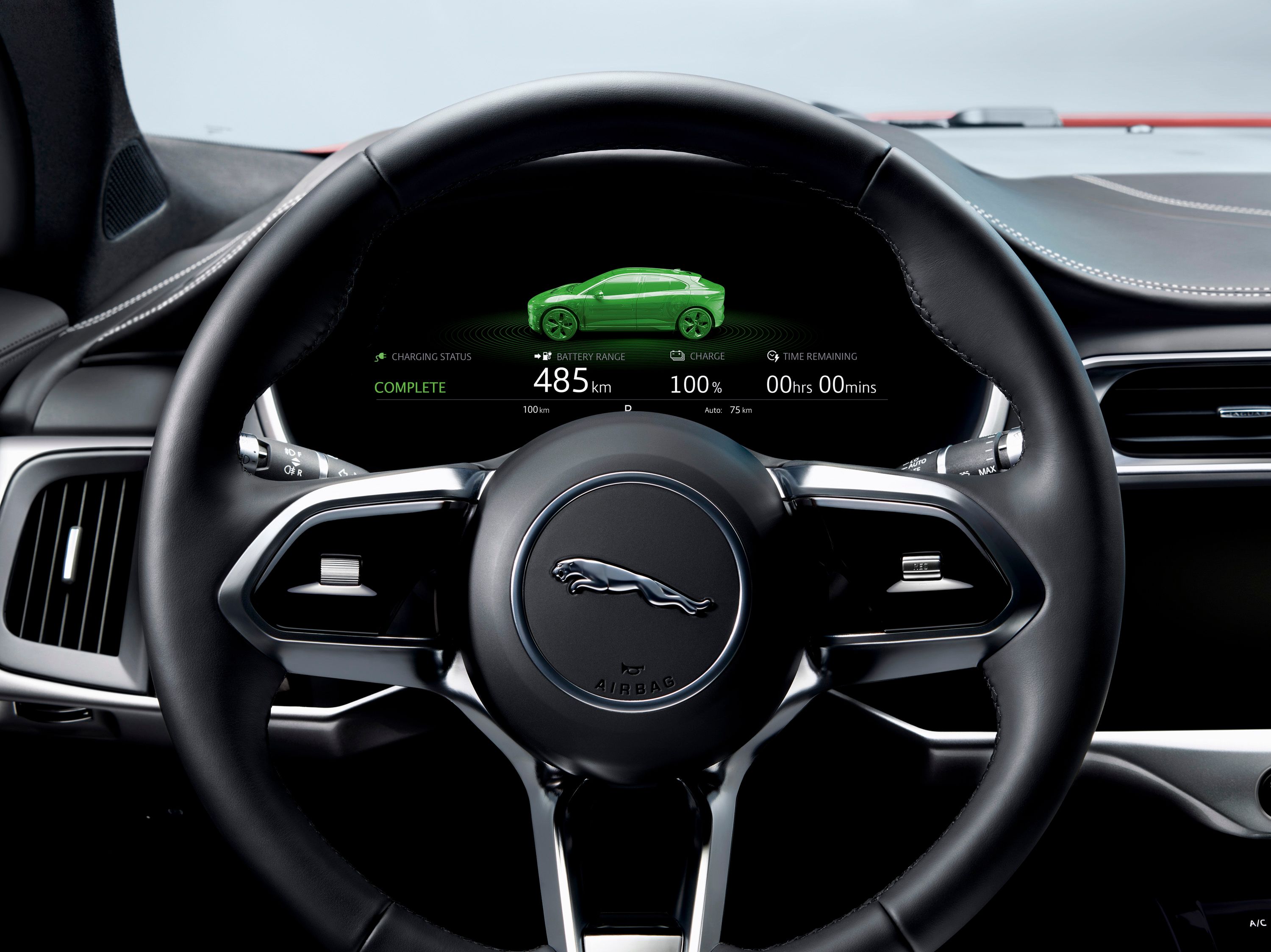
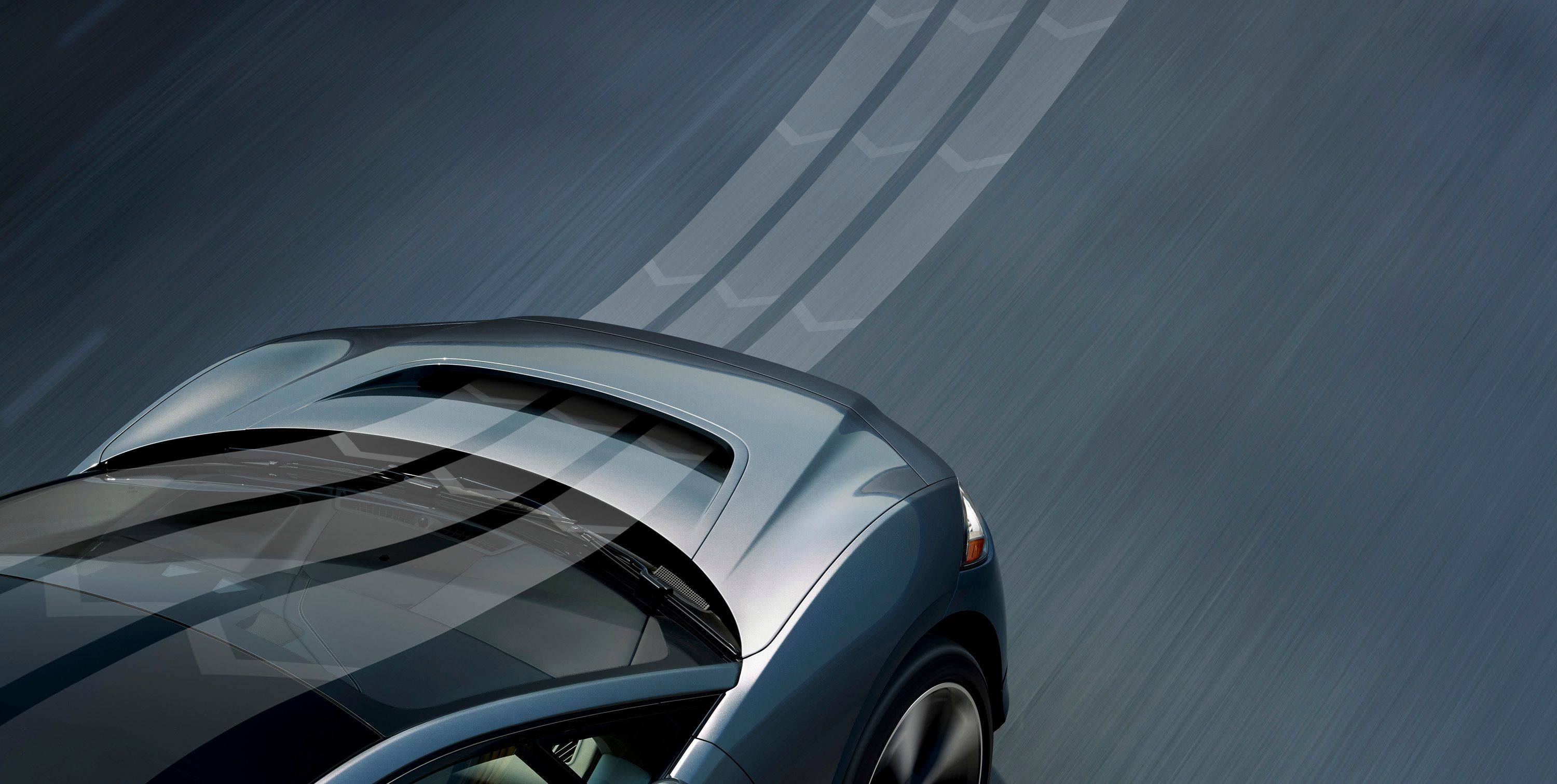
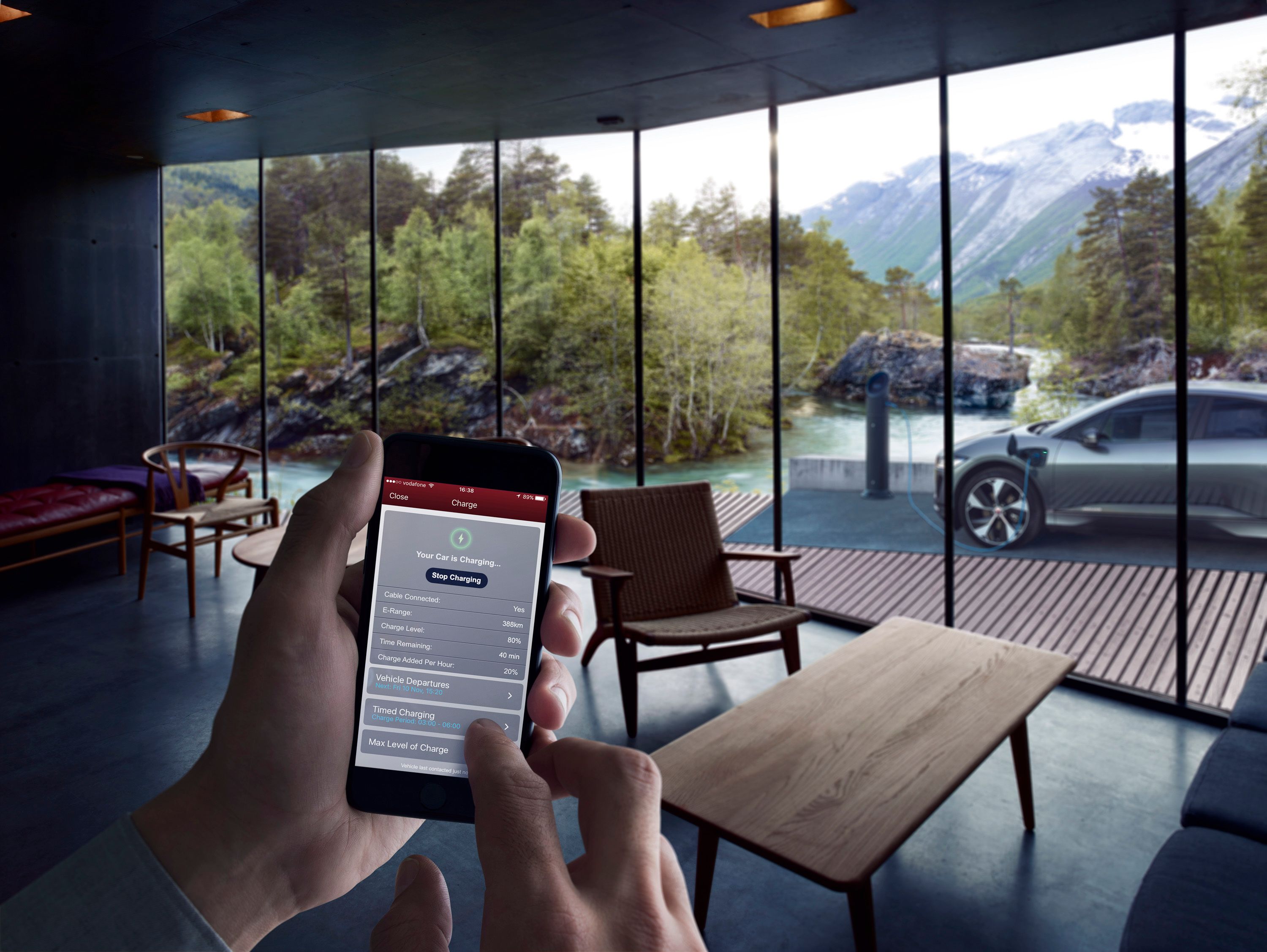
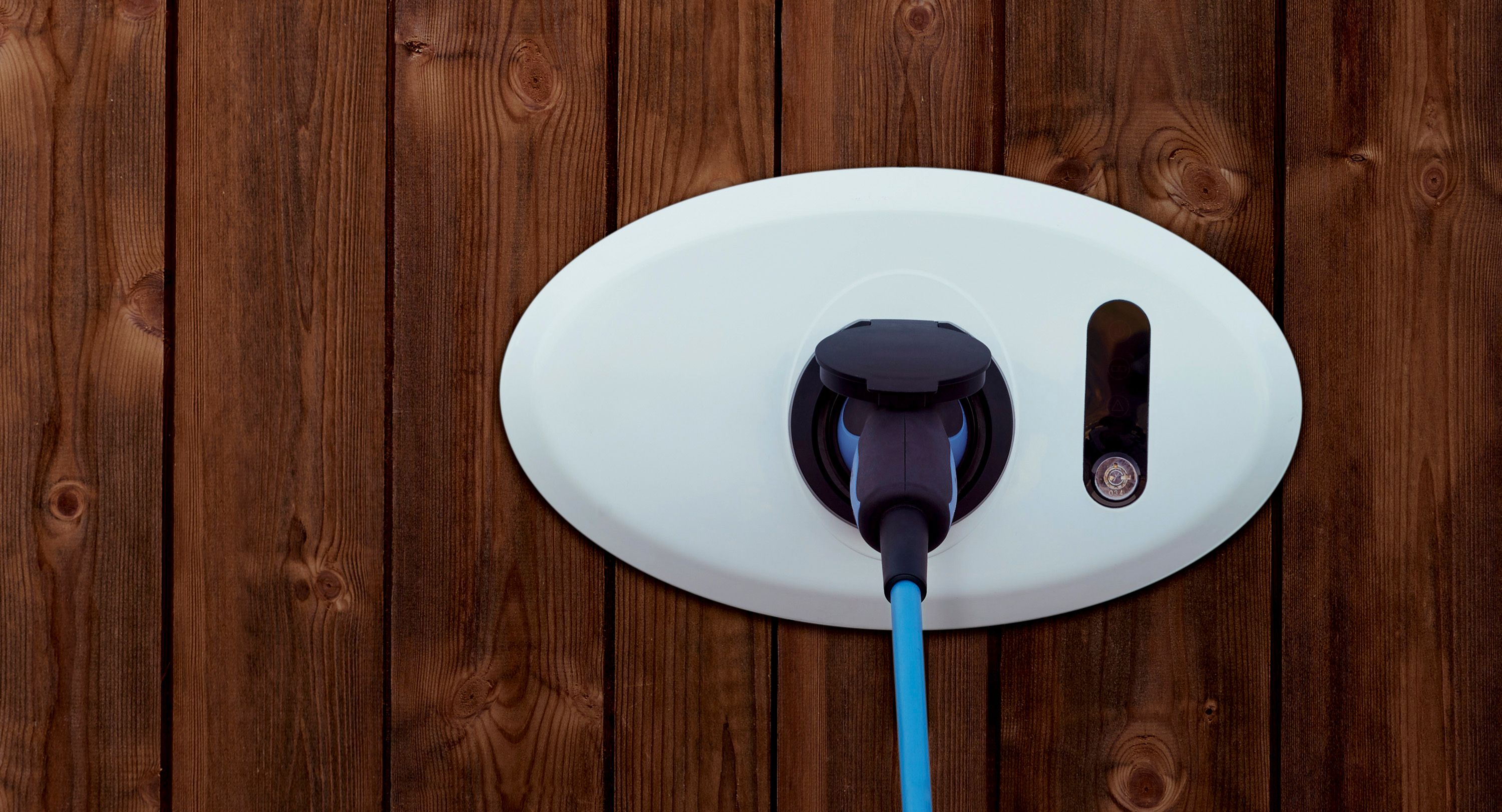
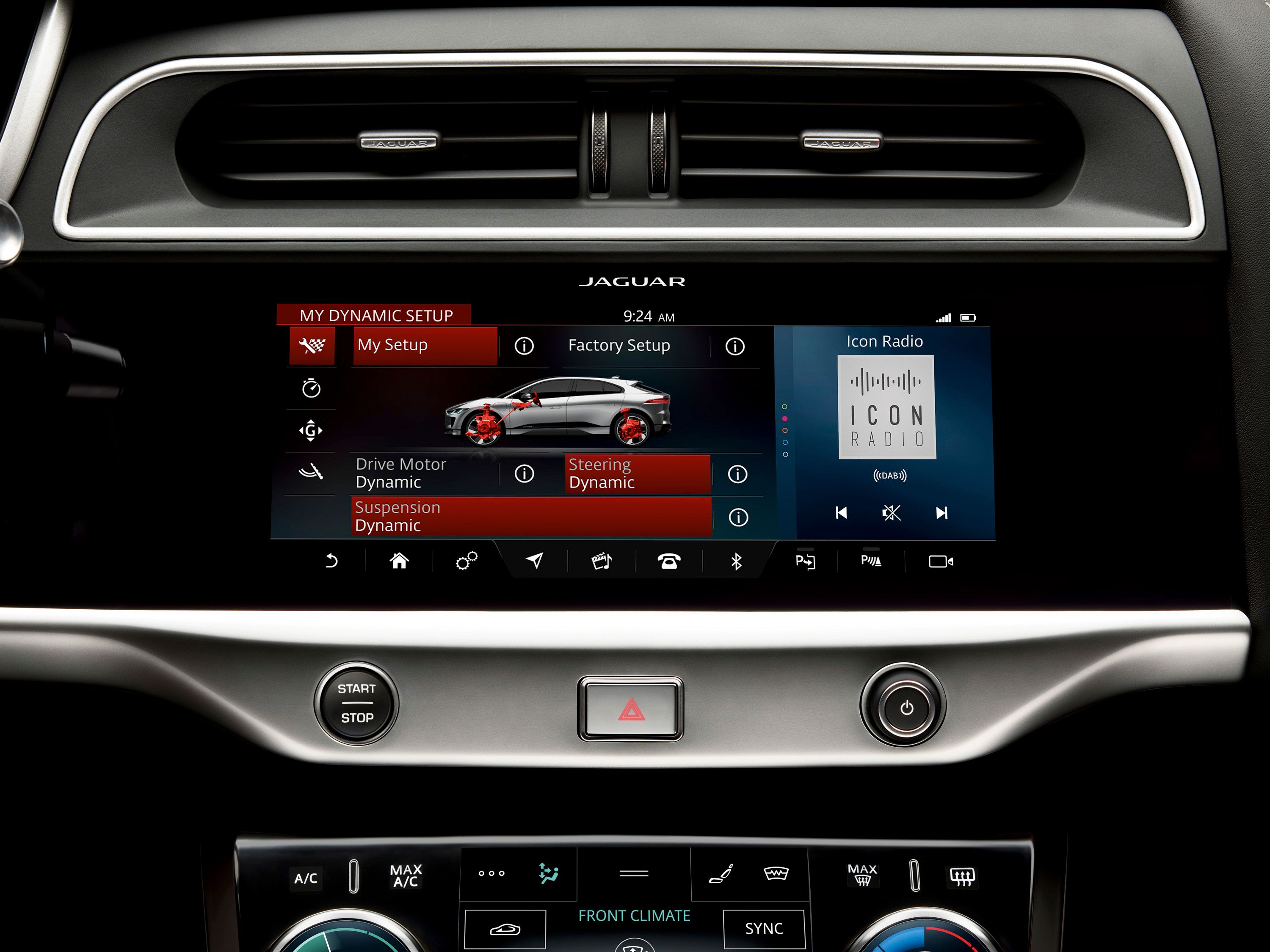
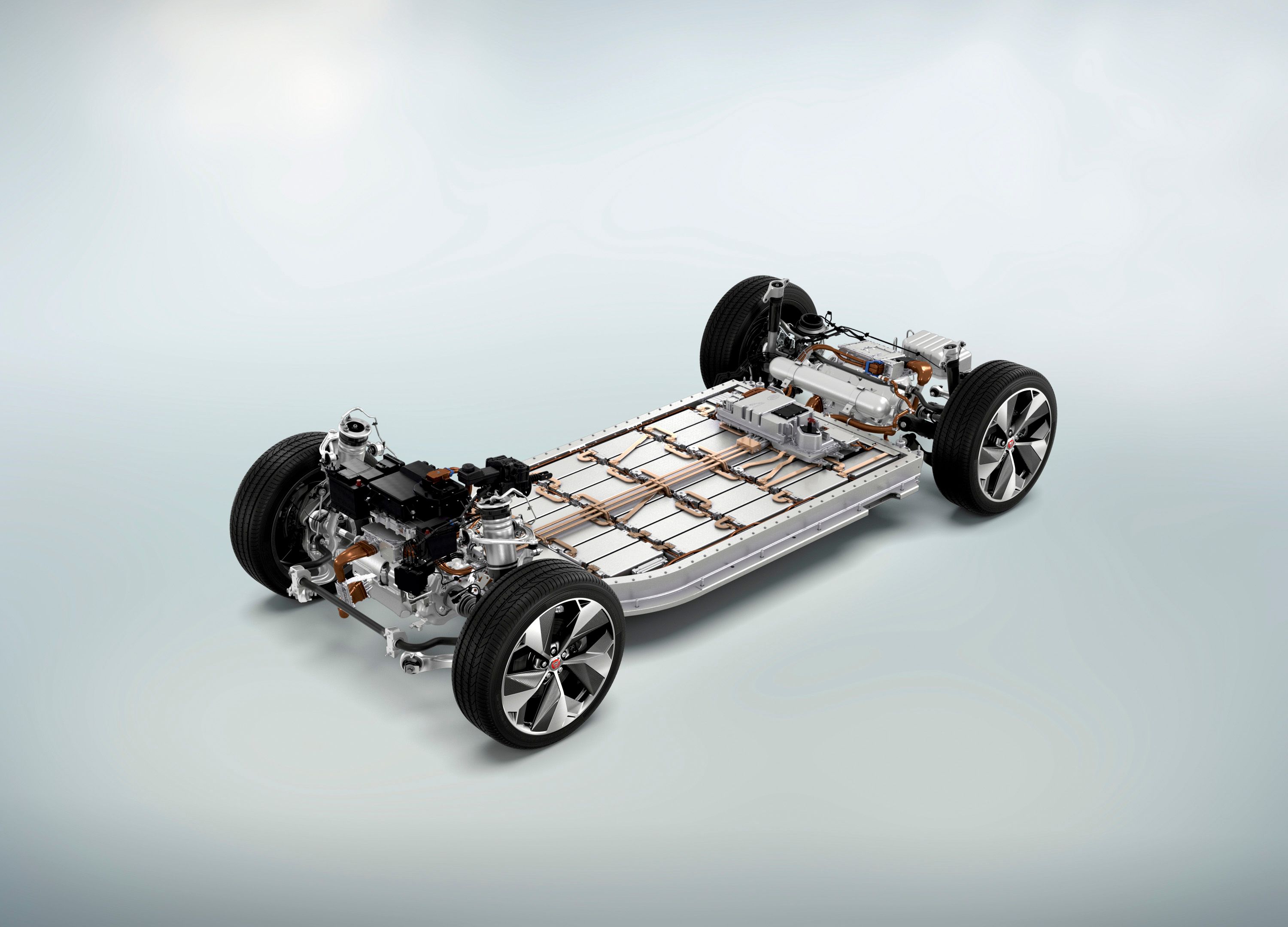
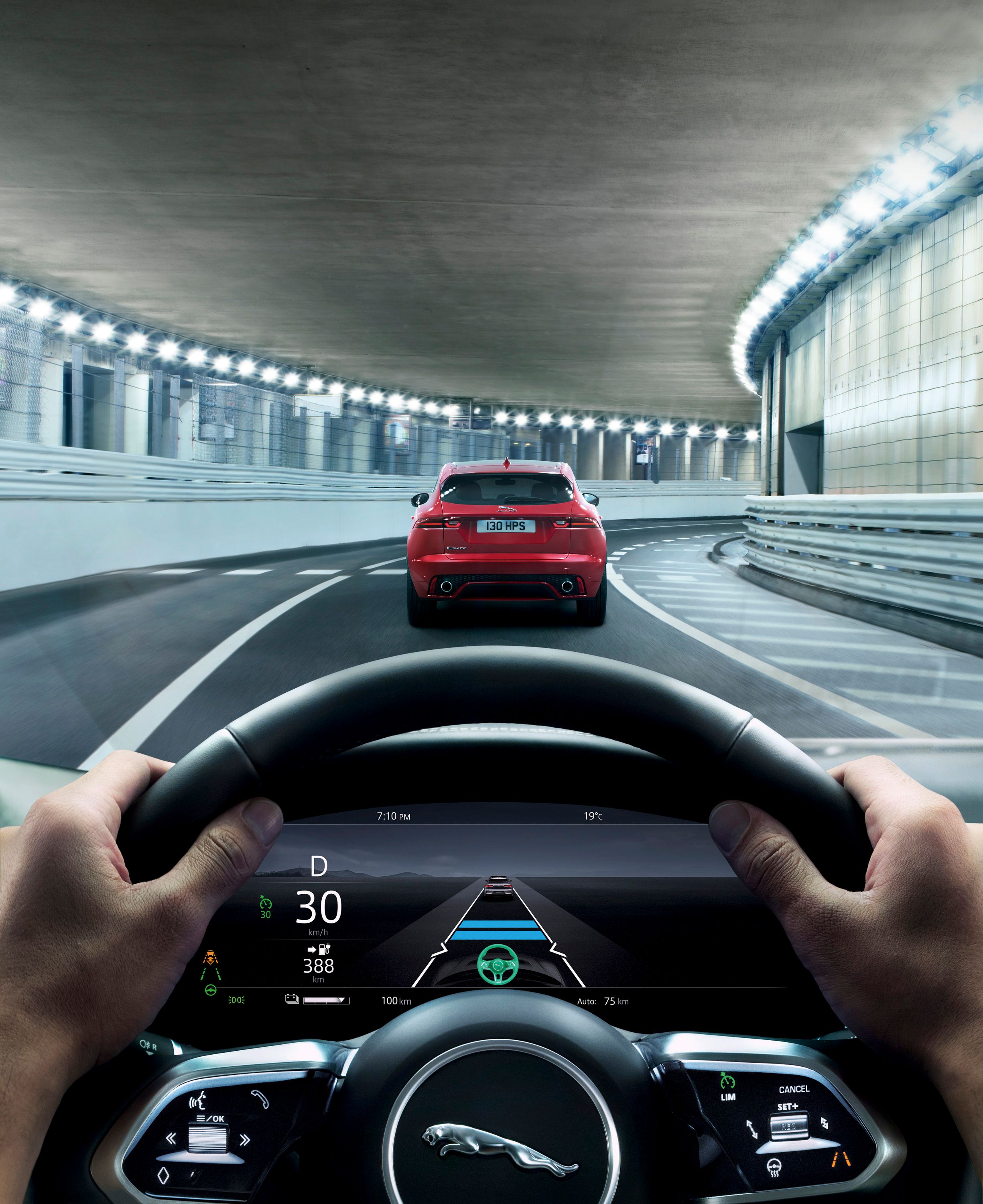
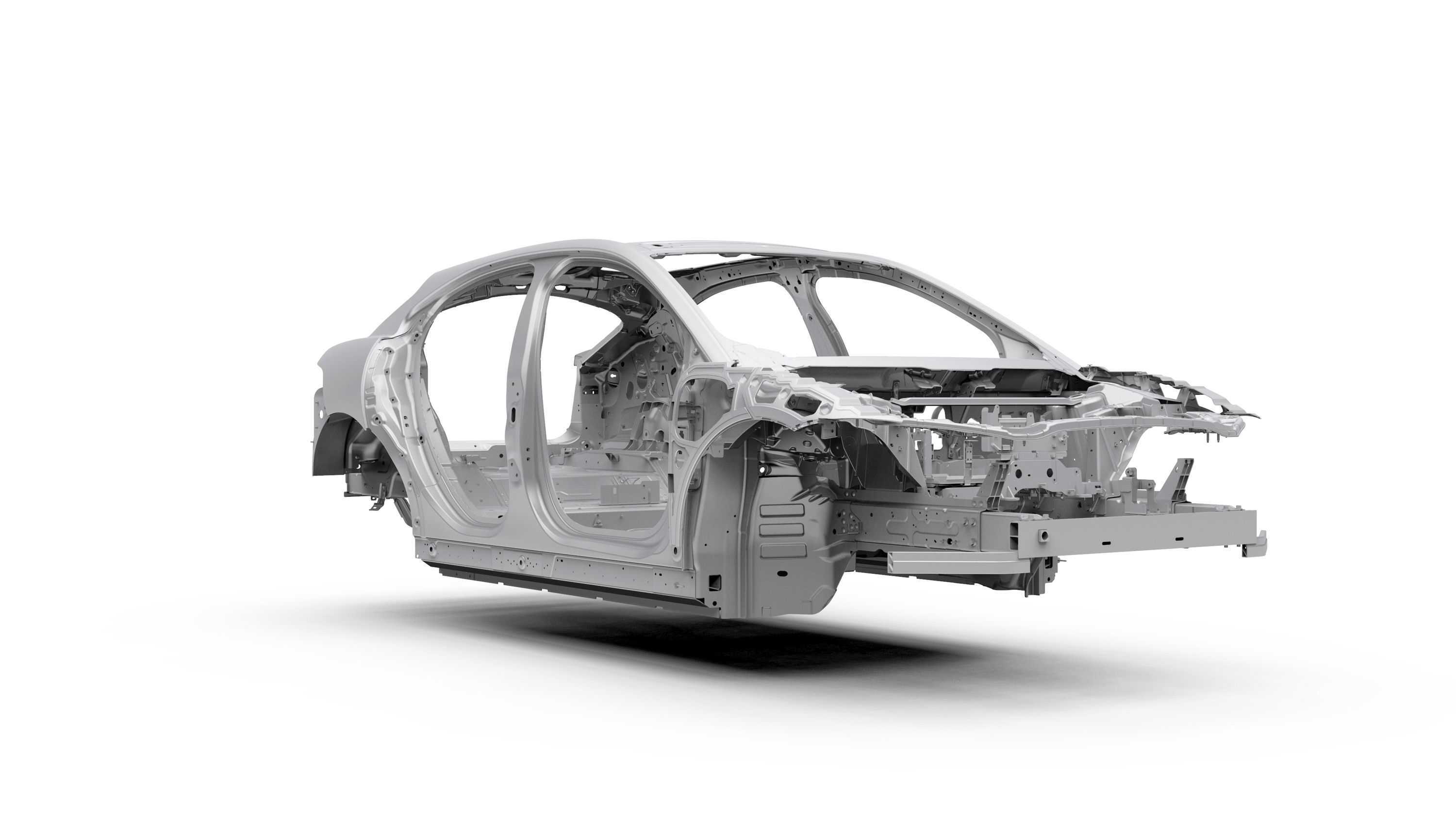

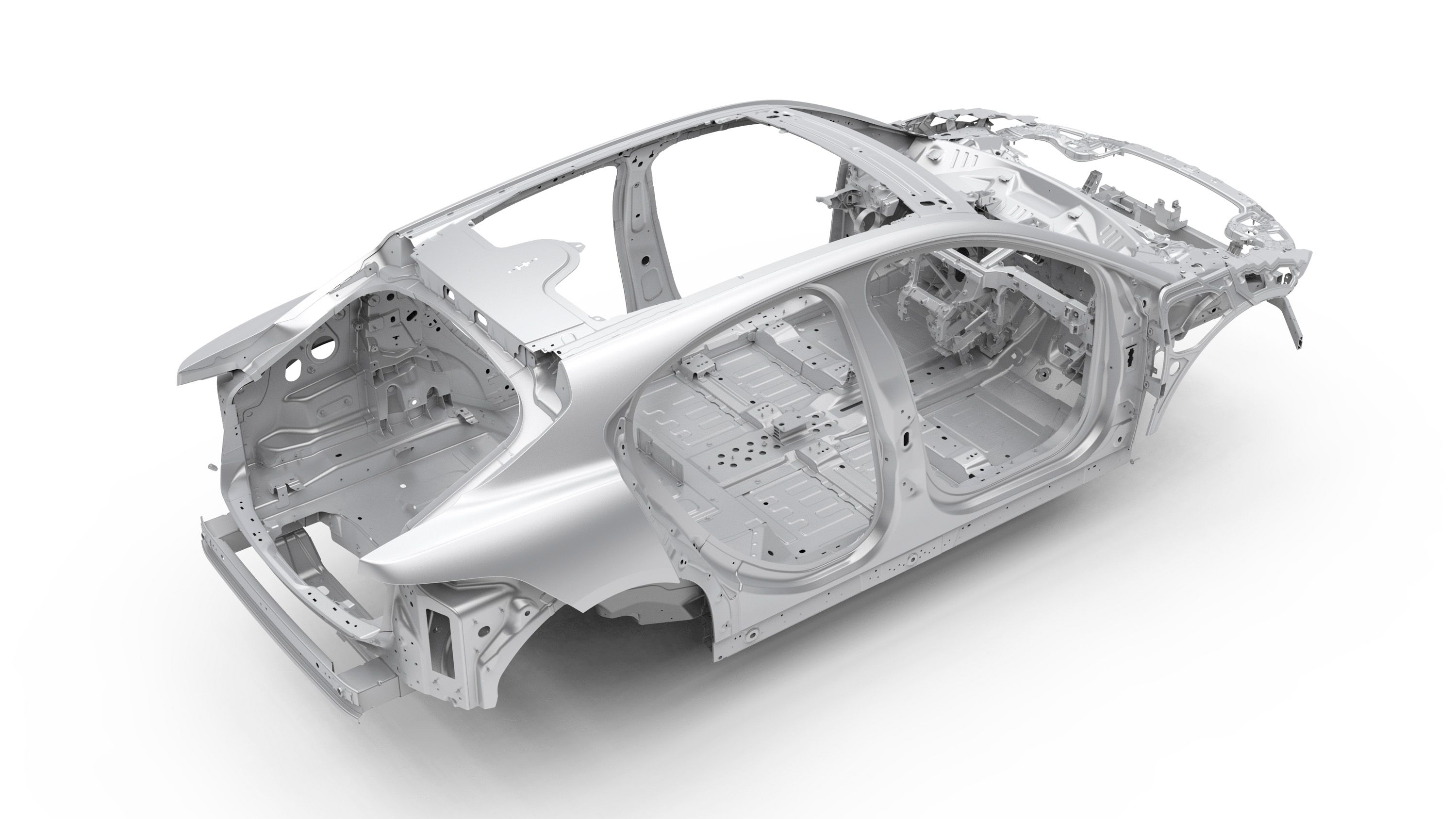
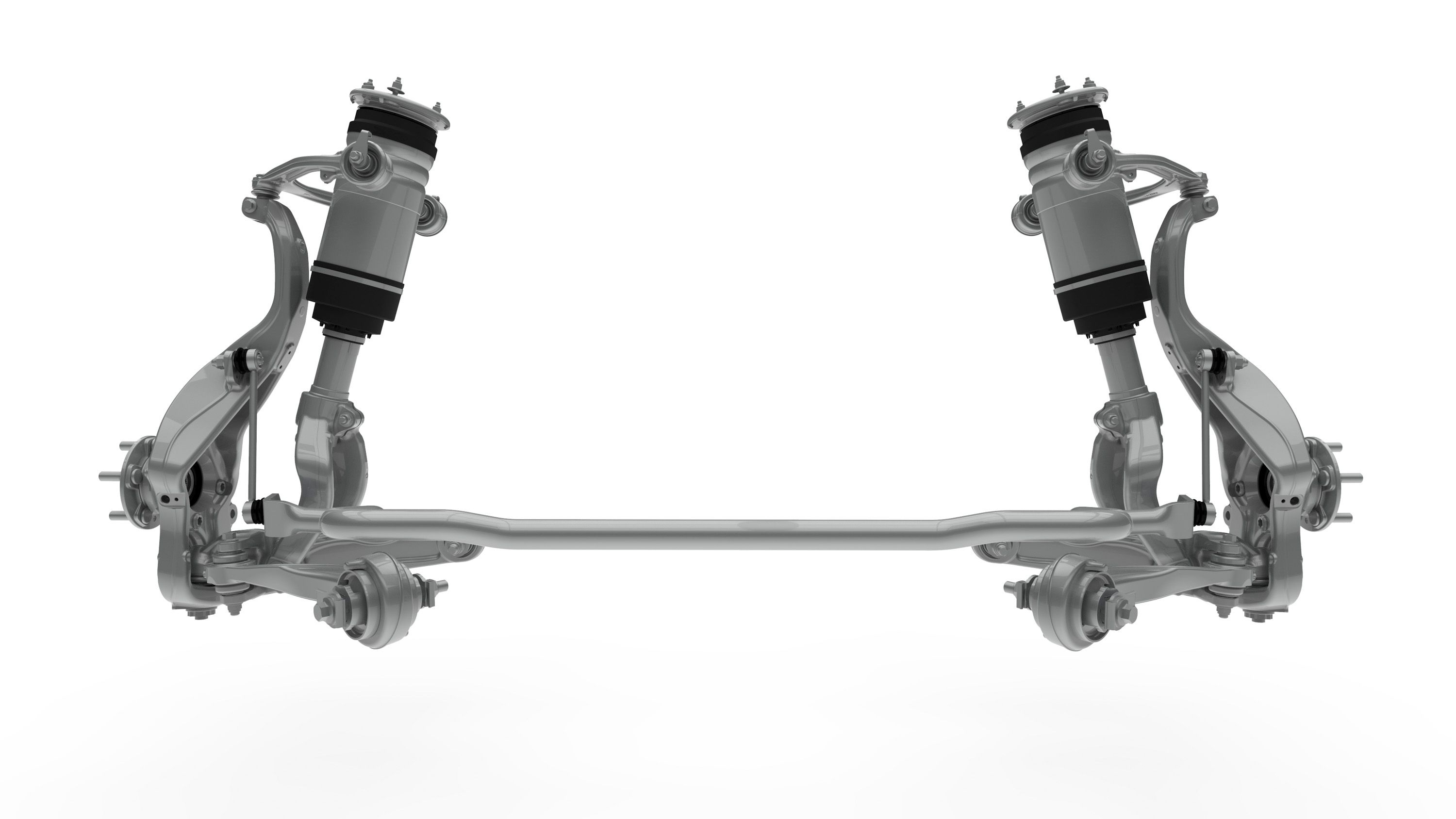
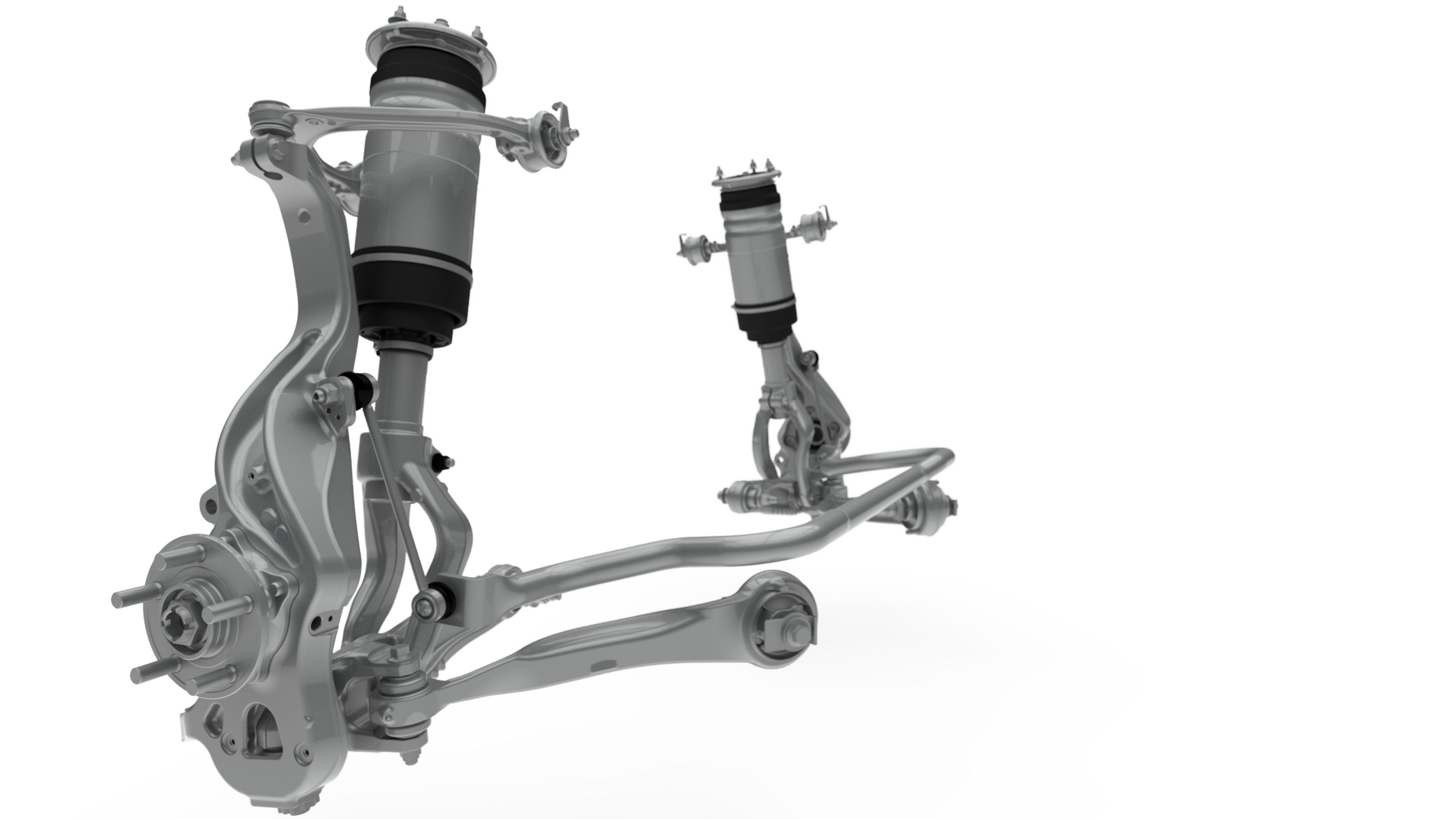
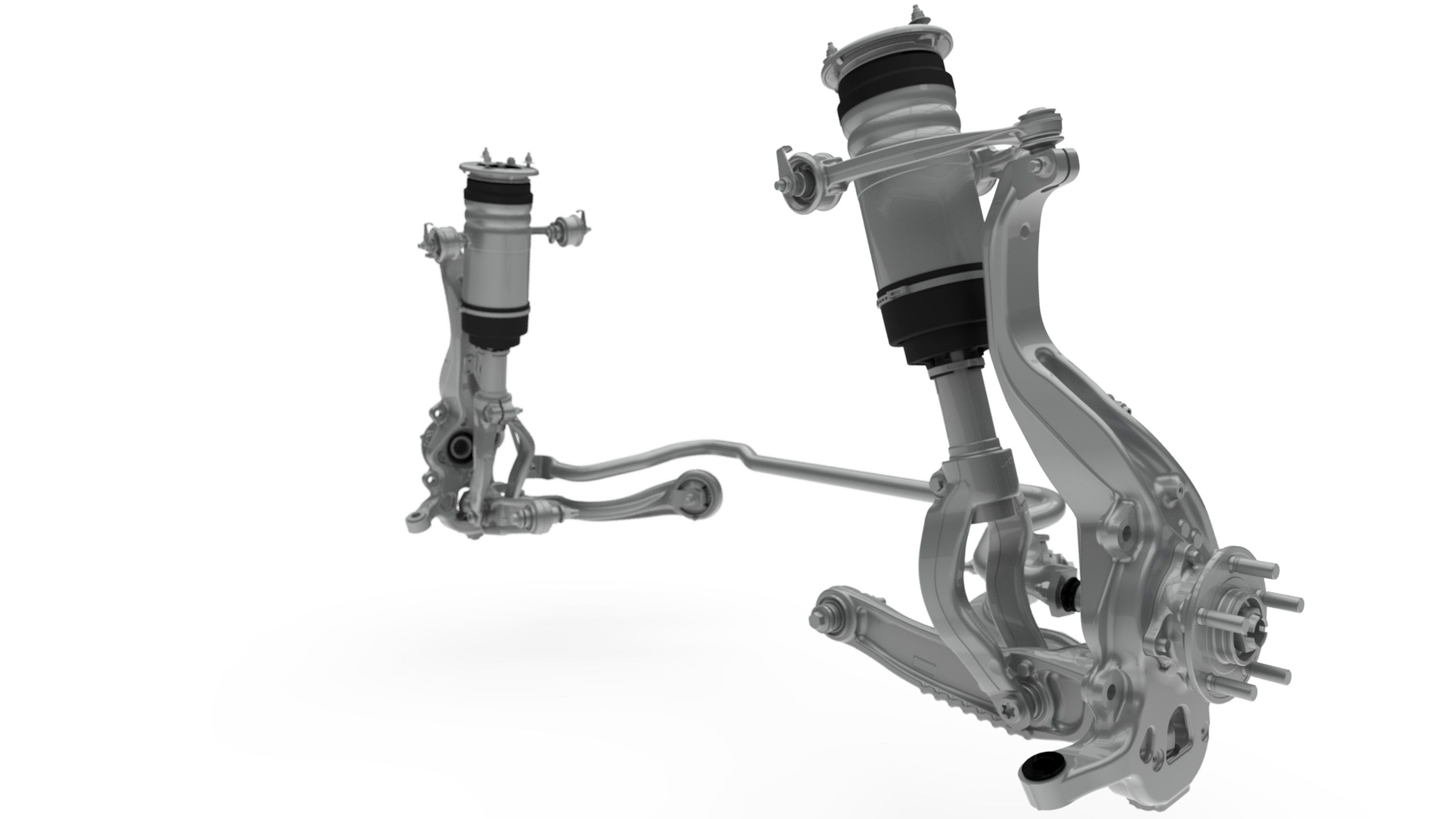
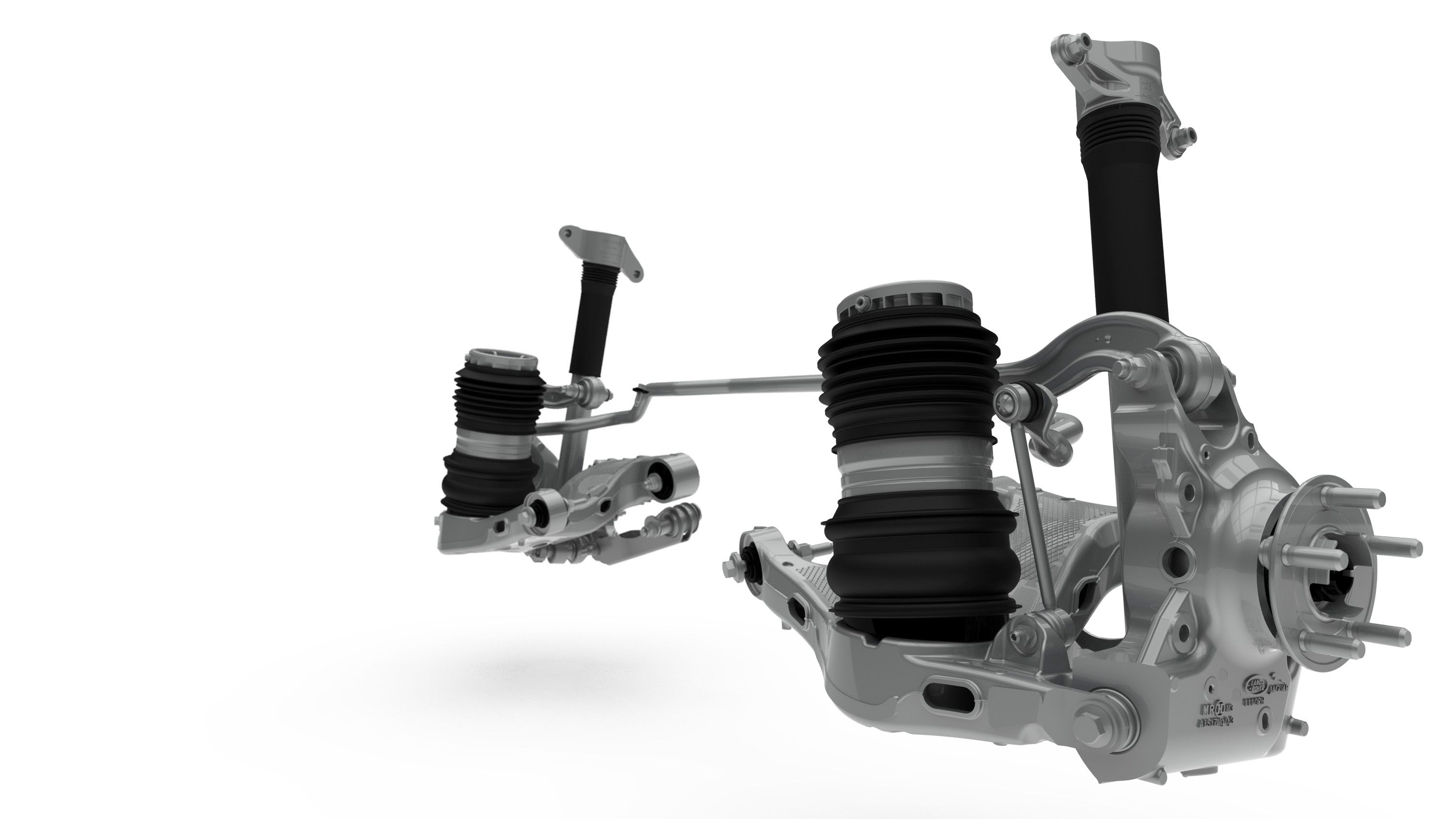
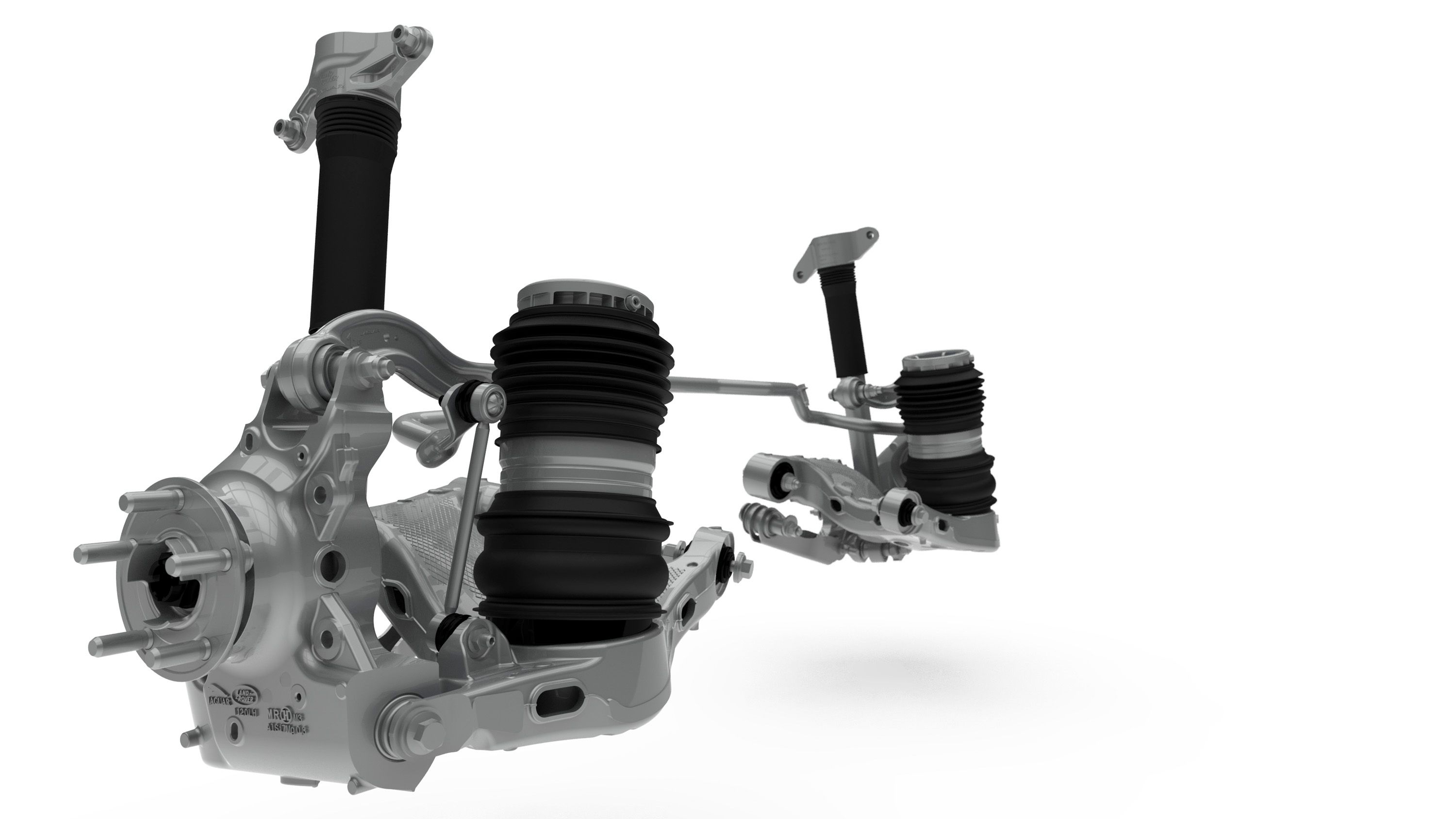
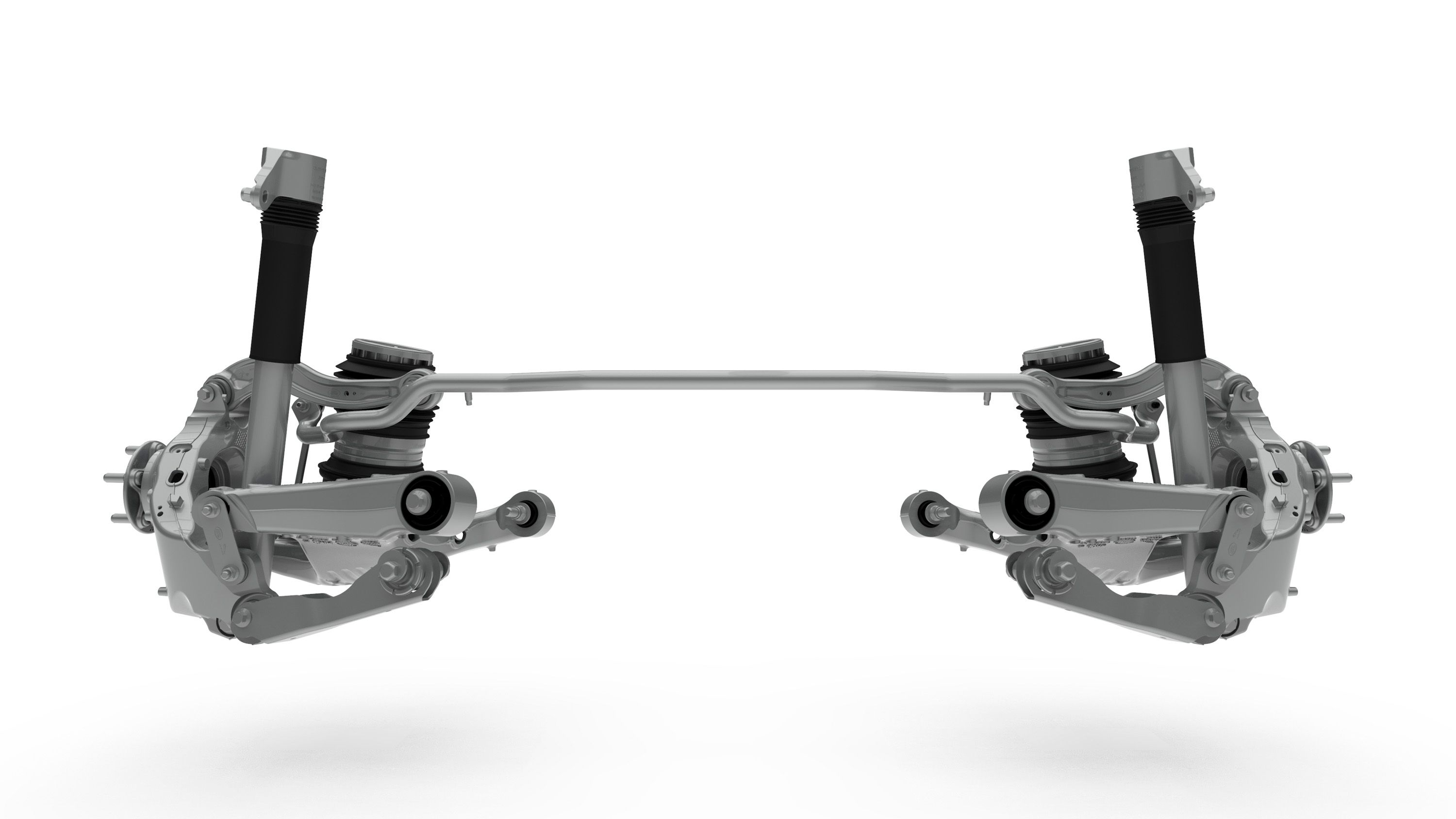
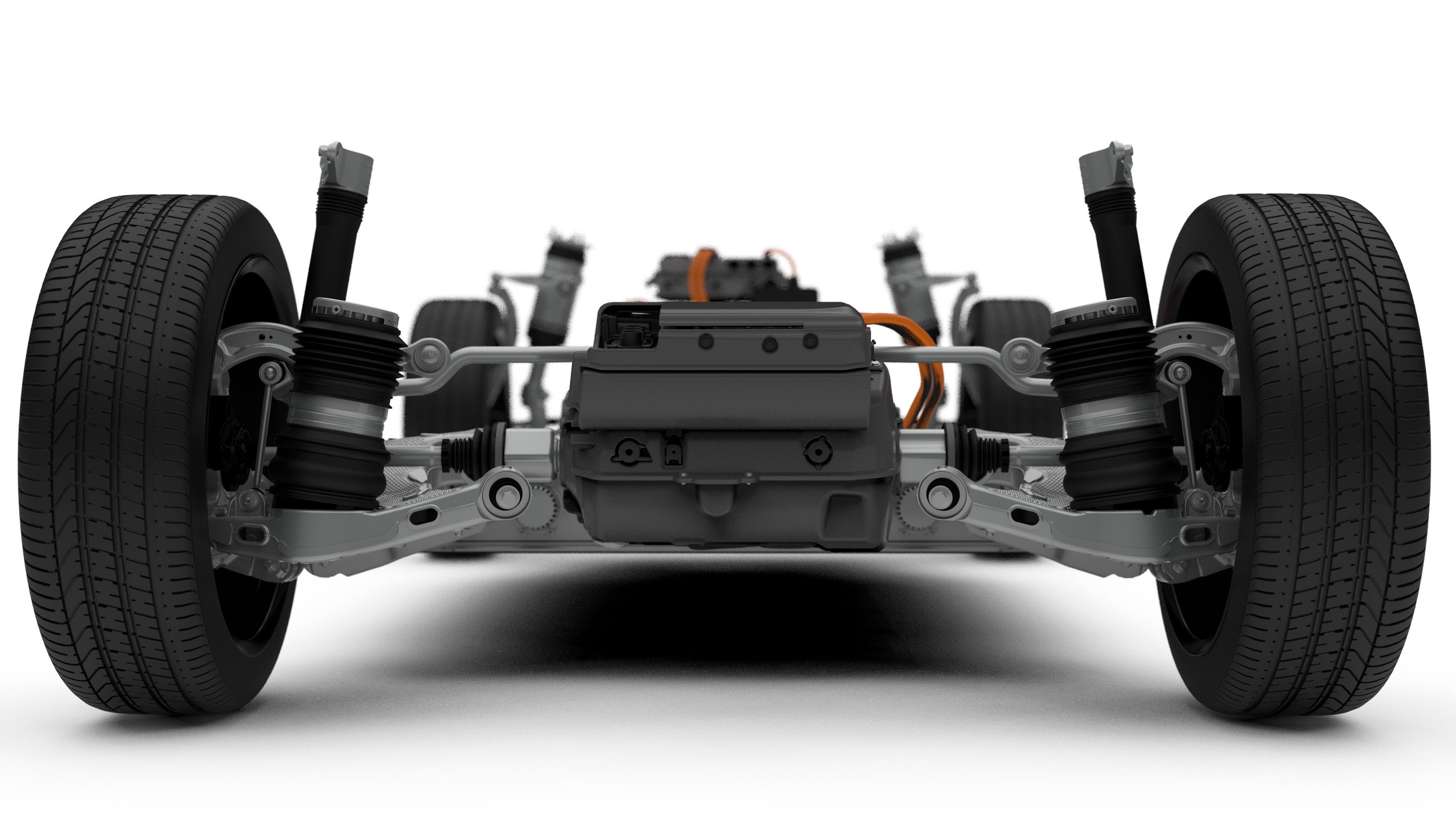
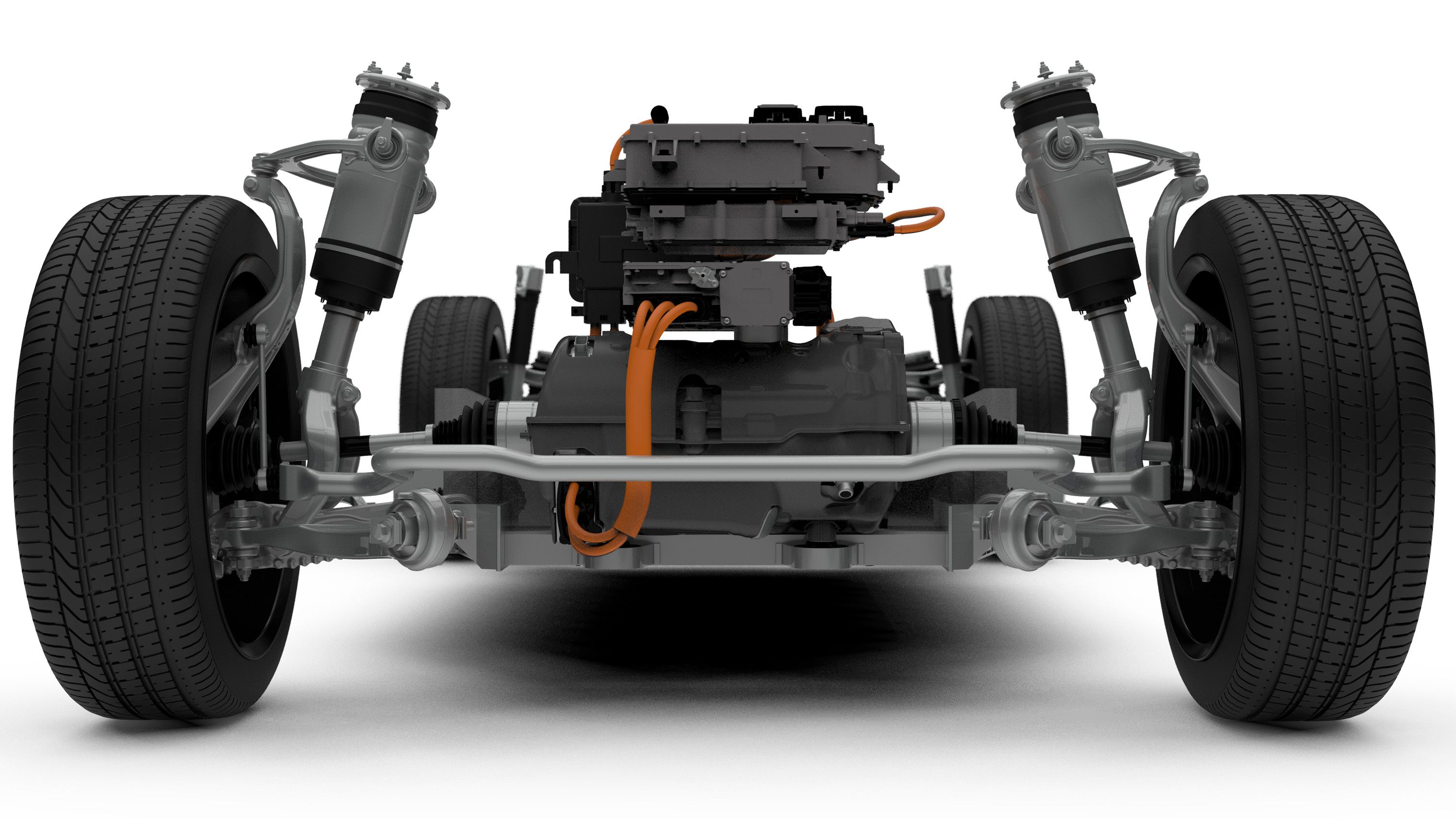
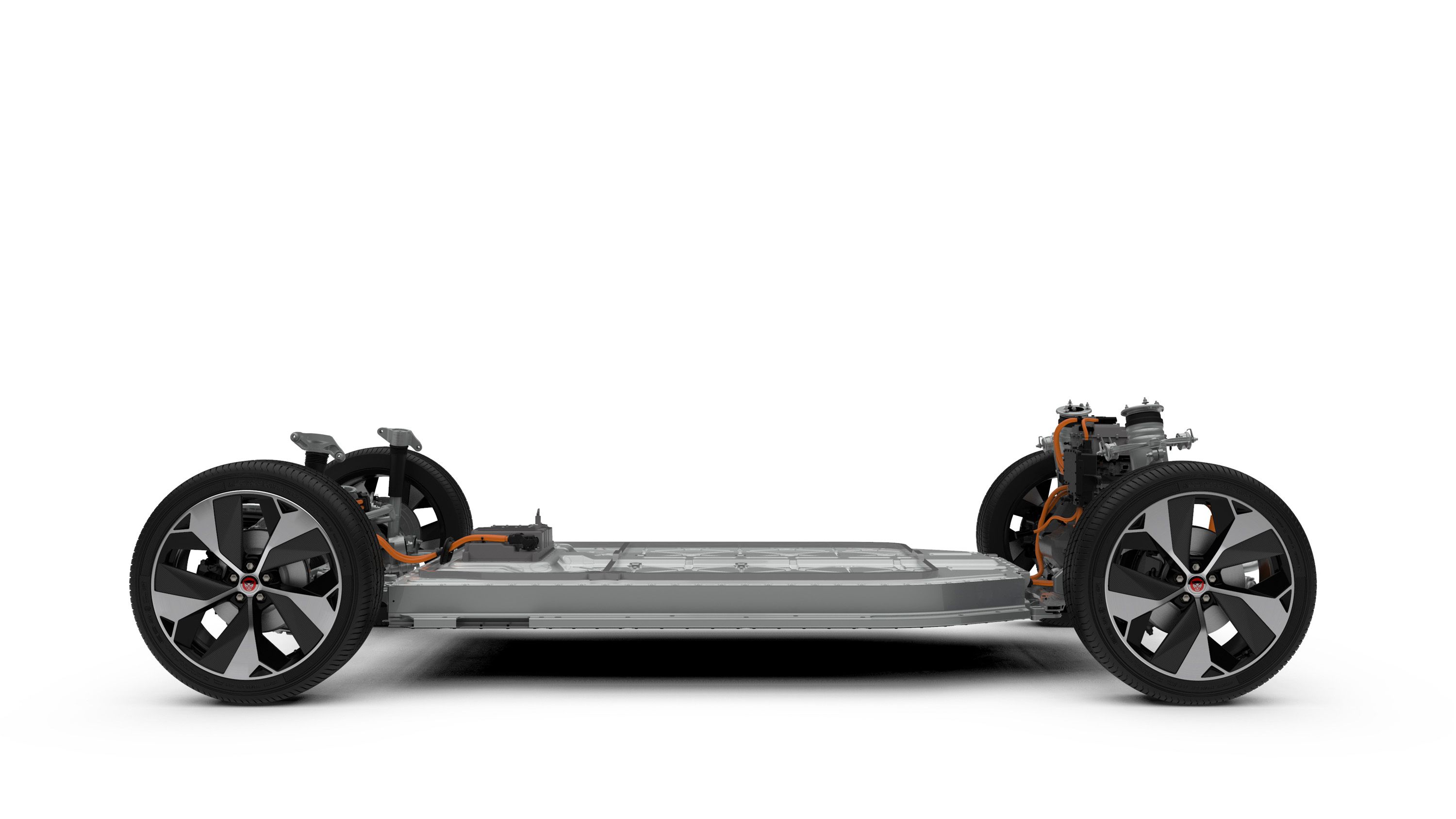
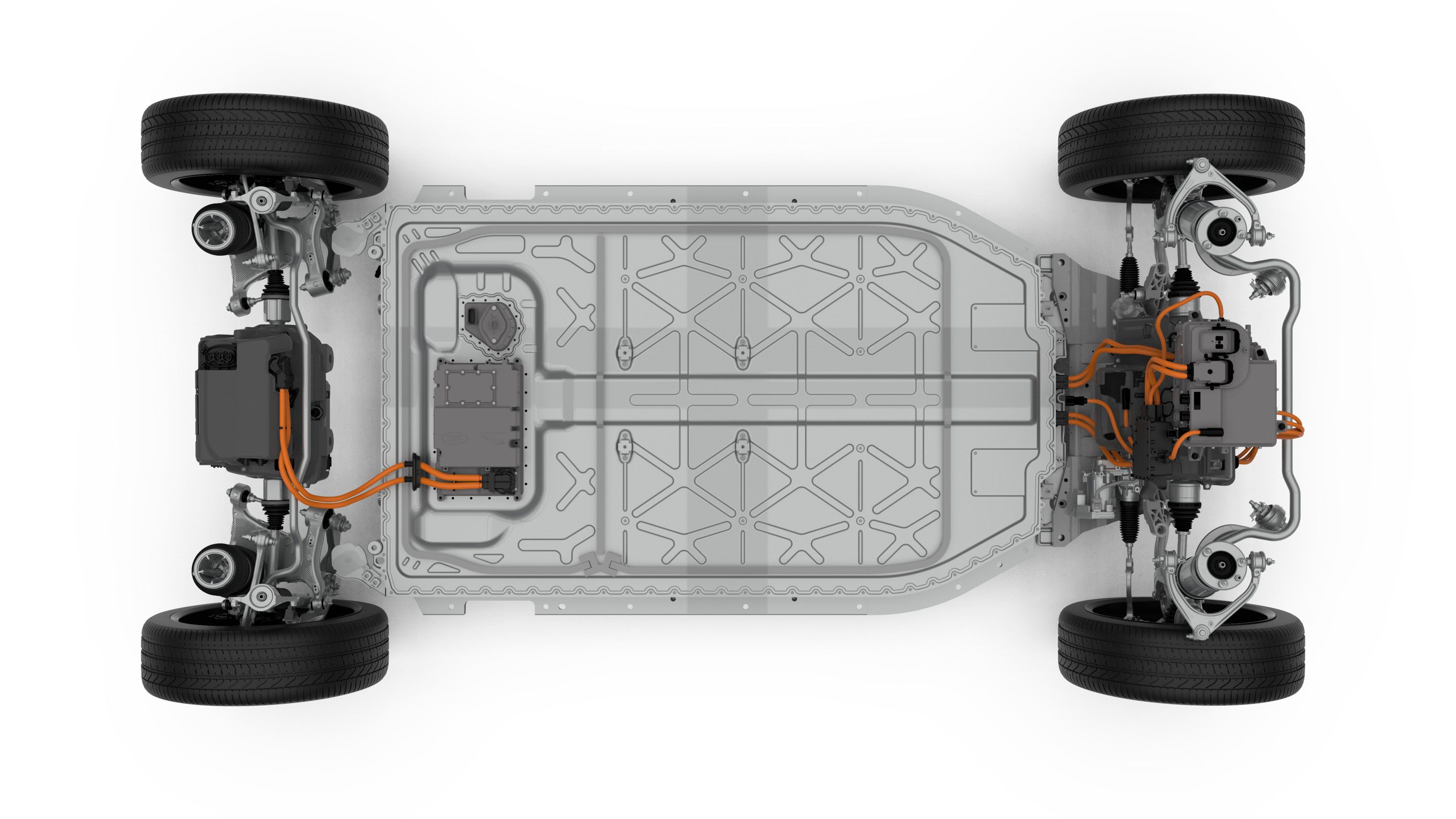
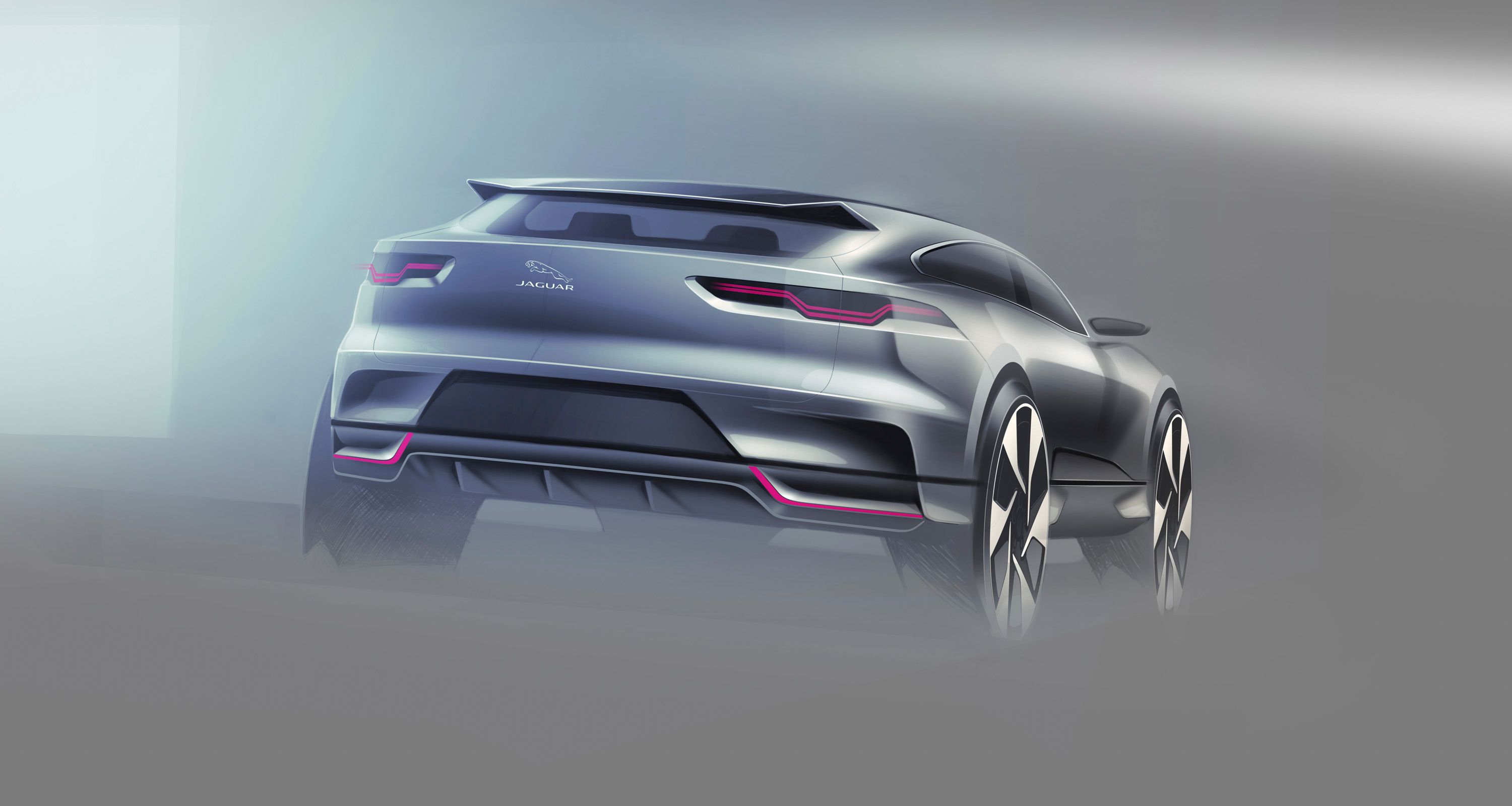
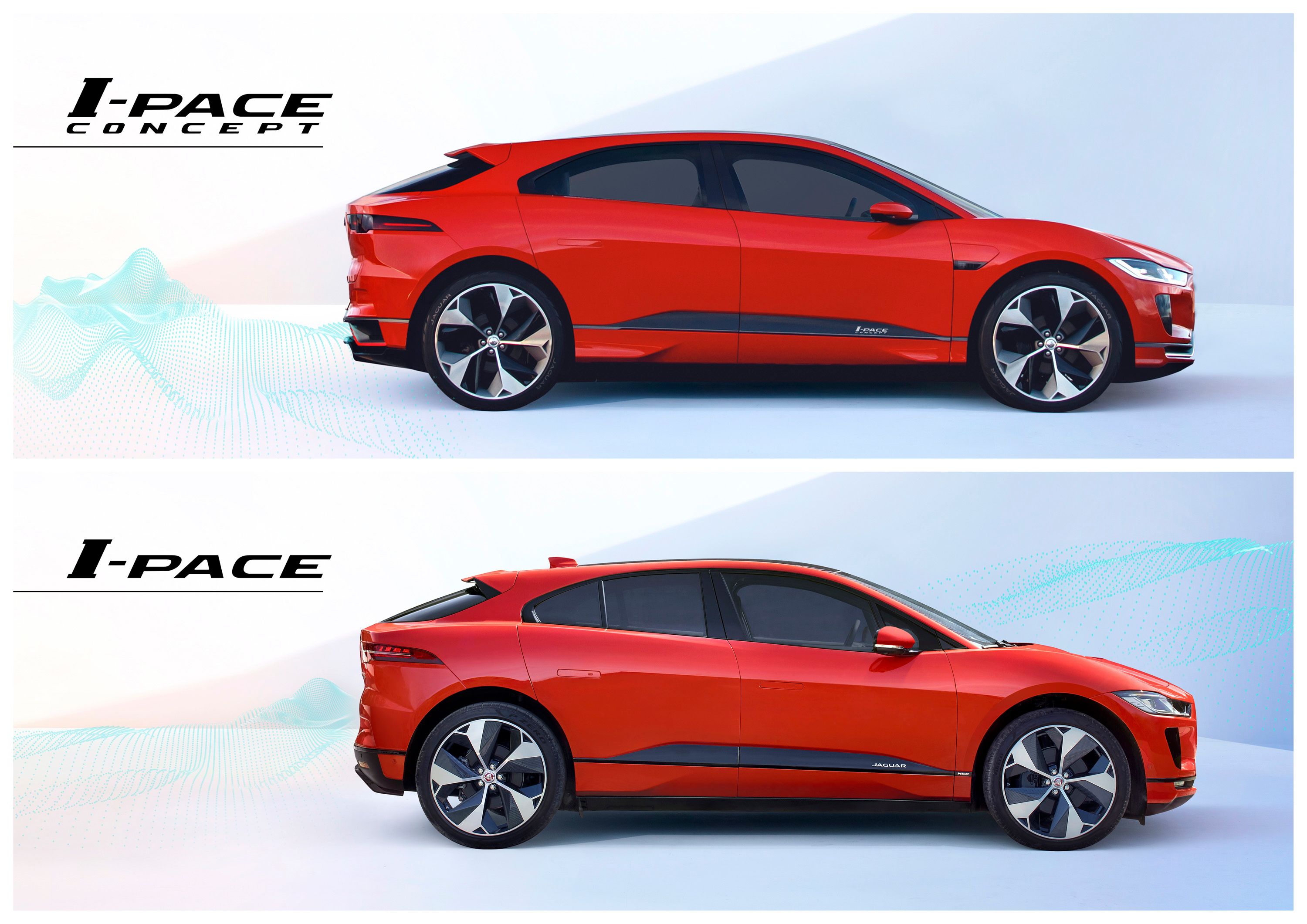
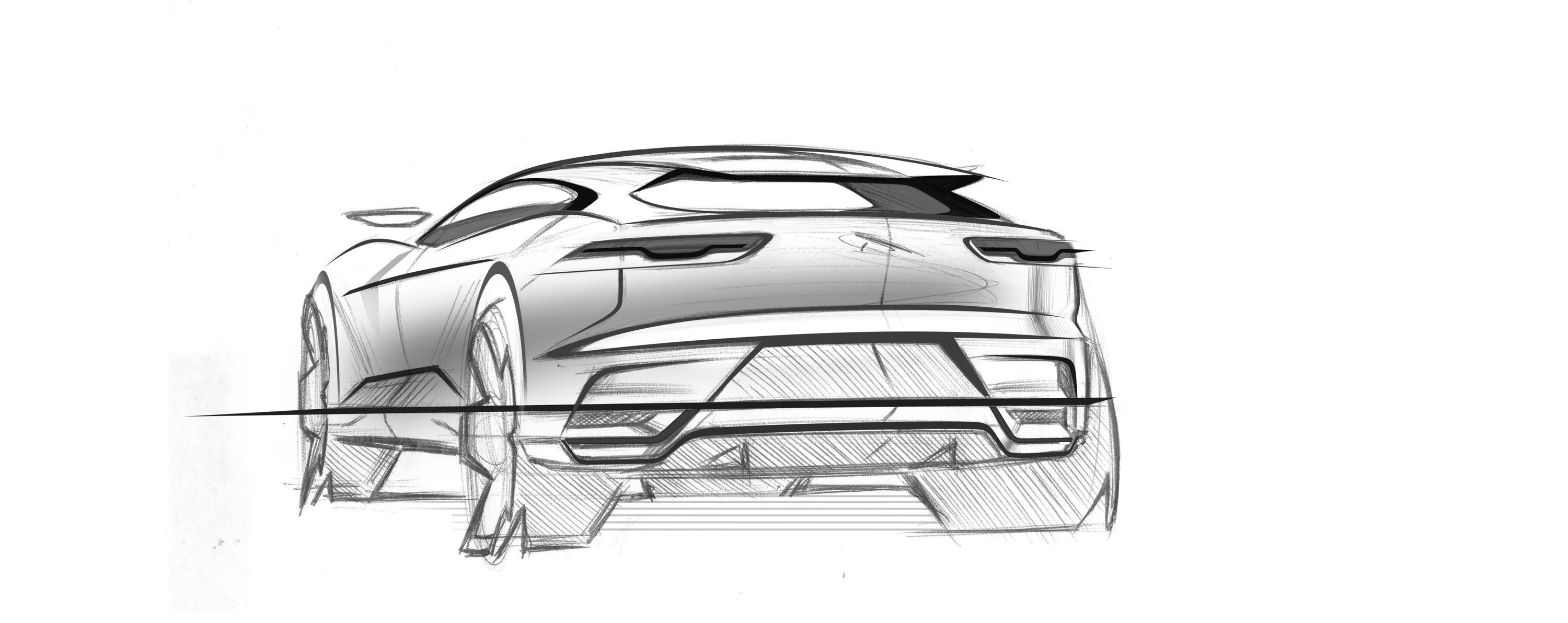
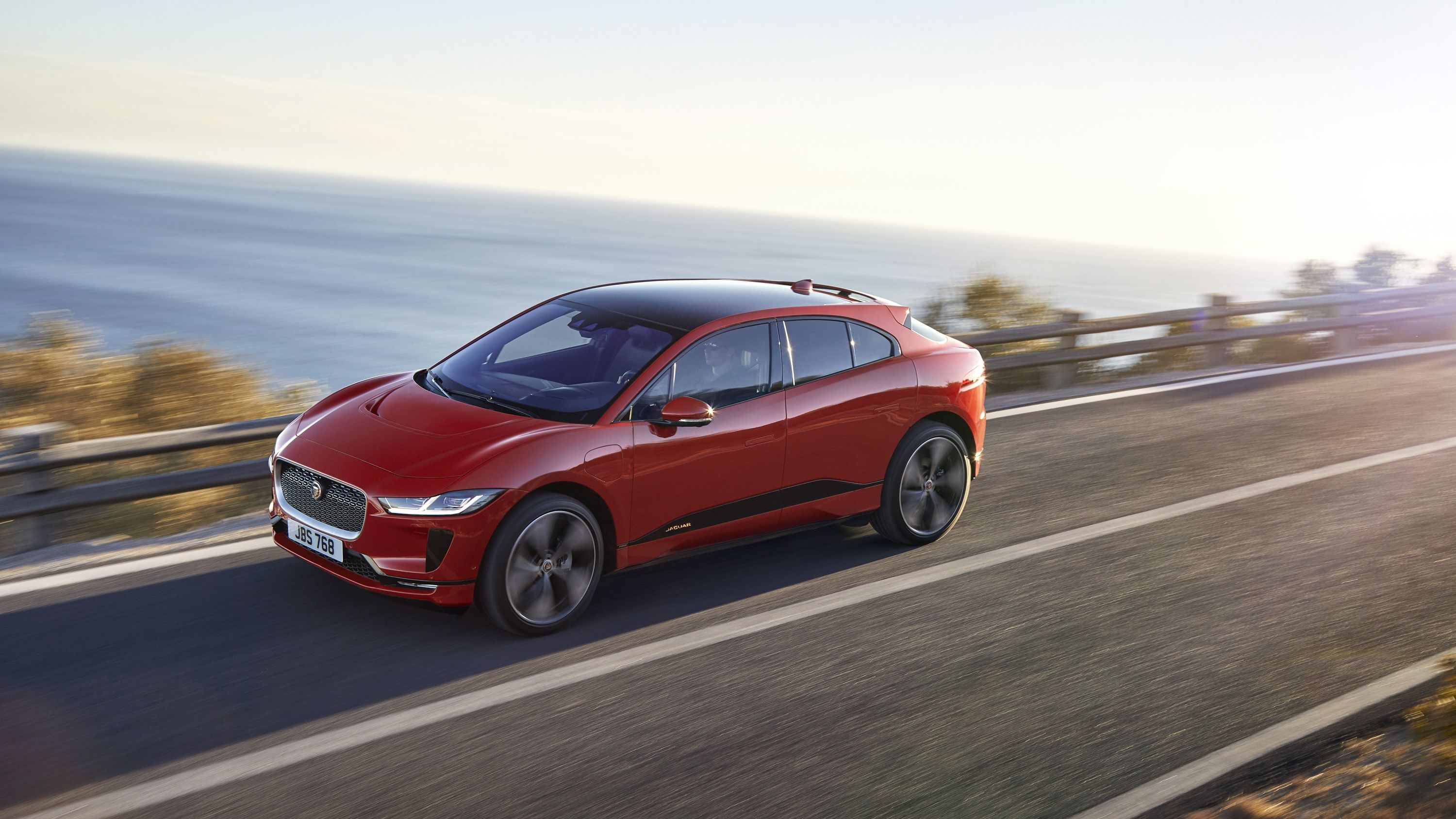
- Make: Array
- Model: 2019 Jaguar I-Pace
- Horsepower: 394
- Torque: 516
- [do not use] Vehicle Model: Array
Exterior

As confirmed by the camouflaged test cars we've seen through 2017, the I-Pace is a slightly toned down version of the concept car. It has the same sleek, coupe-like silhouette influenced by the Jaguar C-X75 supercar, the short, low bonnet, aero-enhanced roof design, and curved rear screen. It's not only beautiful and sporty, but it also retains most of the company's trademark design cues.
The front end is almost identical to the concept and features the same headlamps, the same grille, and a very similar bumper. Changes only include a narrower bumper intake, thin LED daytime running lights at the corners, and the missing bright blue stripes. The latter look pretty cool on the concept and I was hoping that Jaguar will keep them on the production model, but it's not a big deal. The Brits also made some changes to the hood, which now features a smaller, less aggressive vent. The crossover is fitted with Active Vanes in the grille, which open when cooling is required, but close when not needed, smoothing airflow and improving aerodynamics.
The side view is pretty much the same. Changes are minor and include revised window trim, bigger mirror caps, and a more cohesive look due to the missing bright blue stripe above the side skirts. Jaguar even kept the door handles that hide into the bodywork, which gives the vehicle a high-tech look. There are no major changes to talk about at the rear either. We can see the same taillights, rear window, roof spoiler, and bumper we've seen on the concept some time ago. There are a few extra badges and a slightly modified bumper with a less aggressive design. While Jaguar removed the side vents and the blue accents, it retained the sporty diffuser below.
All told, the I-Pace looks just as high-tech as the Tesla Model X. It doesn't have falcon doors, but let's face it, you don't actually need them.
Interior

The interior of the I-Pace is also heavily based on the concept car. The dashboard carries over unchanged, with minor adjustments to the center stack and the passenger-side section. The center stack is a tad wider in order to accommodate a new infotainment display, while the small trim on top was replaced by more conventional A/C vents. The entire unit is also squared off at the top, unlike in the concept, where it was rounded off. This gives the dashboard a more cohesive look, albeit it's less organic. On the passenger side, the glove compartment area is smaller, mostly due to the big A/C vent in the corner.
Fortunately, the high-tech-looking center console in the concept car made it into production, featuring the same buttons and knobs and a small touchscreen for climate settings in the middle. Even the three-spoke steering wheel retained its conceptual features, as did the all-digital instrument cluster. We can see bigger changes on the door panels, which now features more conventional handles and armrests. The seats also look a bit more mundane, but they're definitely comfortable and come wrapped in fine leather.

Speaking of that, everything seems crafted with exquisite attention to detail, so the I-Pace is just a luxurious as any other Jaguar out there. The crossover also comes with an exclusive upholstery option in premium textile Kvadrat. Jaguar says that the I-Pace is very comfortable for long trips, even for rear-seat passengers, which benefit from 890 mm of legroom (35 inches). Thanks to the I-Pace not having a transmission tunnel, the fifth passenger that sits in the middle benefits from more space too. This also leaves room for a 10.5-liter central storage compartment. What's more, there's tablet and laptop stowage beneath the seats. The trunk can take up to 656 liters (23.1 cubic feet) of luggage with the seats in place and up to 1,453 liters (51.3 cubic feet) with the rear seats folded flat.
Moving over to tech, the EV comes with the new Touch Pro Duo infotainment system that combines touchscreens, capacitive sensors, and tactile physical controls. The state-of-the-art navigation system assesses the topography of the route to destination and insights from previous journeys, including driving style, and calculates personalized range and charging status with improved accuracy. The package also includes Amazon Alexa Skill, which enables owners to ask an Alexa-enabled device for information held in the Jaguar InControl Remote app. You'll be able to find out if the car is locked, the charging level of the battery, or if you have enough range to get to work? For the first time ever in a Jaguar, the I-Pace will get wireless over-the-air updates for the company's latest software.
Drivetrain

Similarities to the I-Pace concept continue under the skin, as the production model is powered by the same electric drivetrain that includes a pair of in-house motors. Motivated by a 90 kWh lithium-ion battery, the motors deliver 400 PS and 696 Nm of instant torque, which converts to 394 horsepower and 513 pound-feet. The figures are identical to the concept car's, so Jaguar didn't make many changes here. The solid output gives the I-Pace sports car potential, with the 0 to 60 mph sprint achieved in a scant 4.5 seconds. Granted, it's not as quick as the ludicrous P100D model, which needs only 2.9 clicks to get there, but it's two tenths faster than the 100D version.
Things become even more interesting in the range department, as the I-Pace is rated at a solid 298 miles per charge. This figure is for the European cycle so it's not exactly relevant for U.S. customers right now, but an U.S. estimate places EPA mileage at around 240 miles. This figures puts the I-Pace slightly above the 75D version of the Model X, but below the 100D, which returns 295 miles in its most efficient setup.

Charging the battery is fairly quick, with public charging from 0 to 80 percent taking around 85 minutes. A 30-minute charge gives the car about 80 miles of range. The I-Pace will be fully compatible with 100kW chargers as the technology is rolled out across the United Kingdom and it's also fitted with a battery pre-conditioning system. when plugged in the I-Pace automatically raises or lowers the temperature of its battery to maximize range ahead of driving.
The battery itself is placed centrally between the two axles, and as low down as possible, with a seal between the housing and the underfloor. This location enables perfect 50:50 weight distribution and a low center of gravity, a rare feat for electric vehicles. Together with the advanced double wishbone front and Integral Link rear axle with the optional air suspension and configurable Adaptive Dynamics, this setup delivers agile handling and improved ride comfort.
Prices

Available to order starting March 1 in the United Kingdom, the I-Pace retails from £63,495 before government incentives. This sticker makes it the most expensive vehicle in the Jaguar lineup, placing it well above the F-Type sports car and almost four grand above the XJ luxury sedan. Not that I wasn't expecting the I-Pace to be expensive, but just to get a grip as to by how much.
U.S. pricing information is not yet available, but the I-Pace was confirmed for the North American market and it will be unveiled with specific data later in March. Expect it to cost almost $80,000 before rebates.
The crossover will be launched in three trim levels, S, SE, and HSE, as well as a First Edition version.
Competition
Tesla Model X
The Model X is significantly bigger than the I-Pace, so this isn't a proper head-to-head comparo, but this is the only all-electric SUV with premium features you can buy at this time. And until a smaller Tesla hauler or similar products from other brands will arrive, it will be the Jag's main rival. Taking inspiration from the Model S sedan, the Model X features a similar design front and rear. While it has the stance of an SUV, it's decidedly sporty looking and somewhat exotic. Arguably its most exotic feature is the "Falcon" door design of the rear doors. Designed for easier entry and opening in tight garages or parking lots, it's rather unique, but it also causes a few production delays due to their intricate operation. The Model X gets its juice from a pair of electric motors, one driving the front wheels and one driving the rear wheels, with a computer in place to distribute torque for maximum AWD grip. Power is supplied by either a 75-kWh or 100-kWh battery, which enables the crossover to cover up to 295 miles on a single charge. The 75D model has a range of 237 miles, which increases to 295 miles in the 100D. Unlike the I-Pace, it's available with various outputs. There's a 259-horsepower version that hits 60 mph in 4.9 seconds and 762 horses with a 0-to-60 sprint of 2.9 seconds with the Ludicrous Speed Upgrade. Top speed is rated at either 130 or 155 mph. Pricing starts at $82,500 for the 75D, $99,500 for the 100D, and $145,000 for the P100D, which makes it highly expensive compared to the what the I-Pace is expected to fetch.
Read our full review of the 2018 Tesla Model X.
Tesla Model Y
The model will be closer to the I-Pace in terms of size and performance, but this crossover won't become available until 2019. Styling is expected to the similar to the Model X but with notable changes front and rear. Also, because it's supposed to be more affordable, it won't feature the rather complicated "Falcon" rear doors. Drivetrain-wise, it should get updated versions of the current 75-kWh and 100-kWh batteries, although a smaller pack isn't out of the question. The standard mileage should be at least 215 miles with the range-topping model to be able to cover up to 300 miles on a single charge. The Model Y could be slightly more affordable than the I-Pace, with pricing rumored to start from the $40,000 to $45,000 range.
Read our speculative review of the 2019 Tesla Model Y.
Conclusion

The I-Pace is an important step forward for Jaguar, which finally joins the all-electric market and moves closer to a future that include more sustainable and environmentally friendly cars. The fact that Jaguar is also one of the first premium automakers to do so is equally important. While the I-Pace will test waters and provide Jaguar with significant data as to what EV customers want, the lineup is likely to expand in the near future with larger SUVs, sedans, and maybe even sports cars. The I-Pace is equally important as it's the first vehicle to go against the Tesla Model X and will prompt other premium carmakers to launch their own electric crossovers in the near future.
References
Read our full review on the 2016 Jaguar I-Pace Concept.
Read more Jaguar news.
Read more Geneva Motor Show news.

